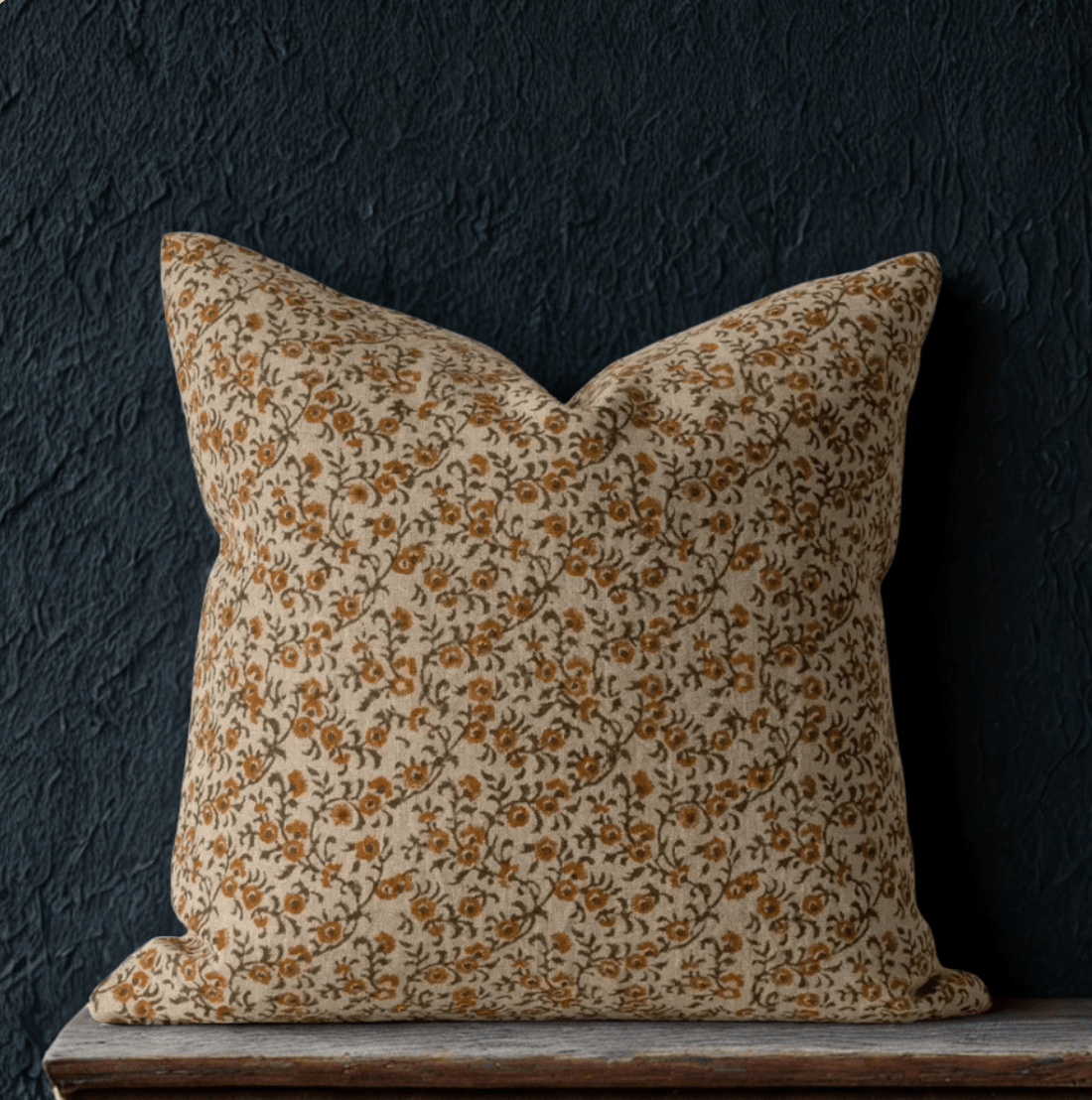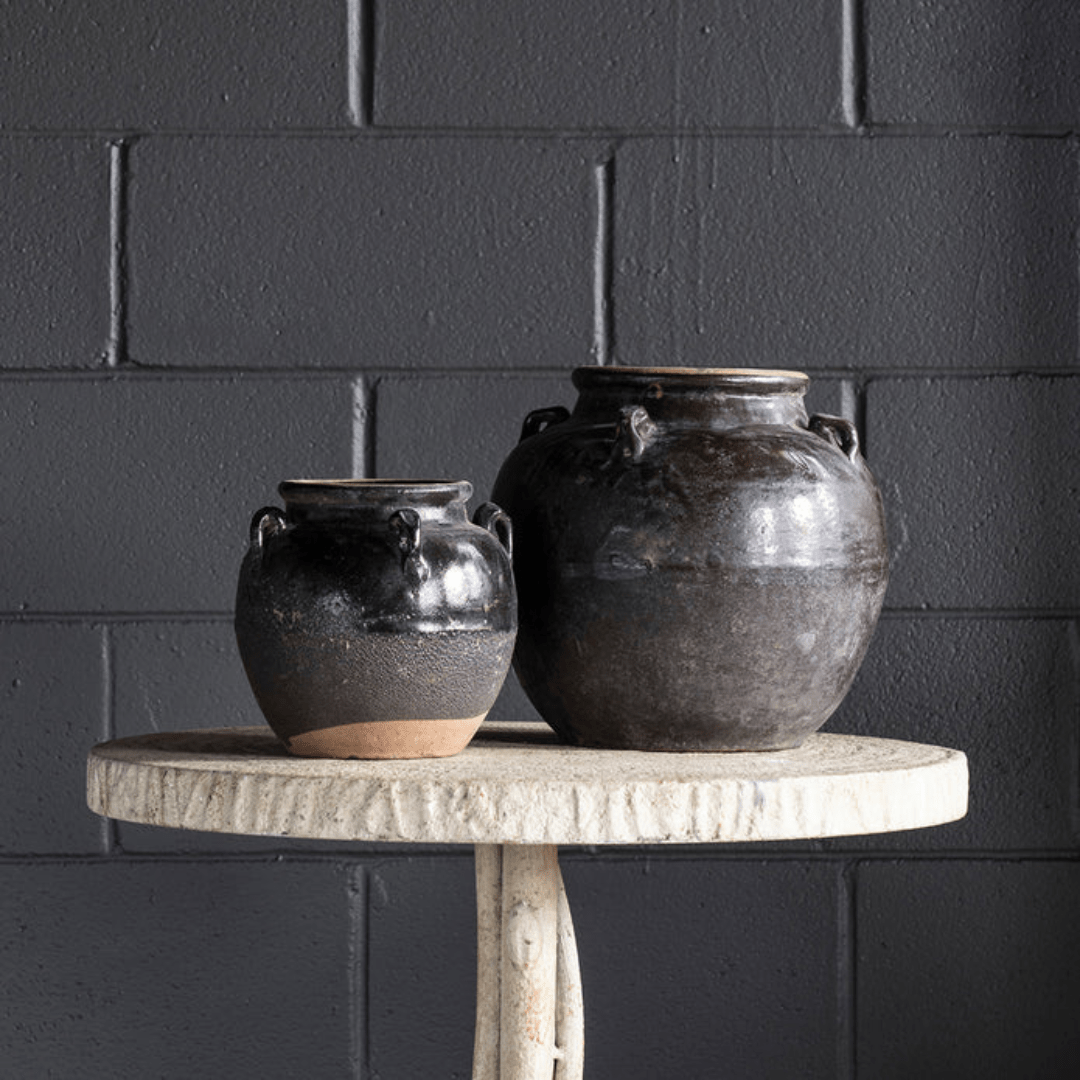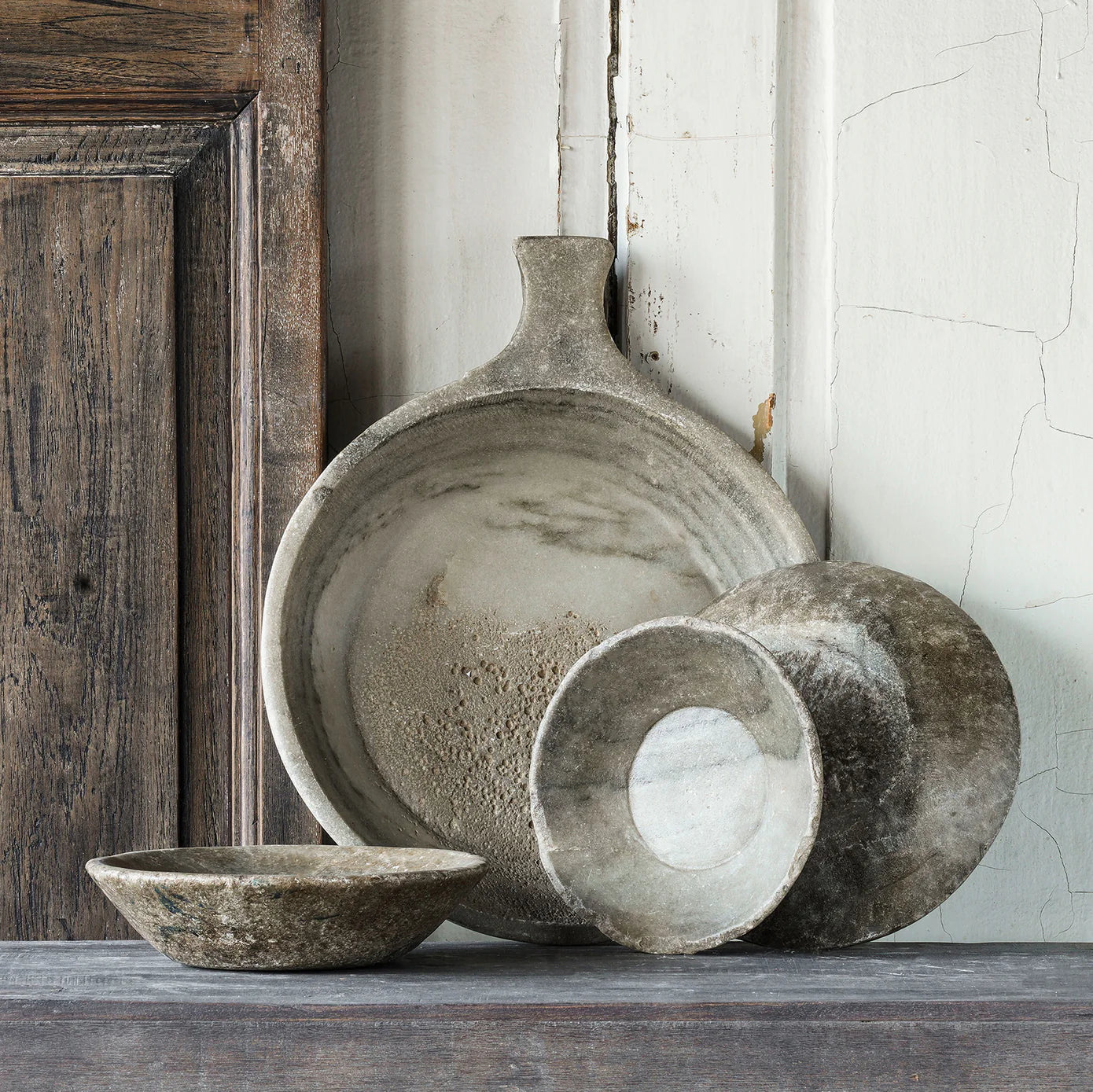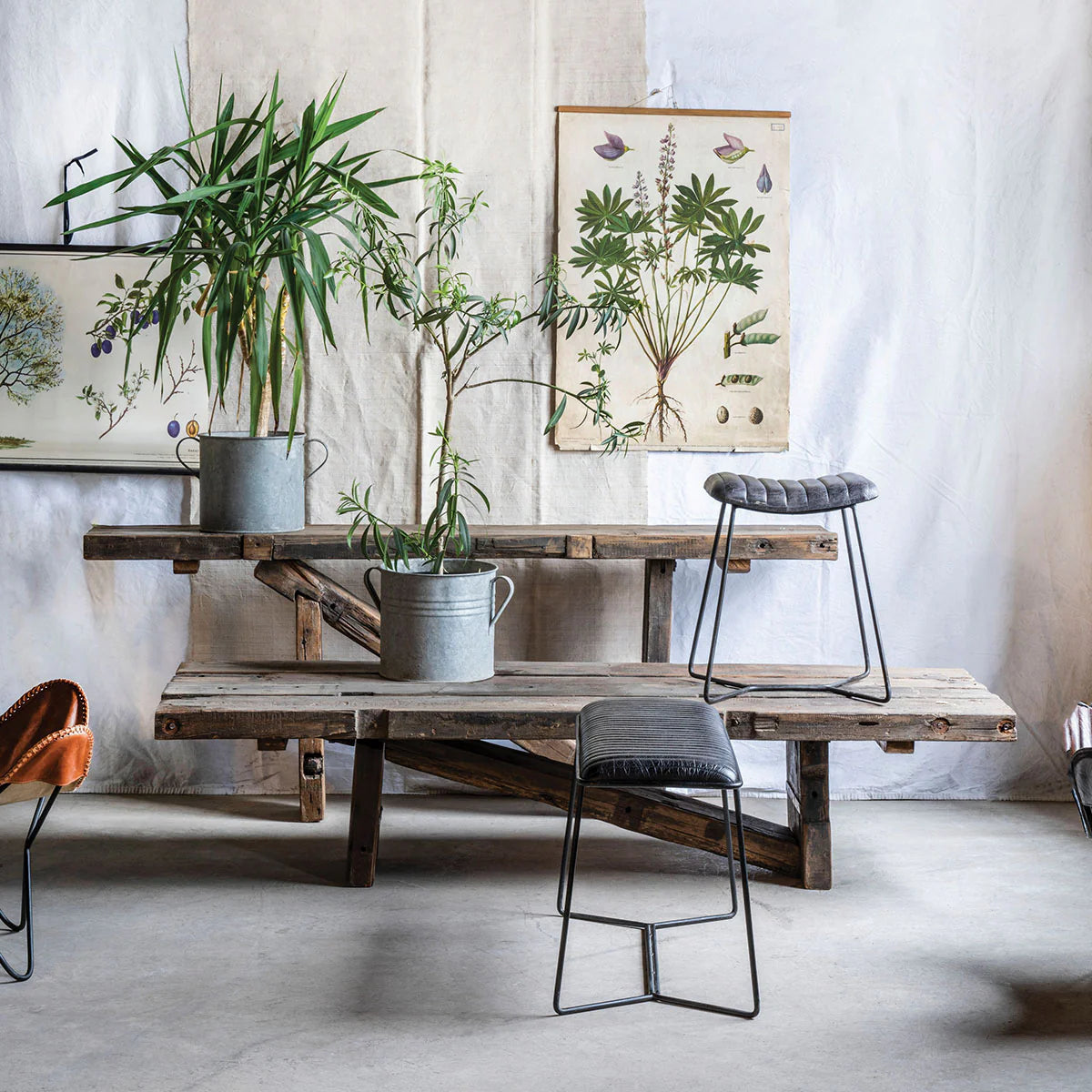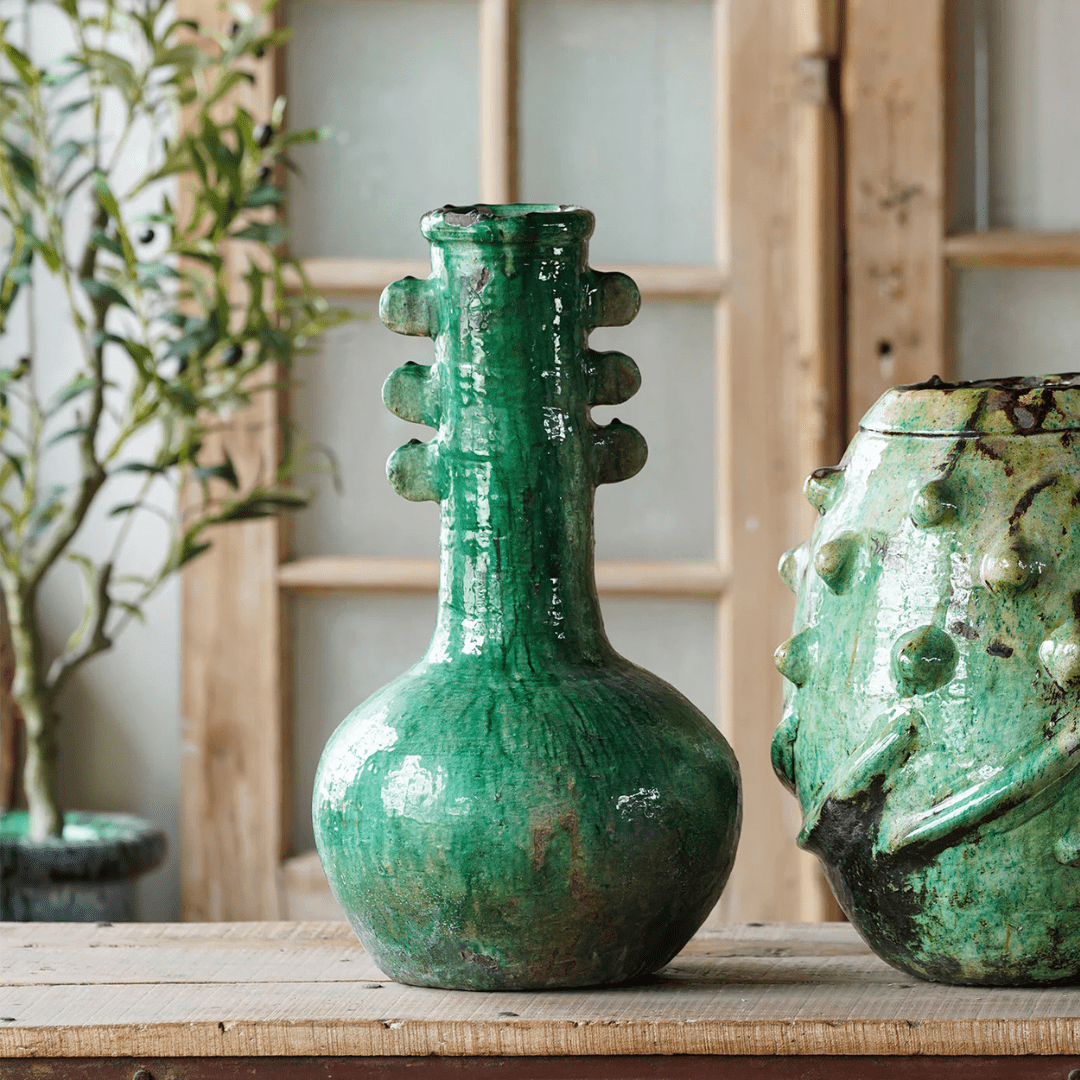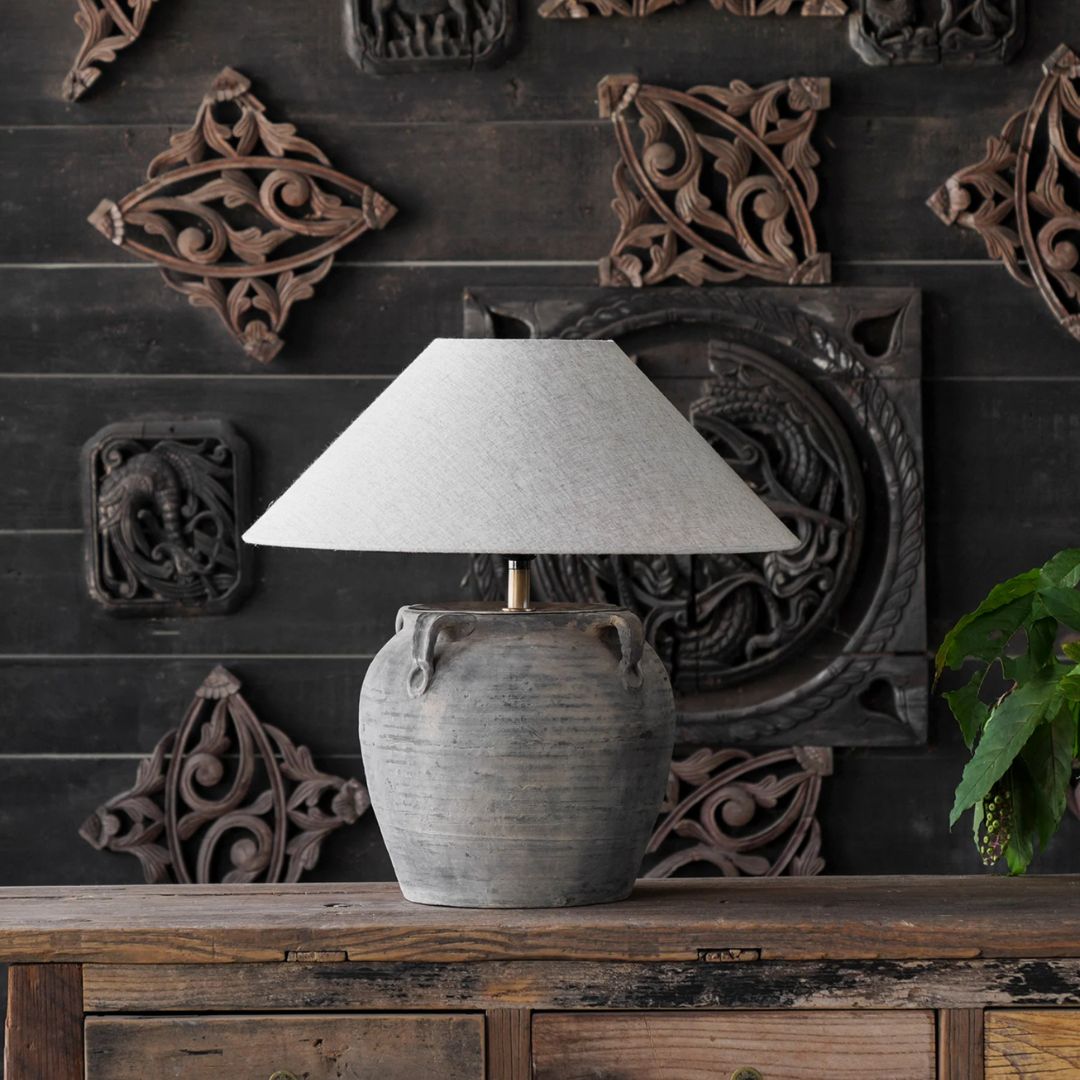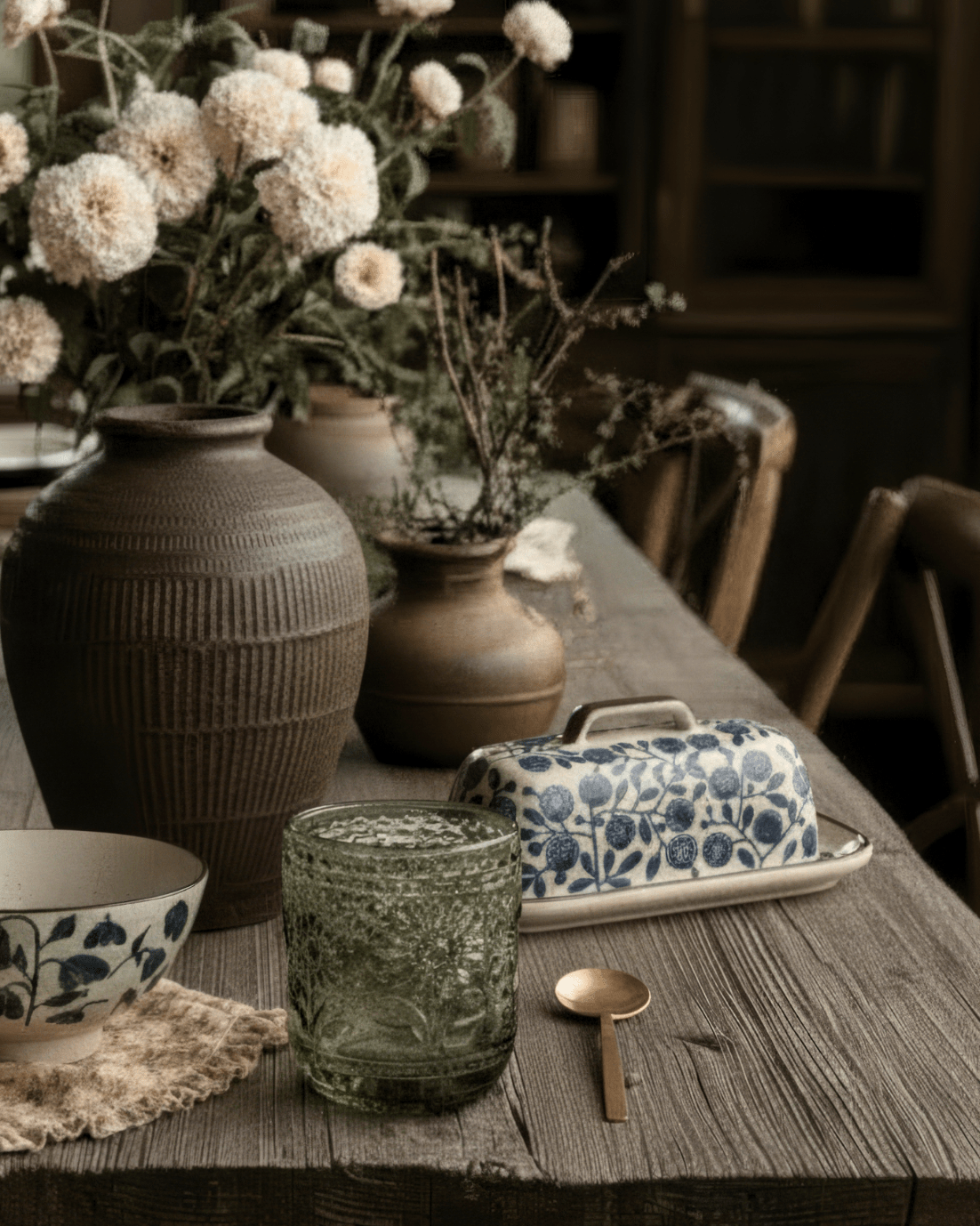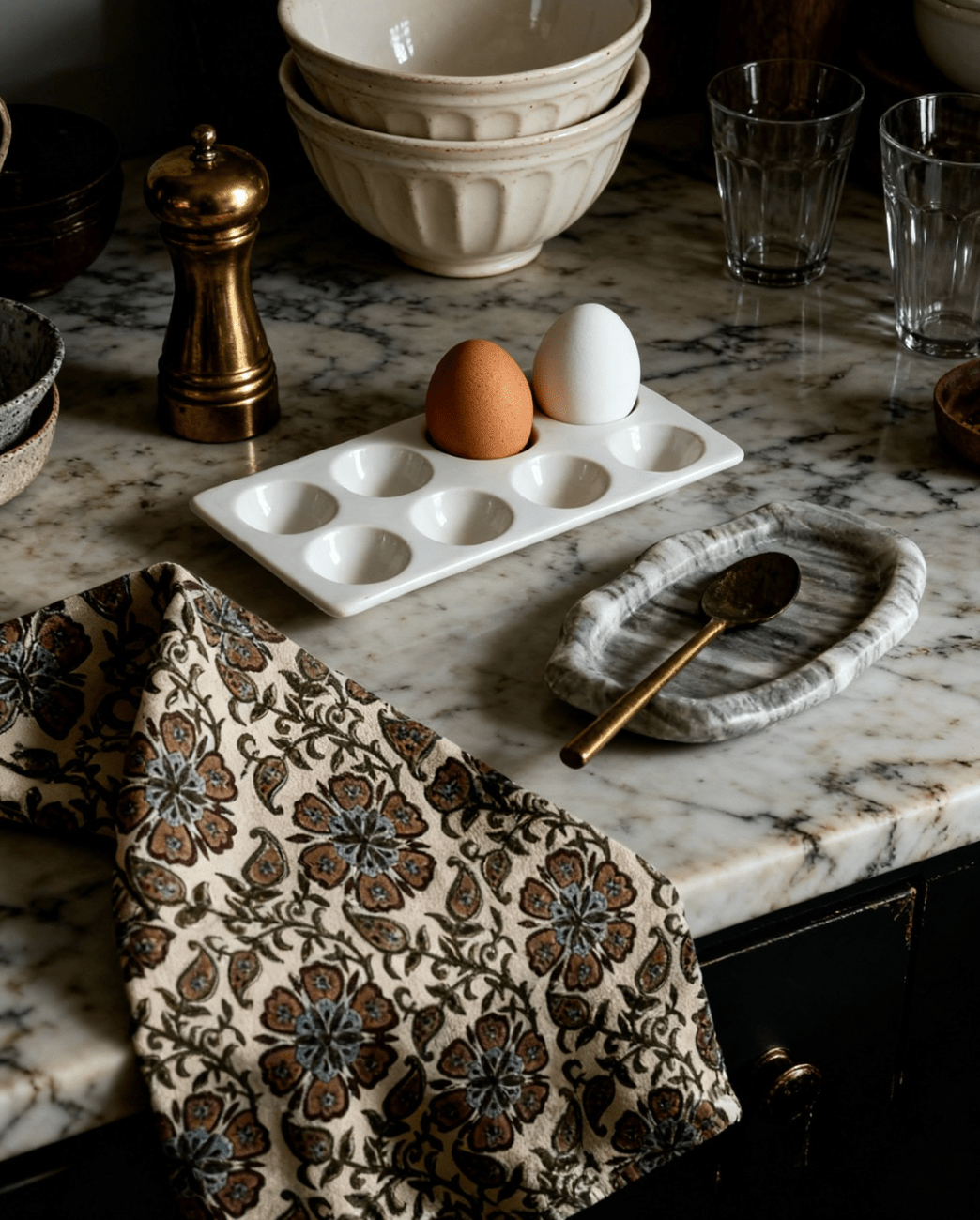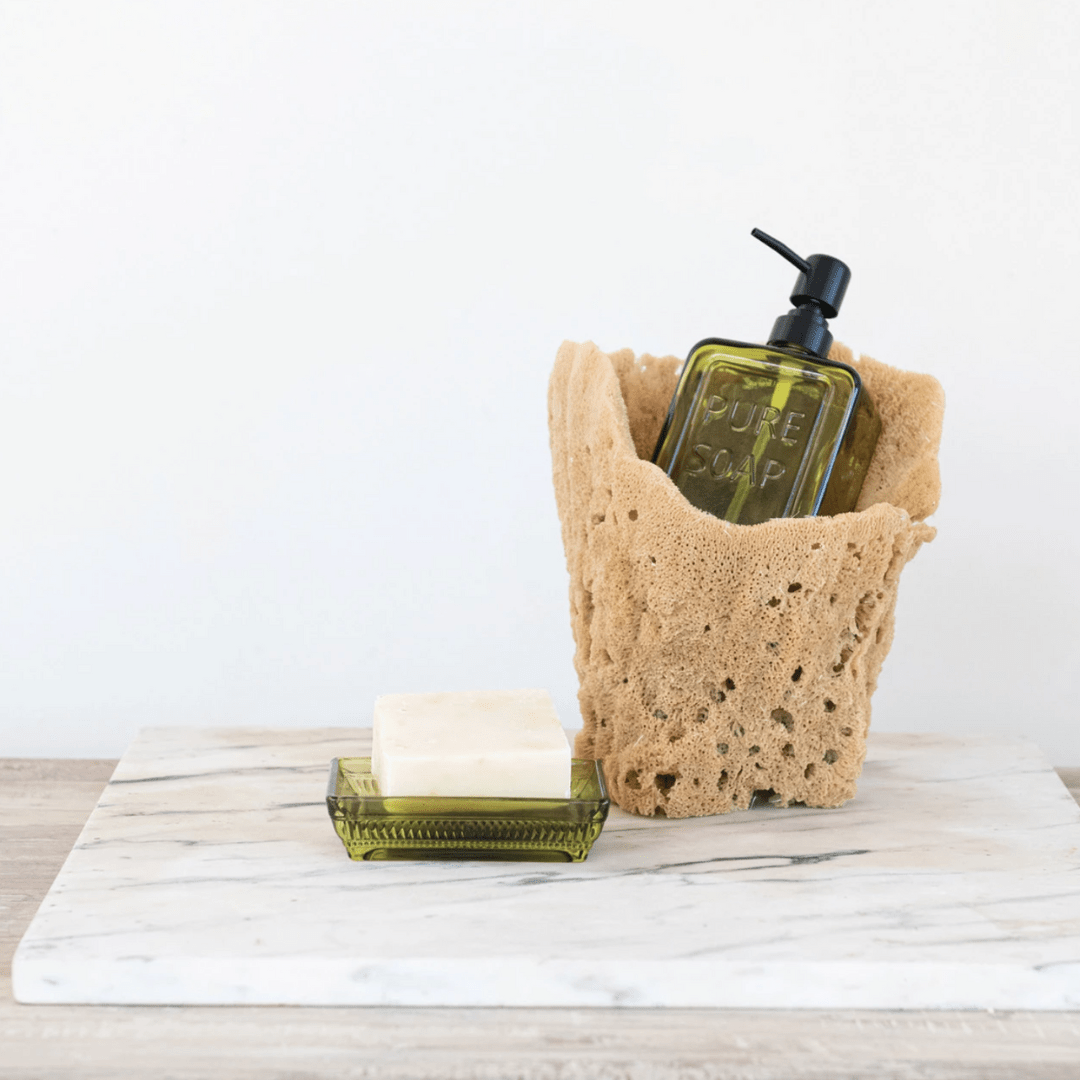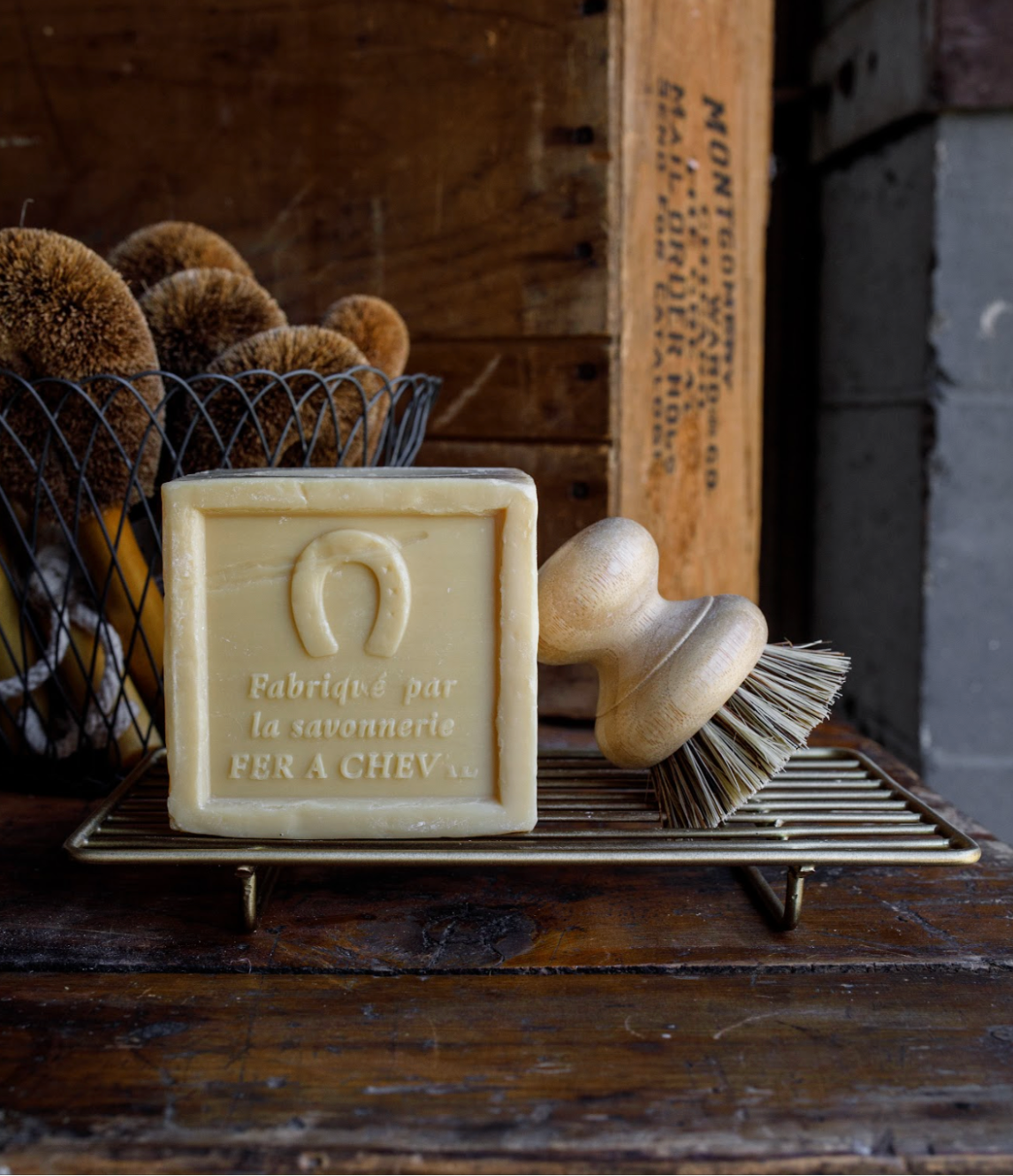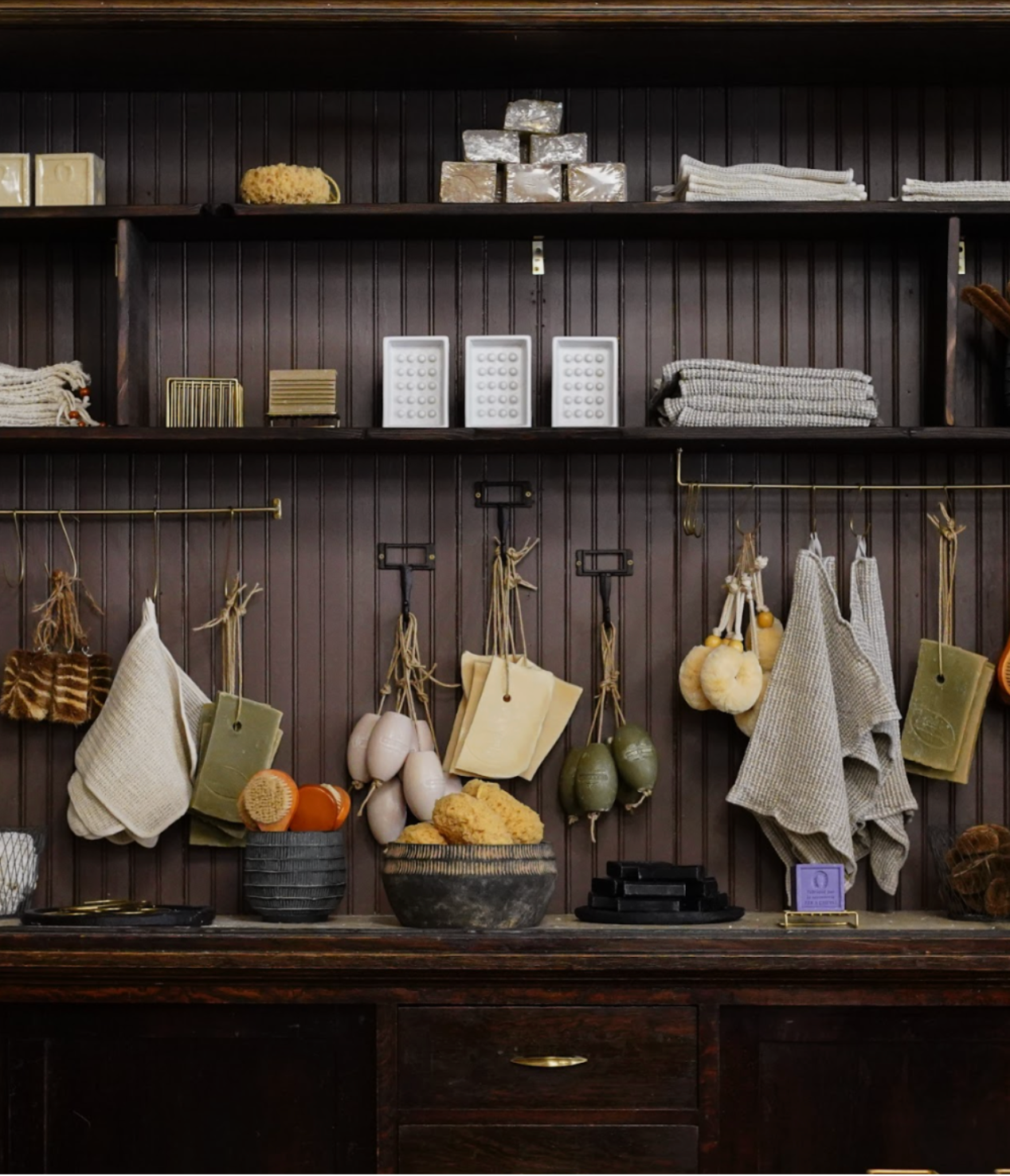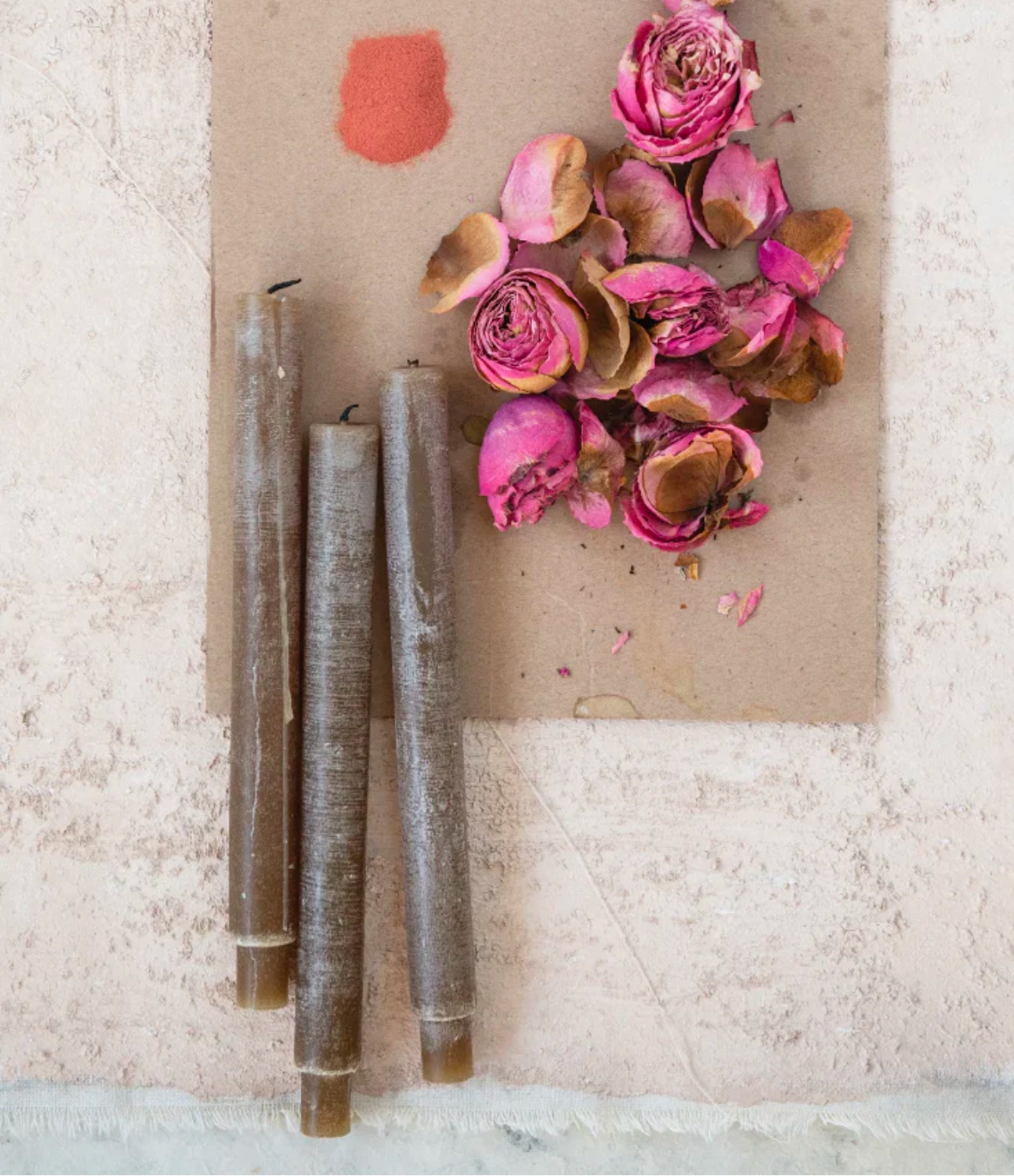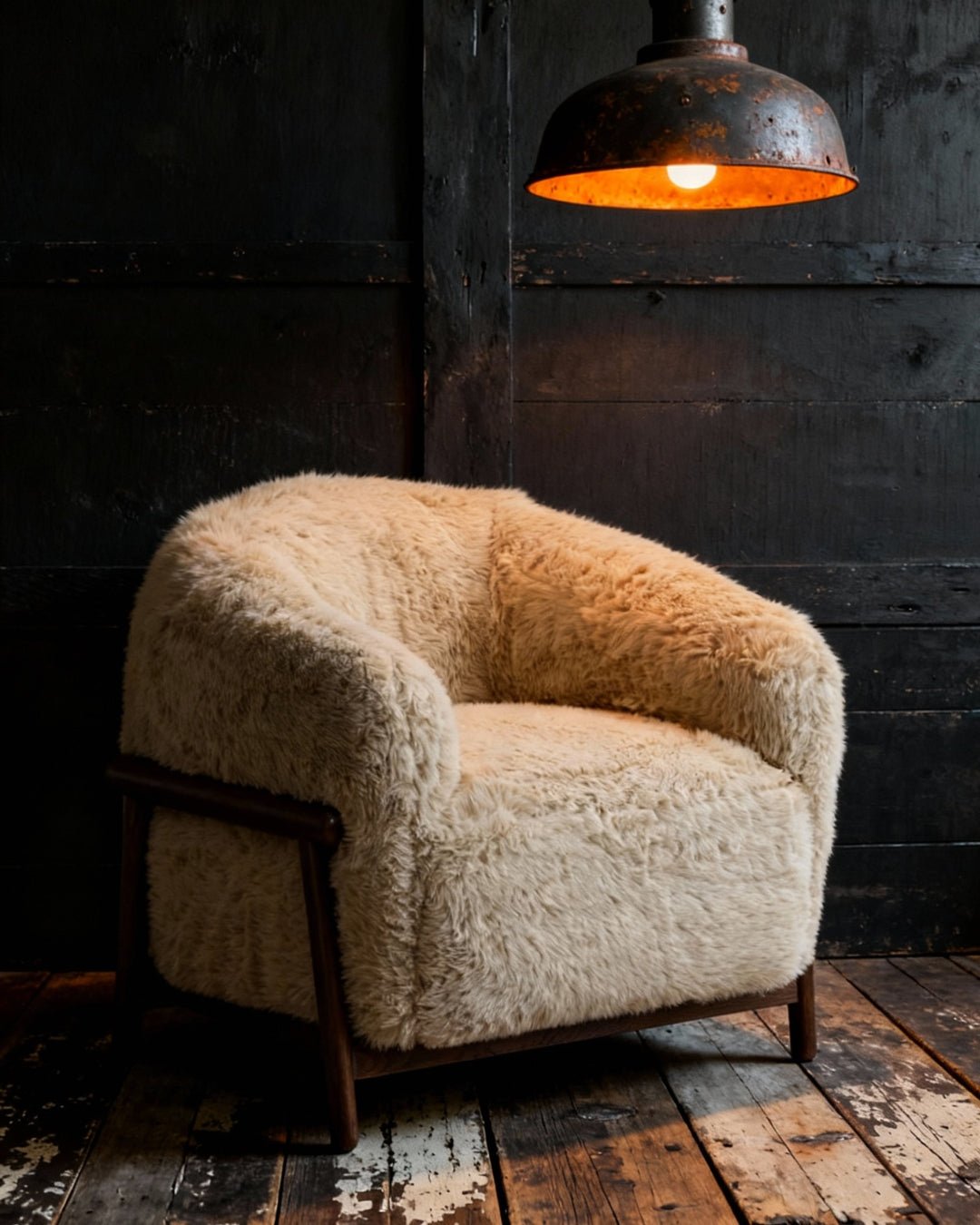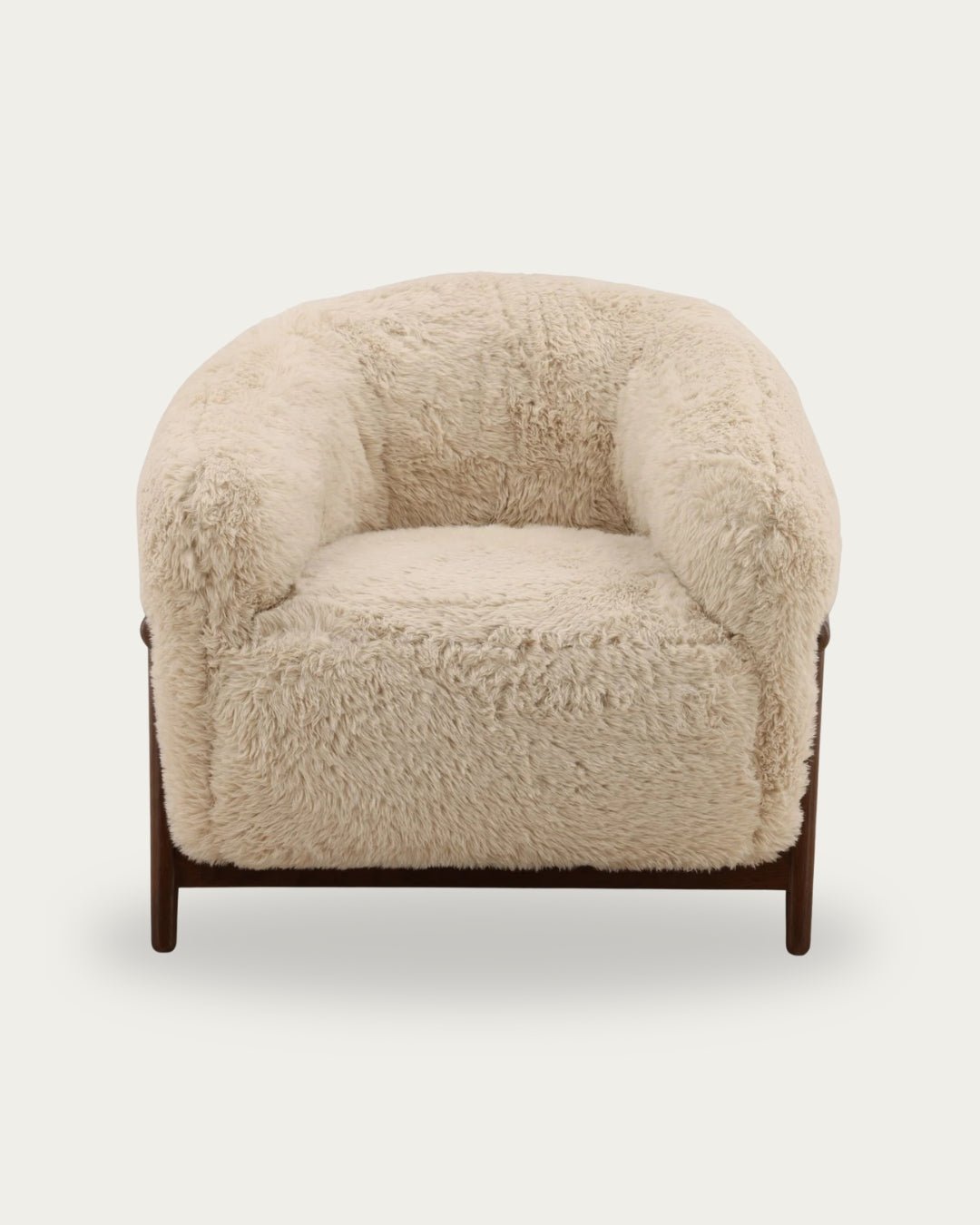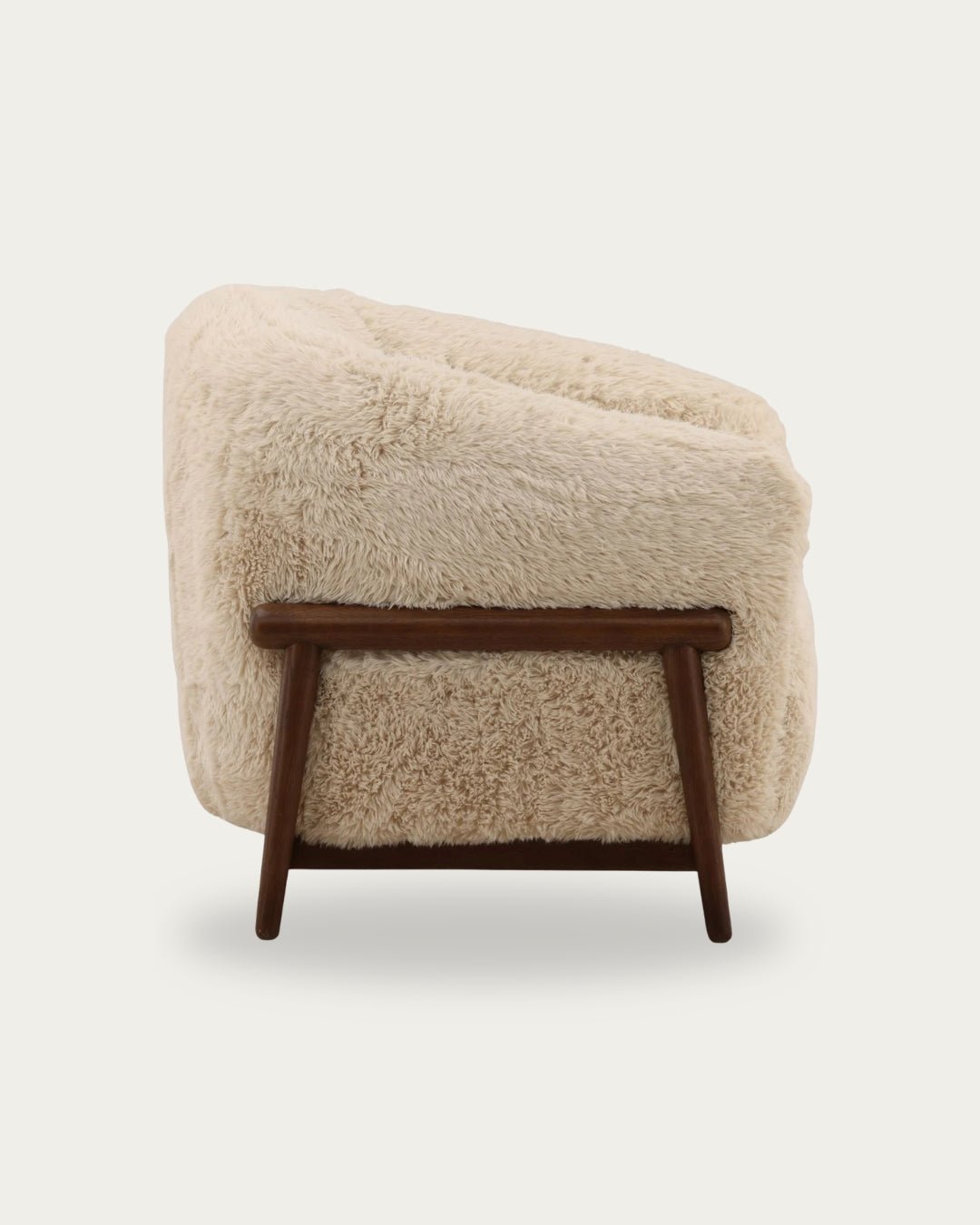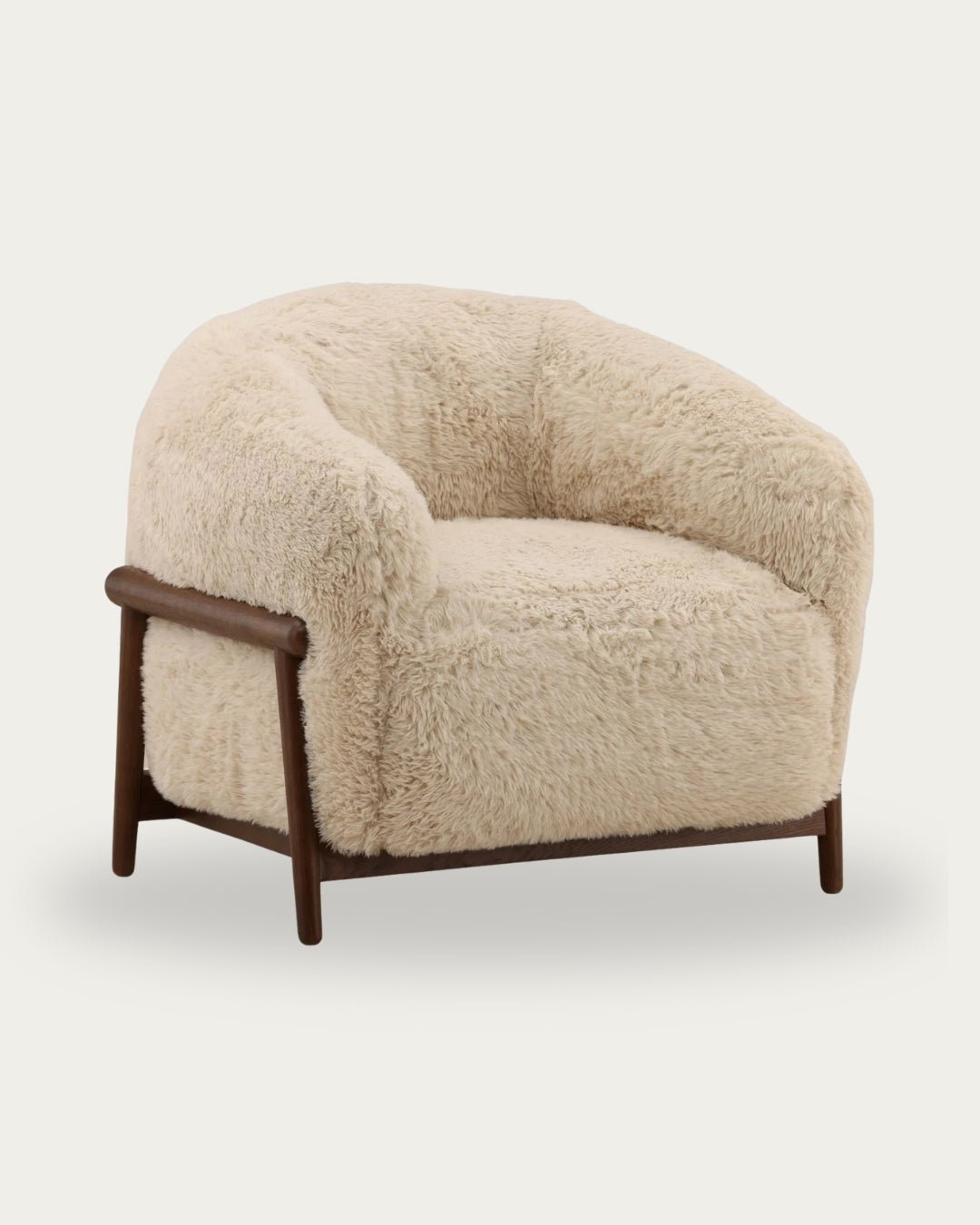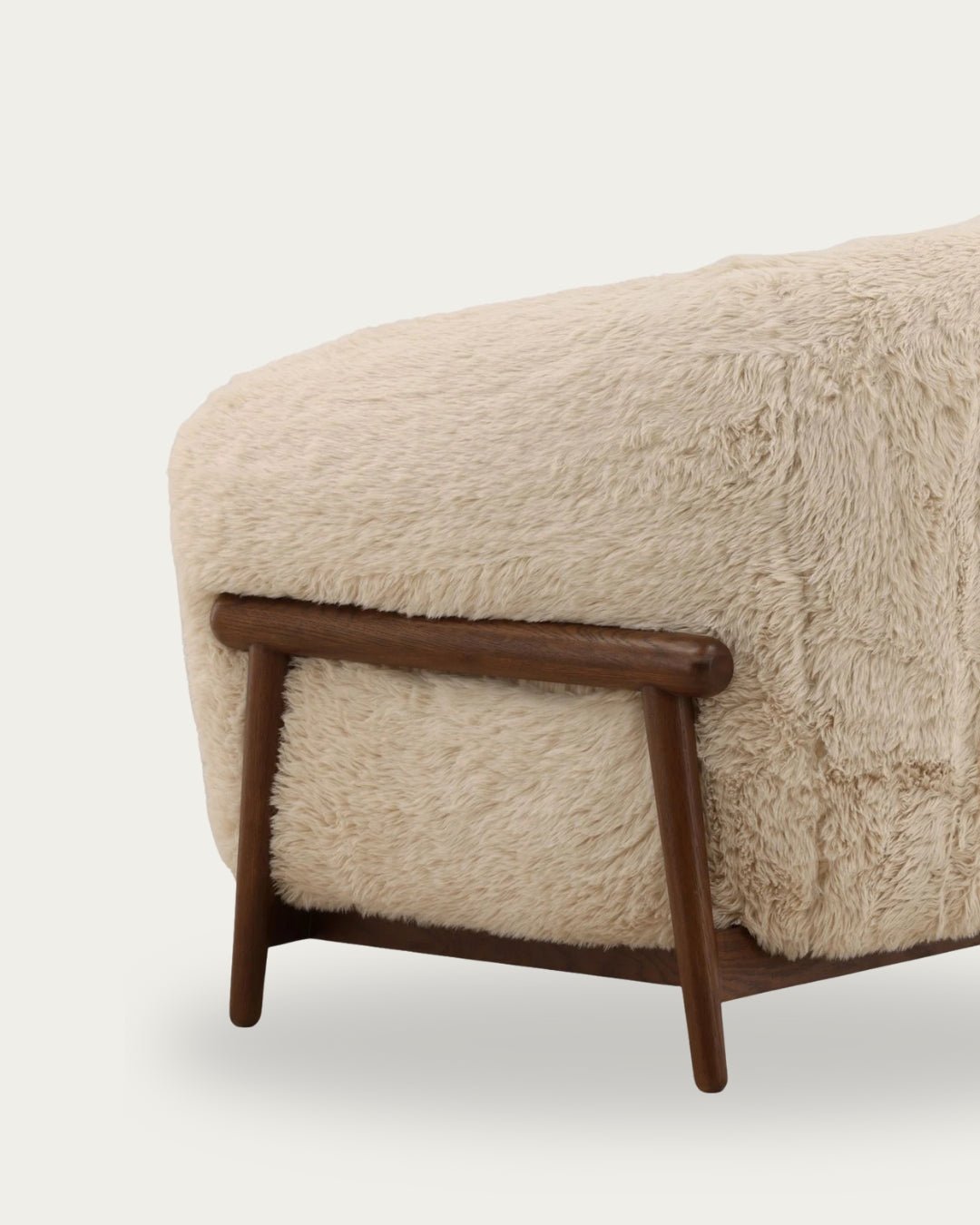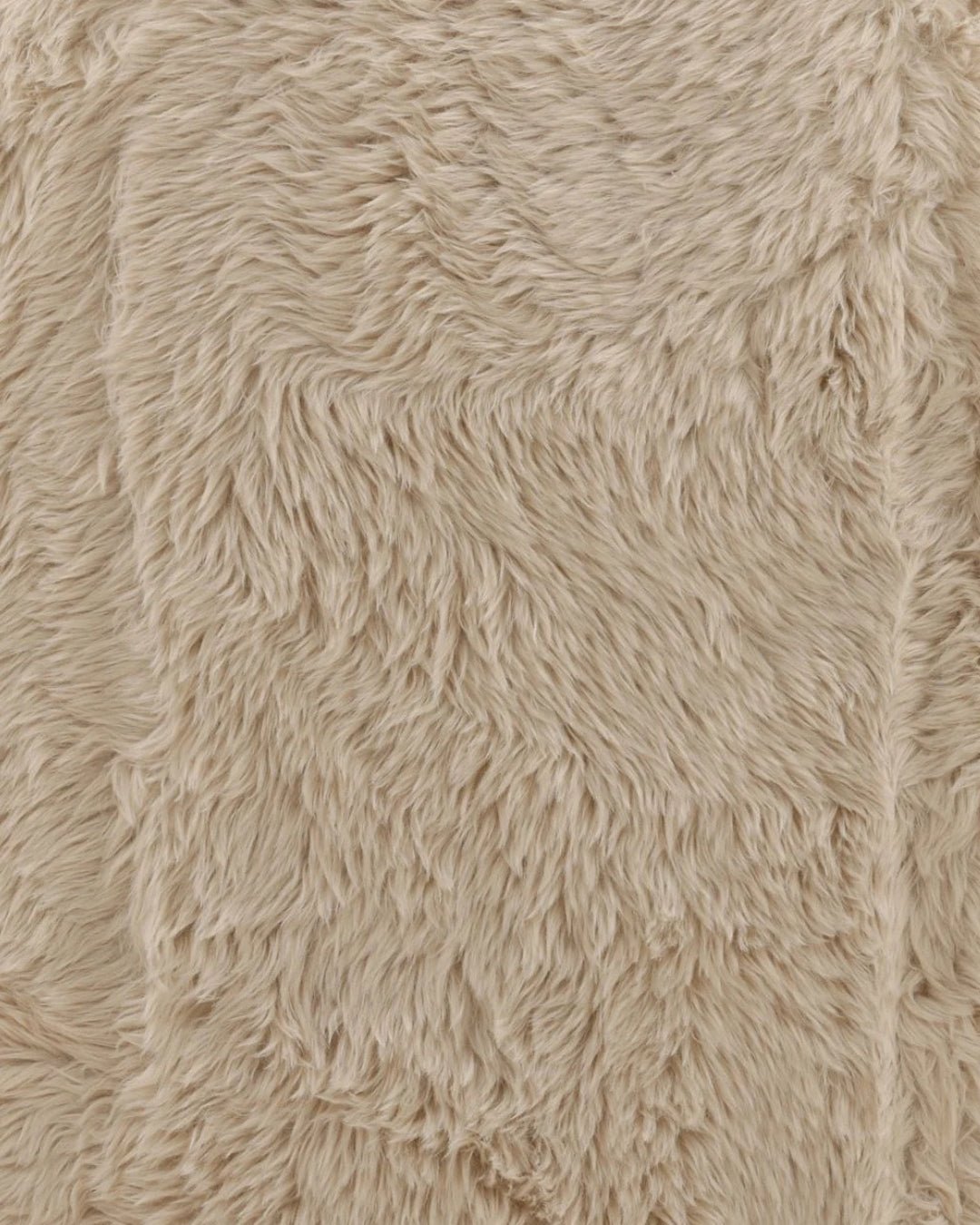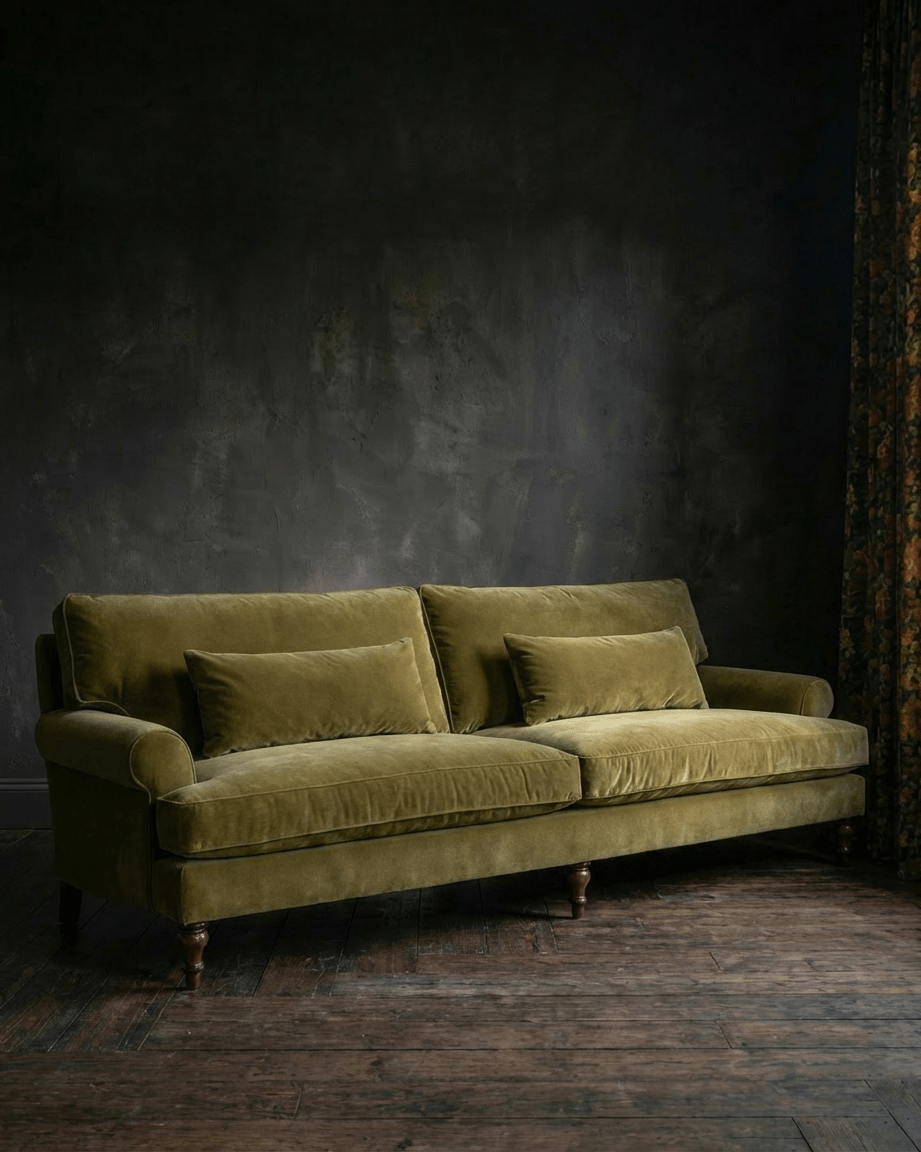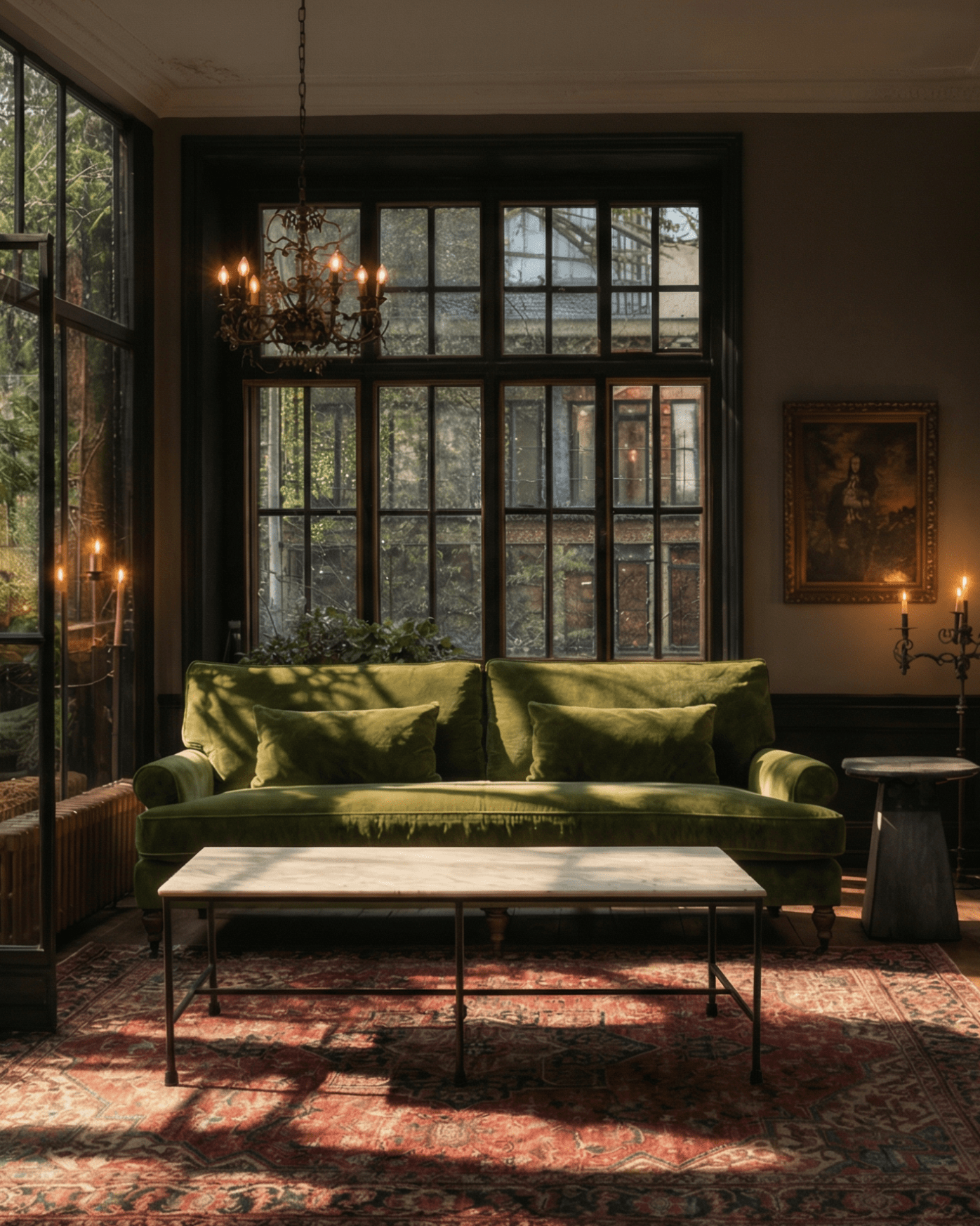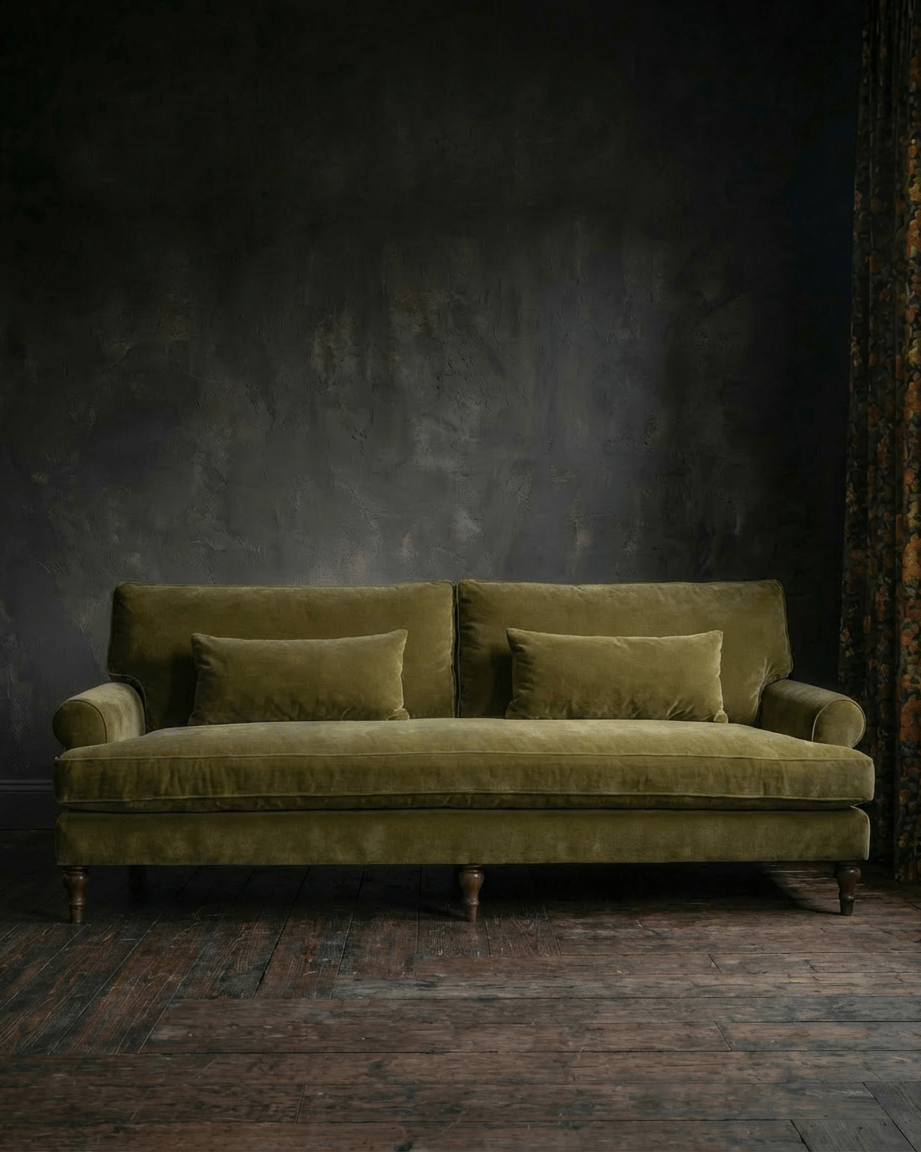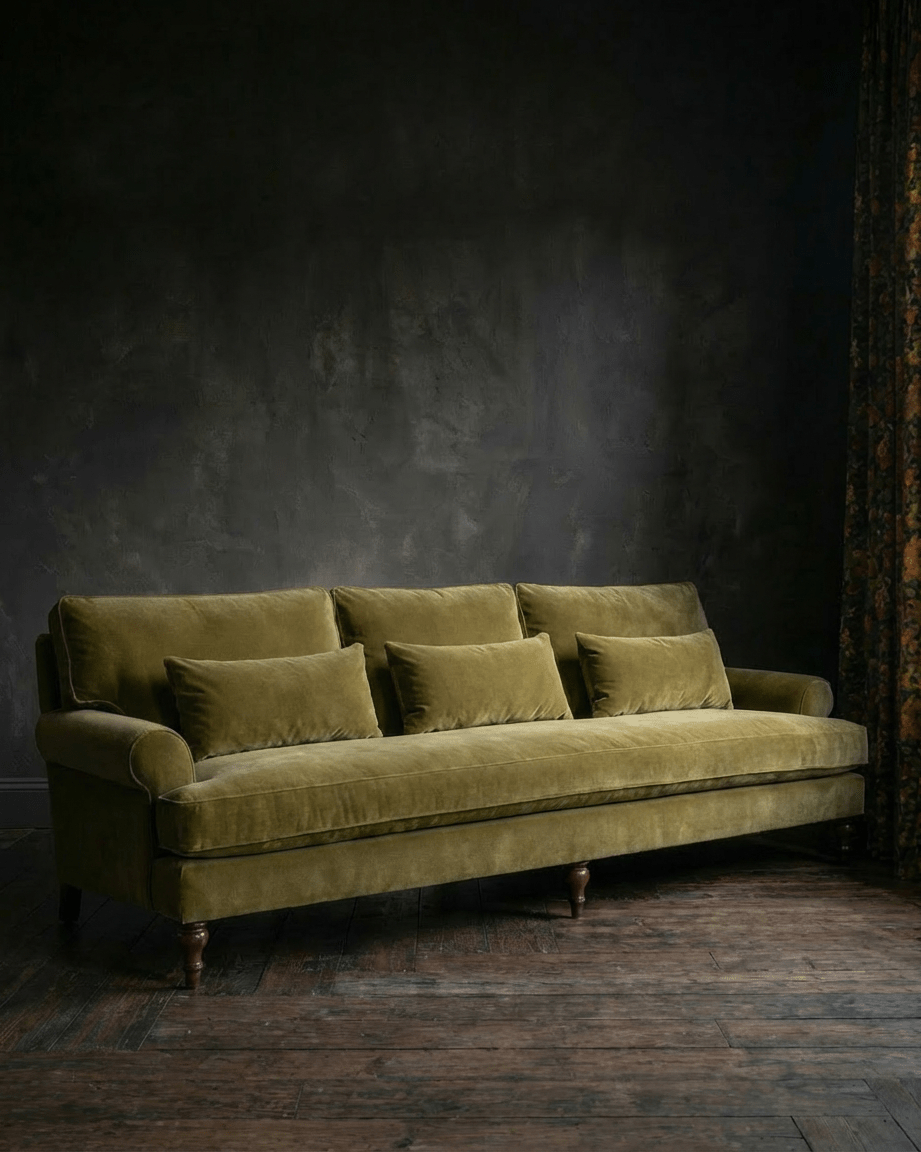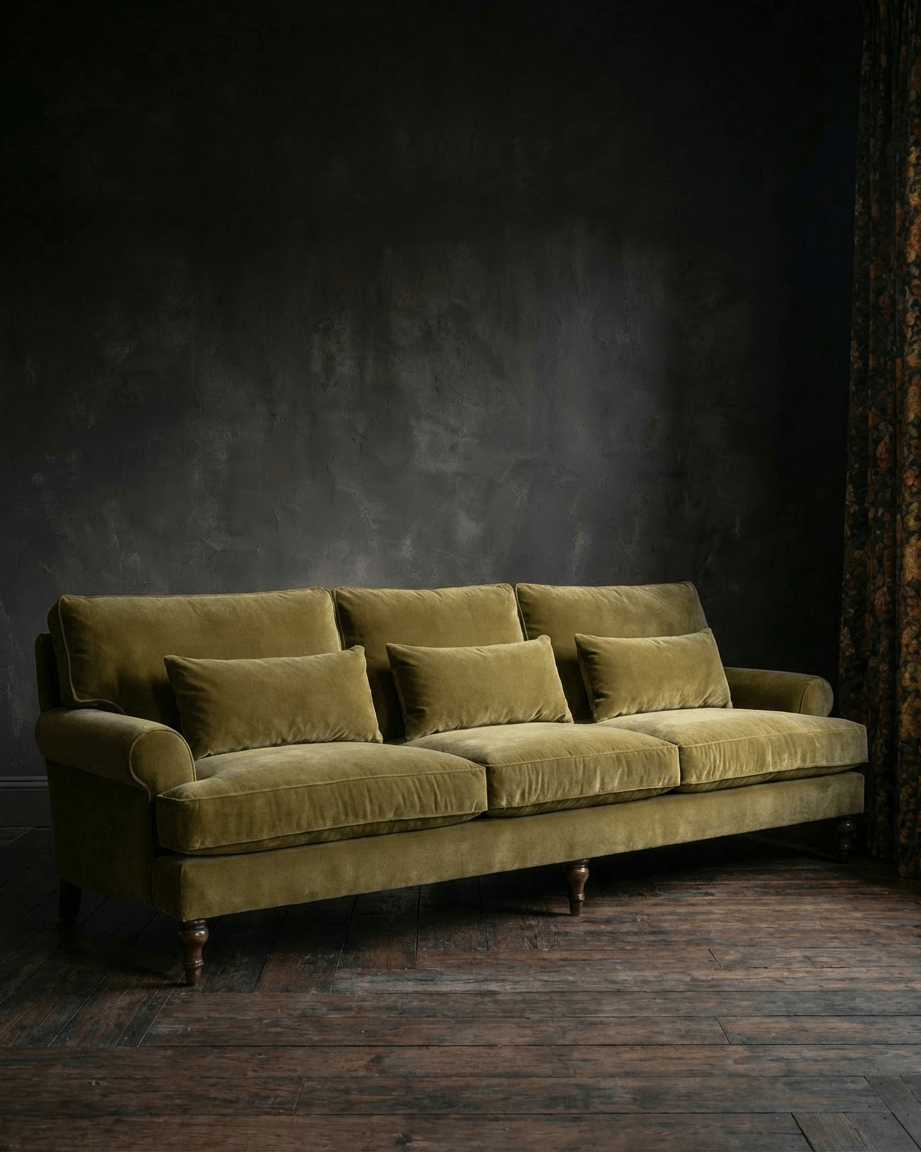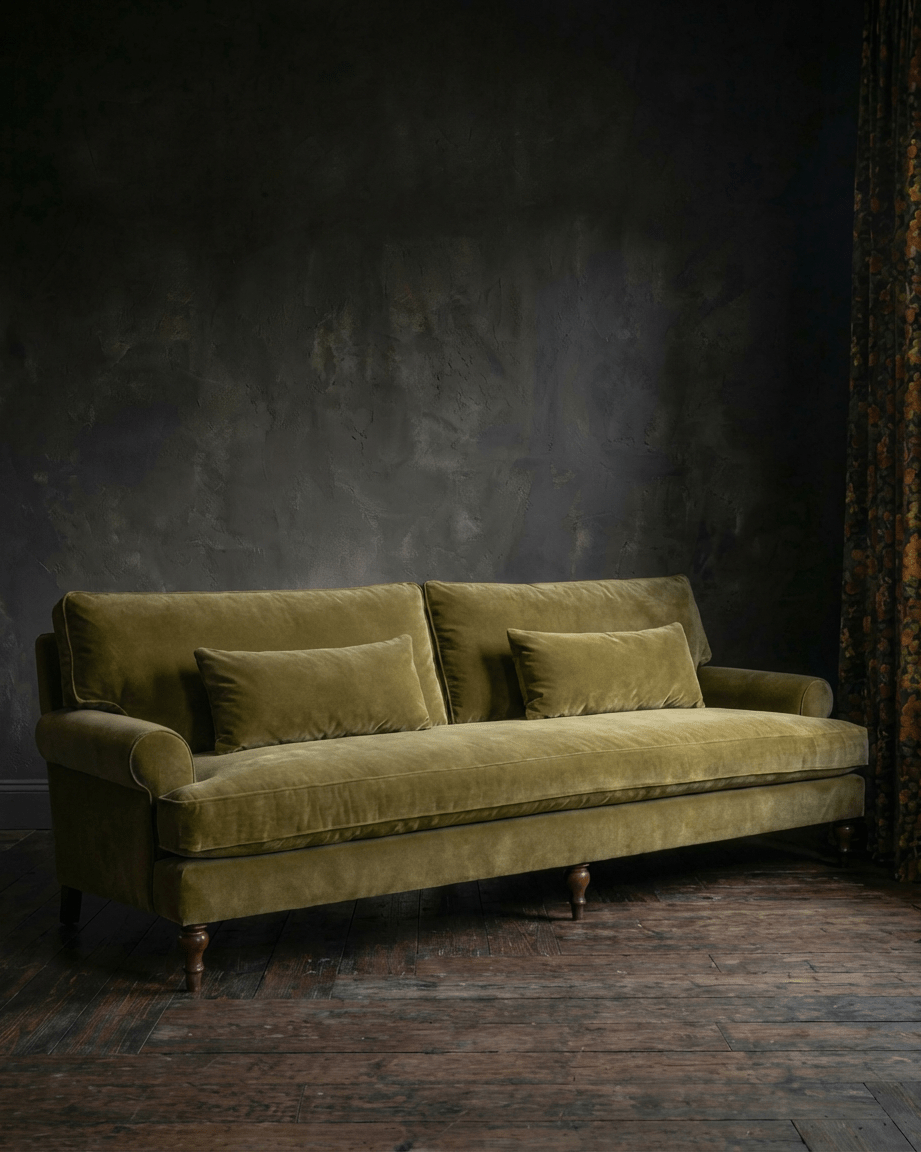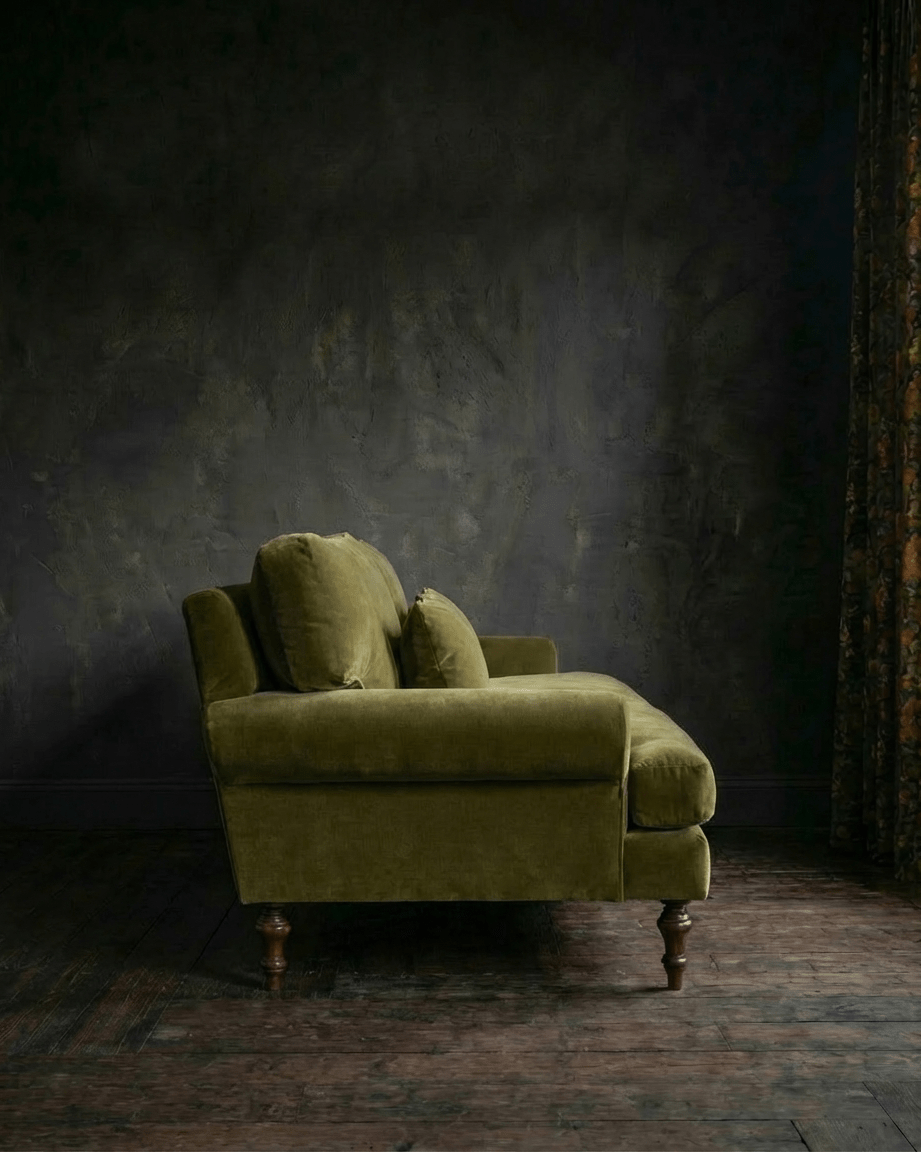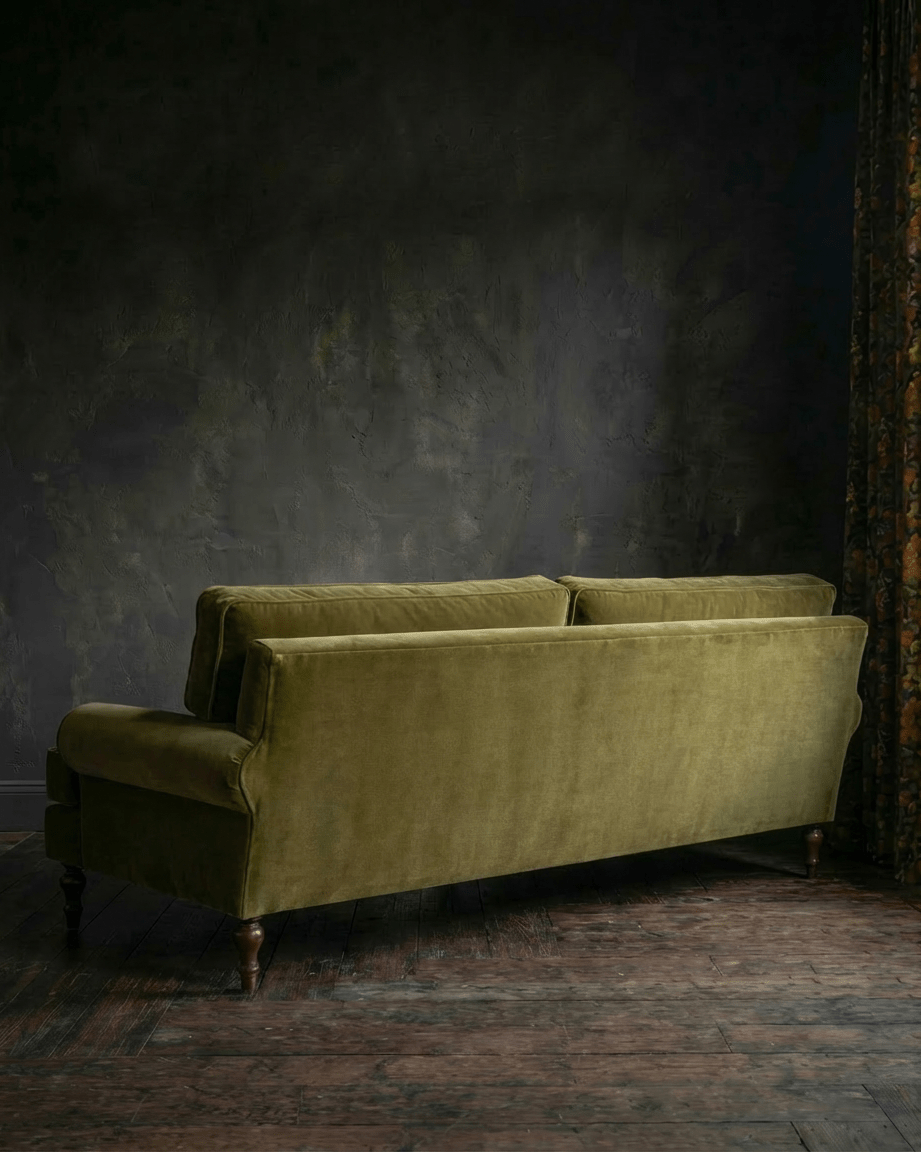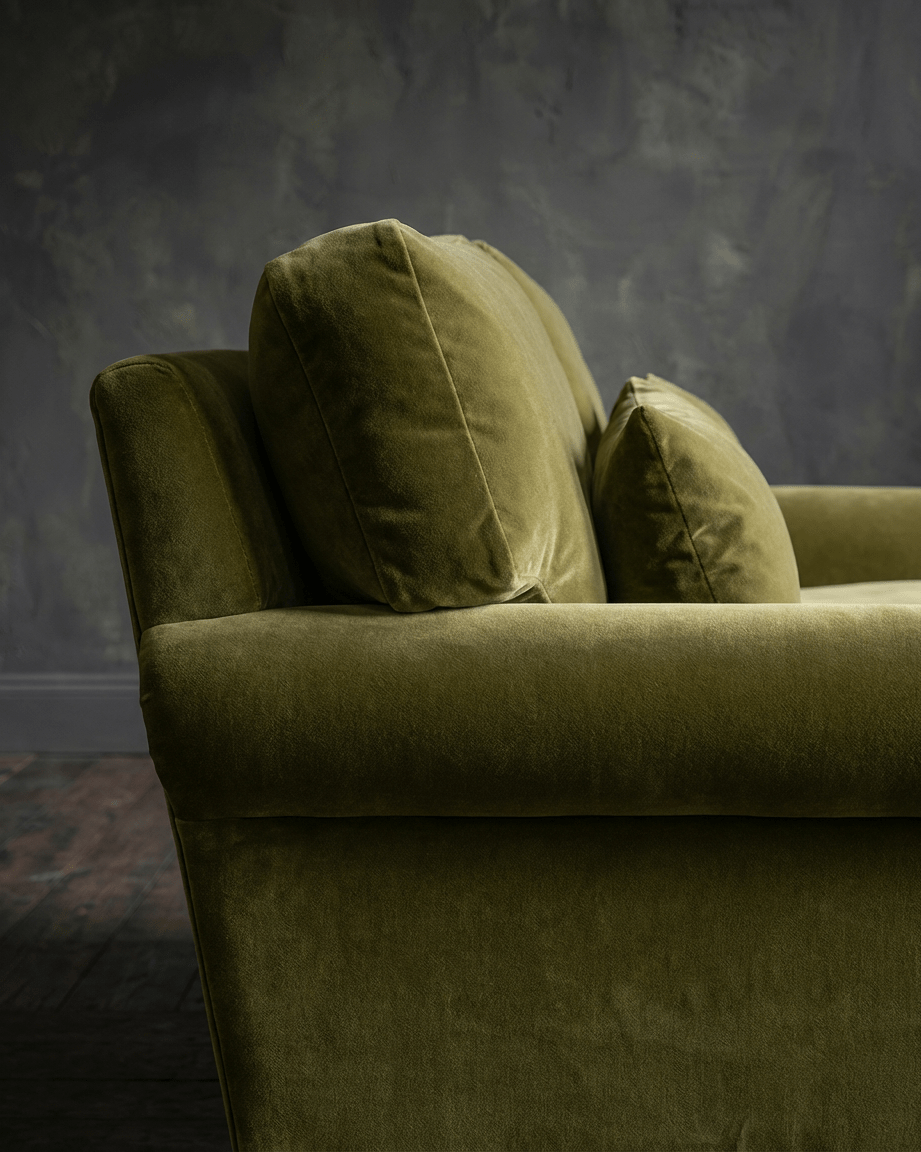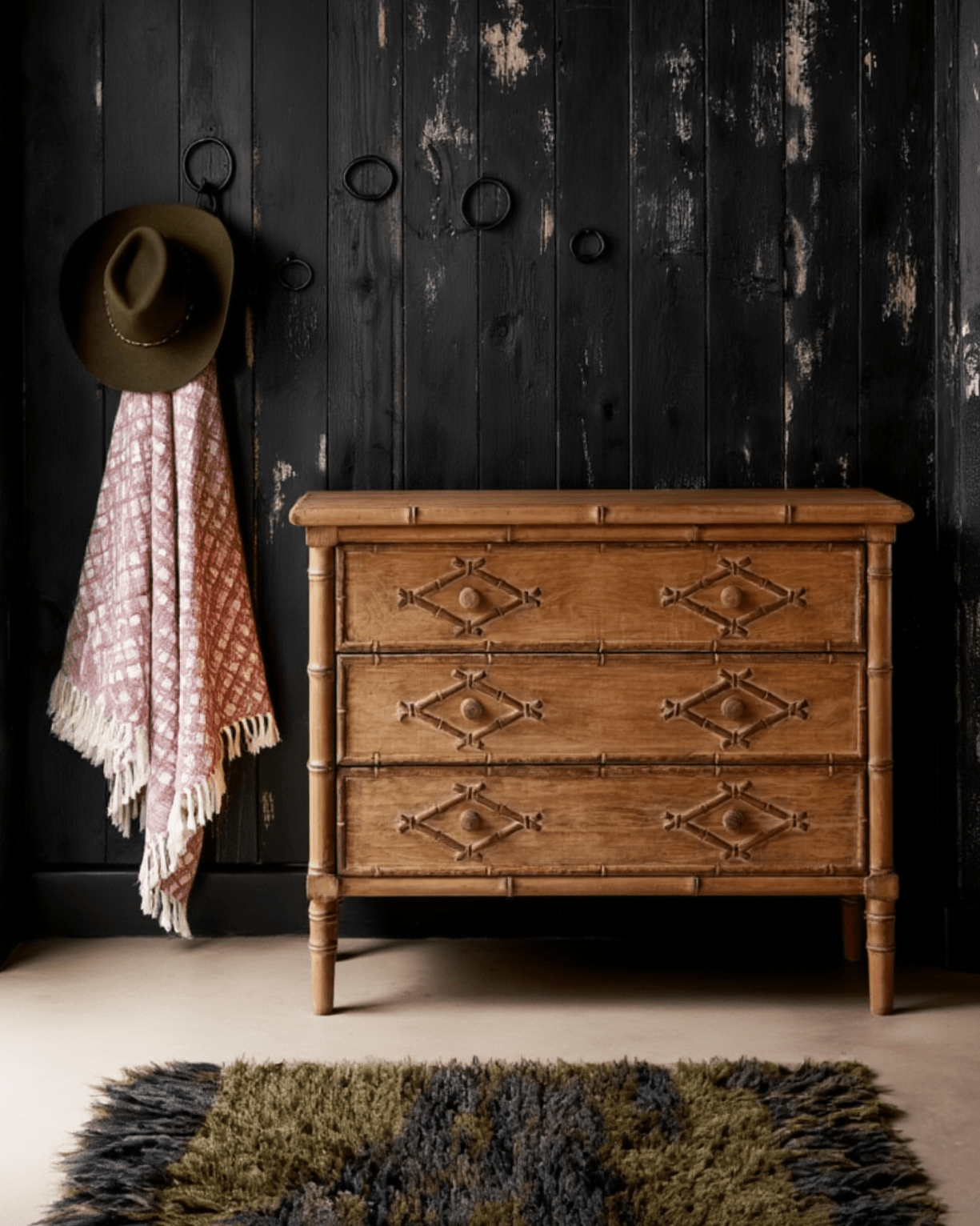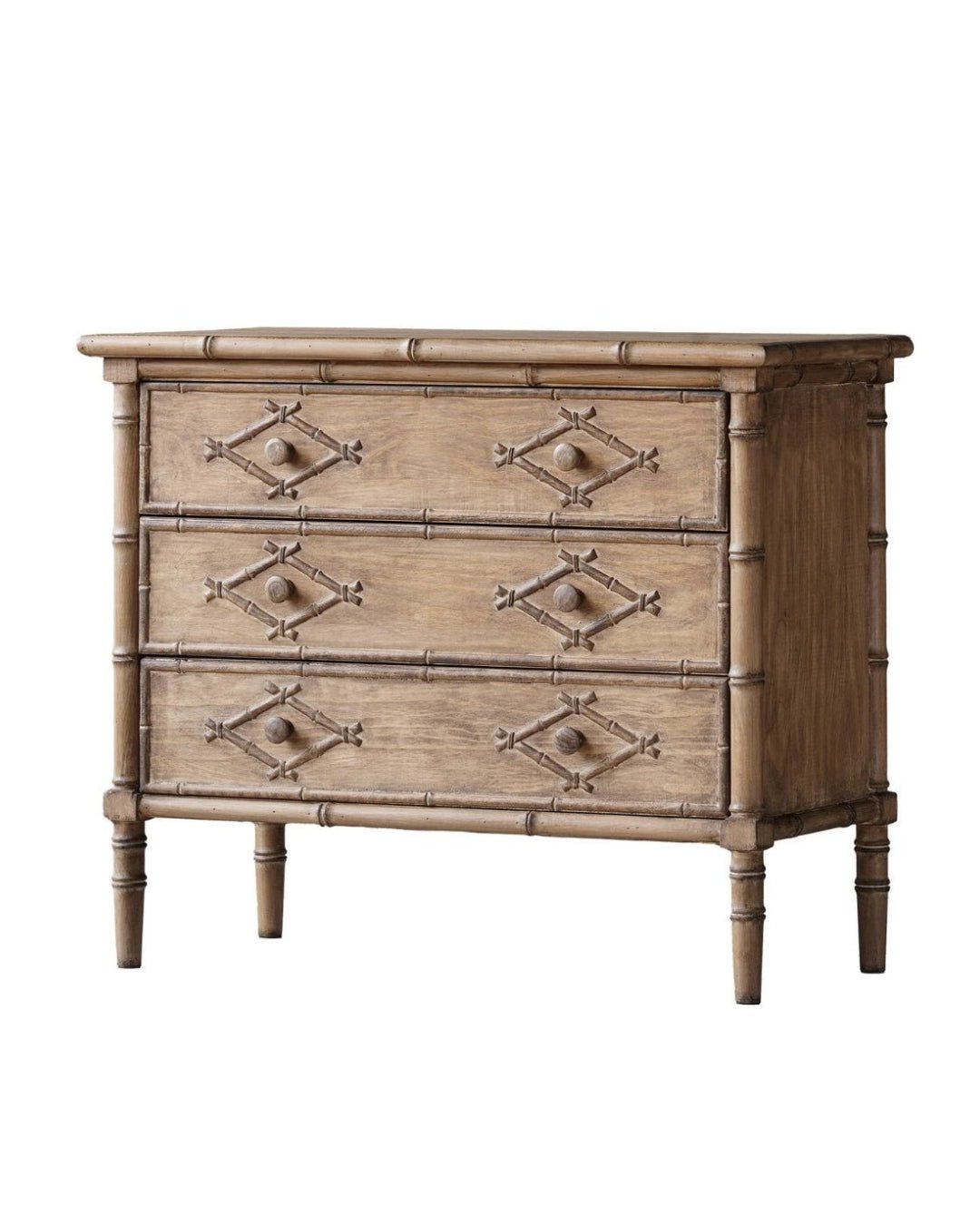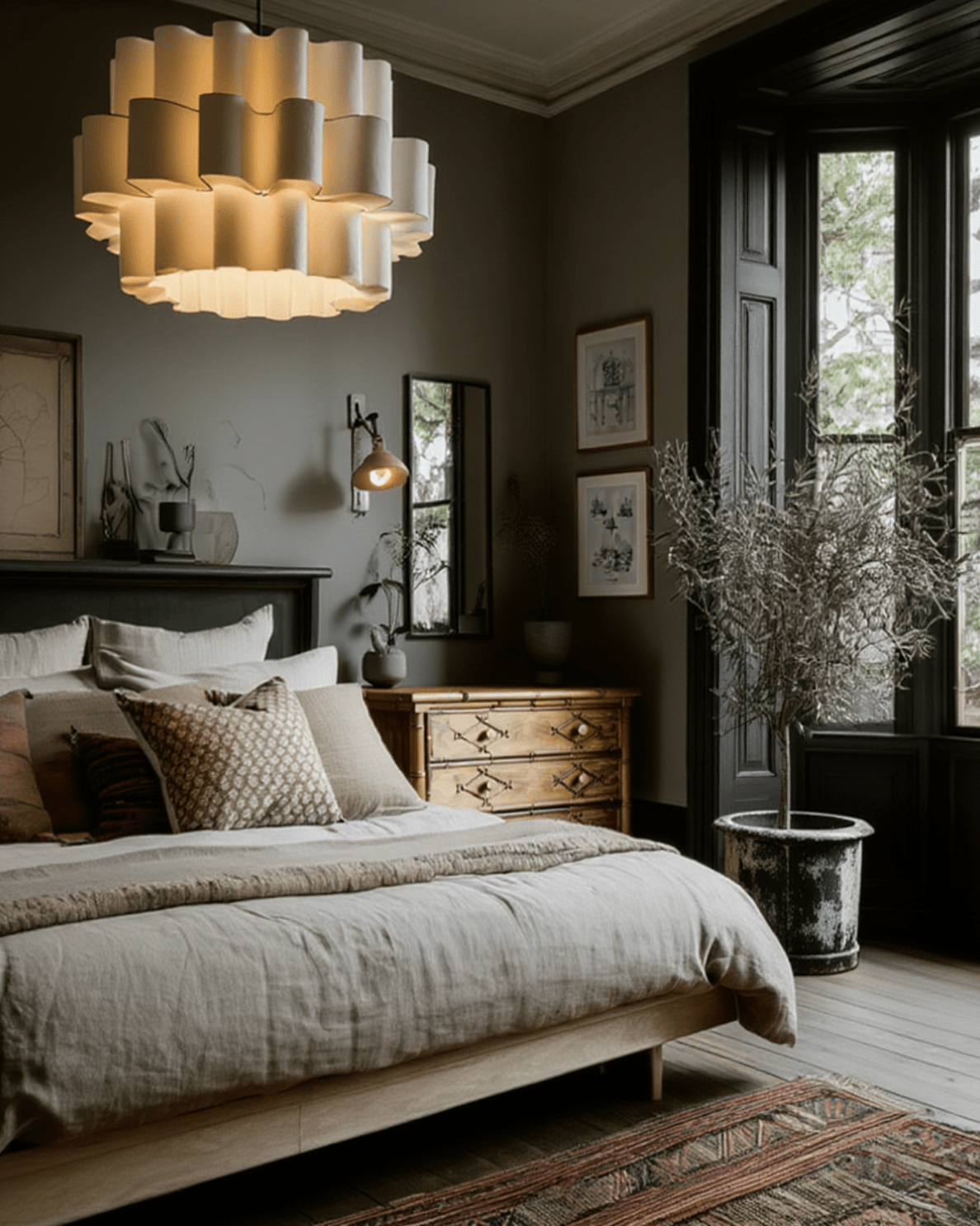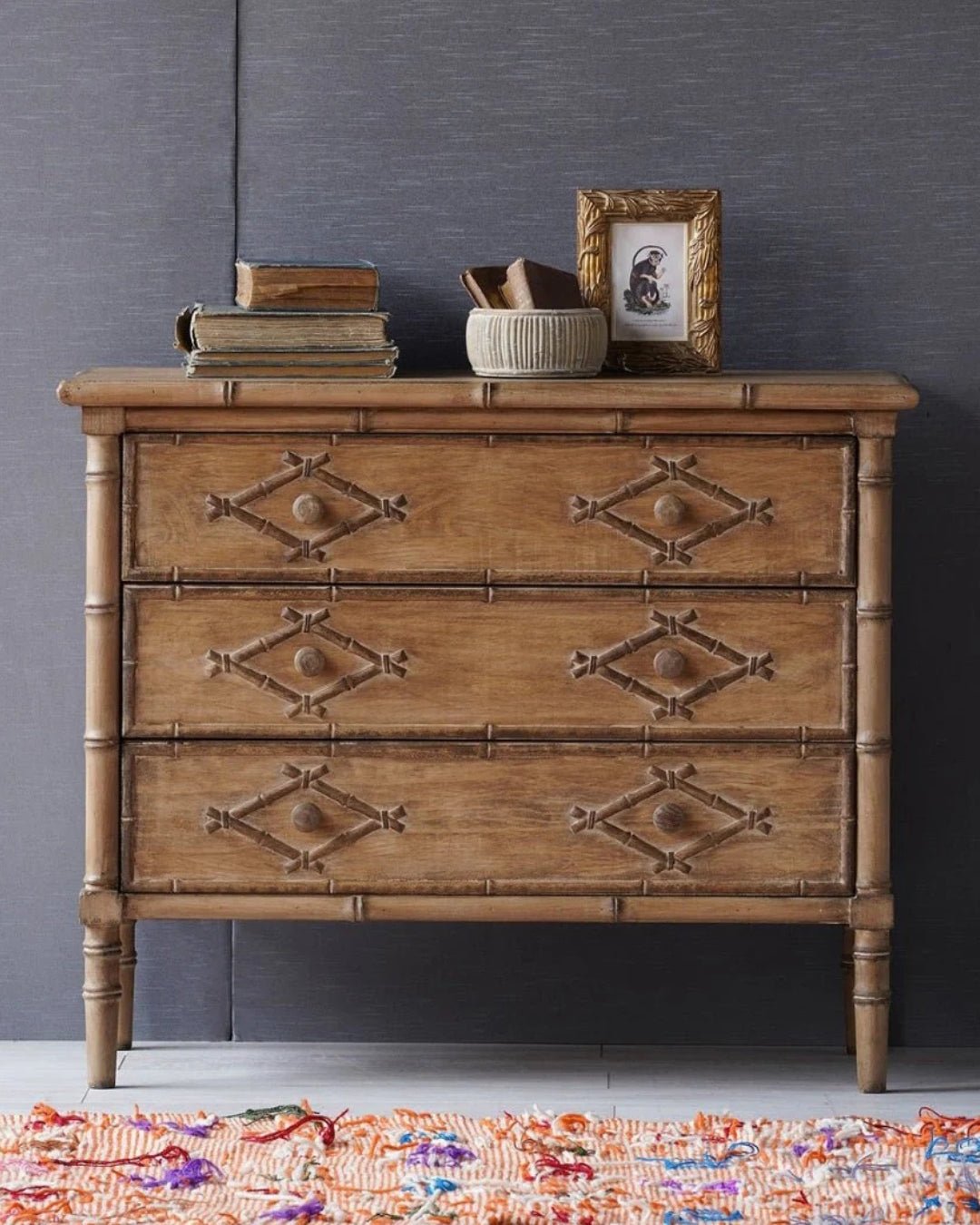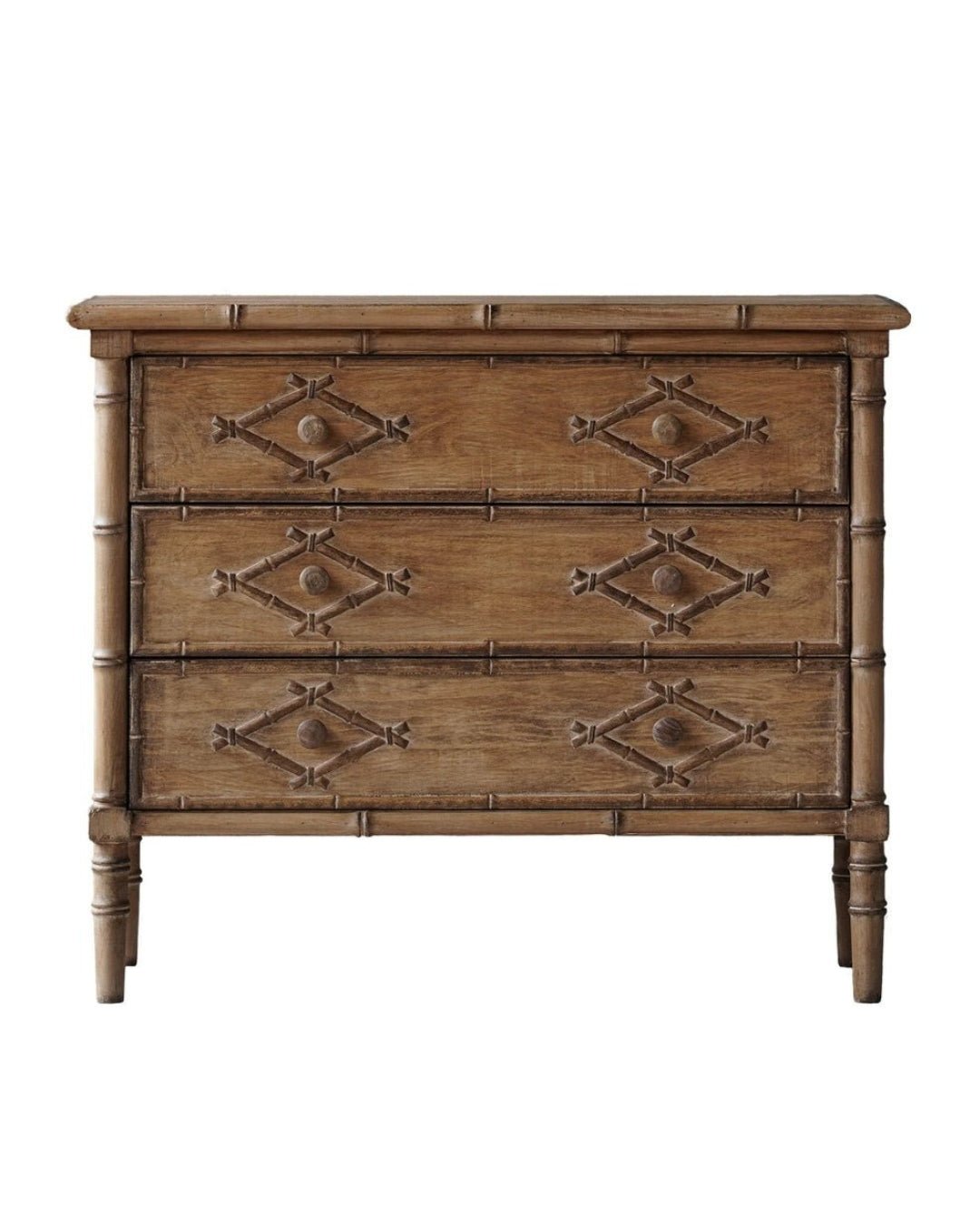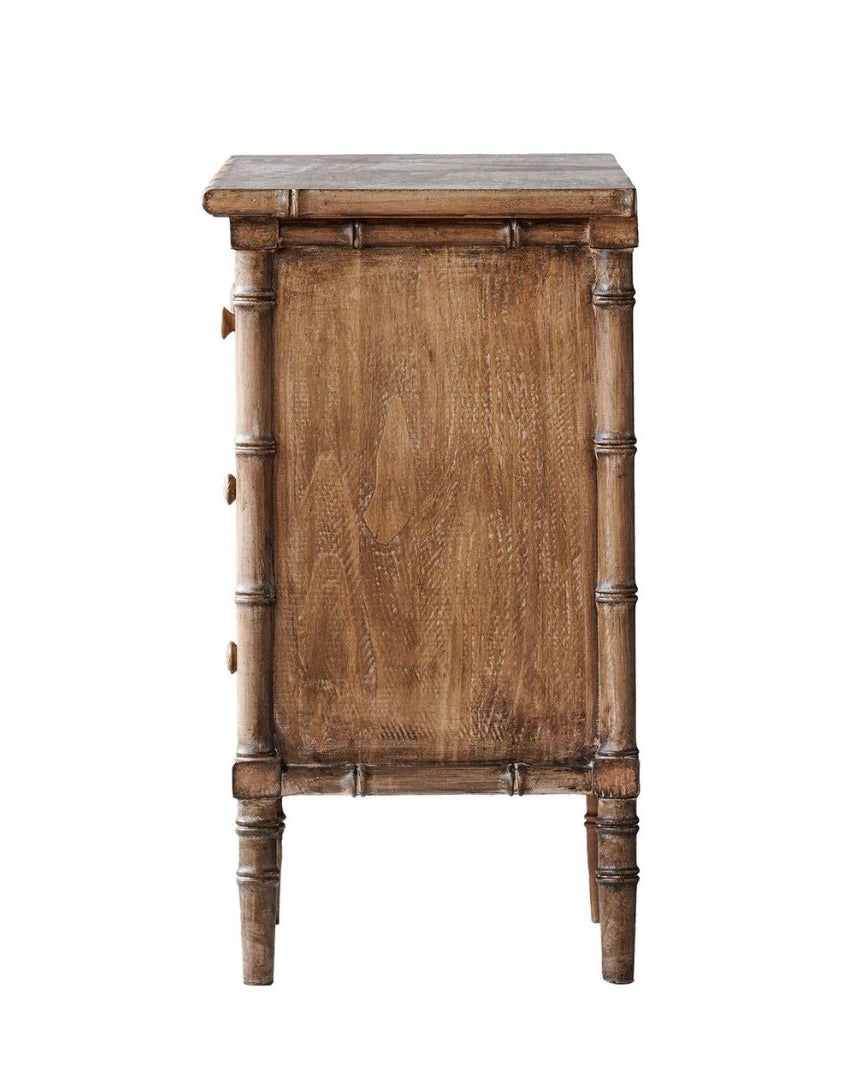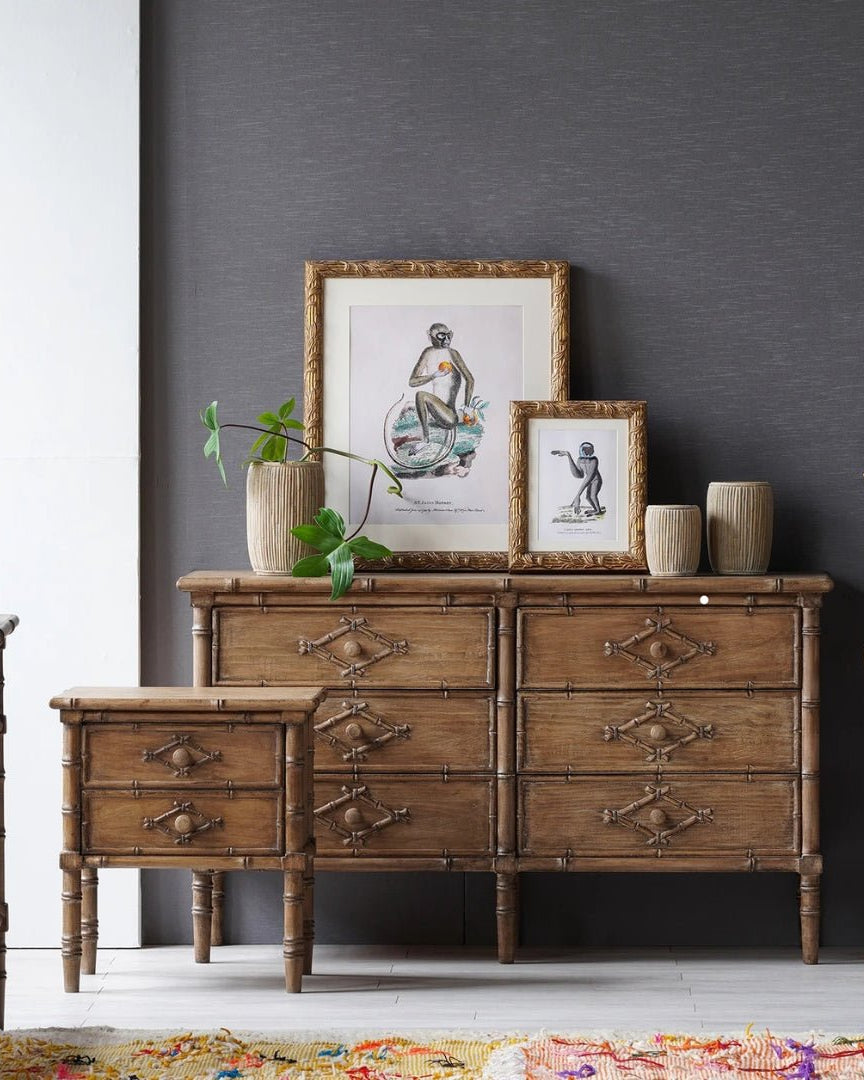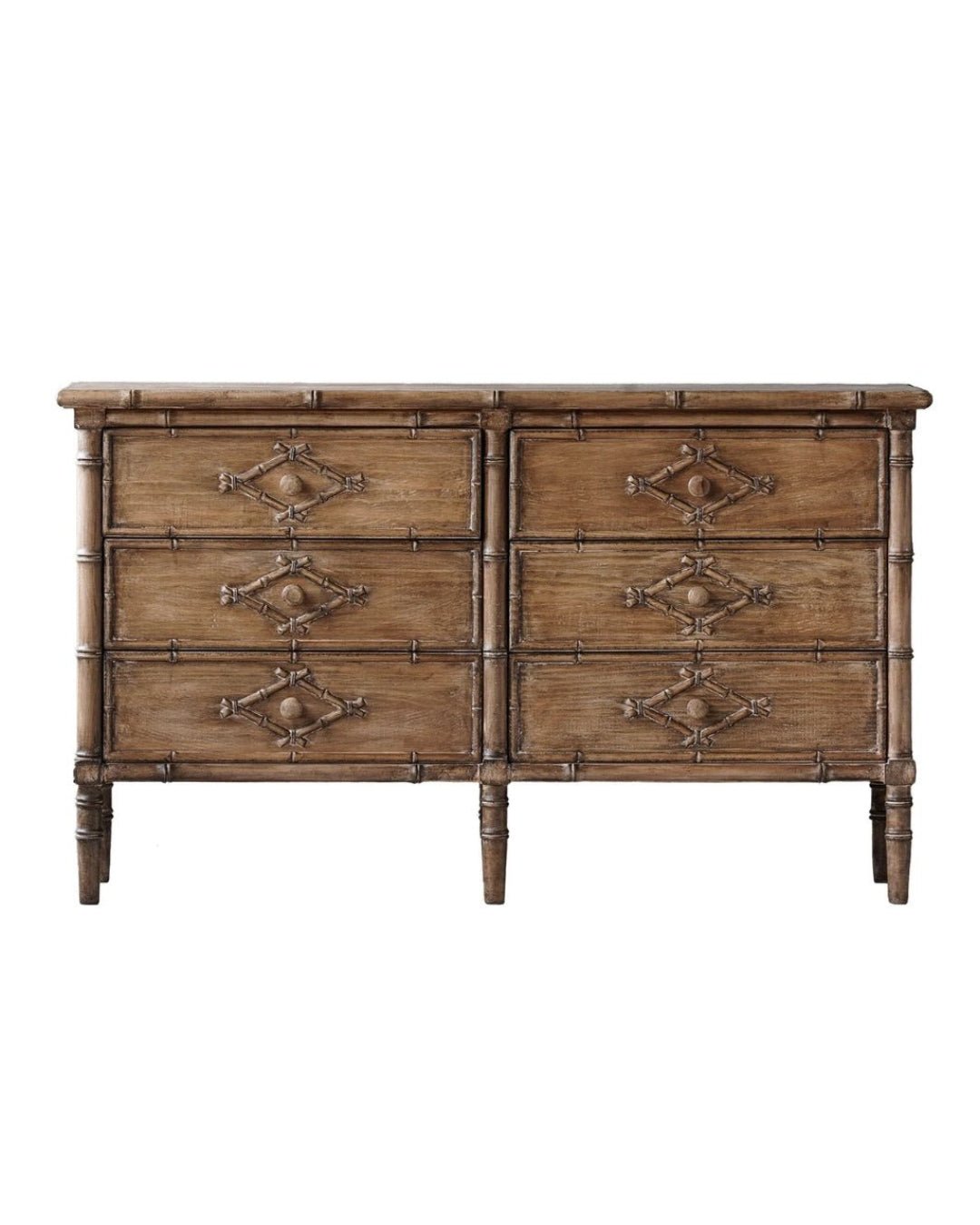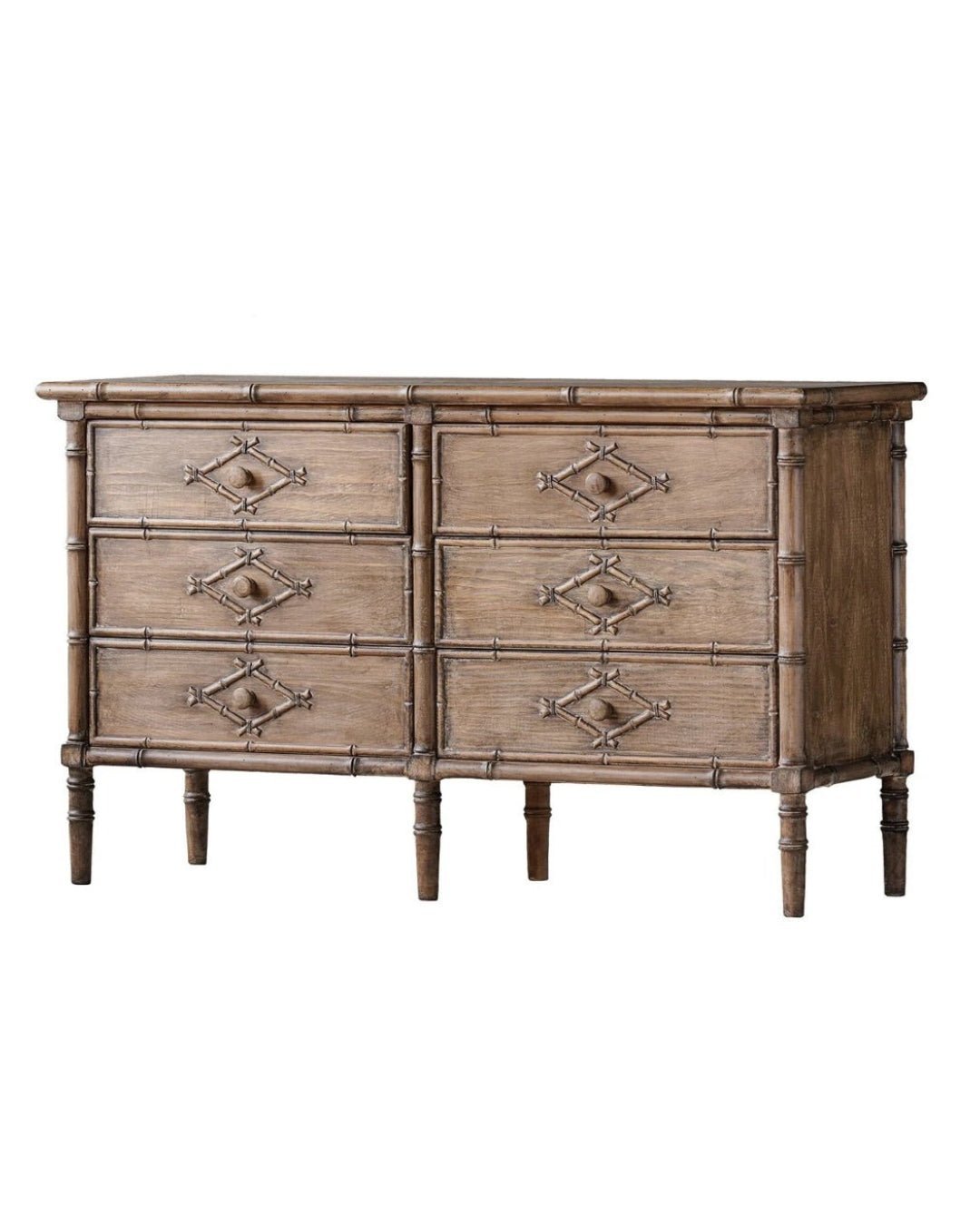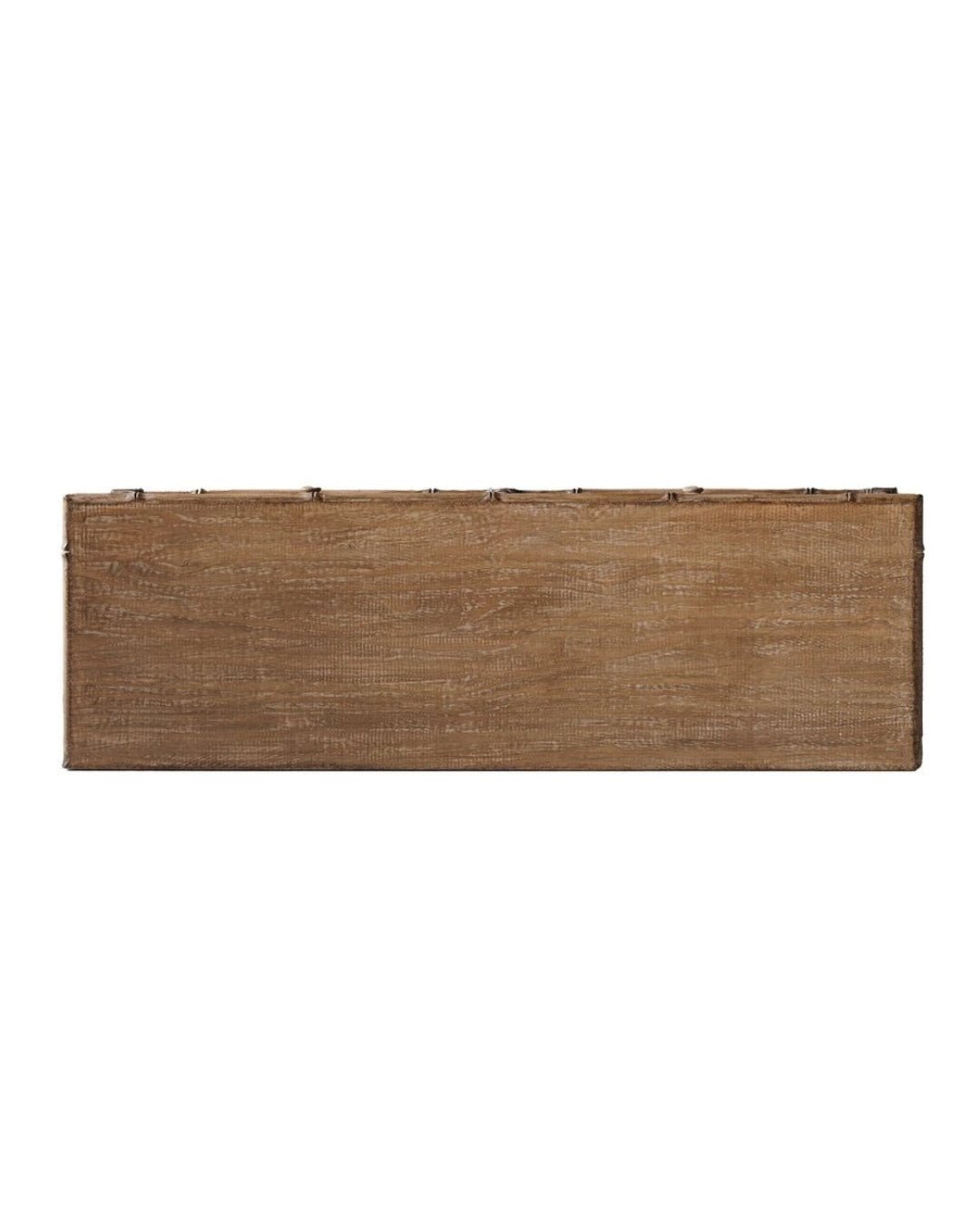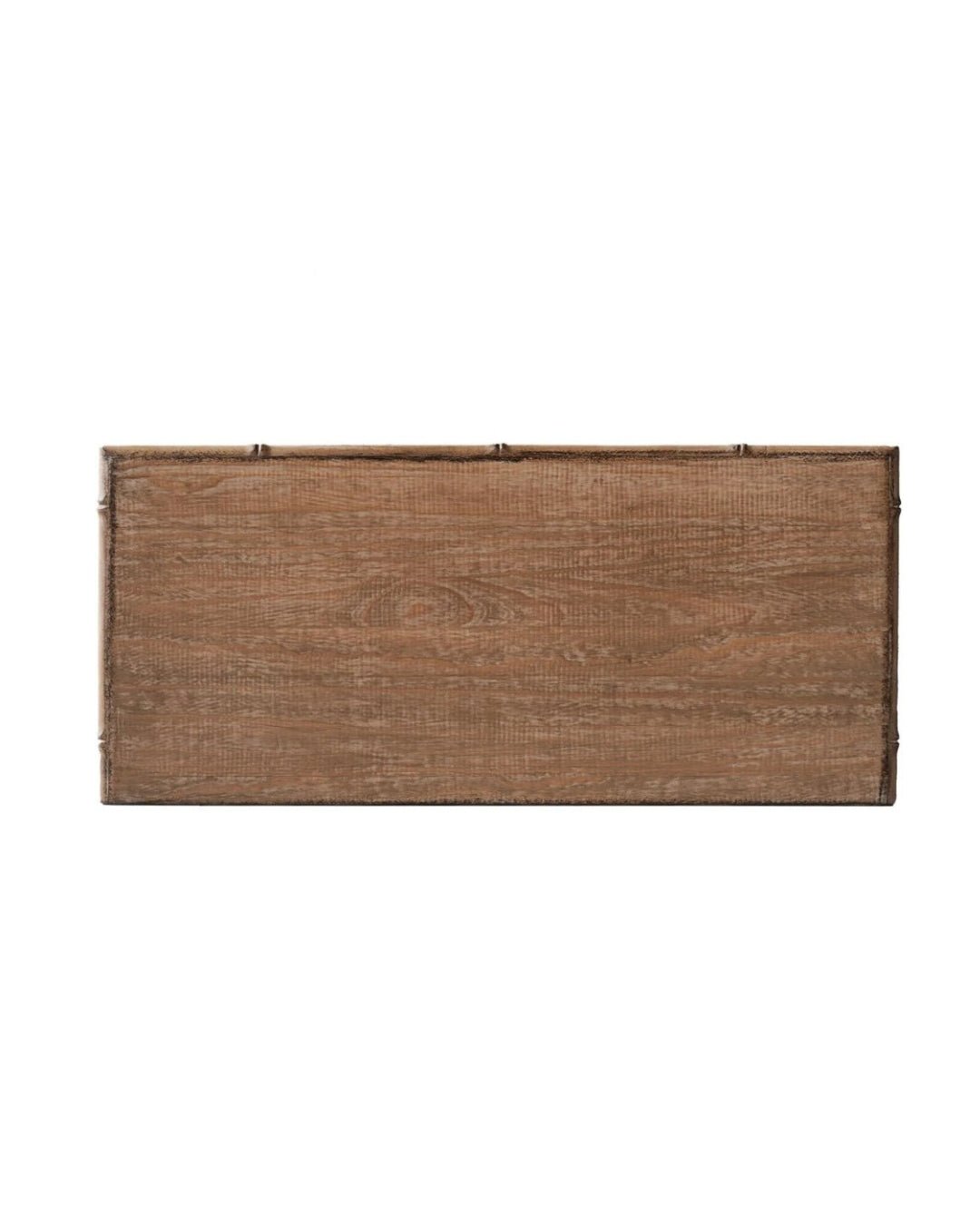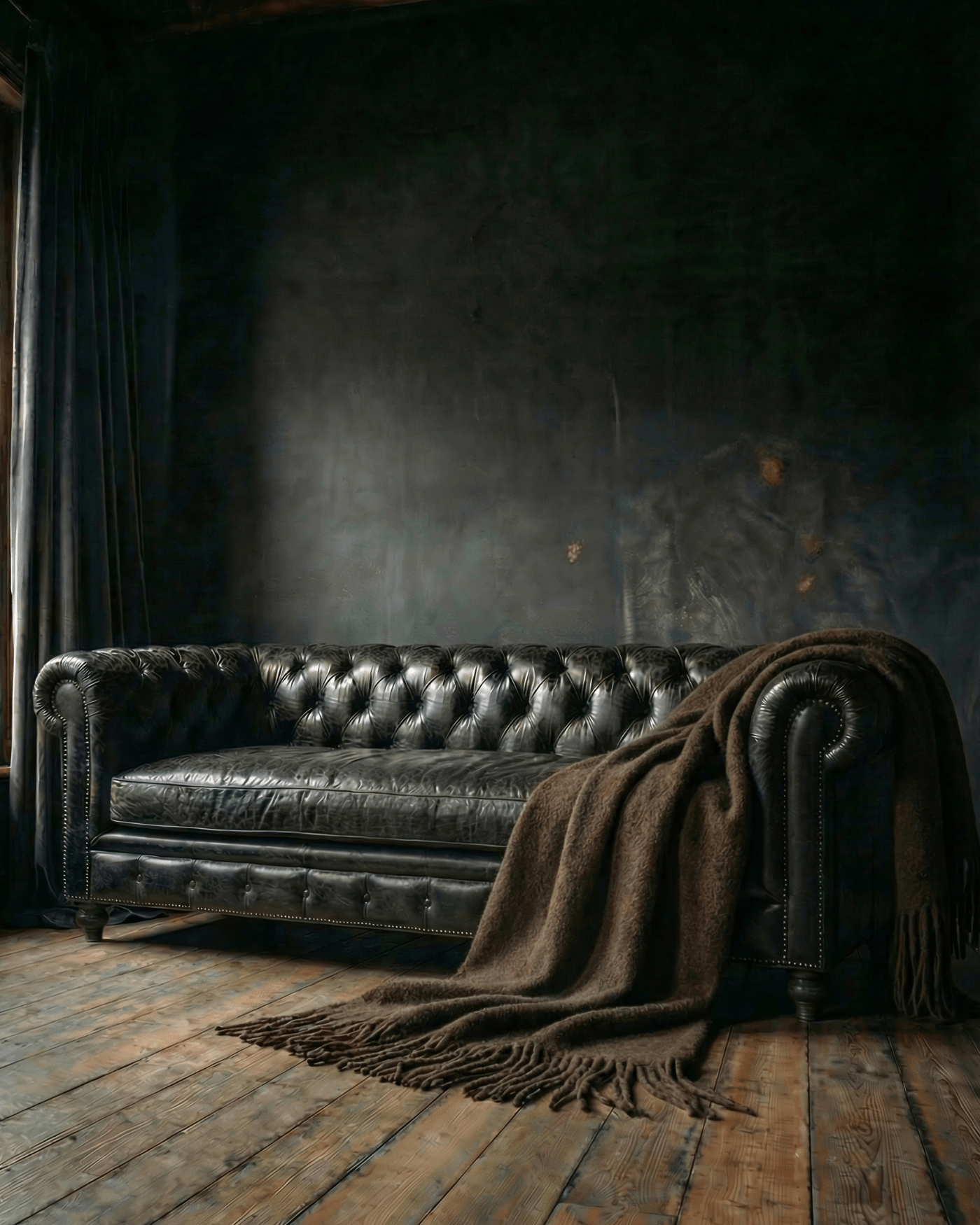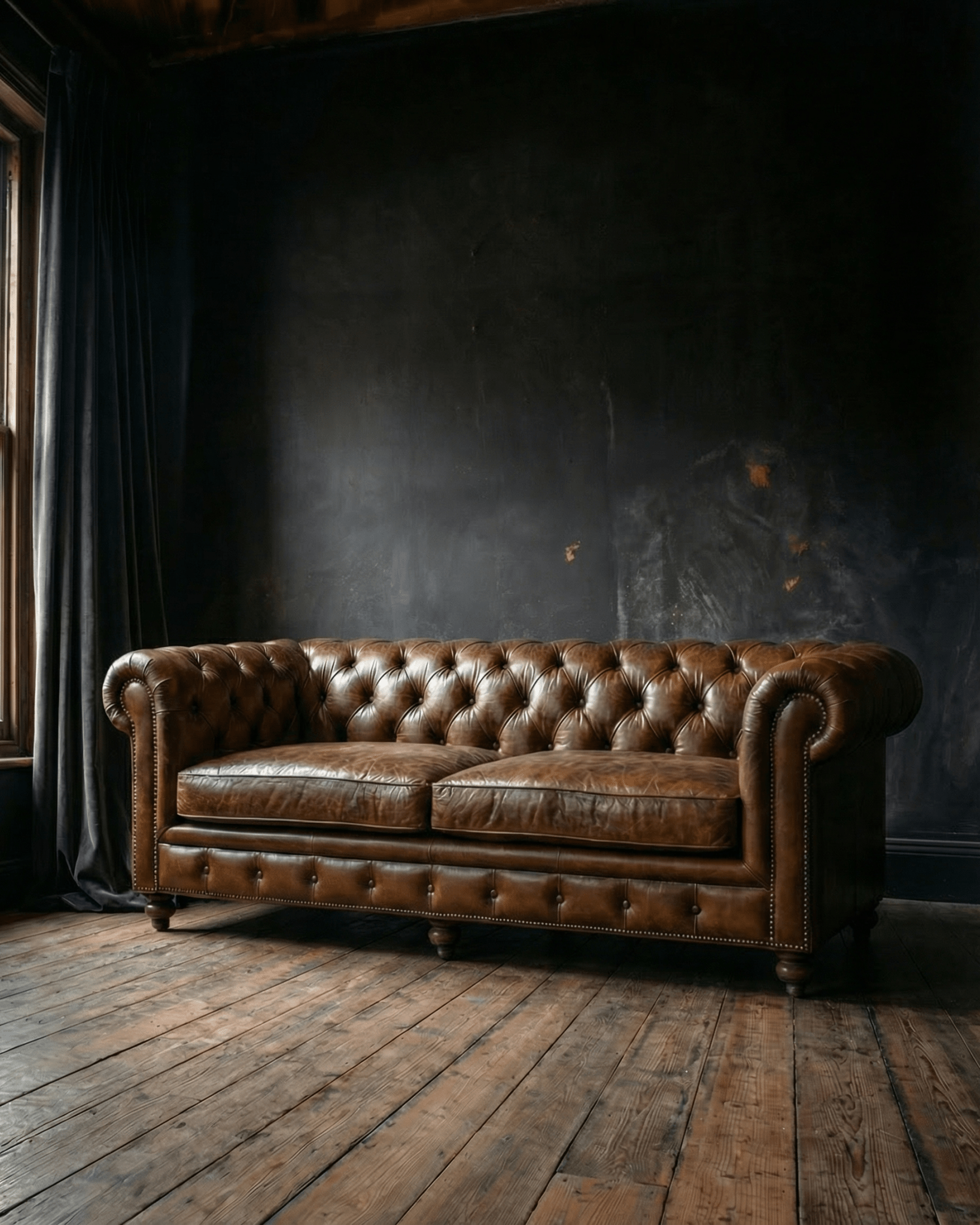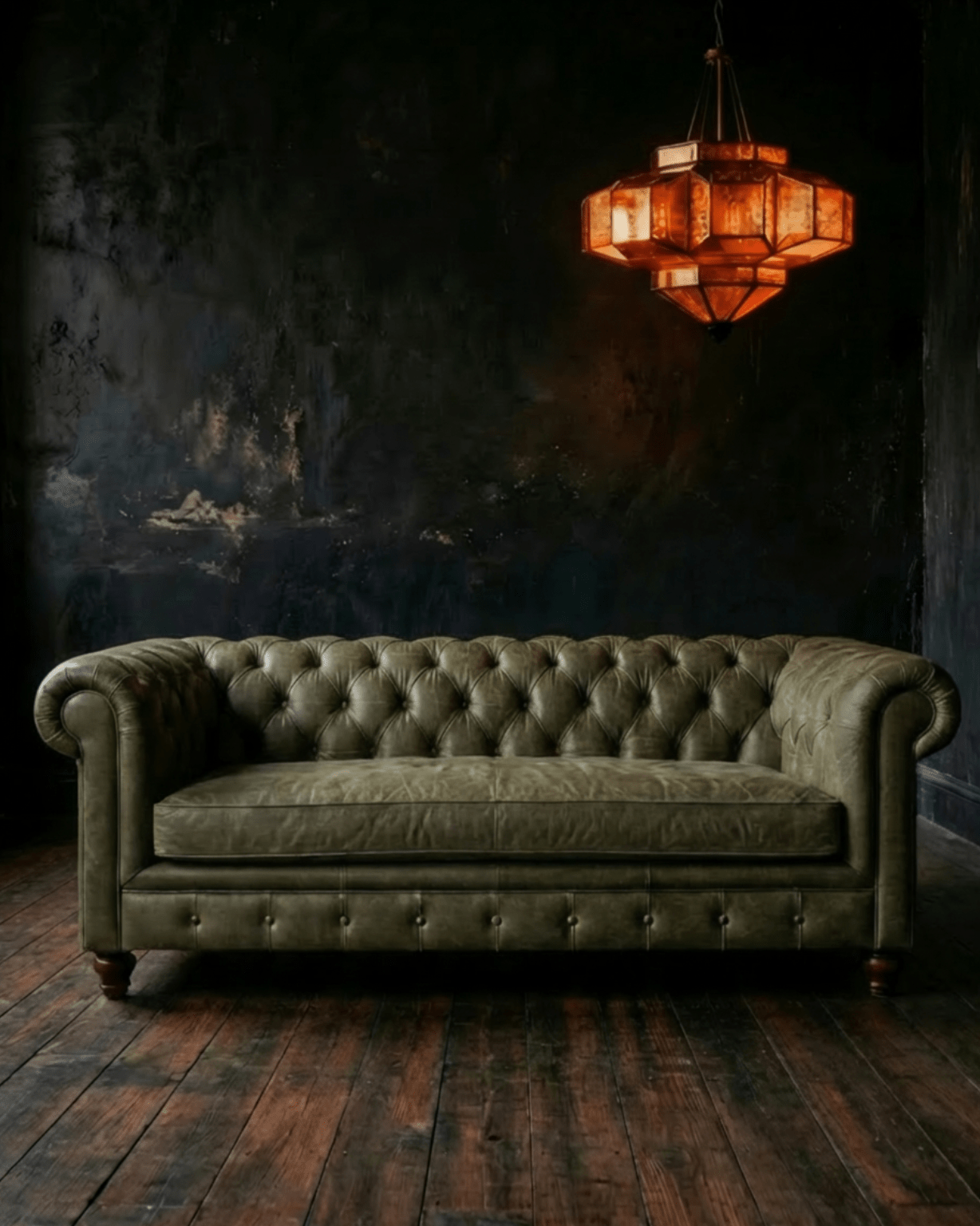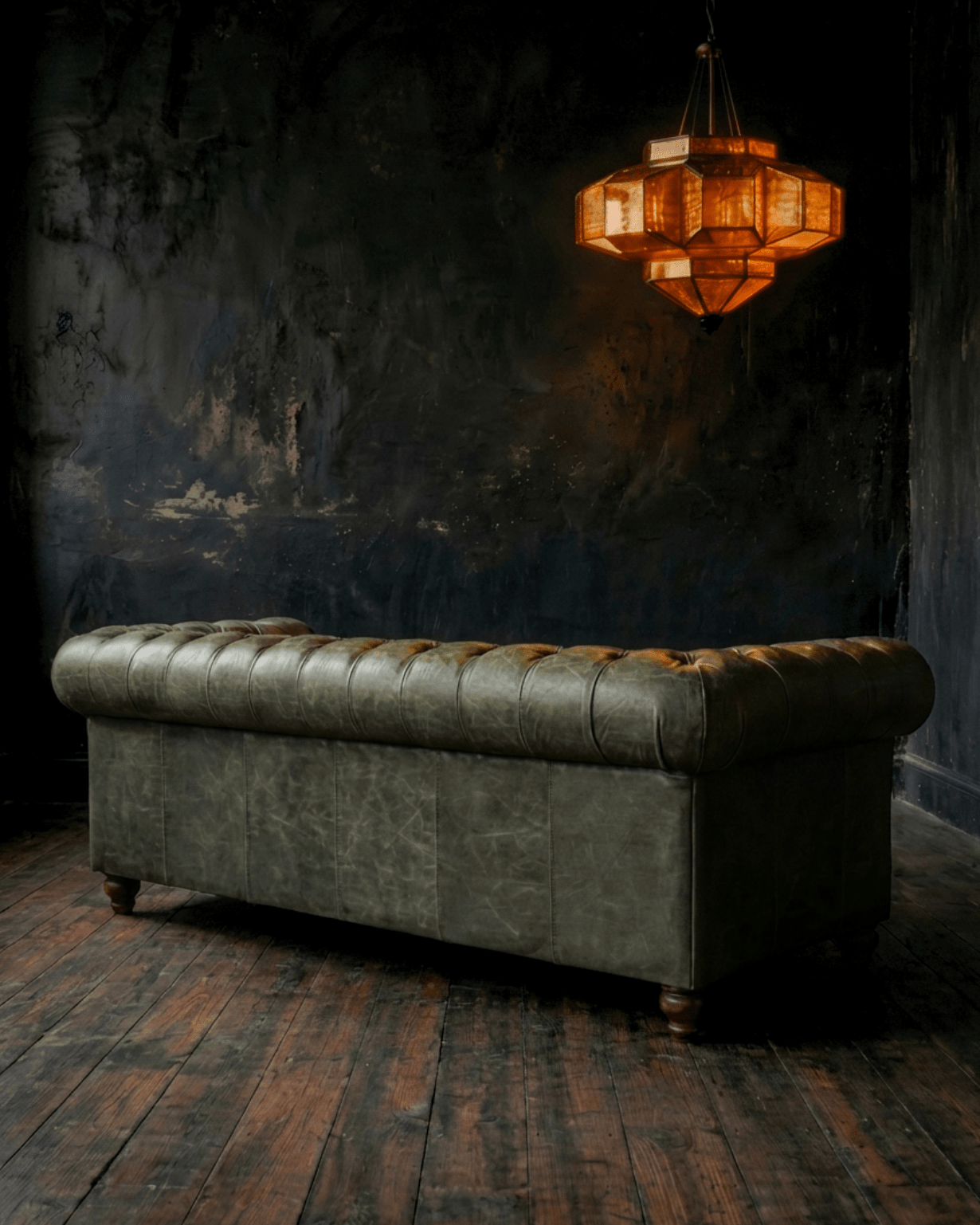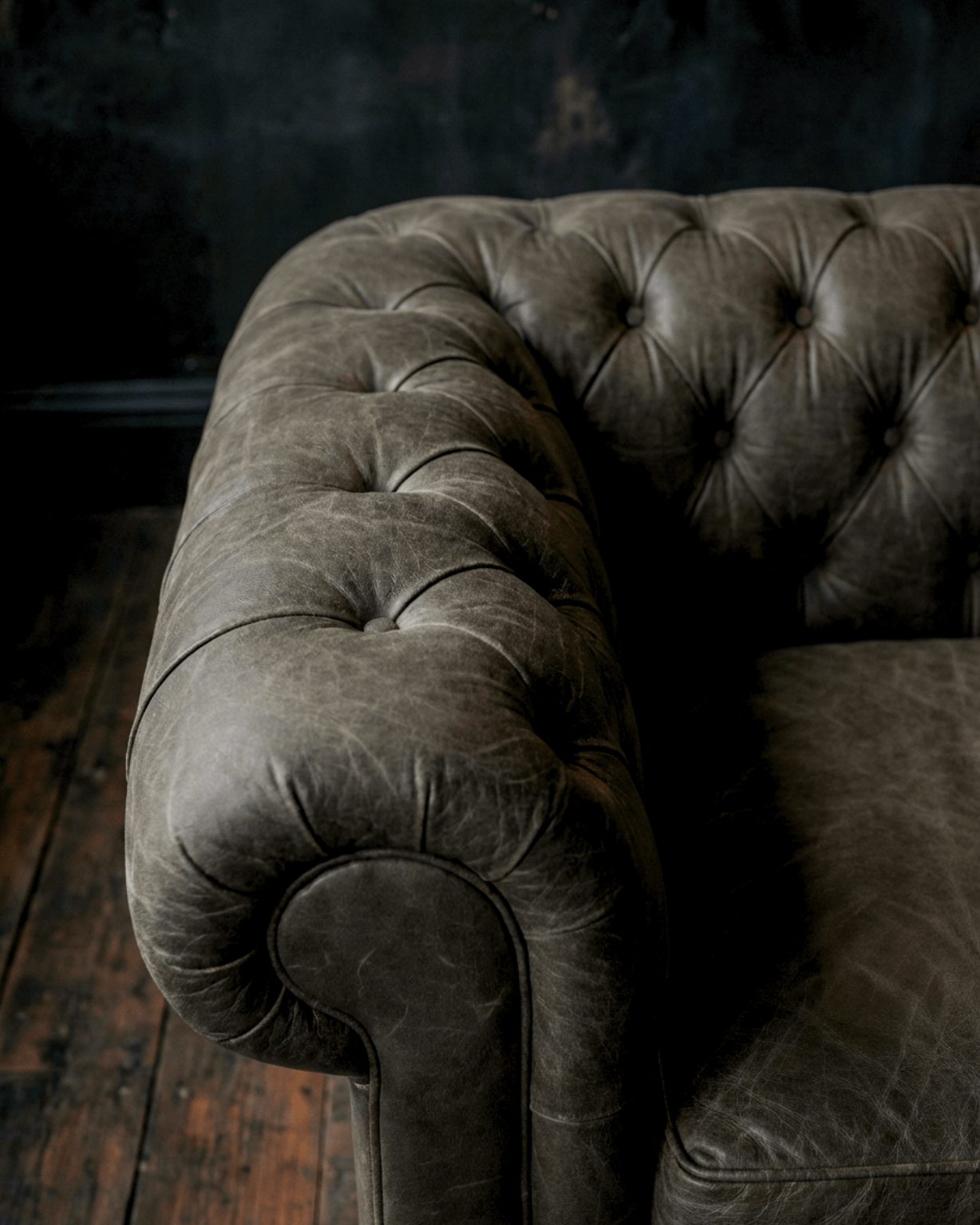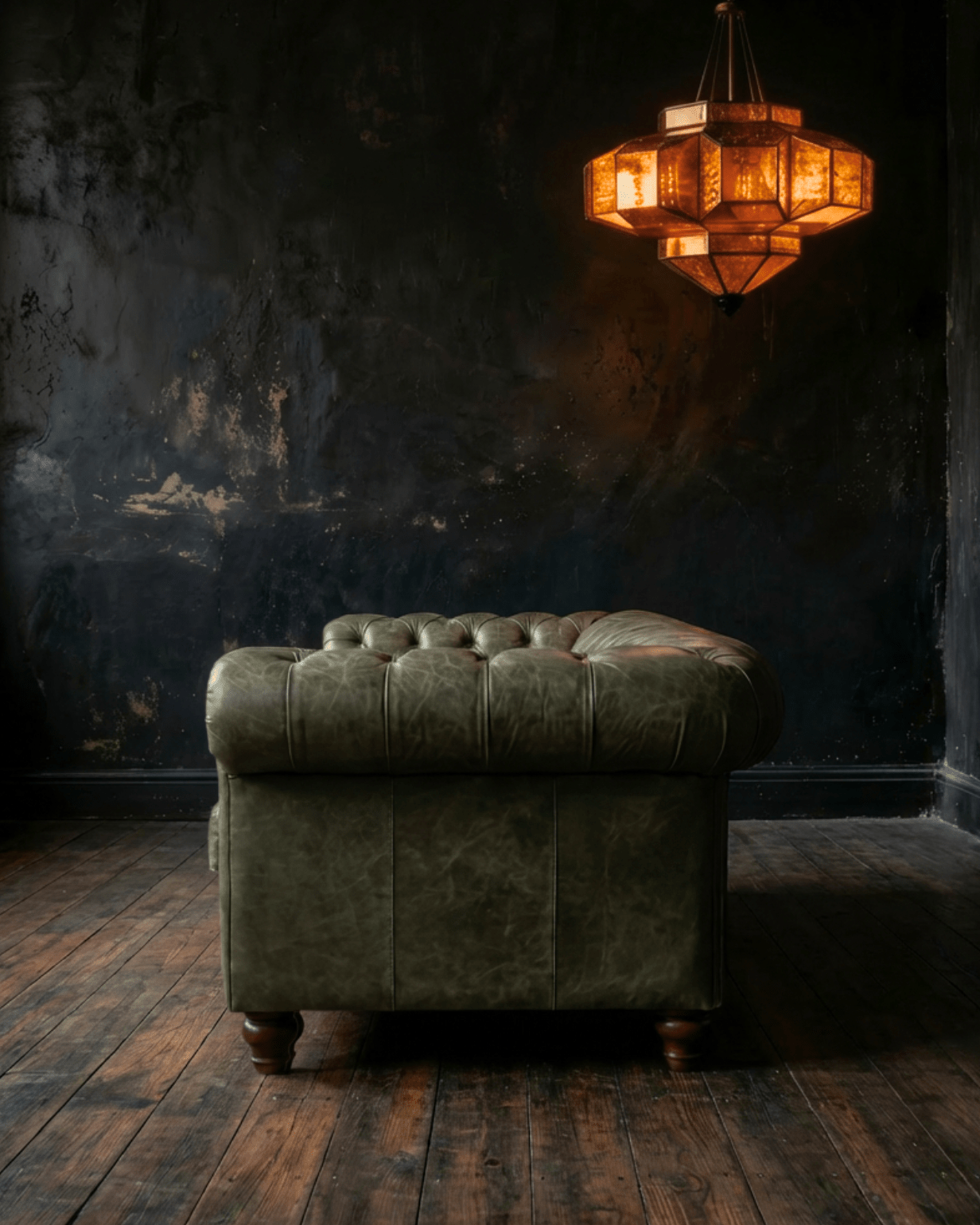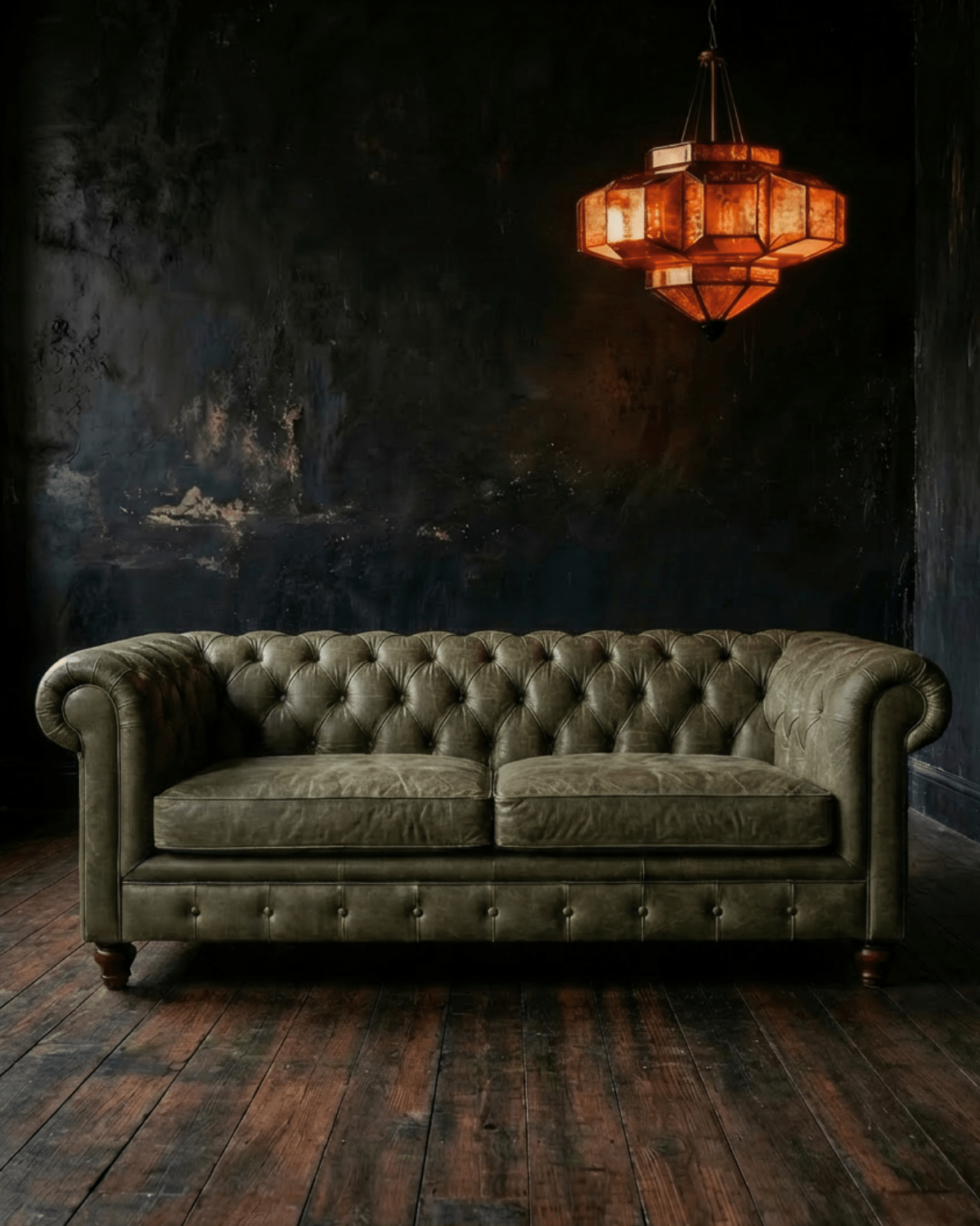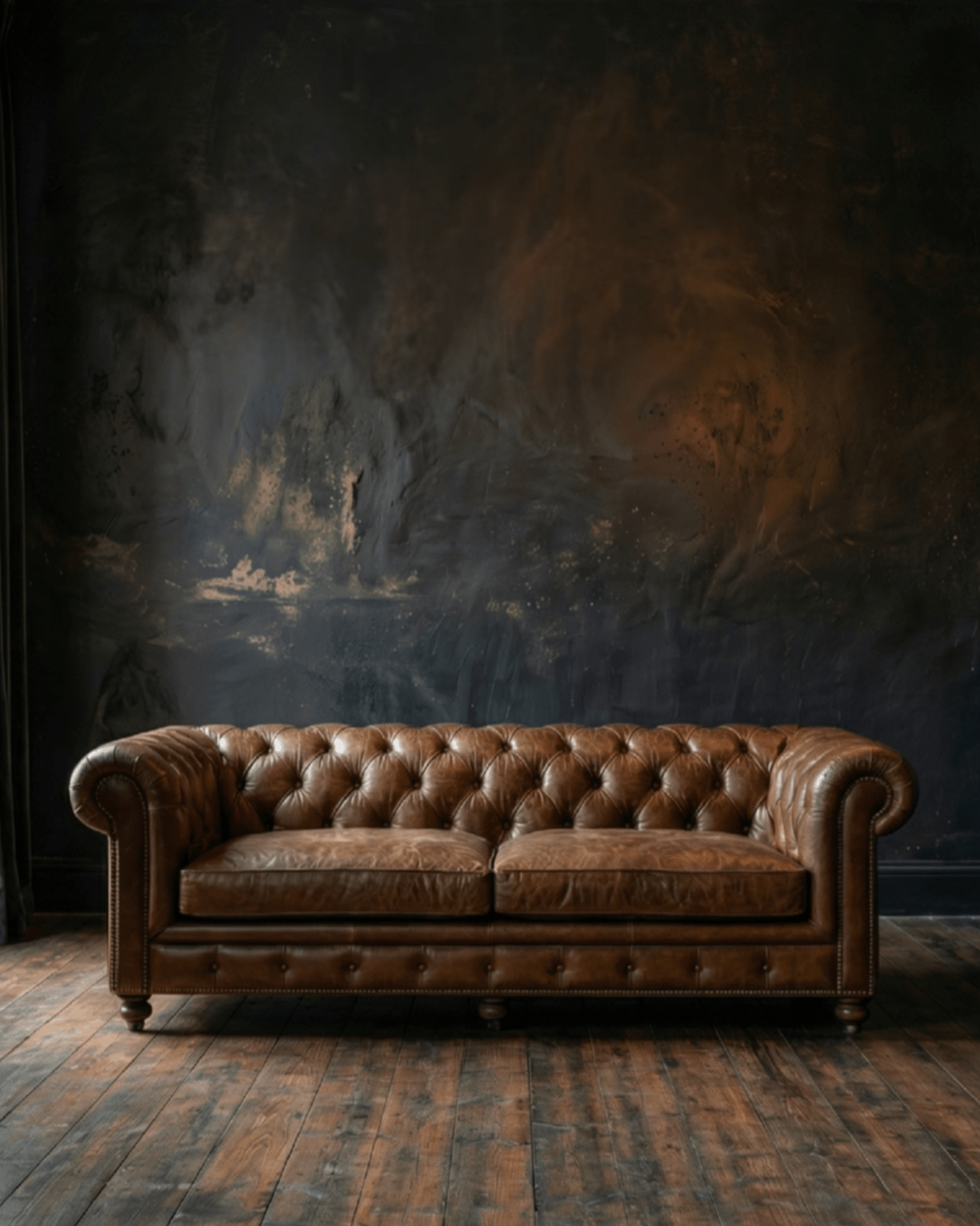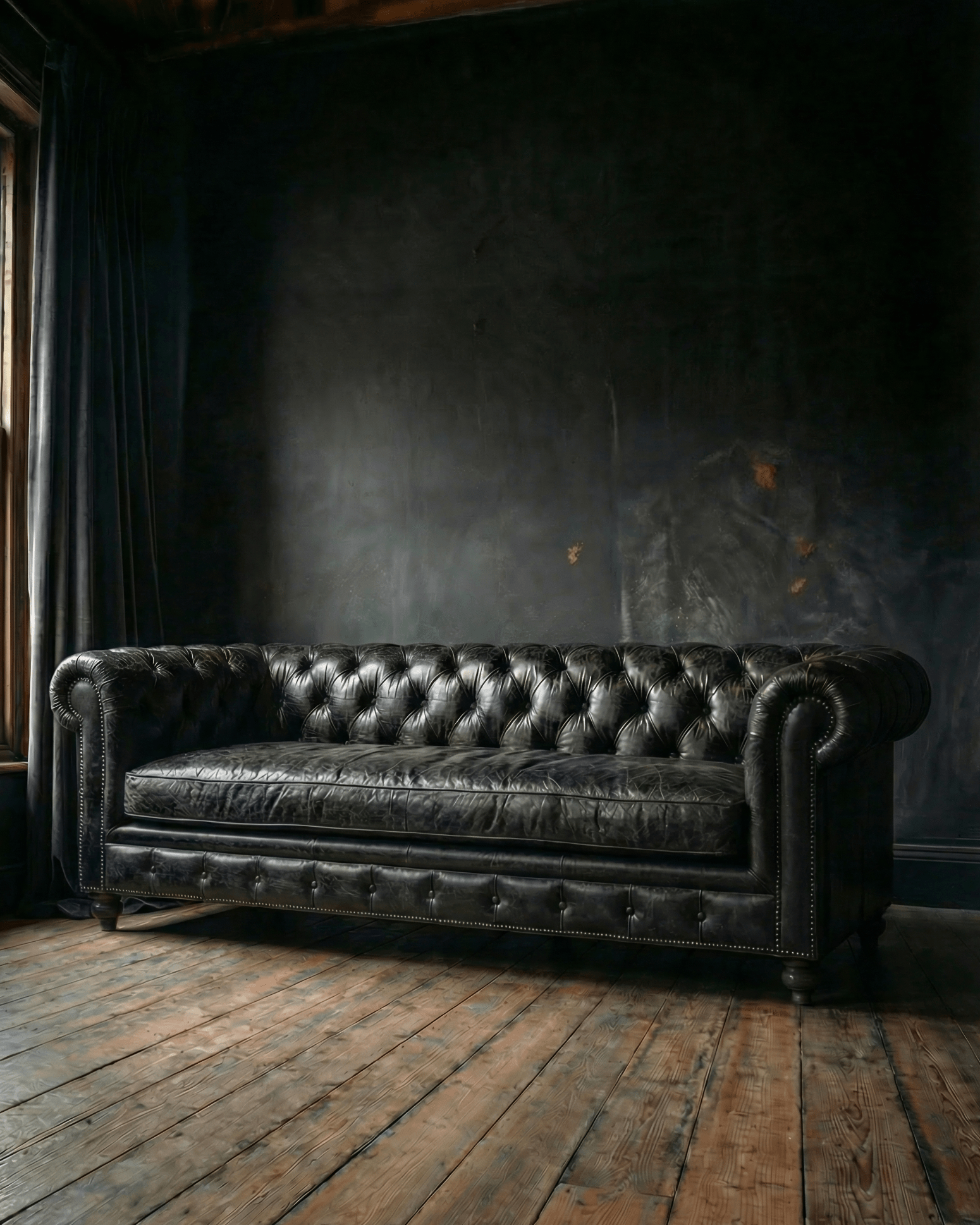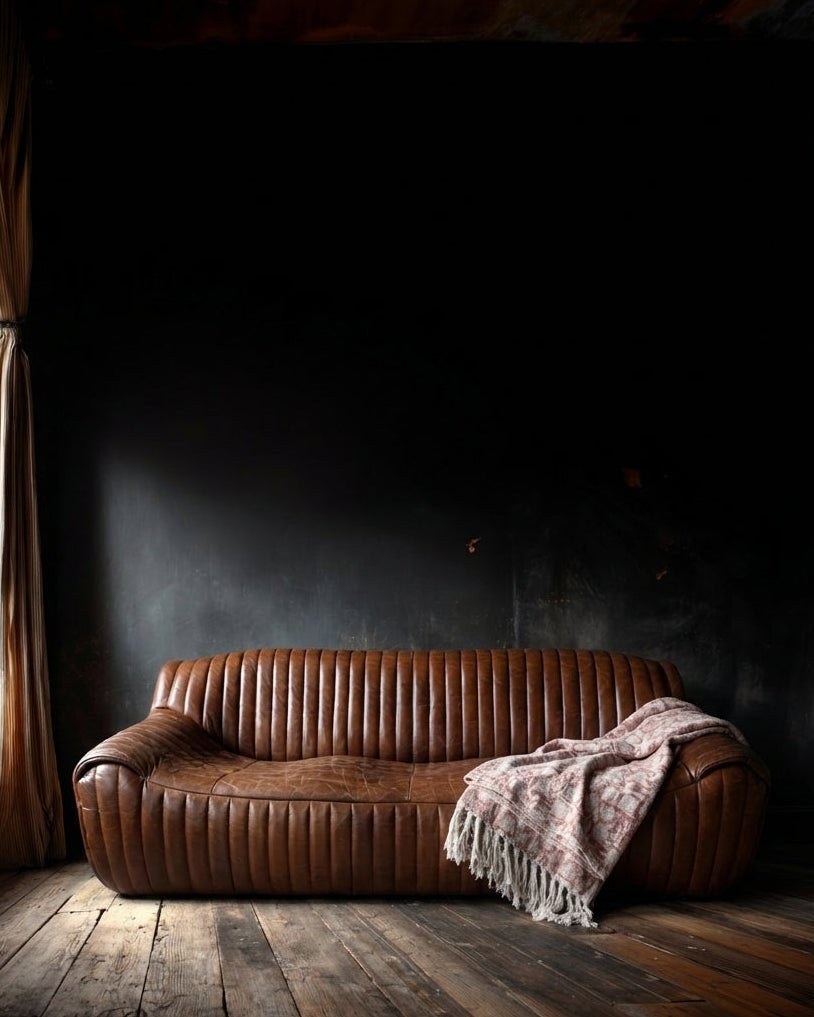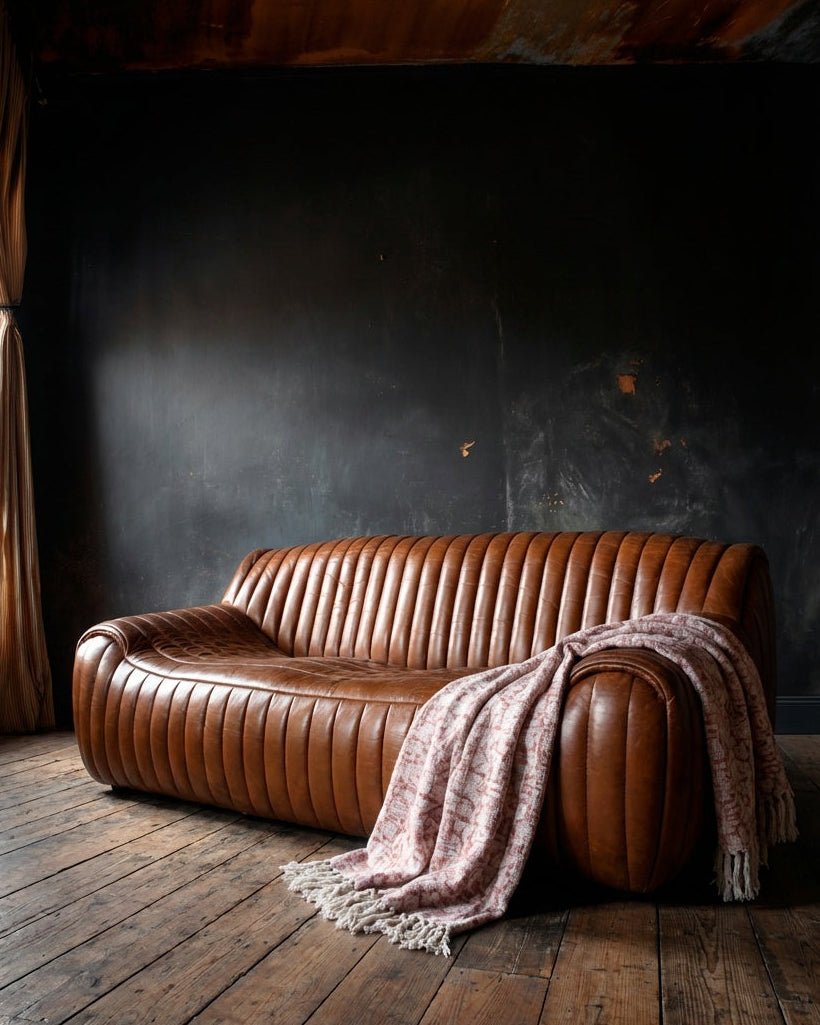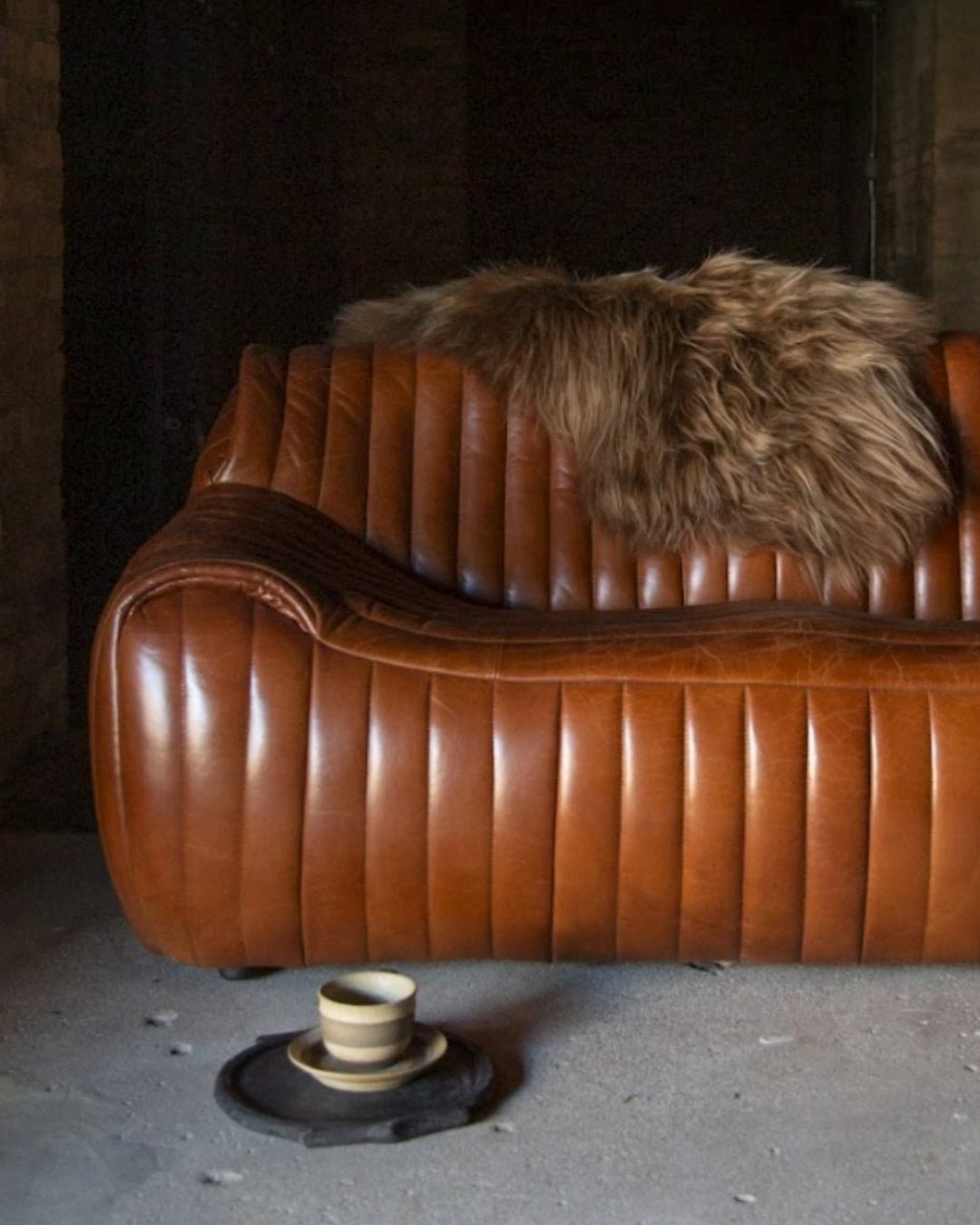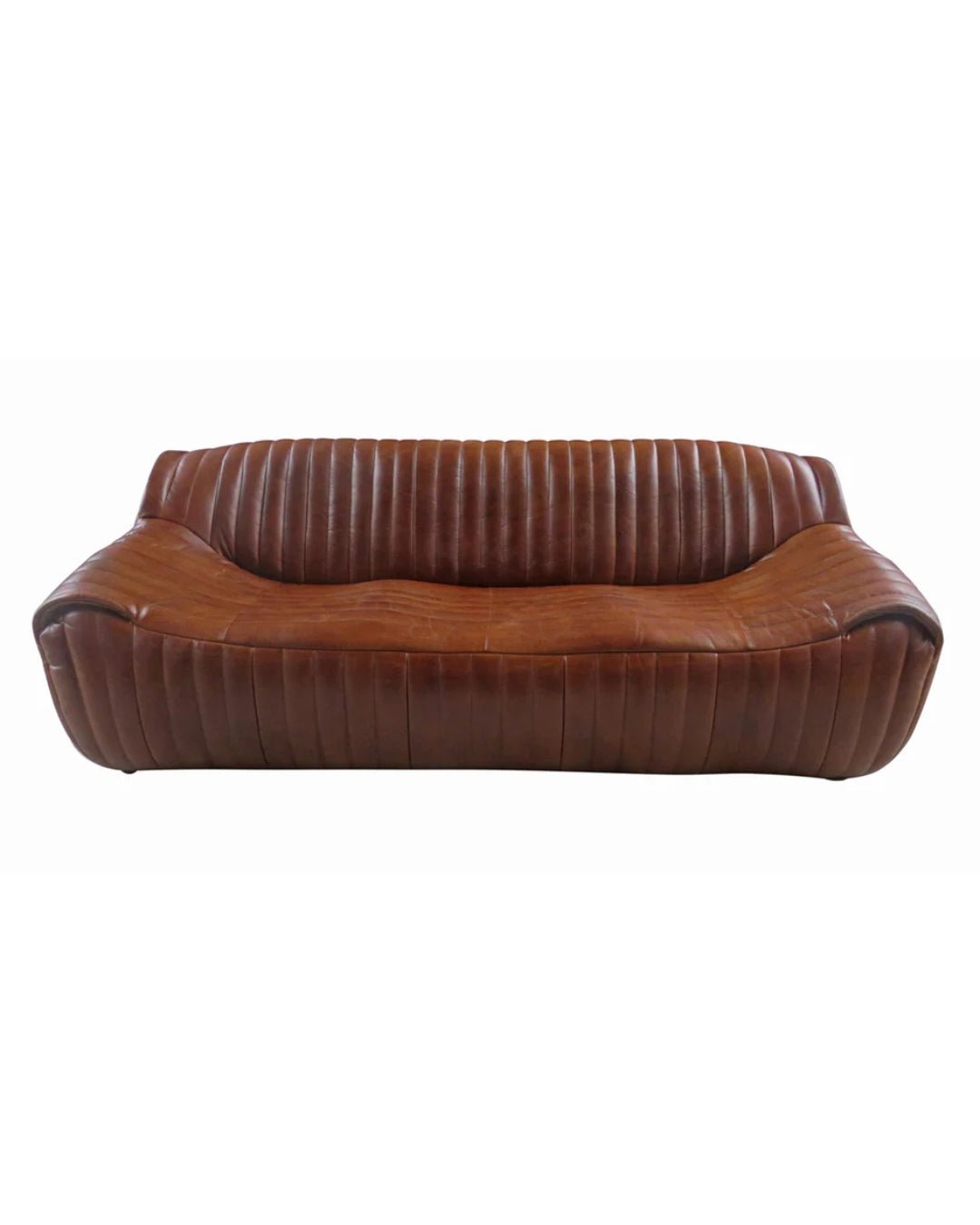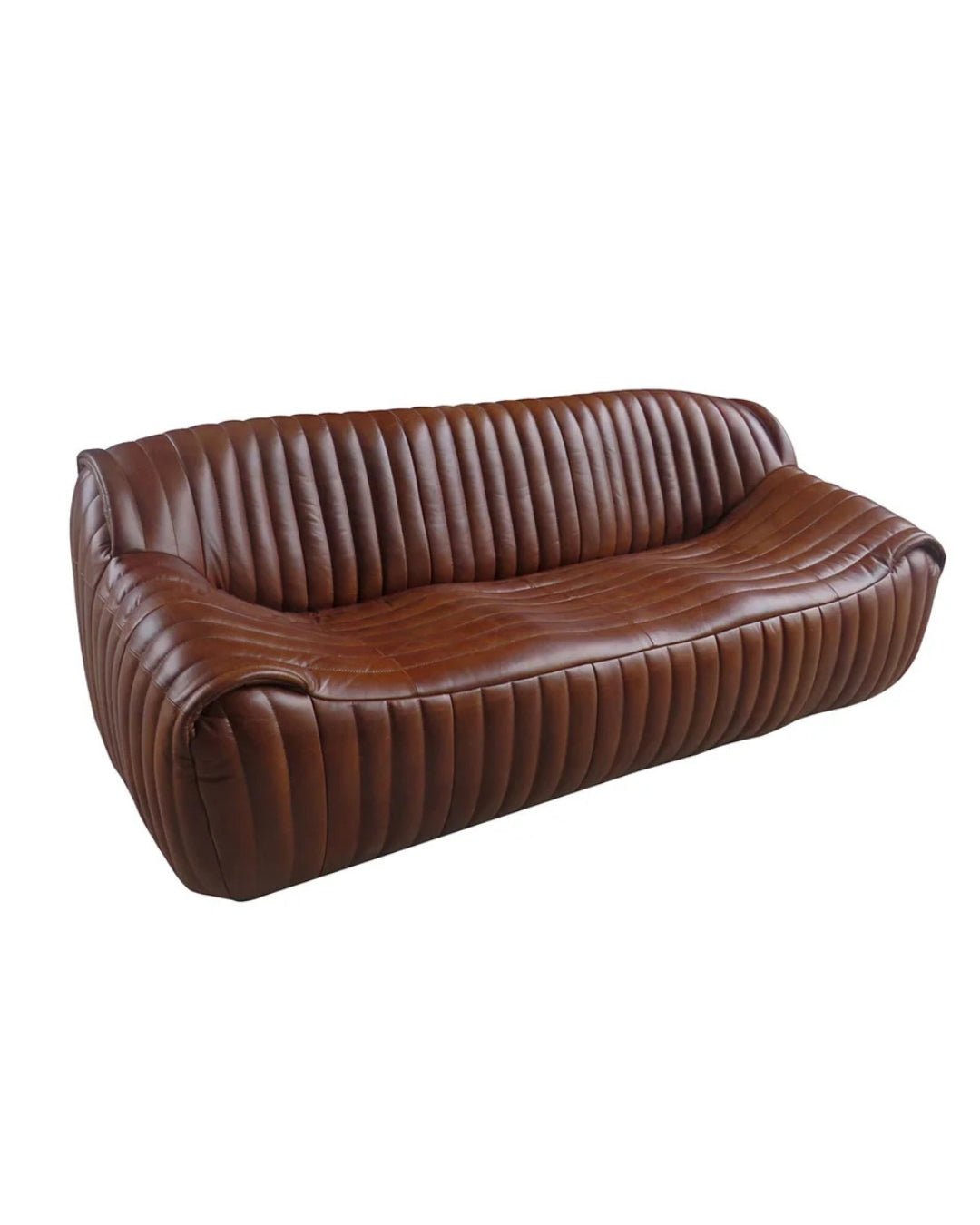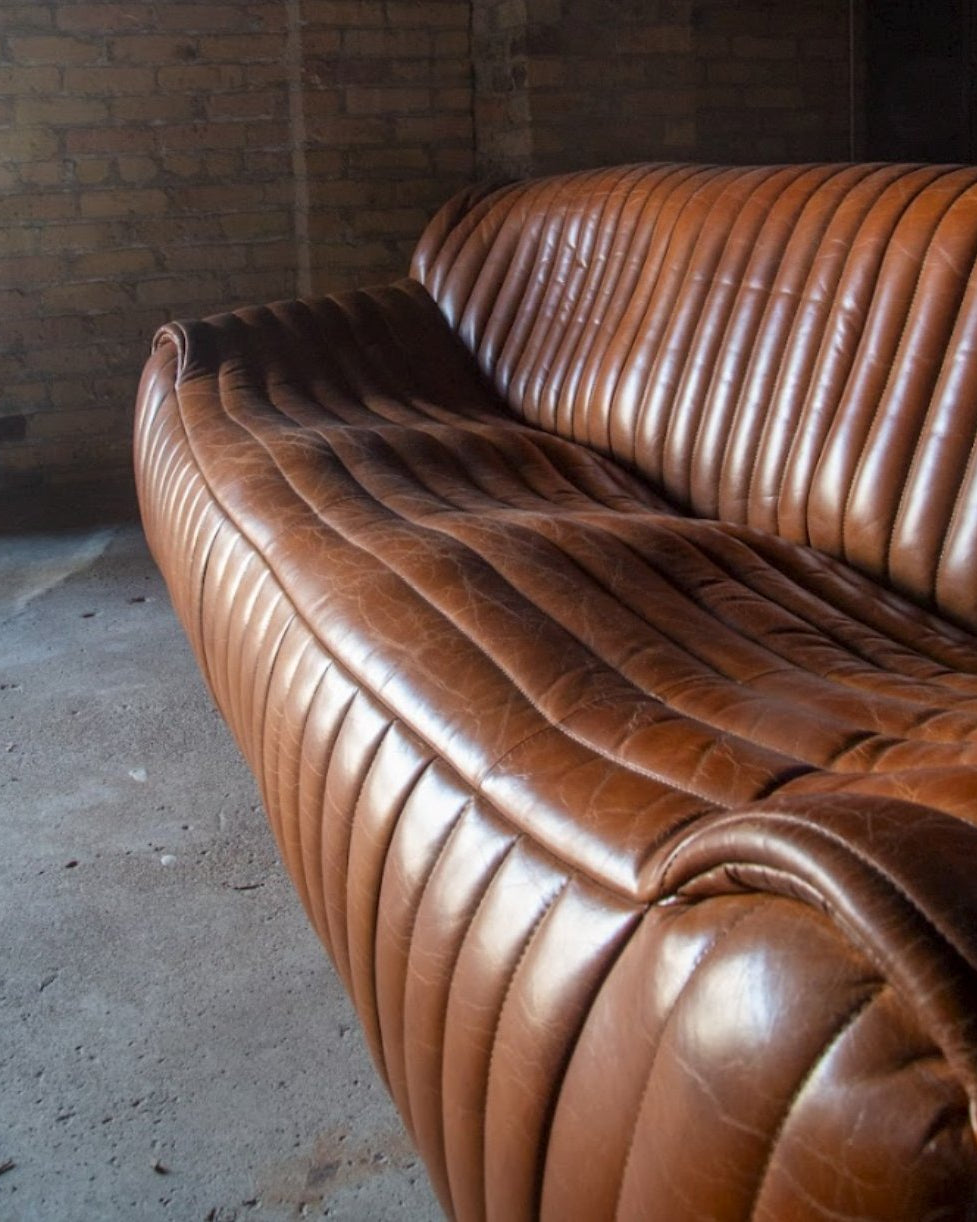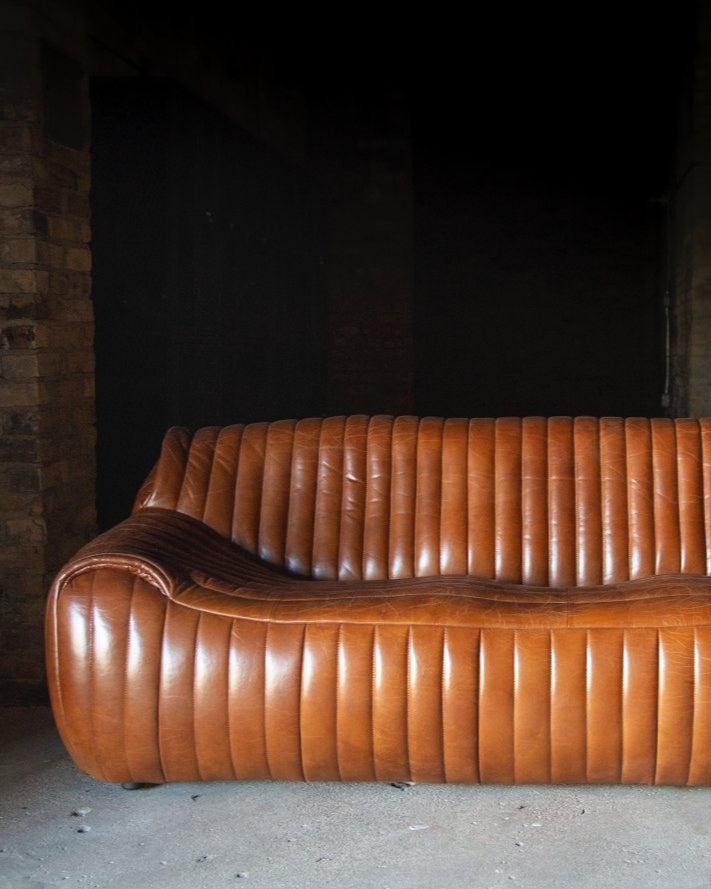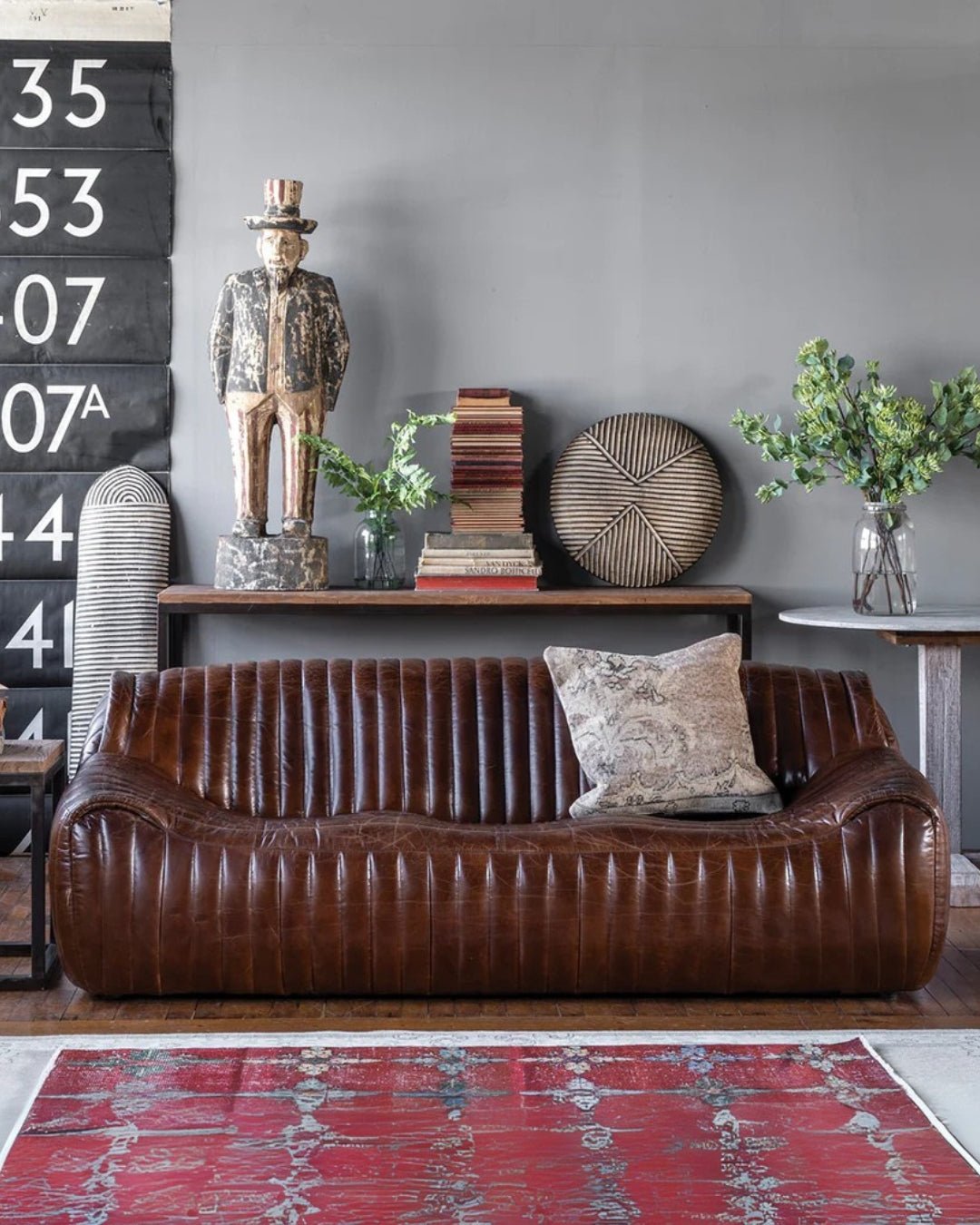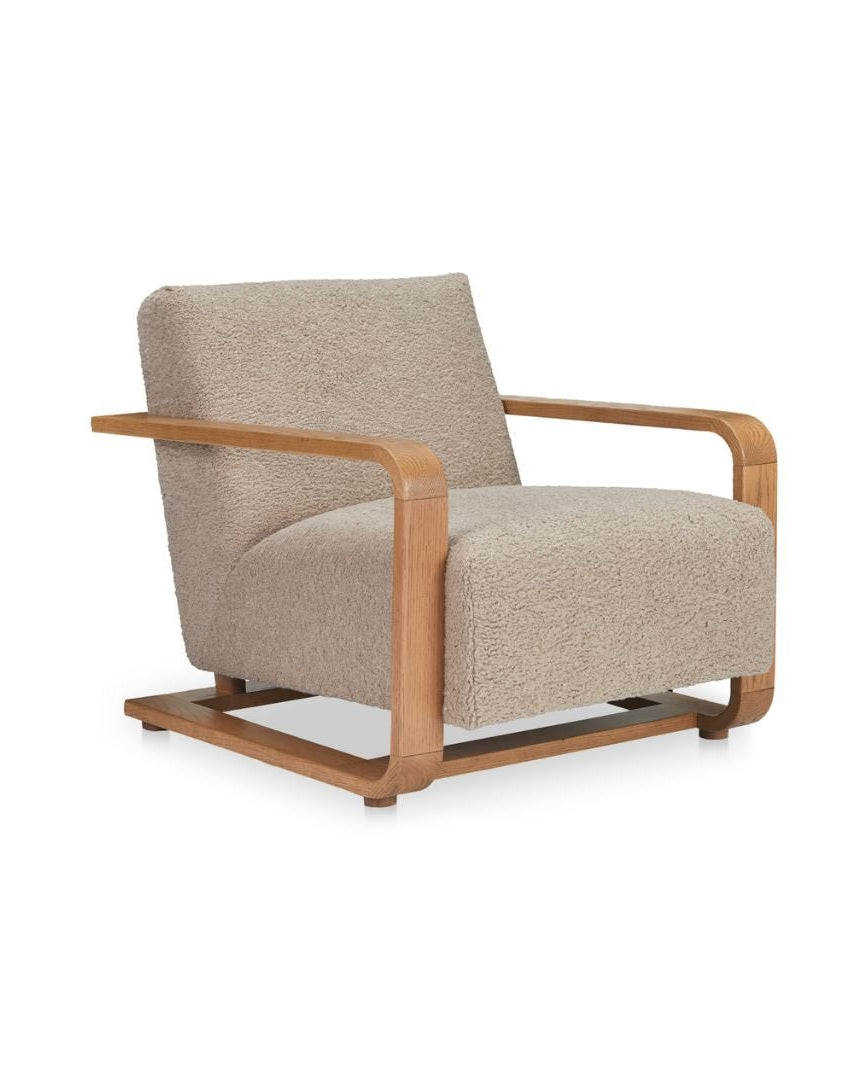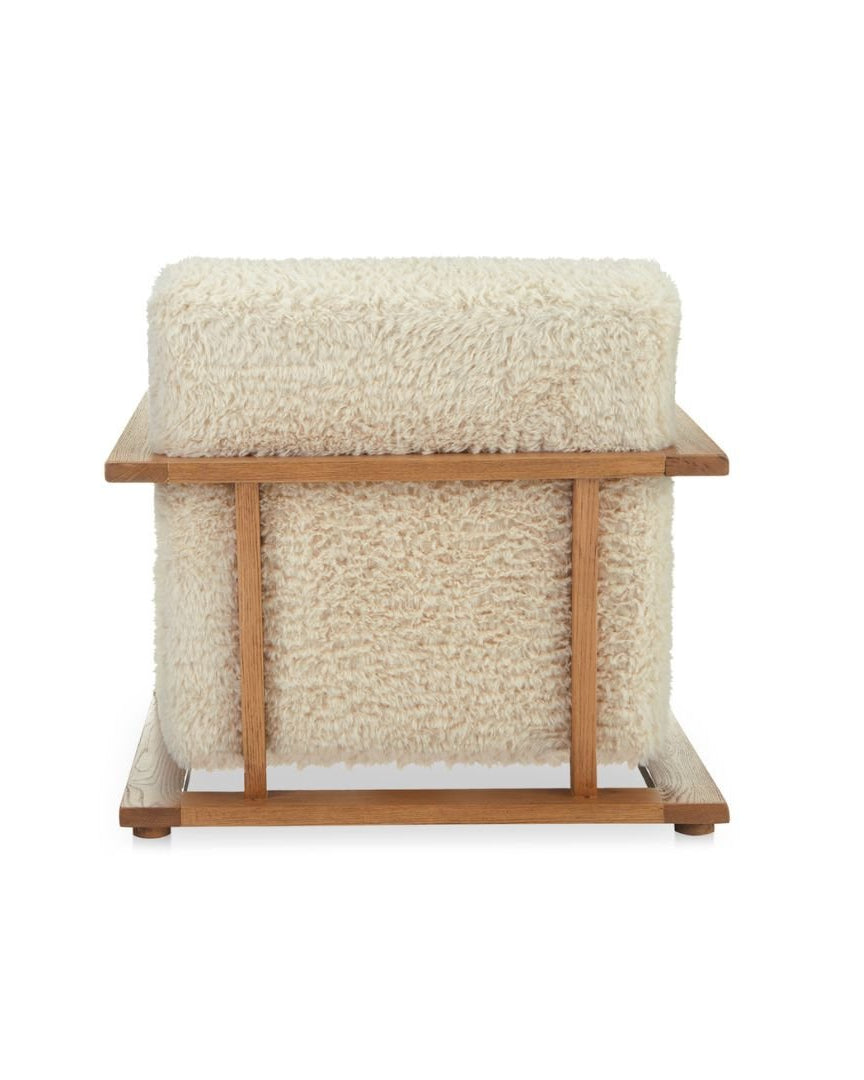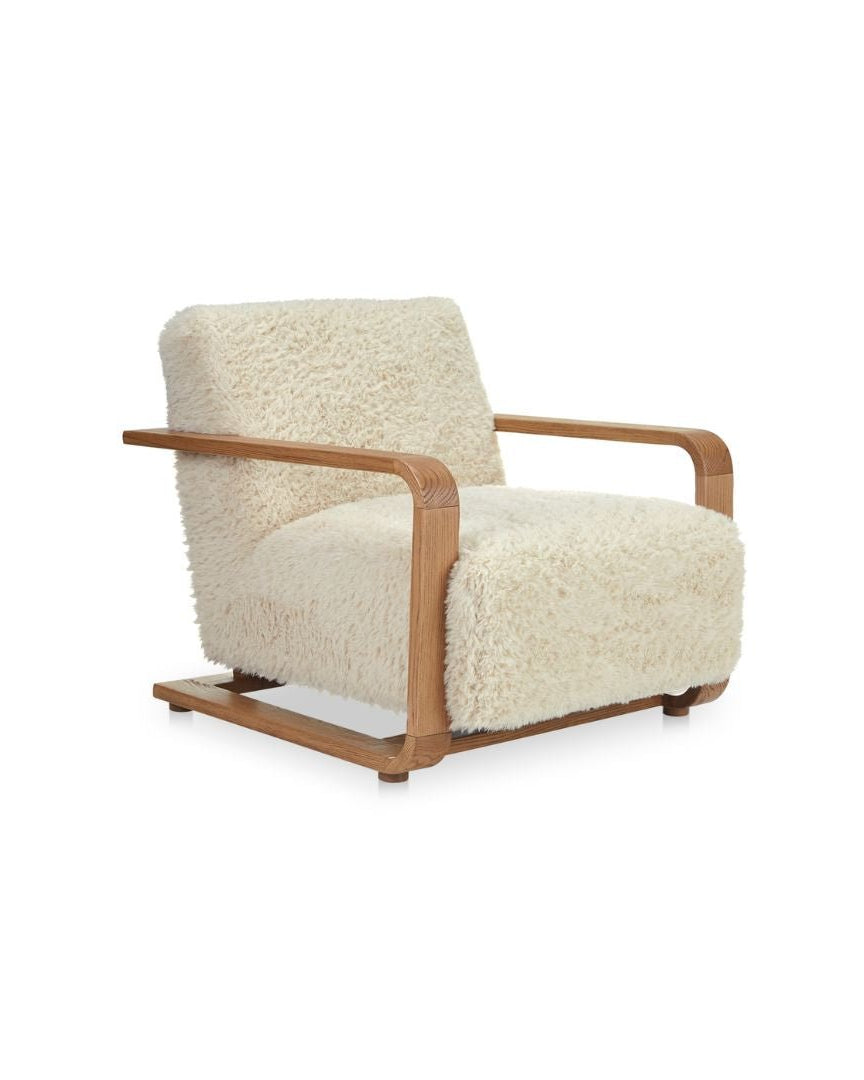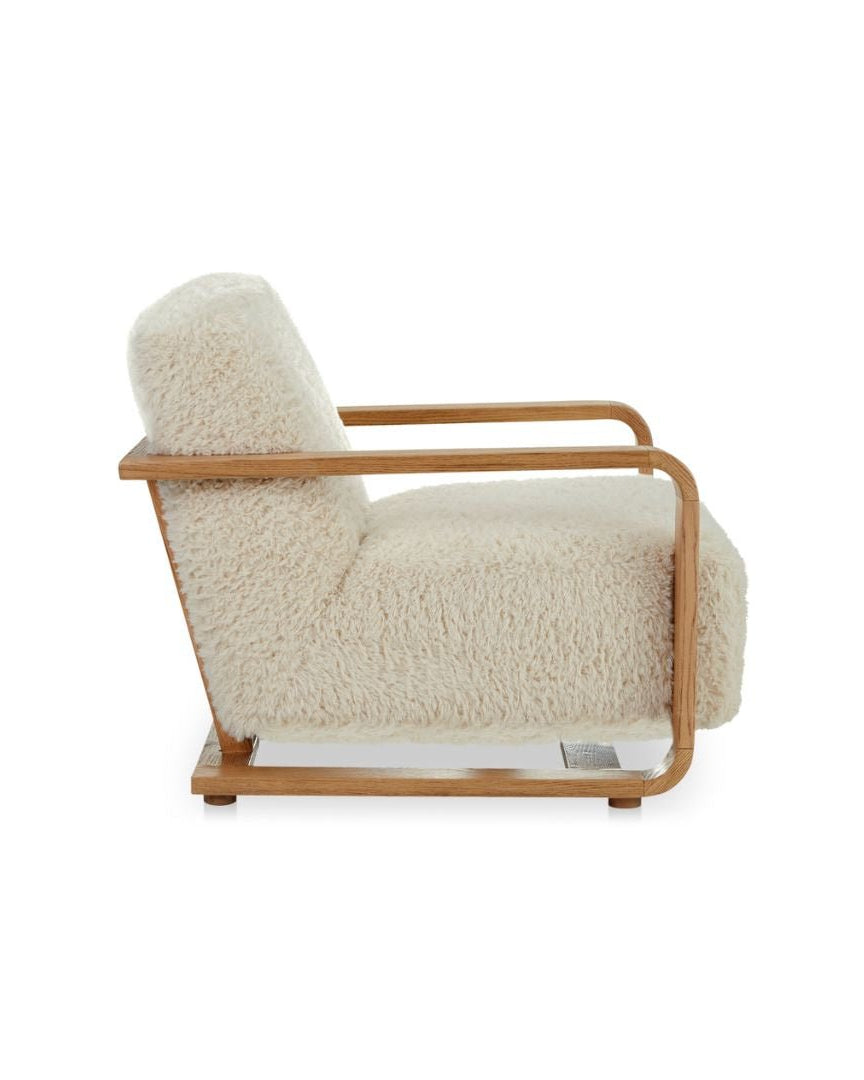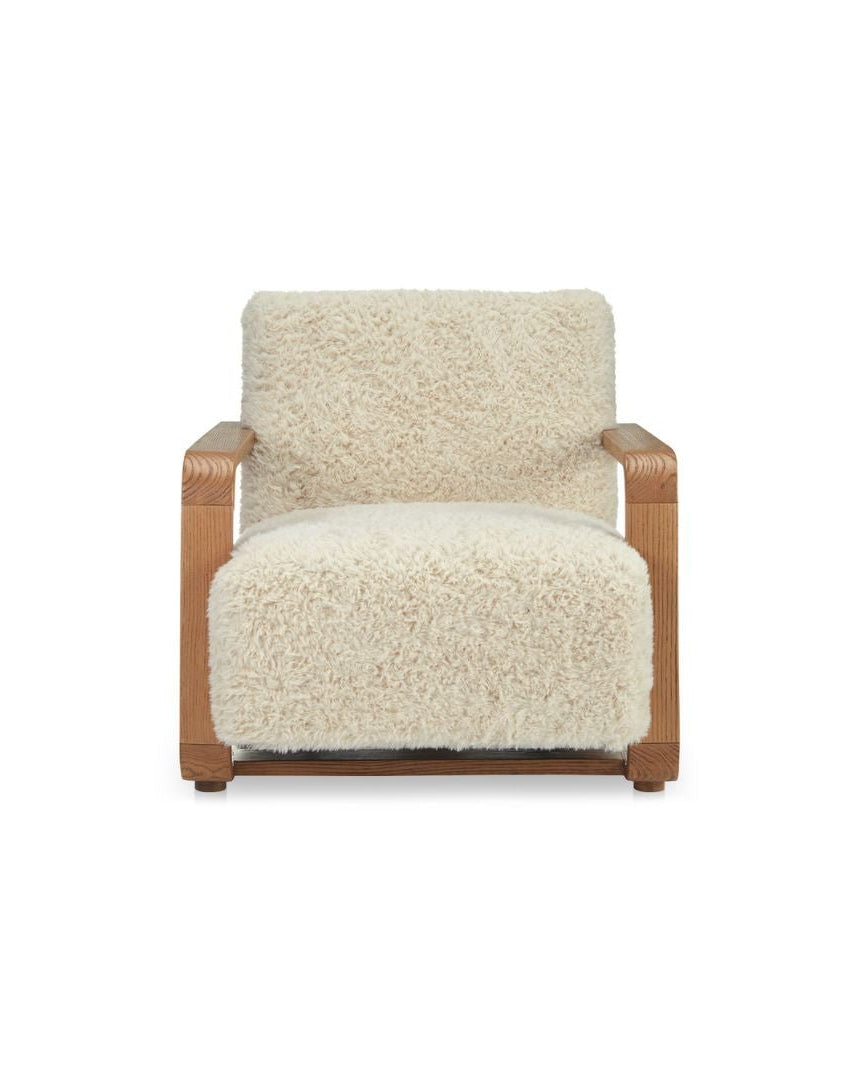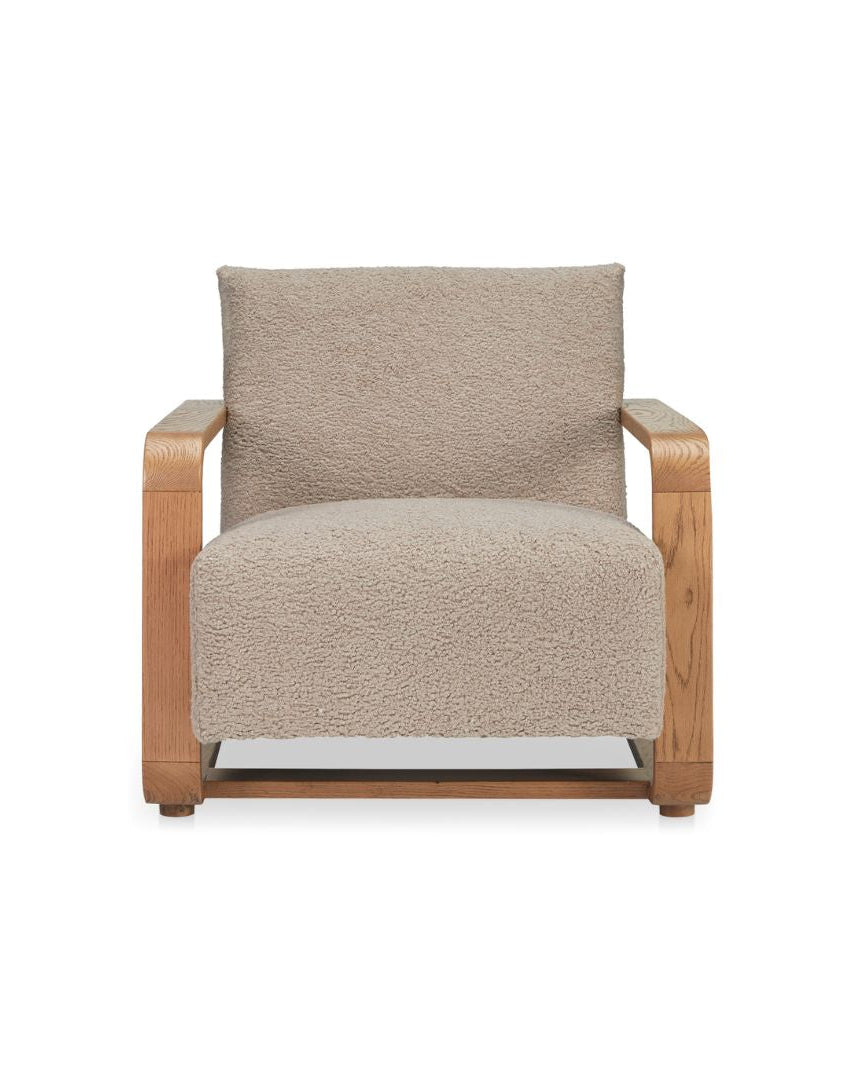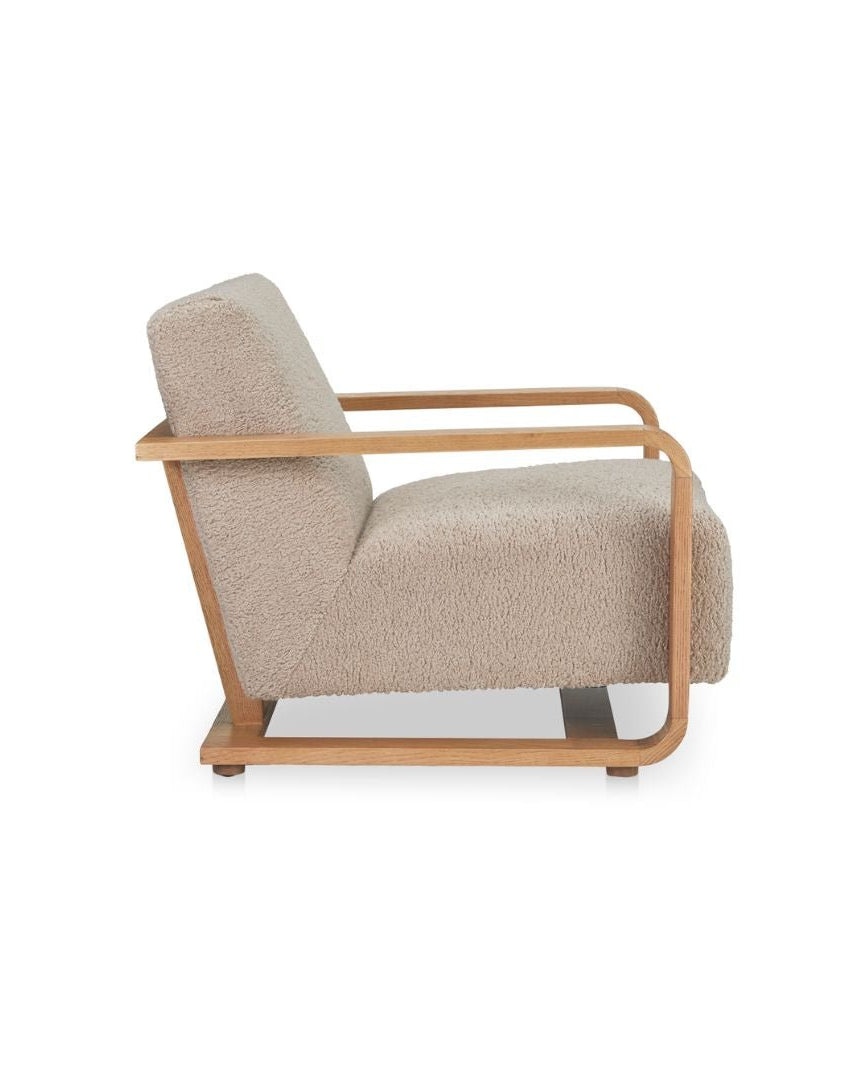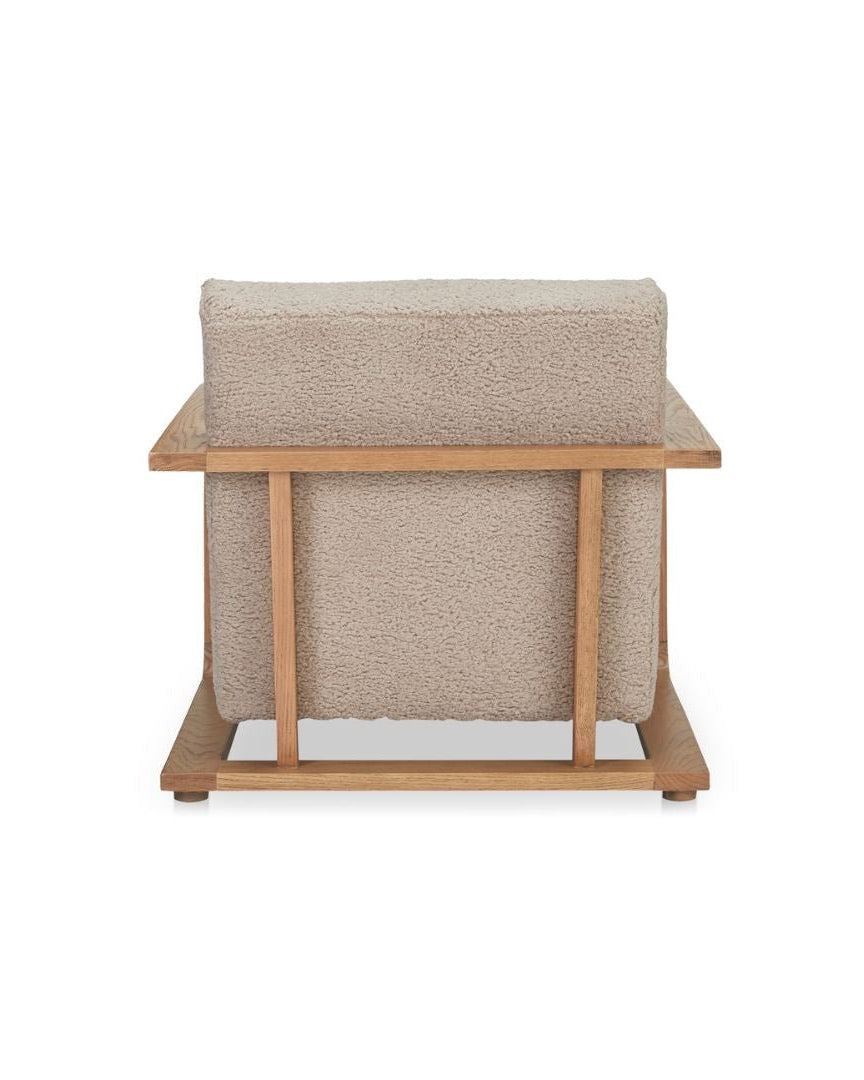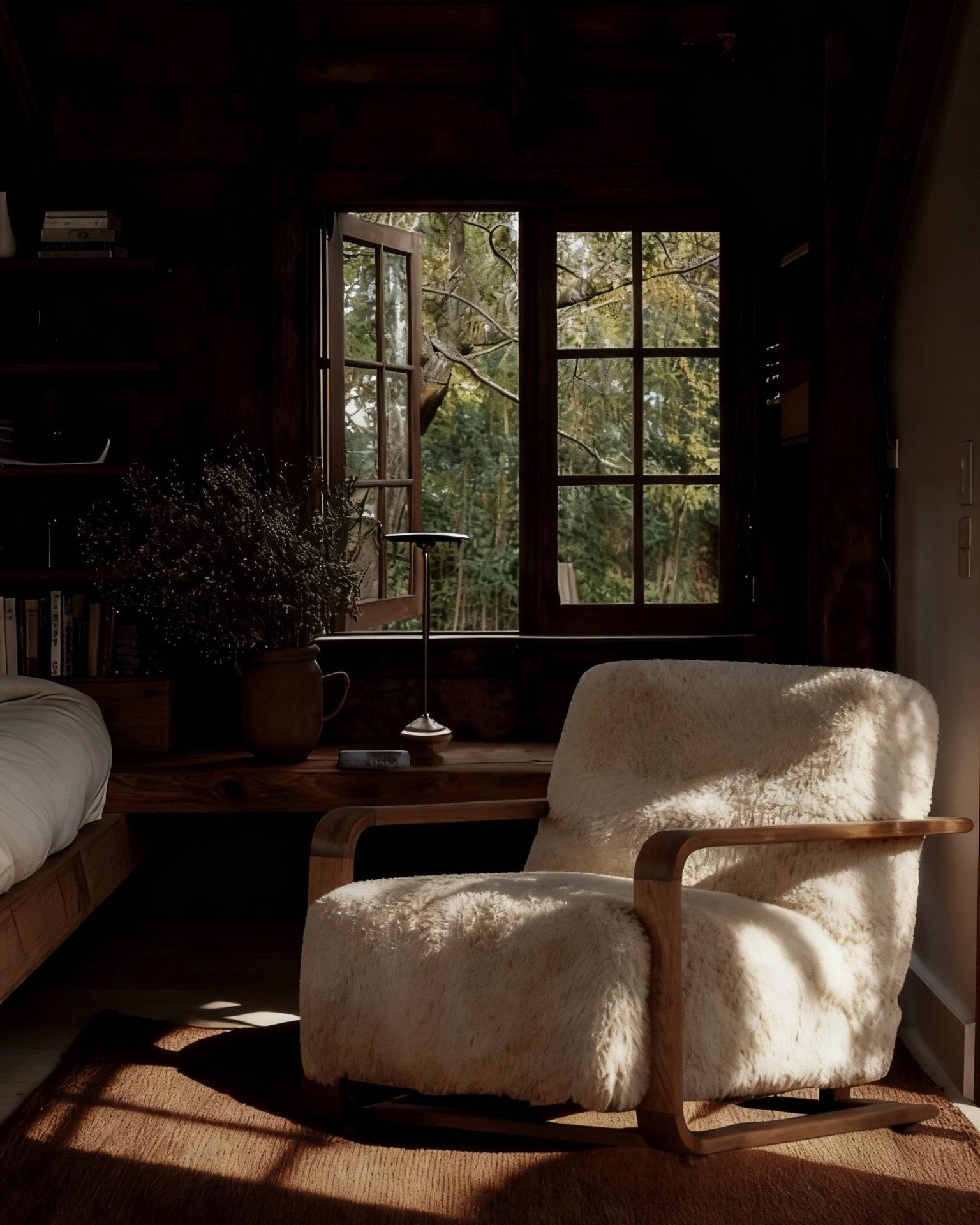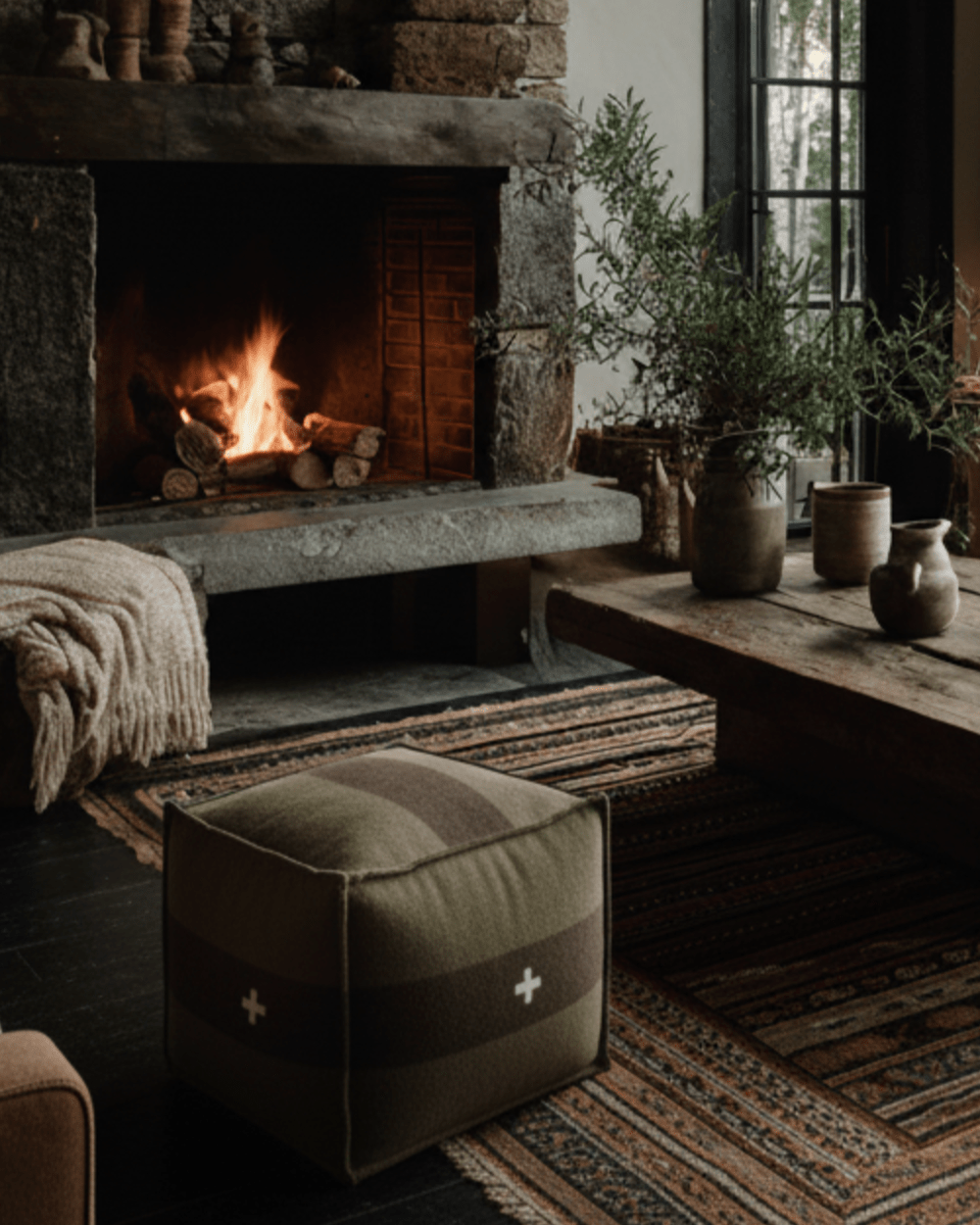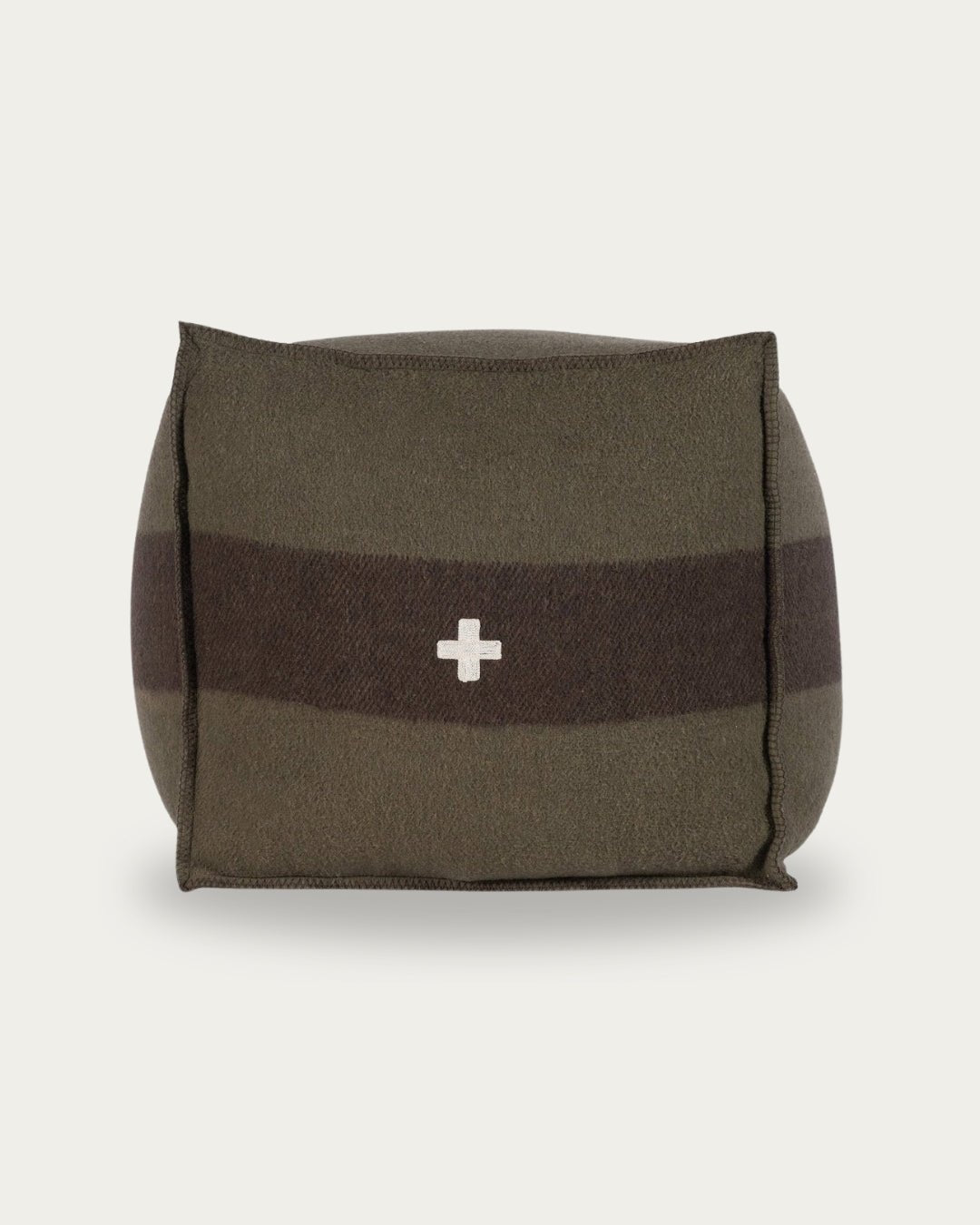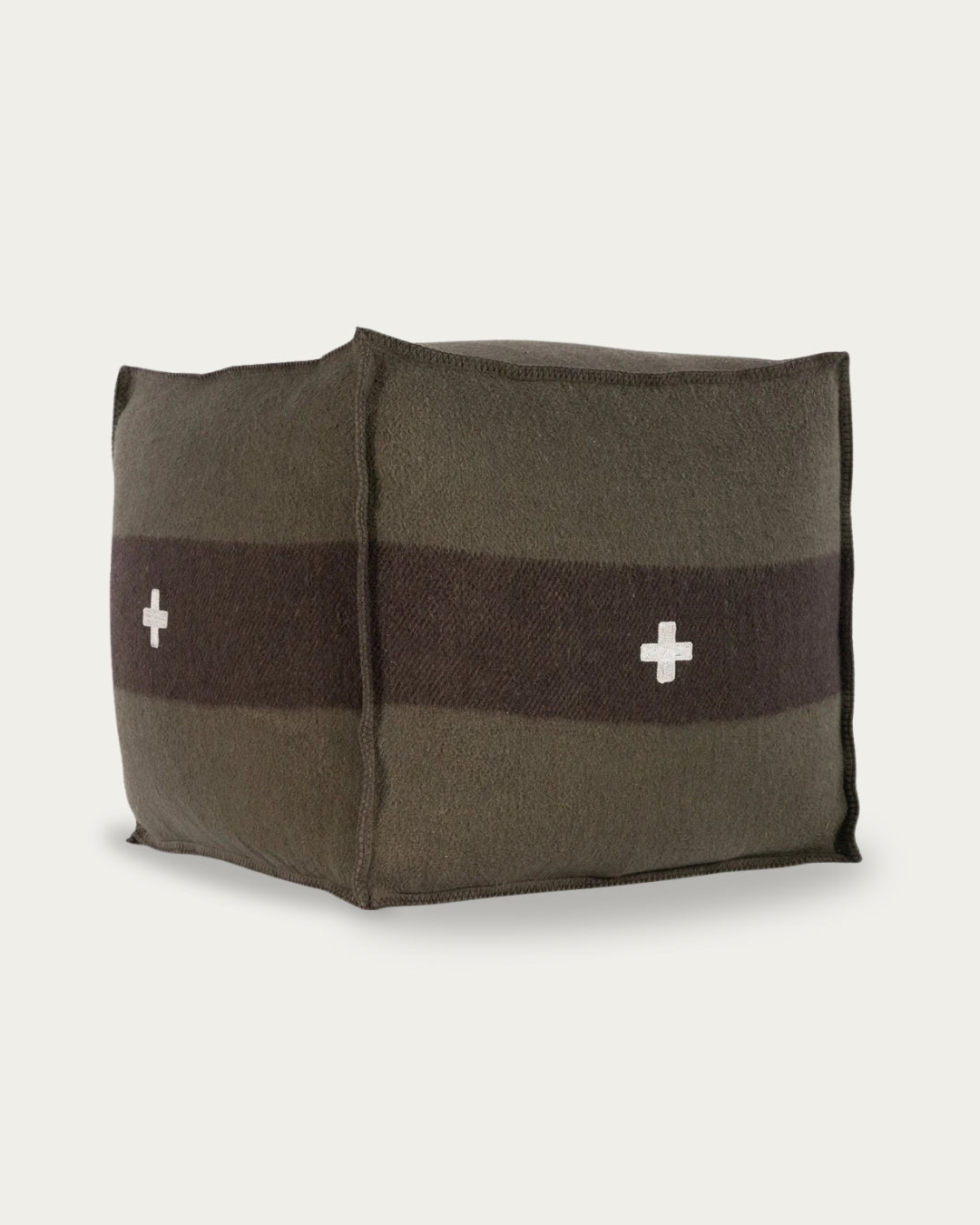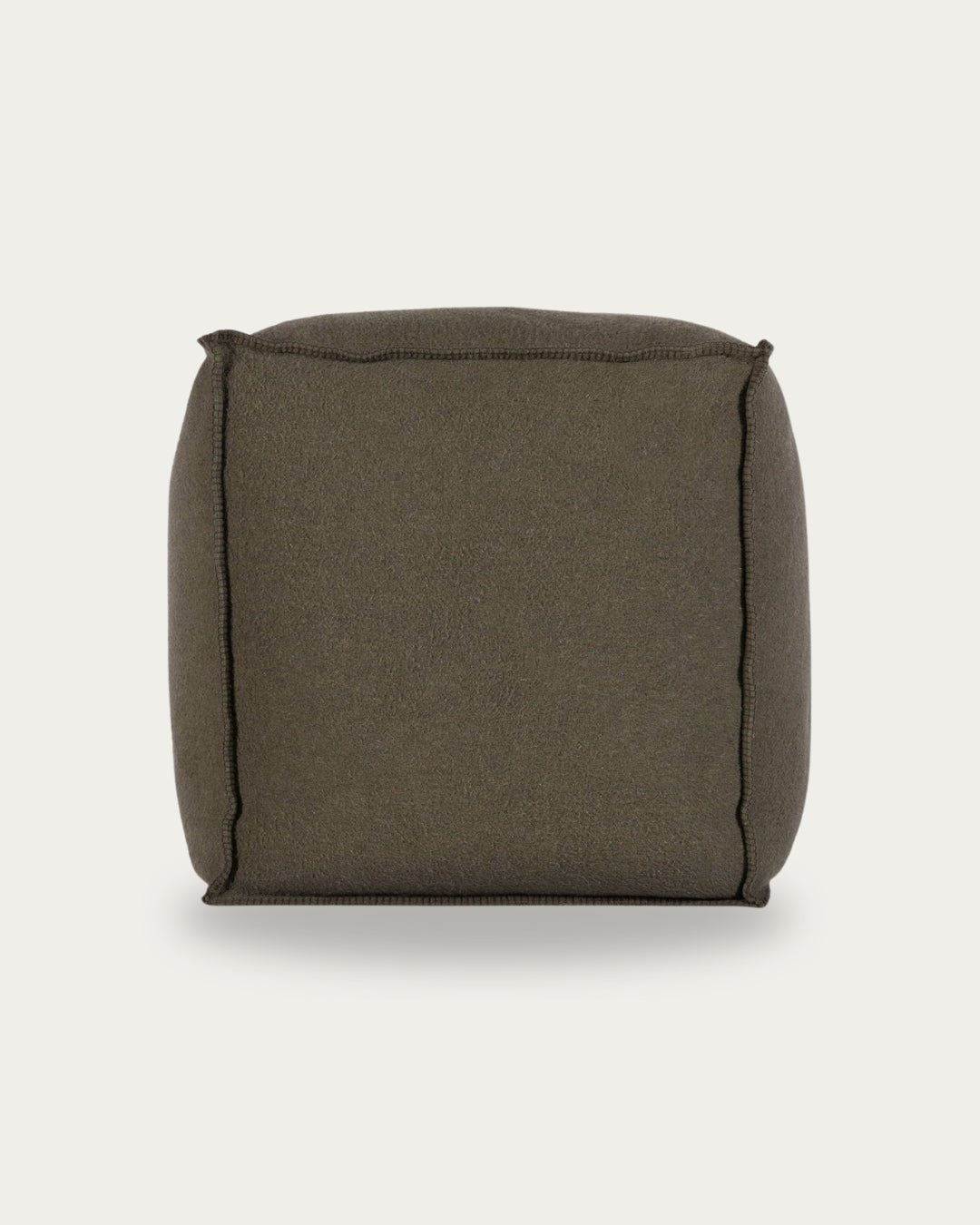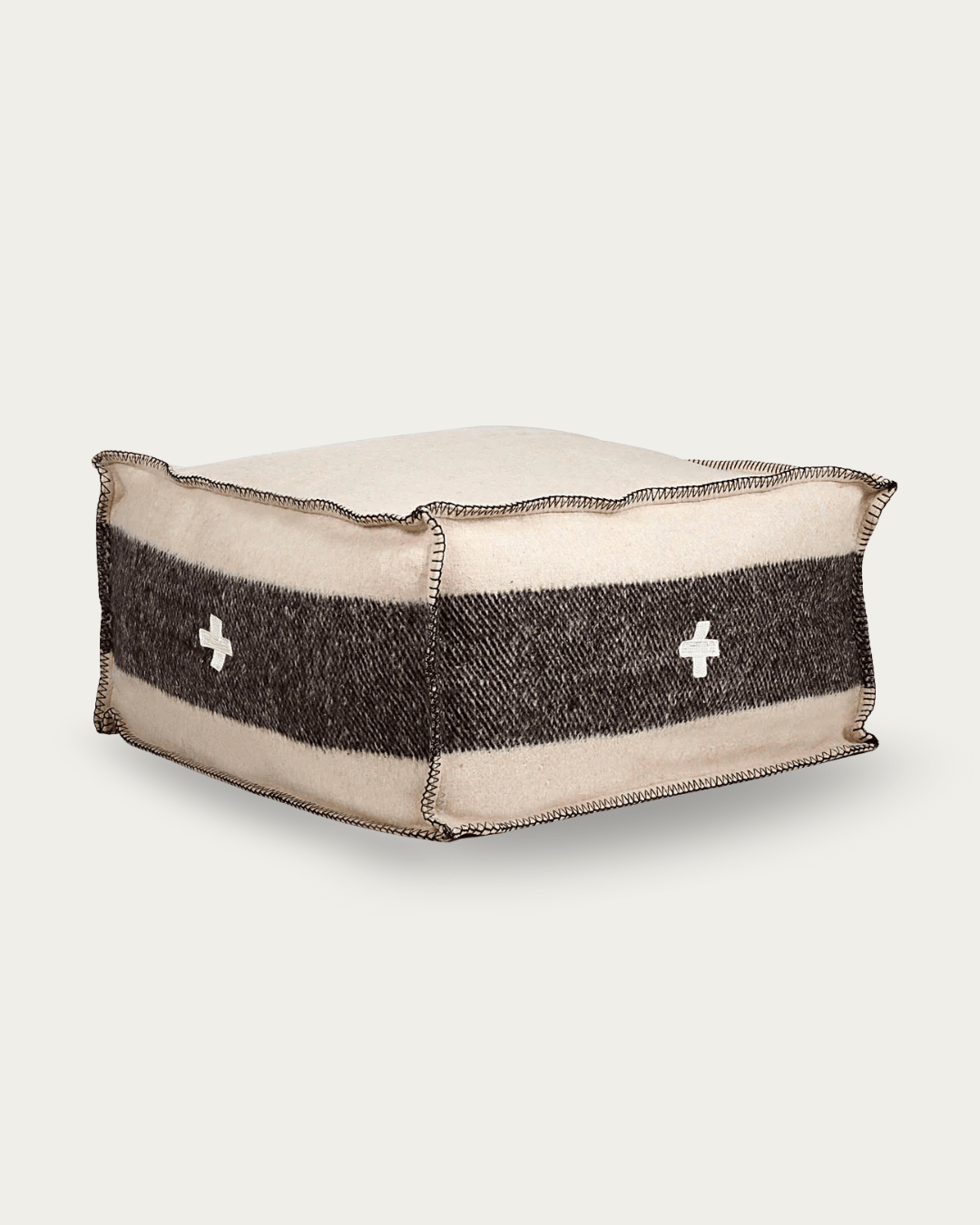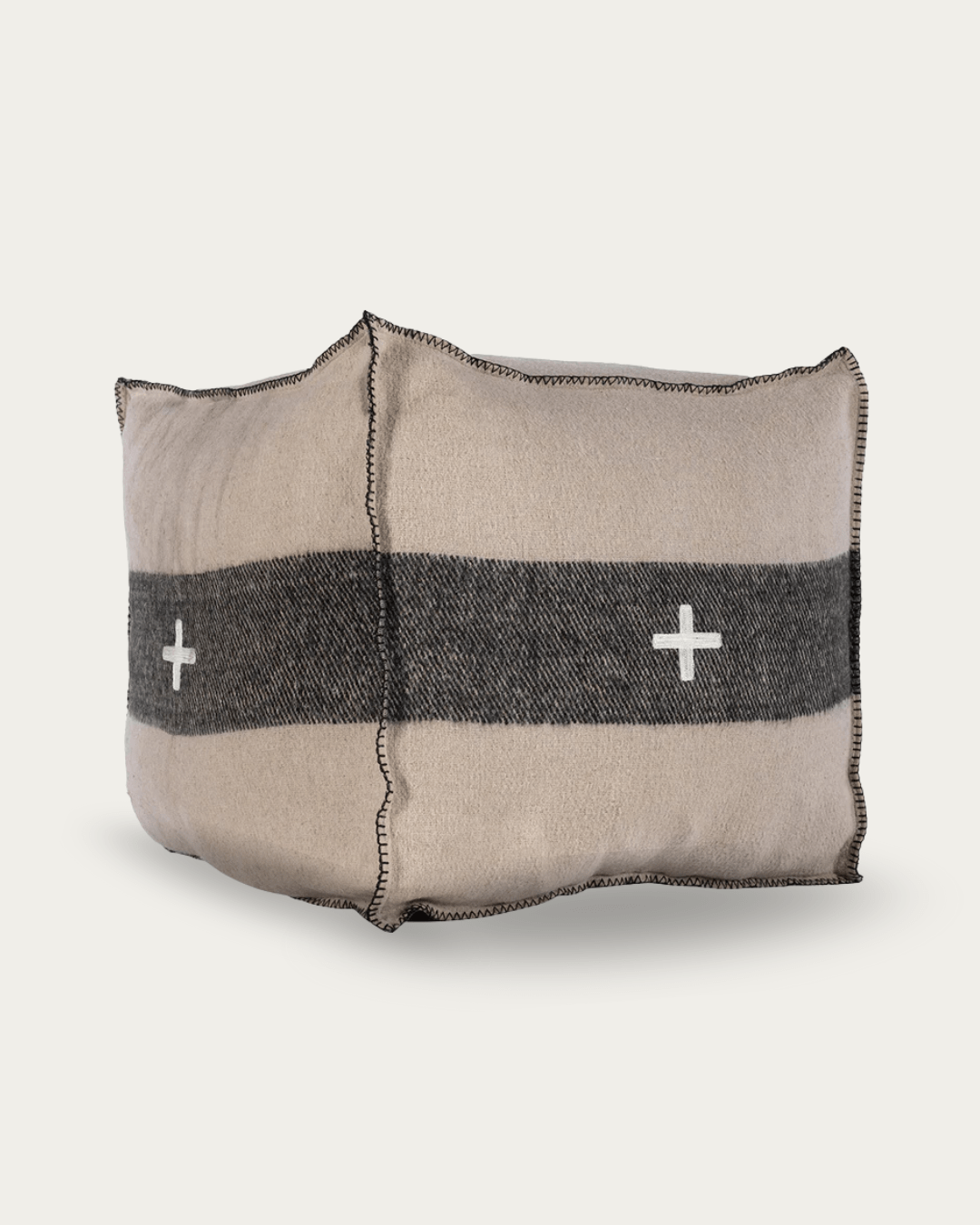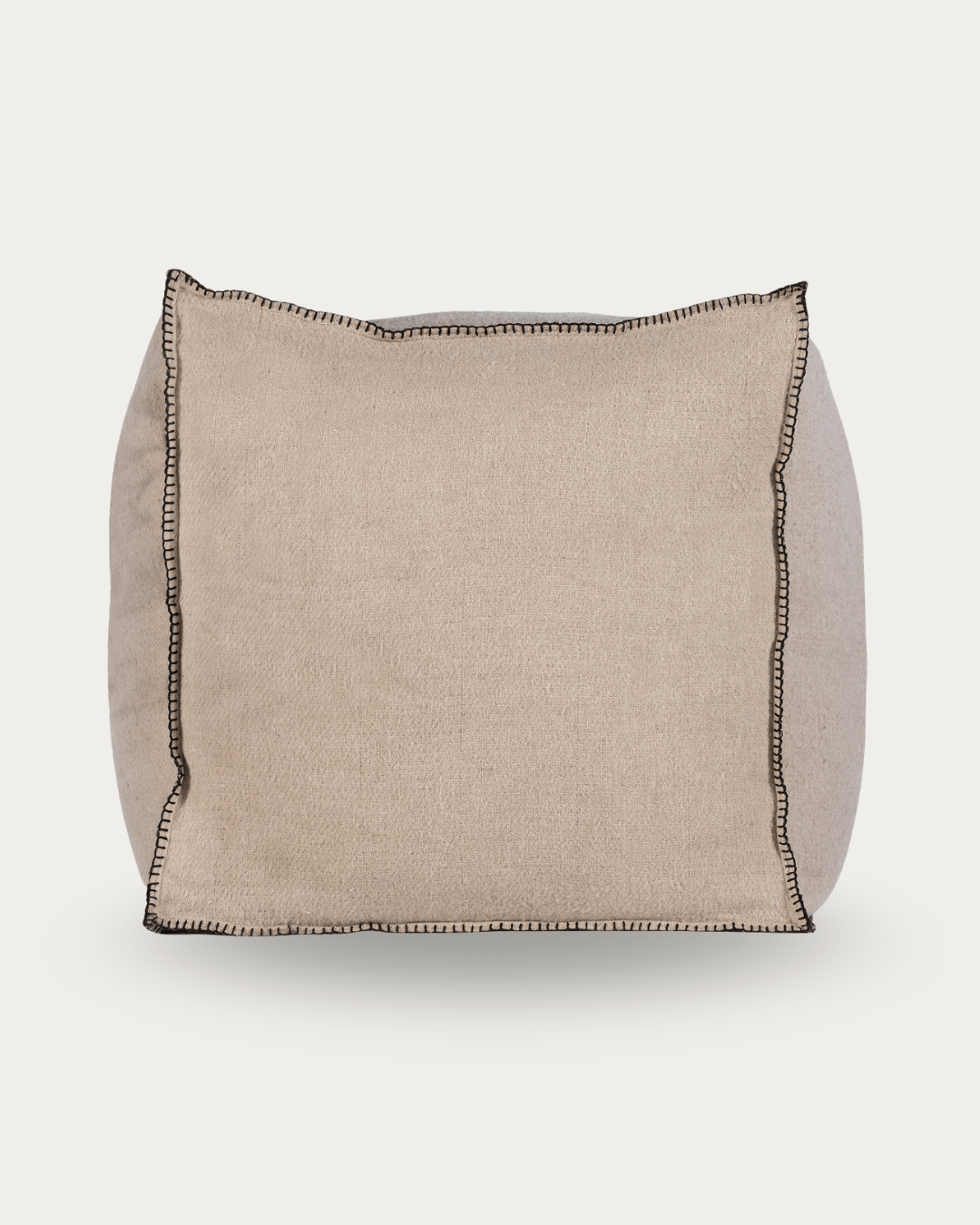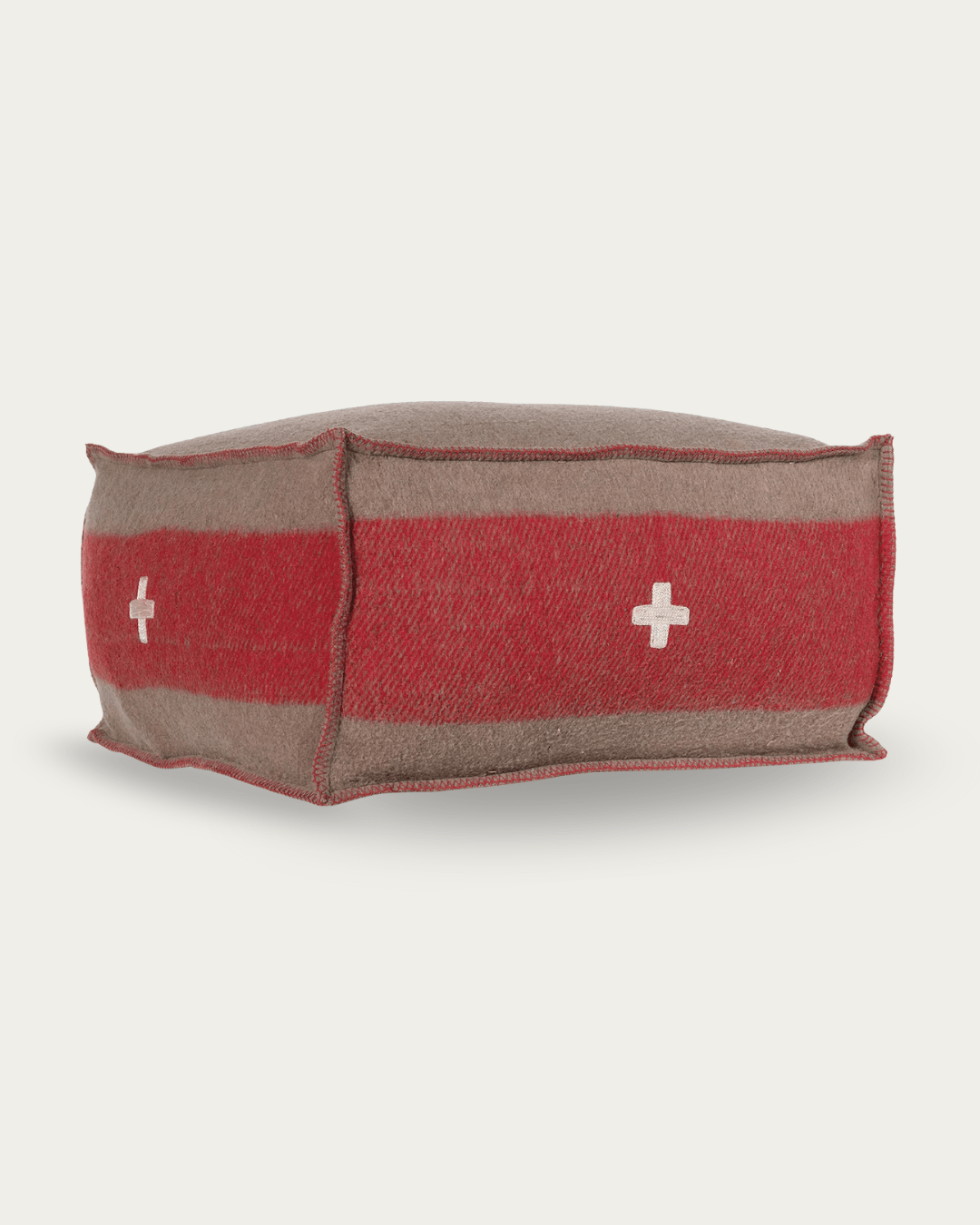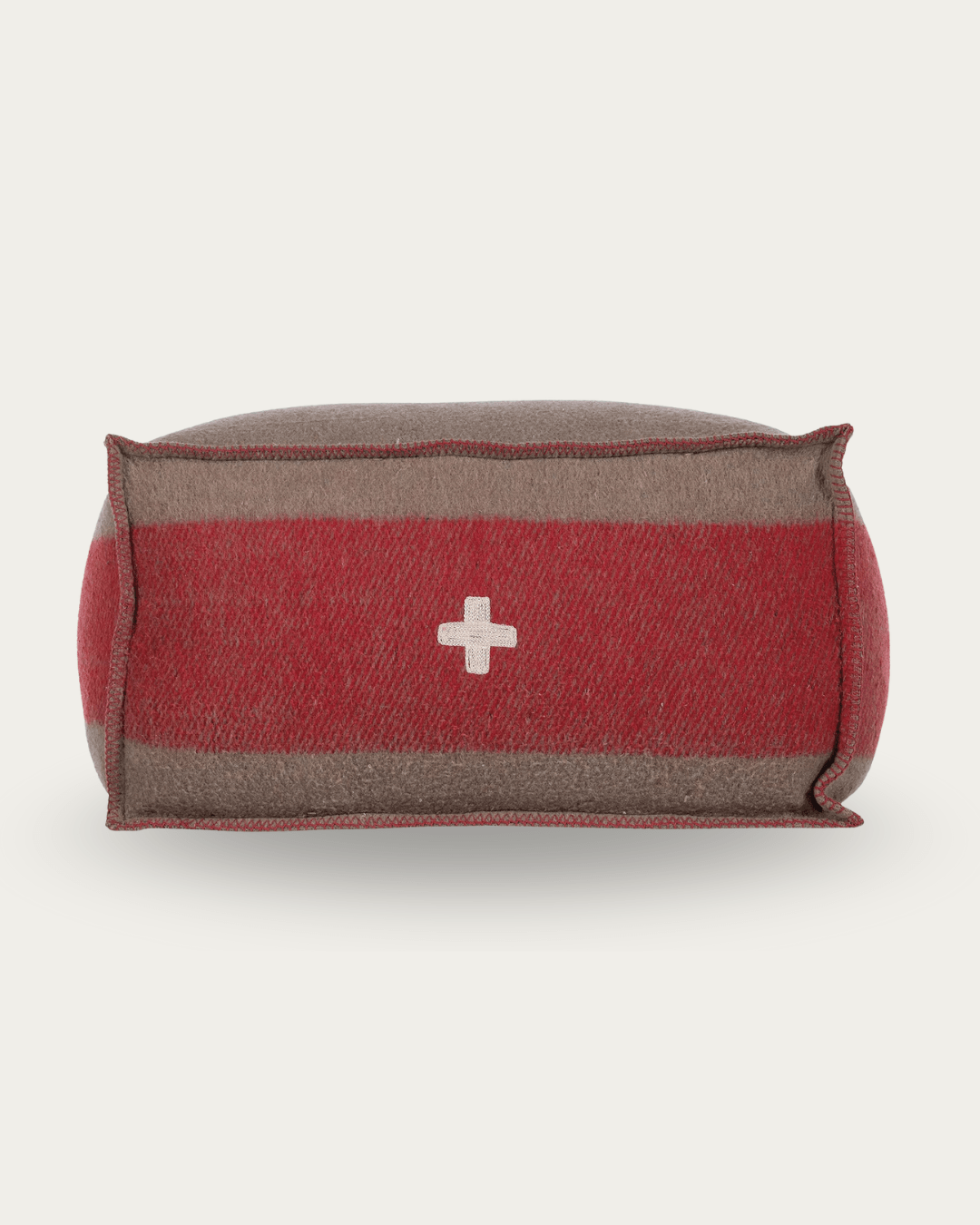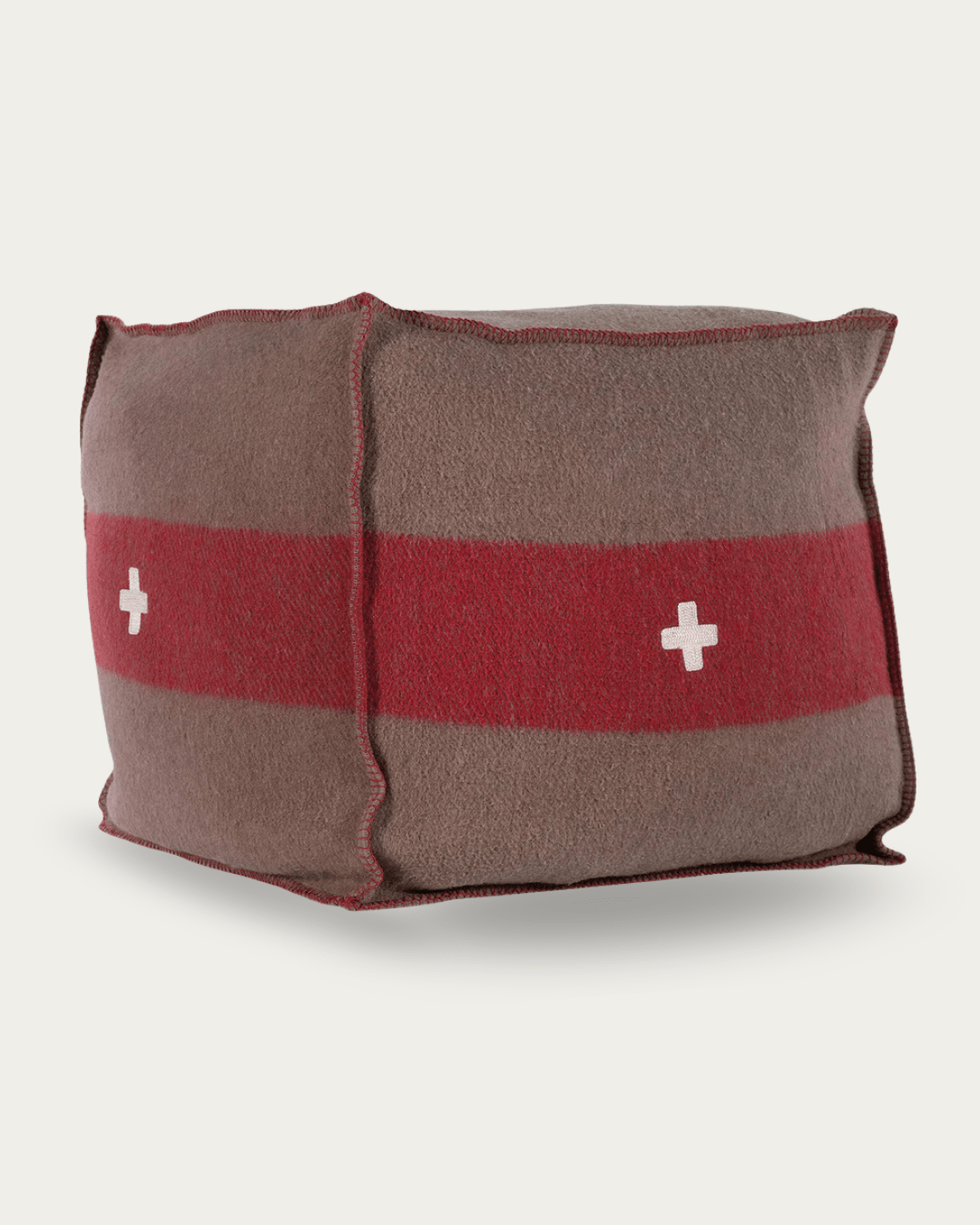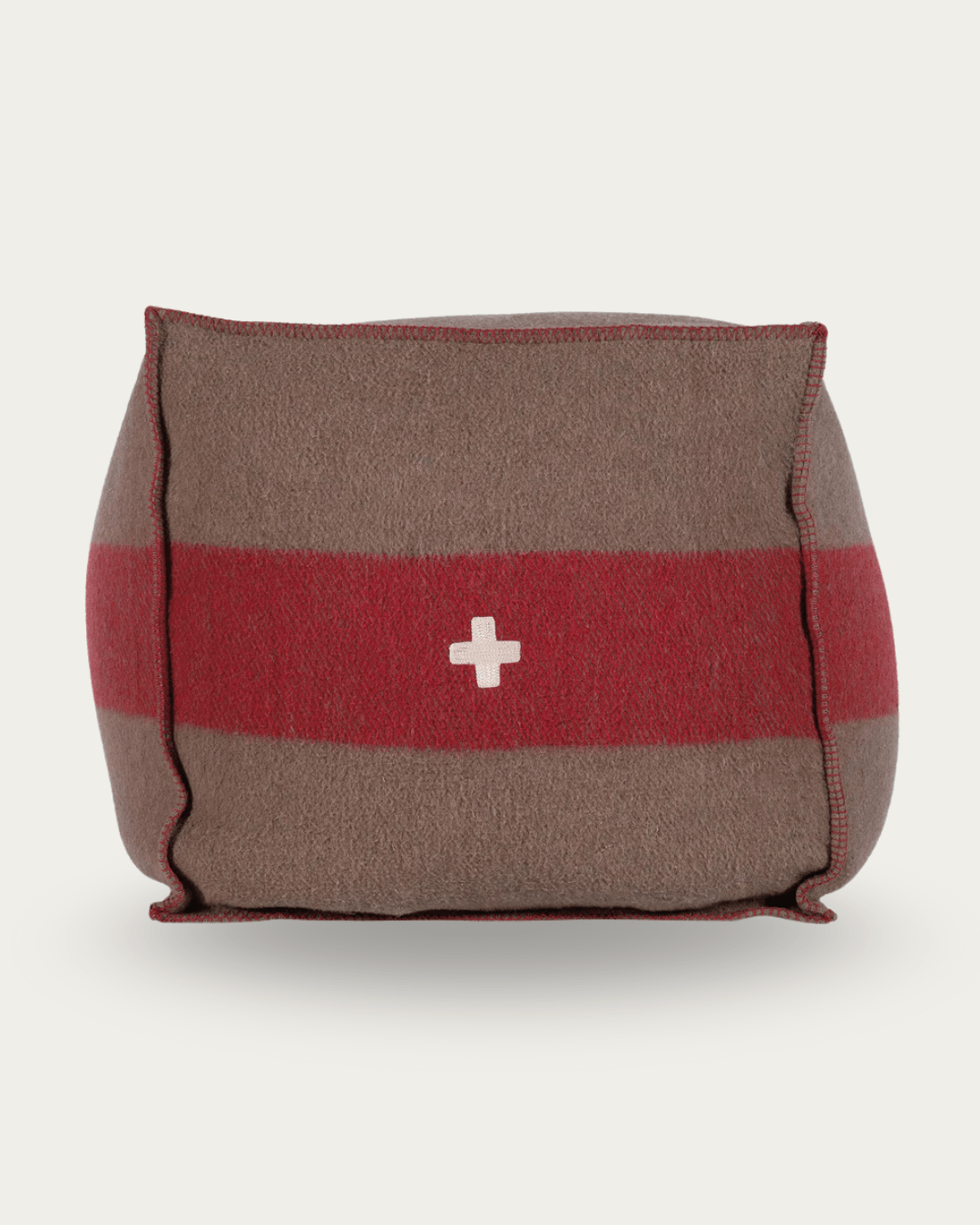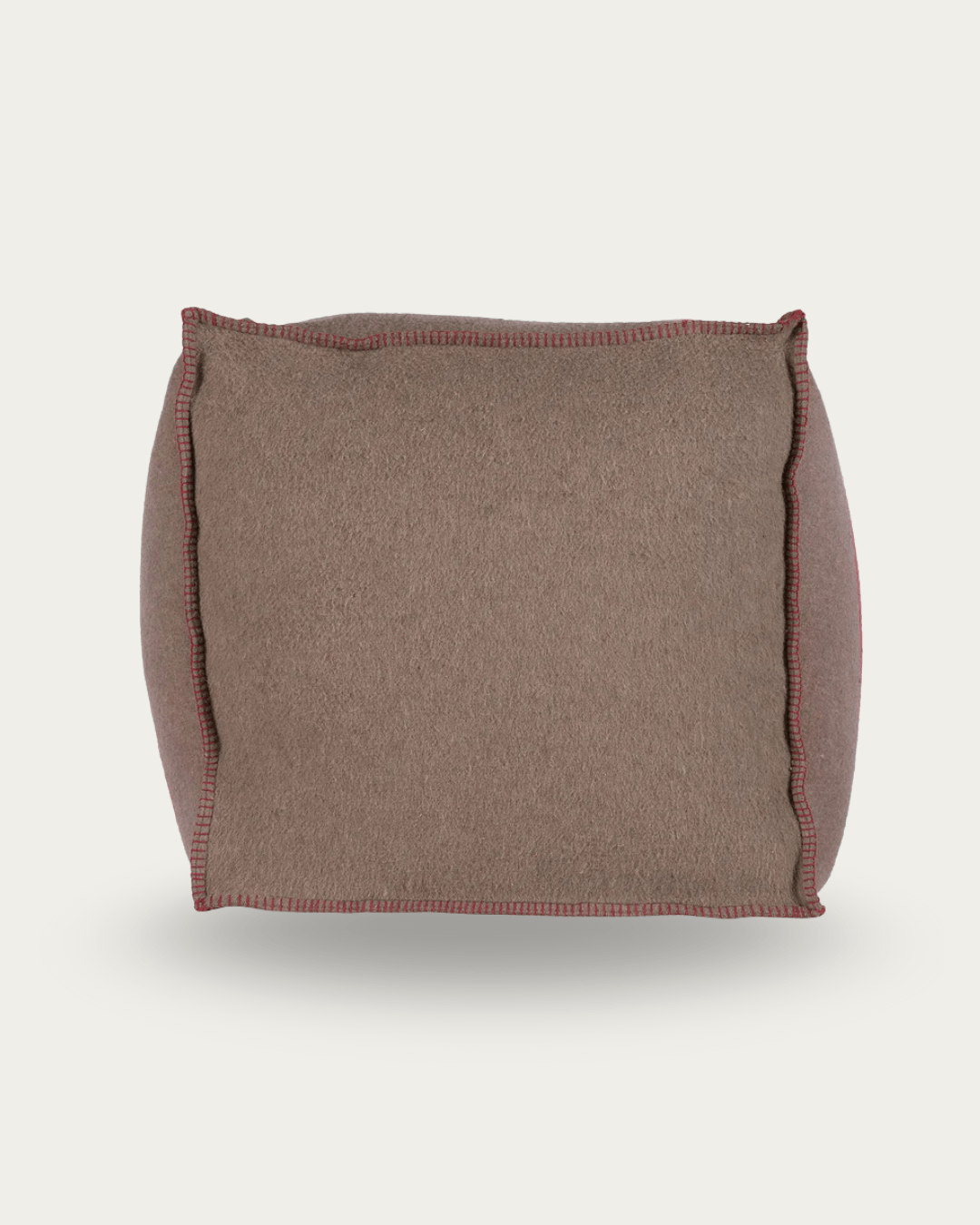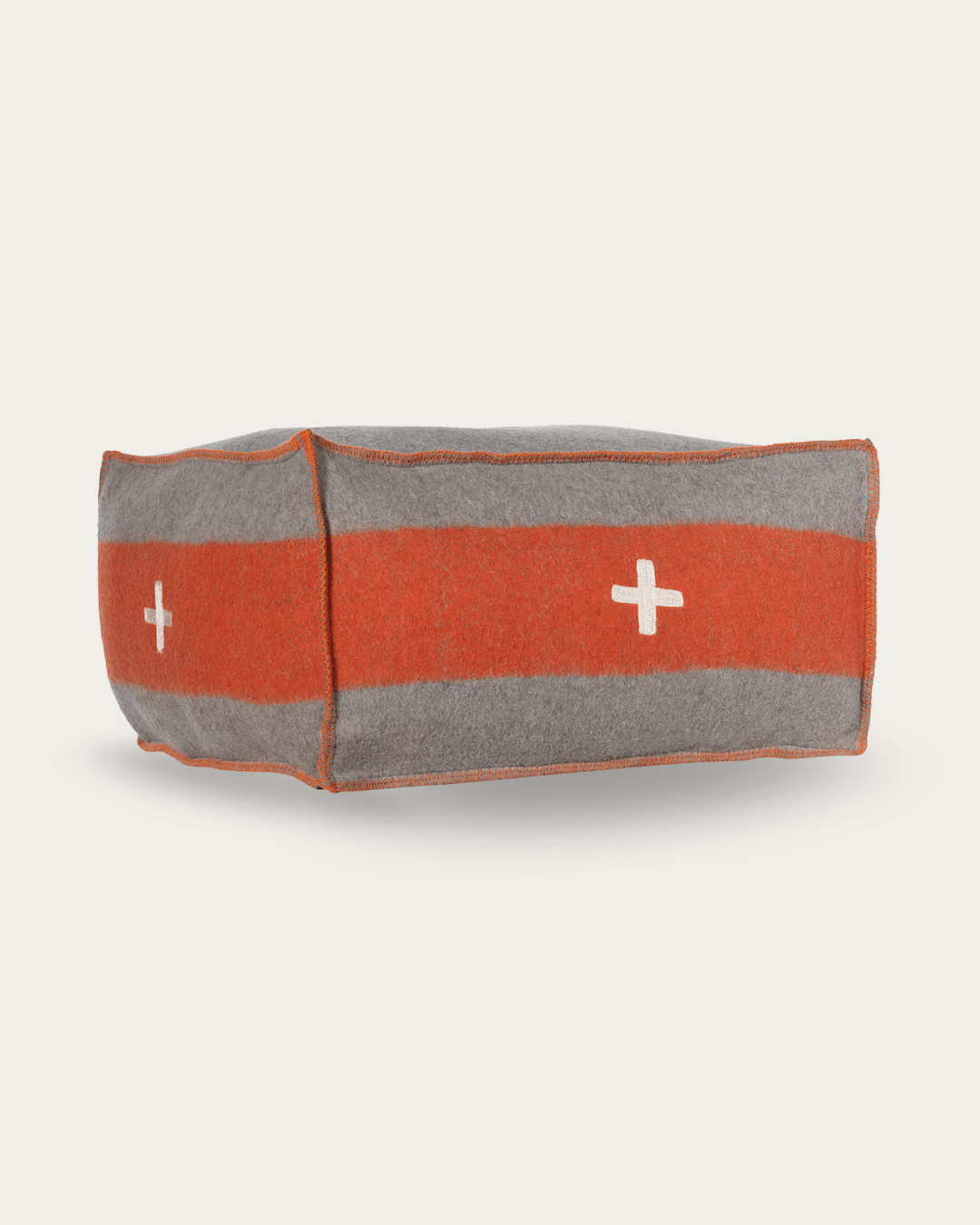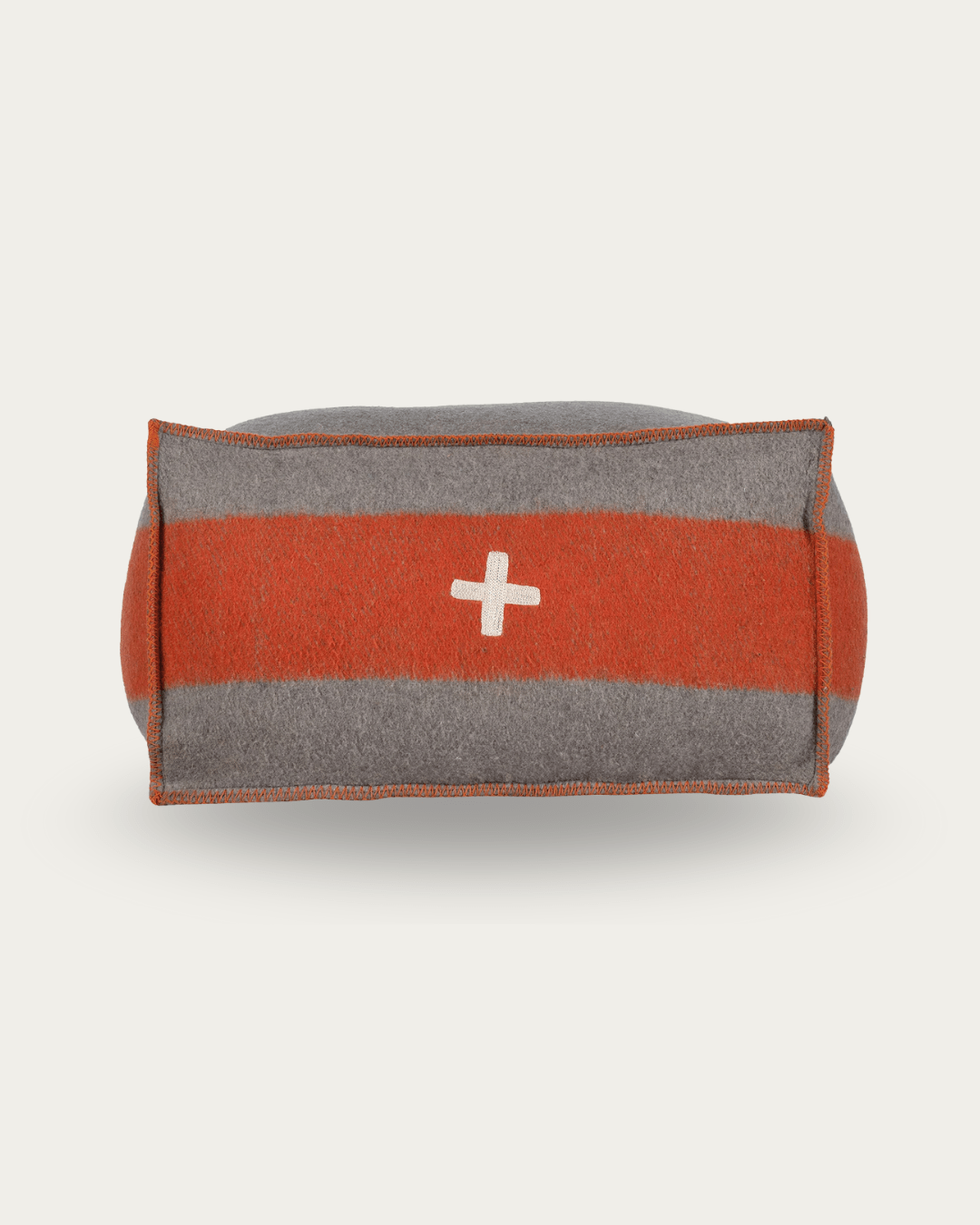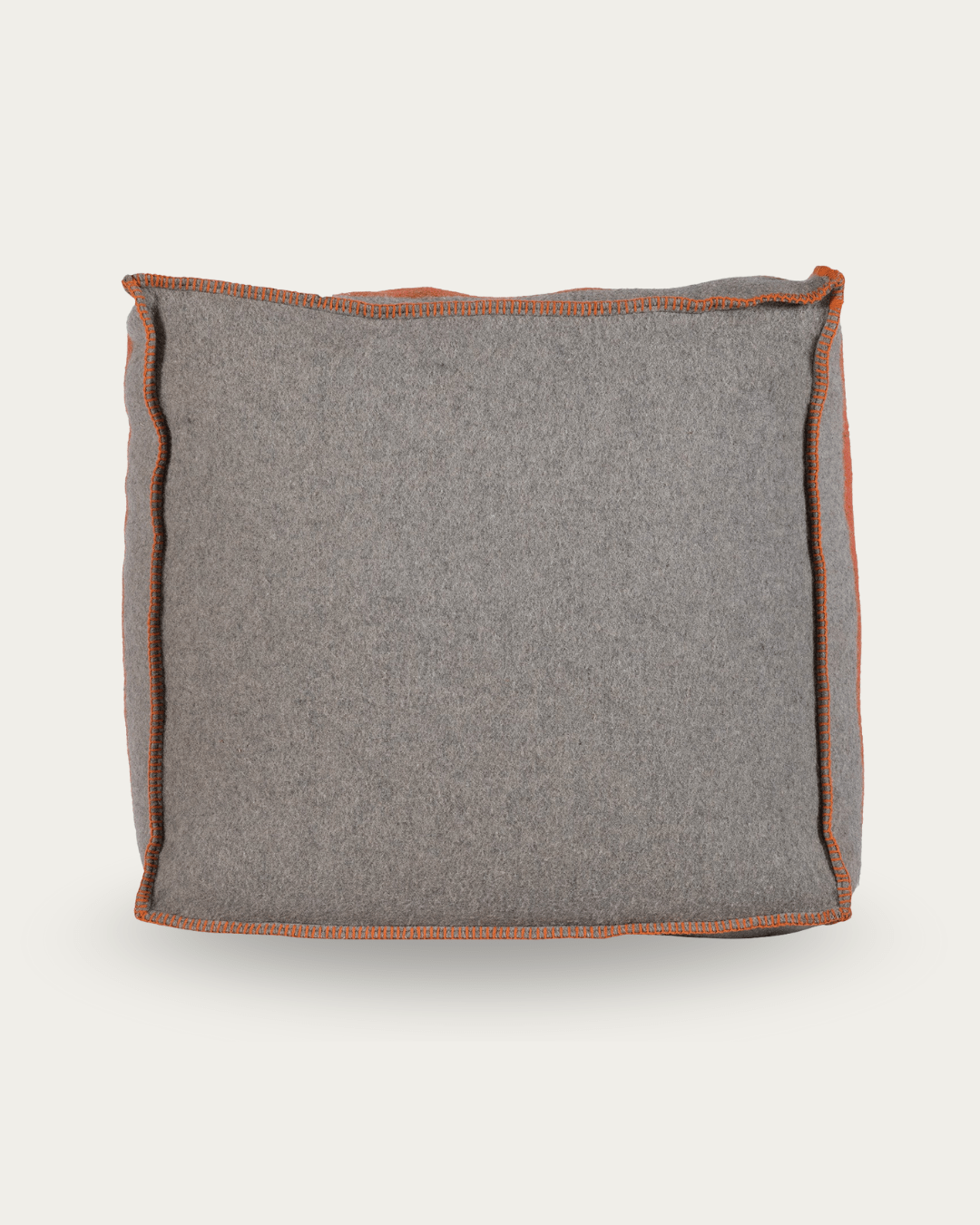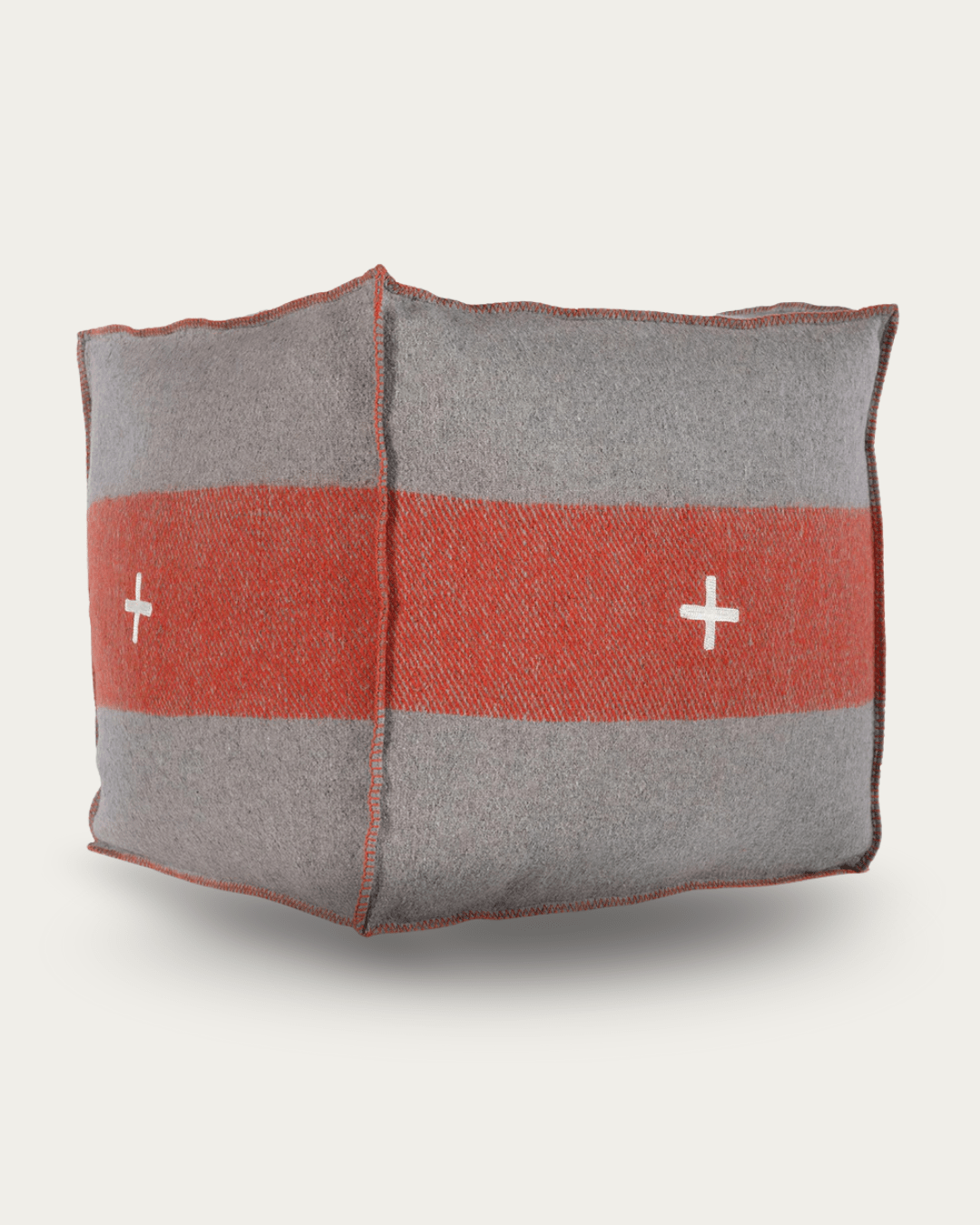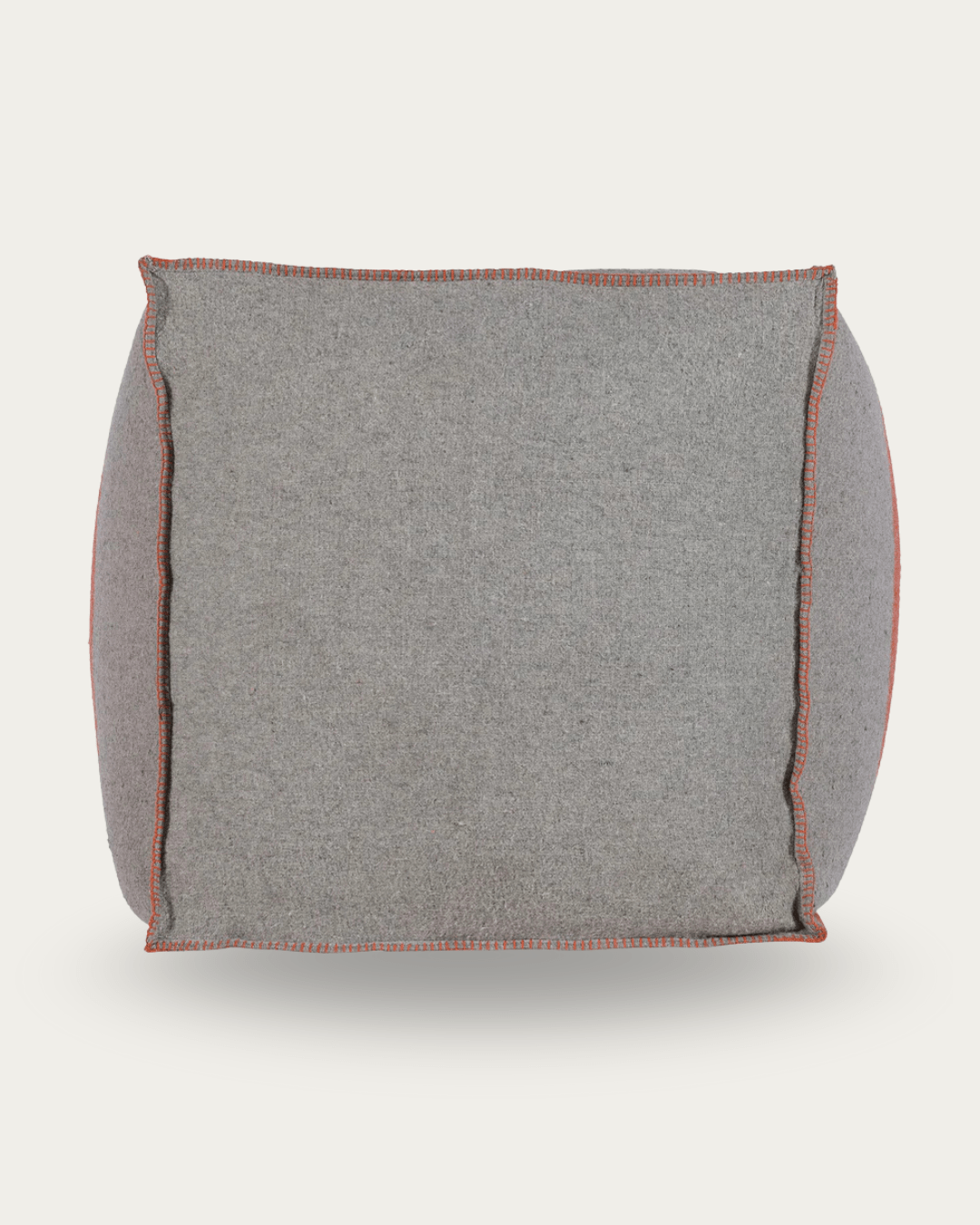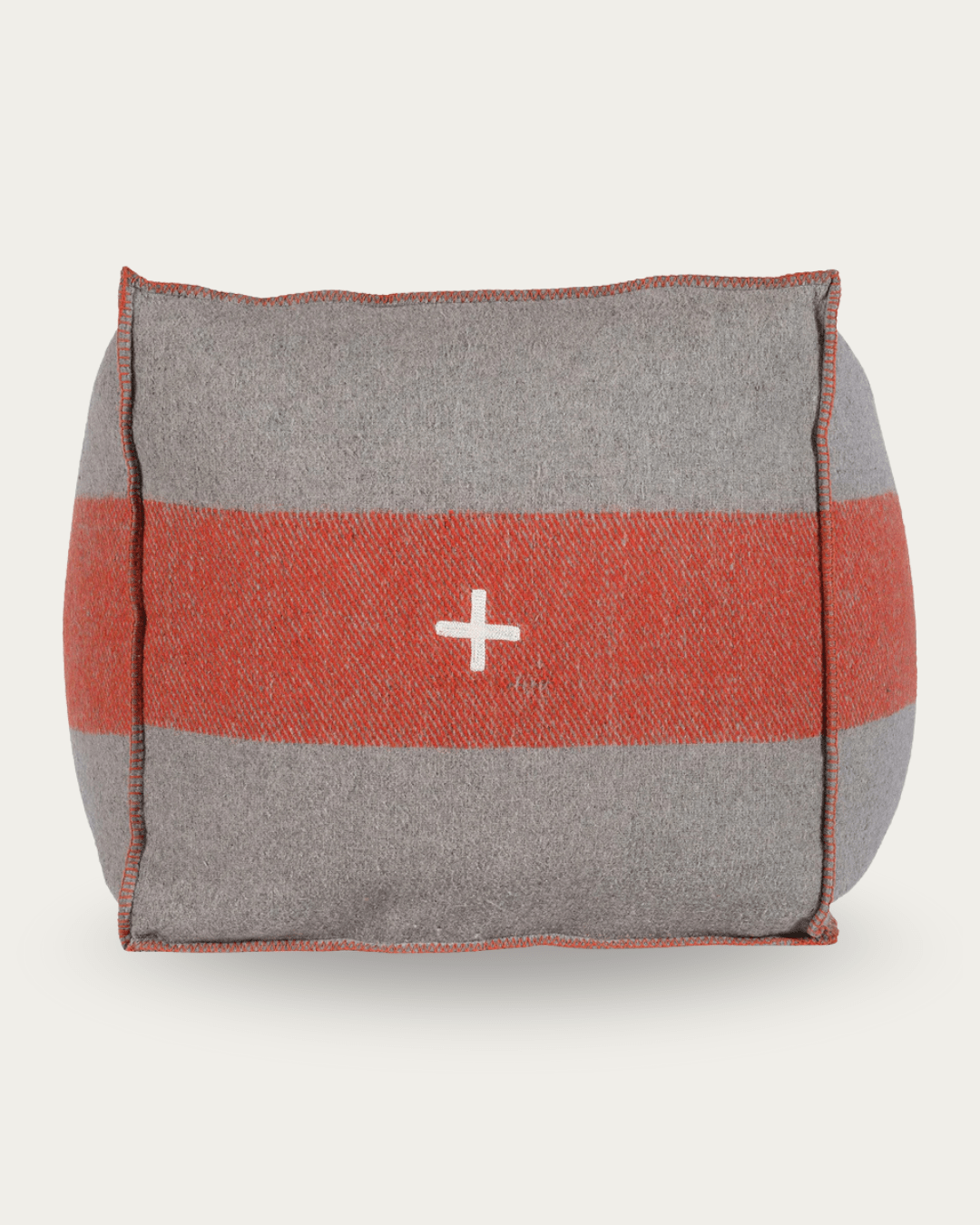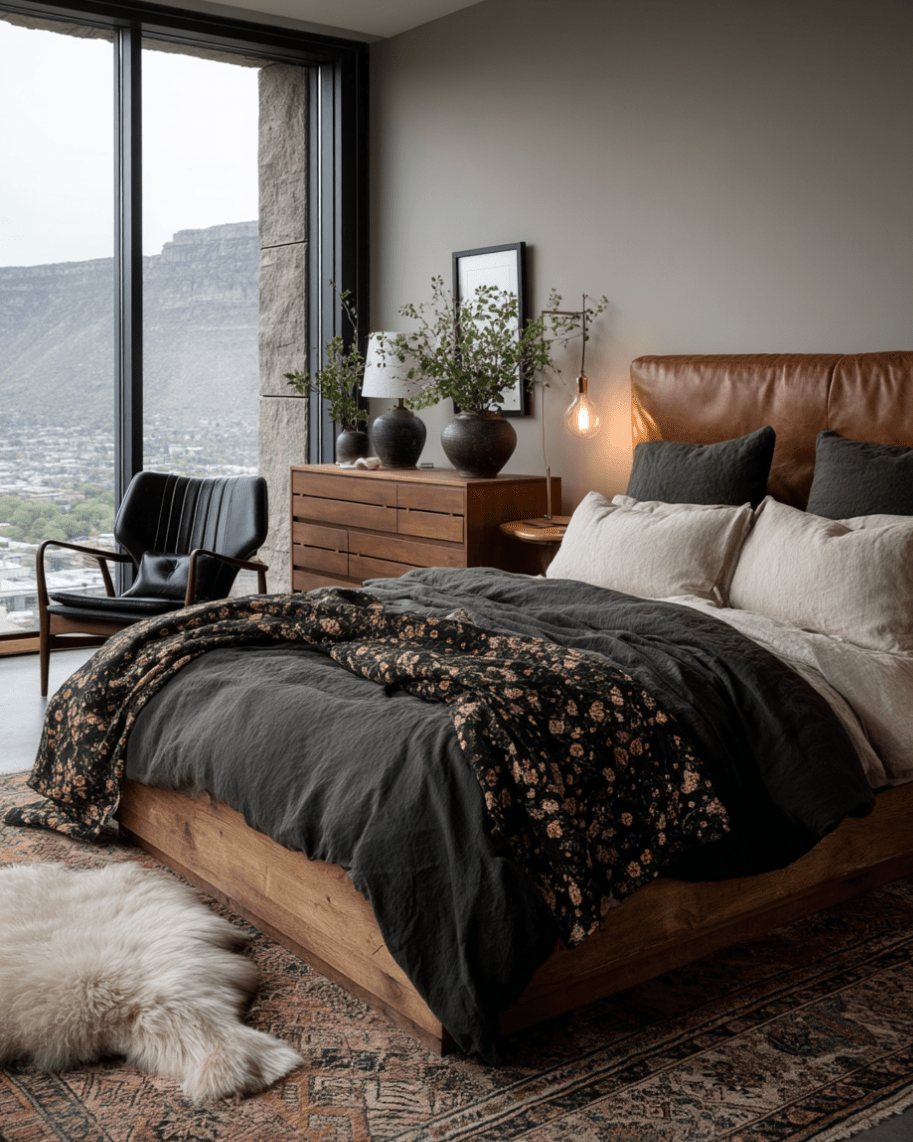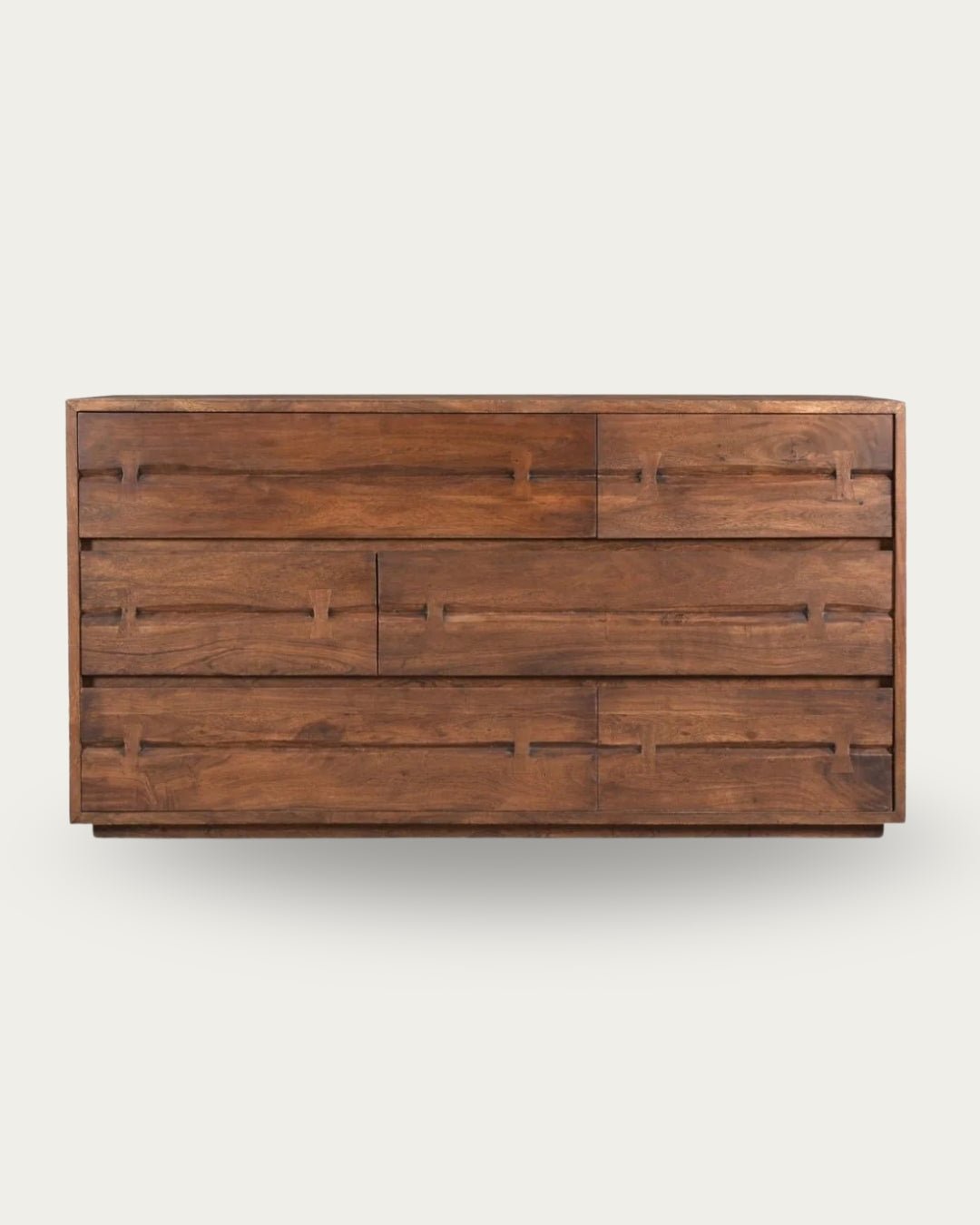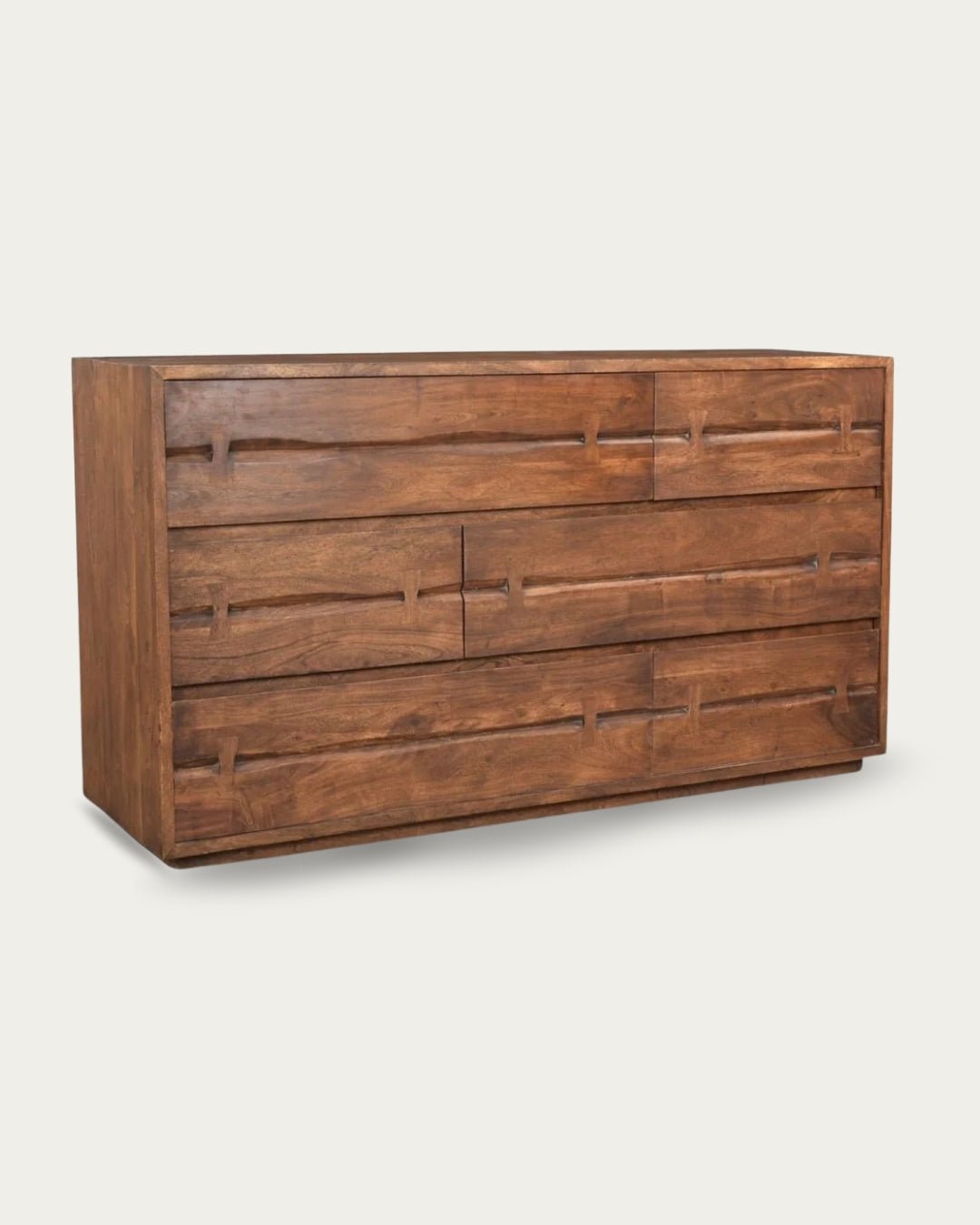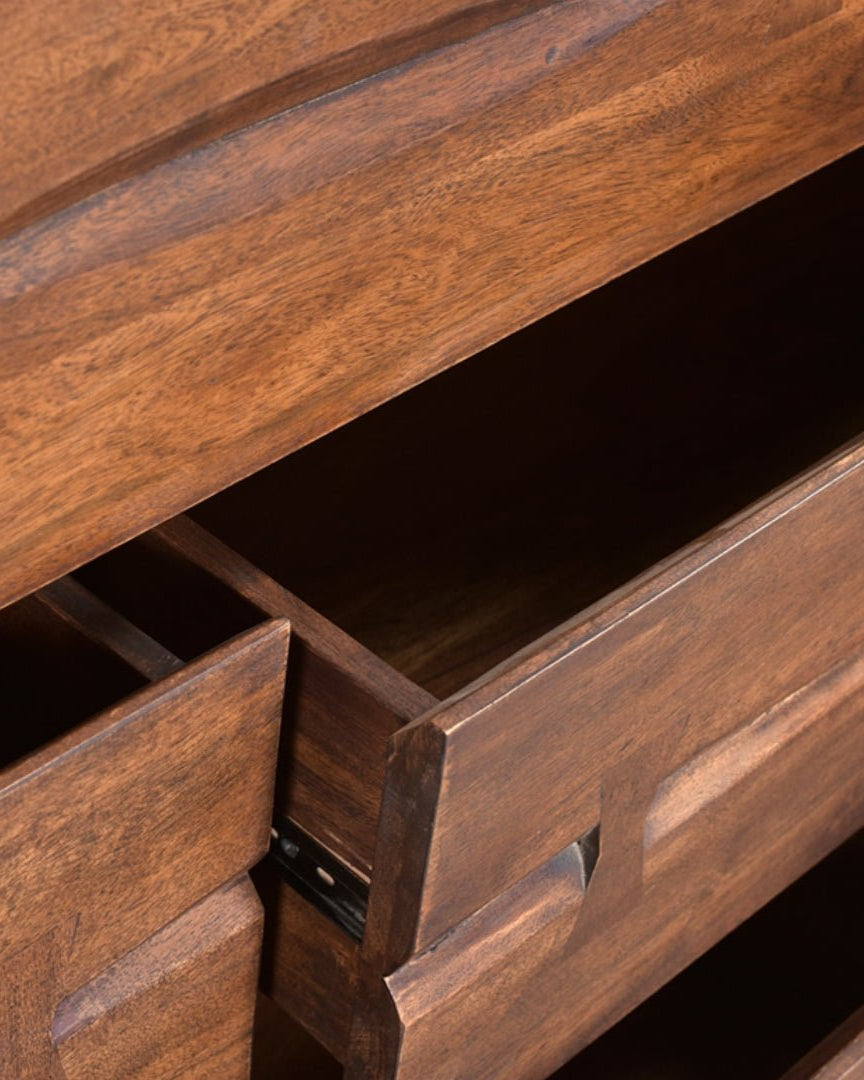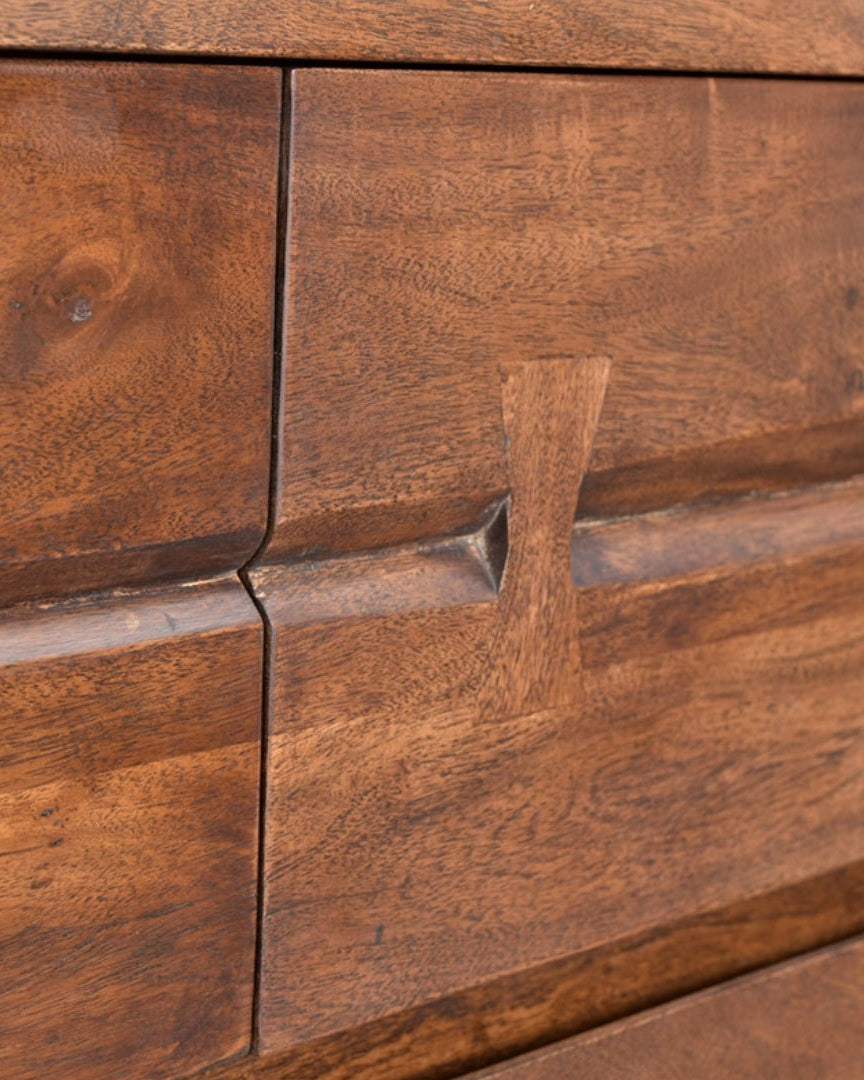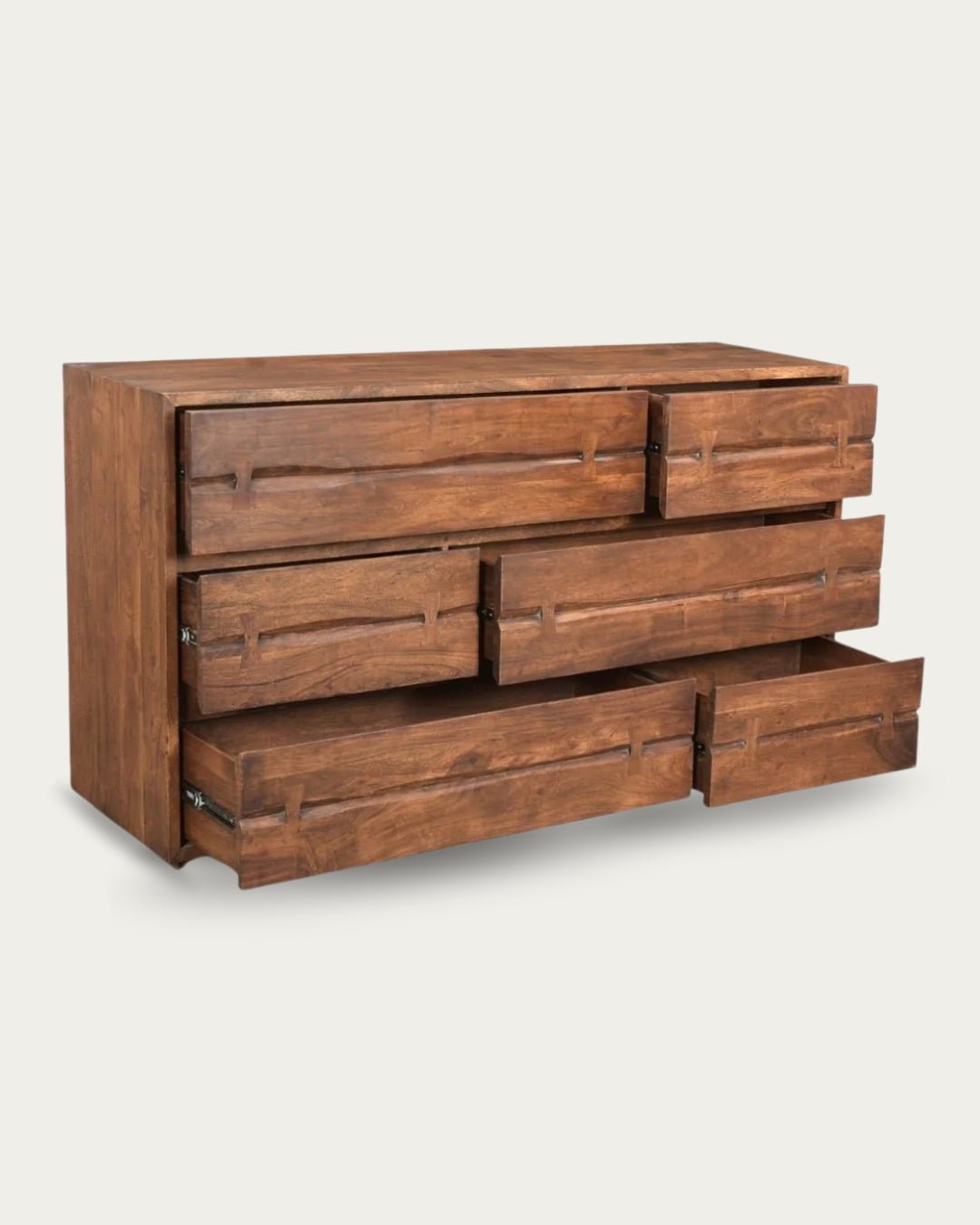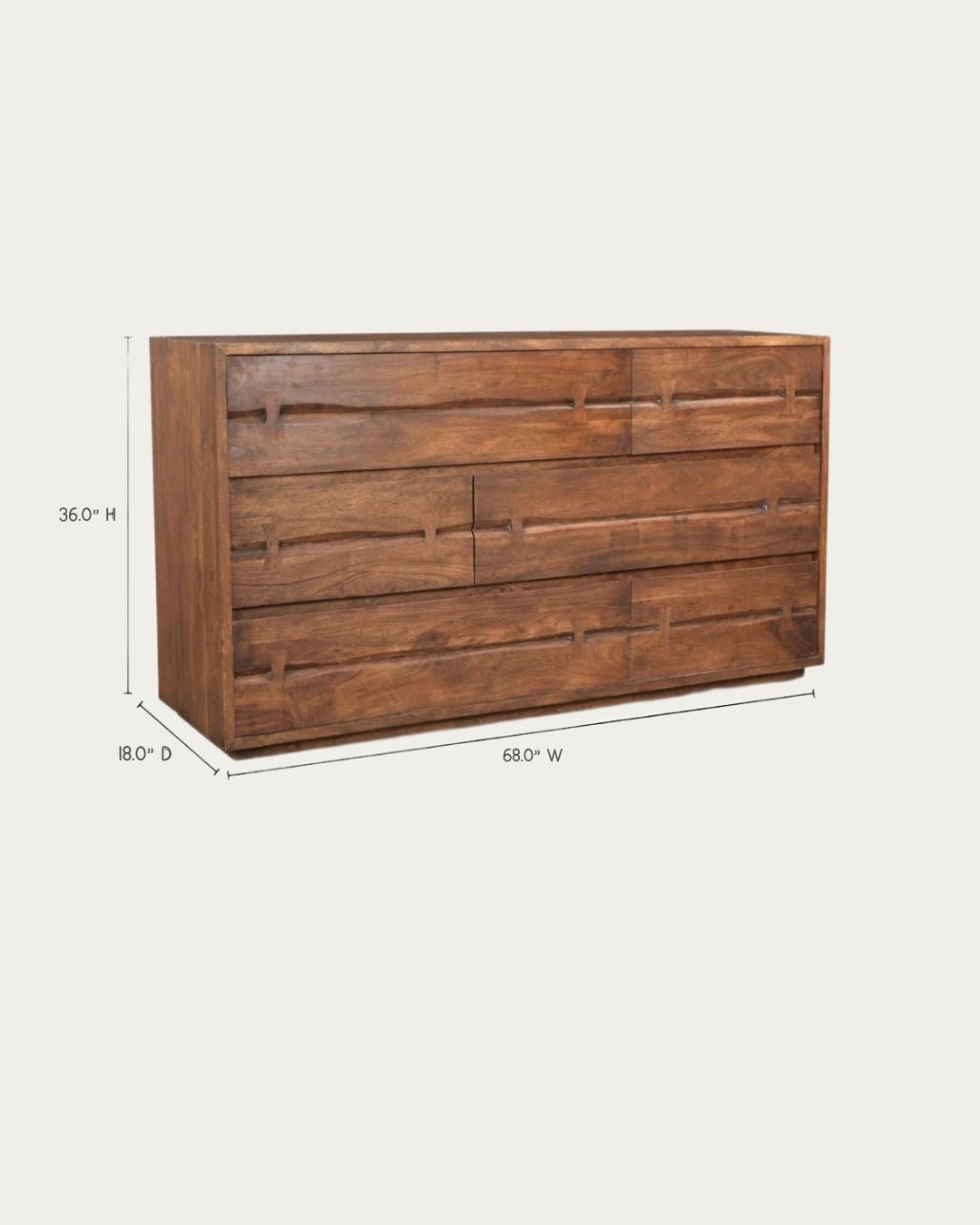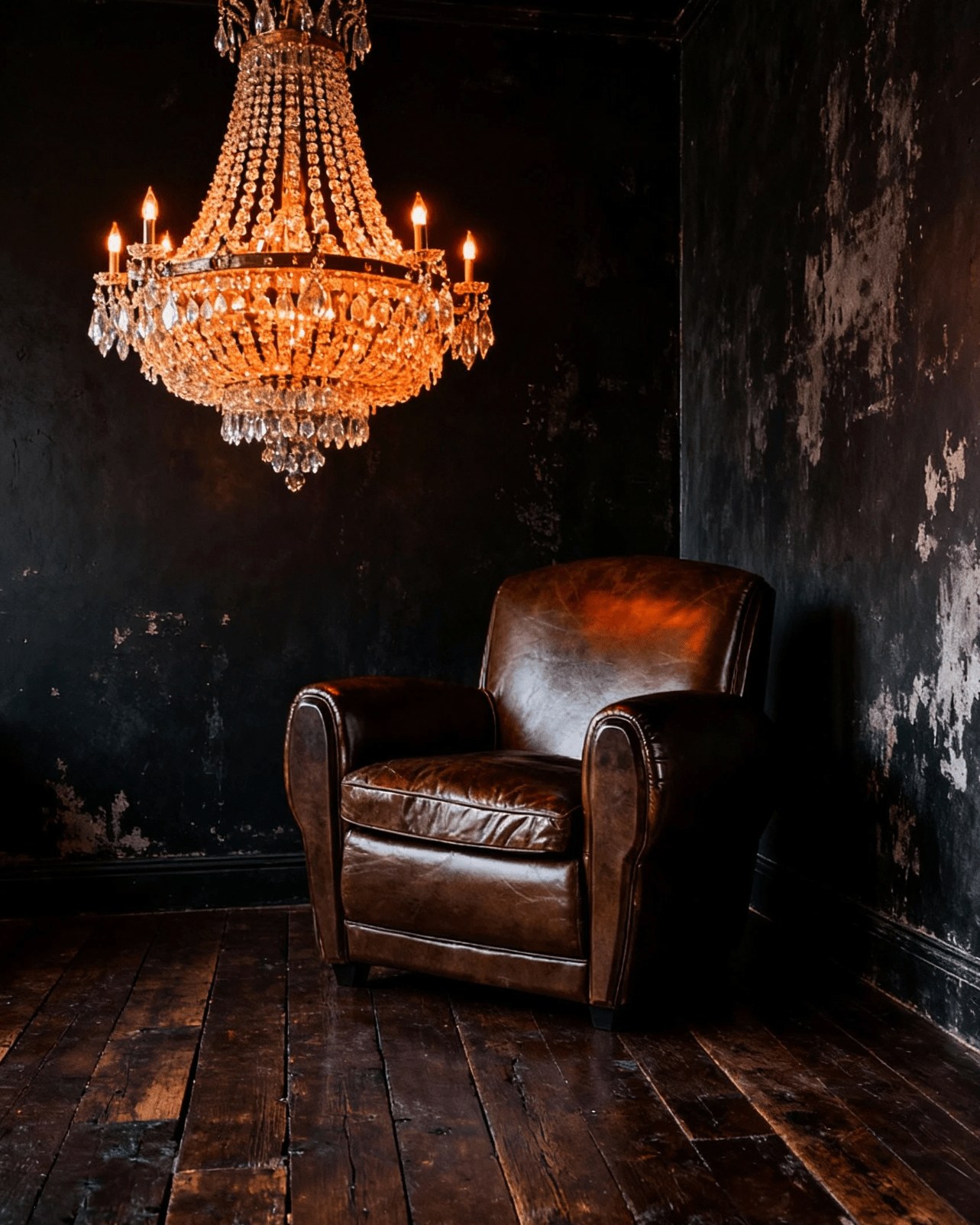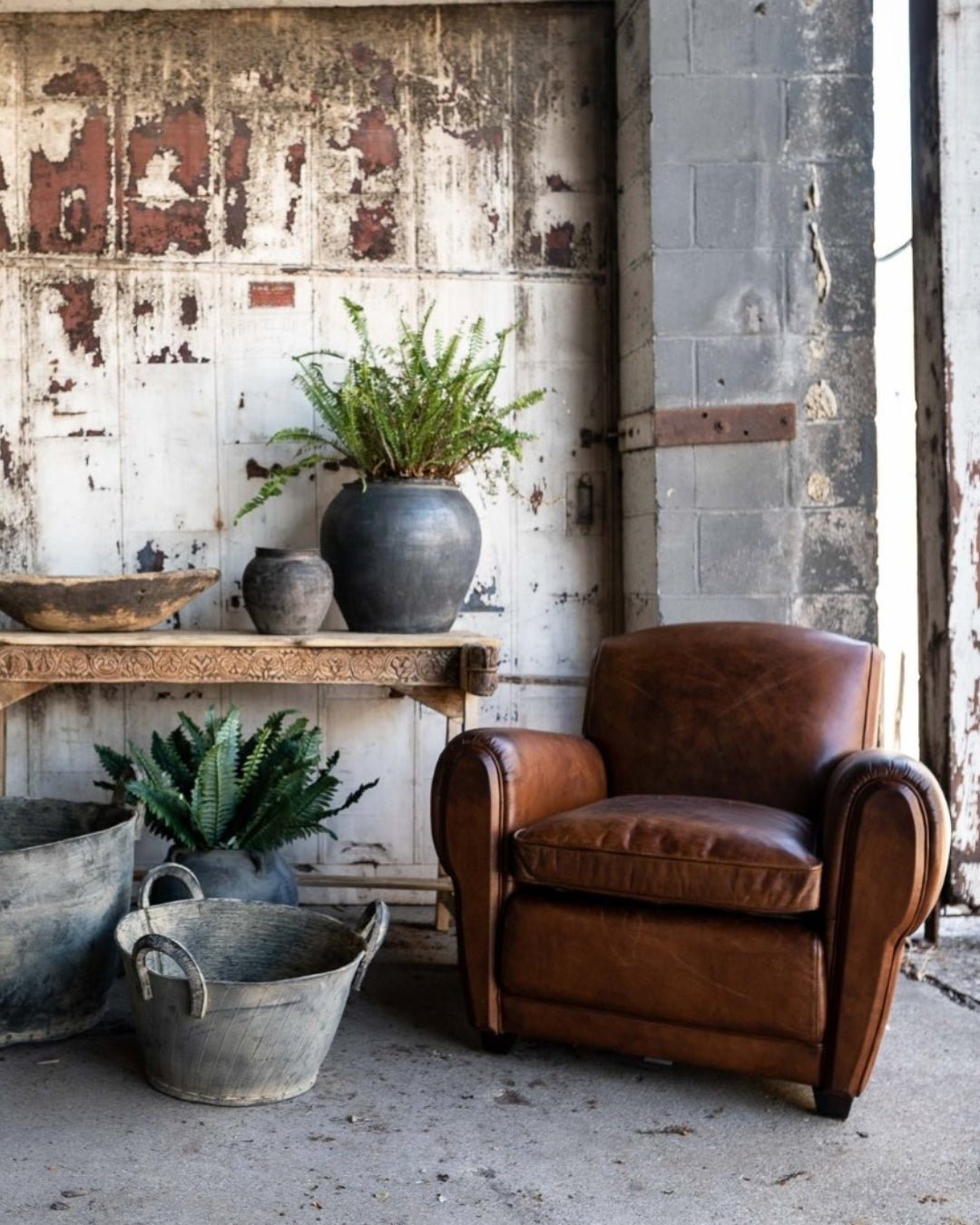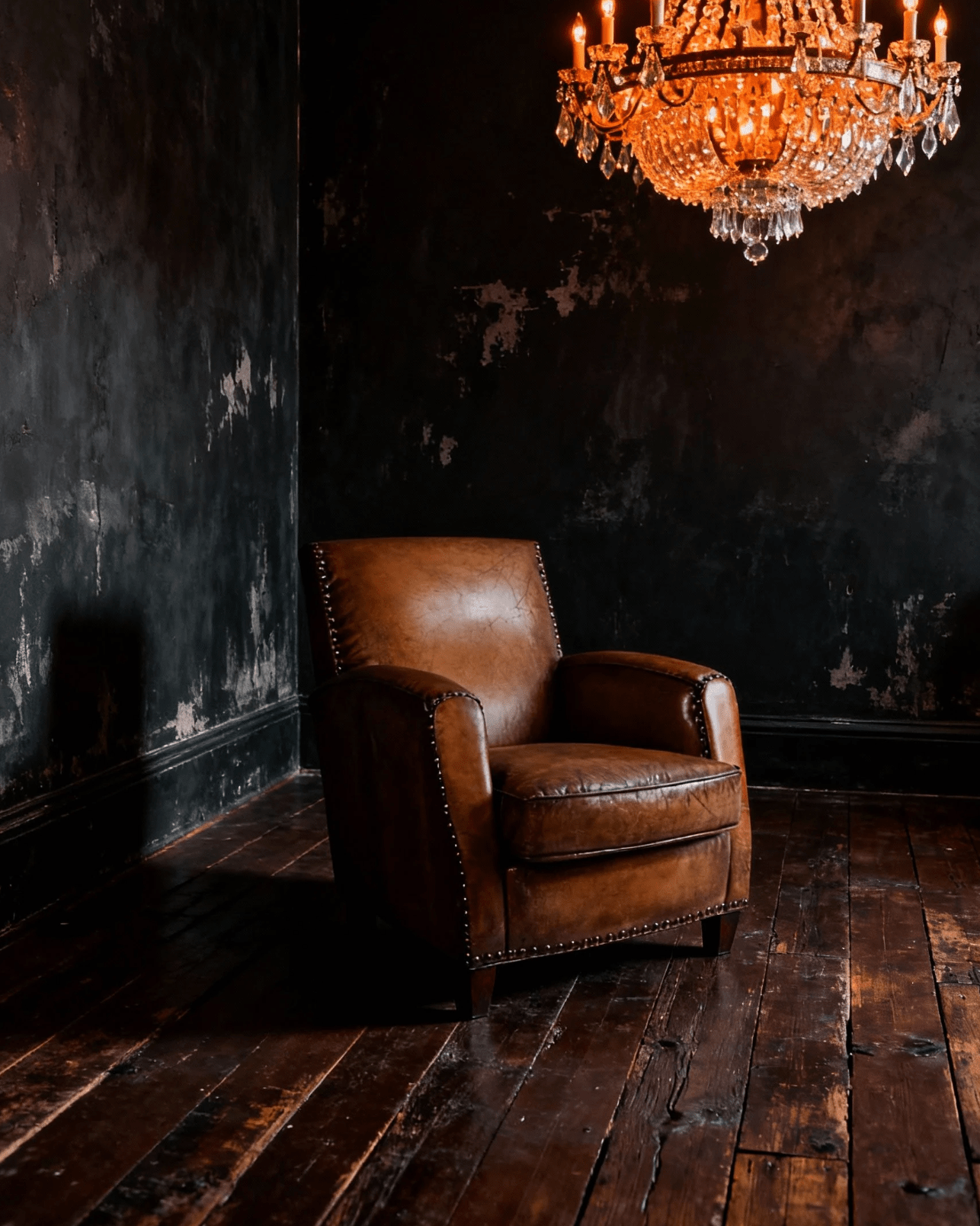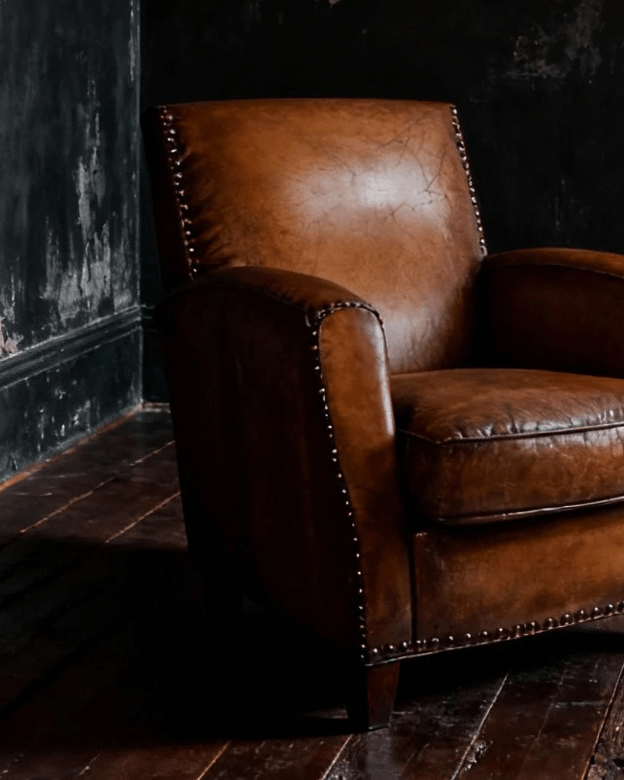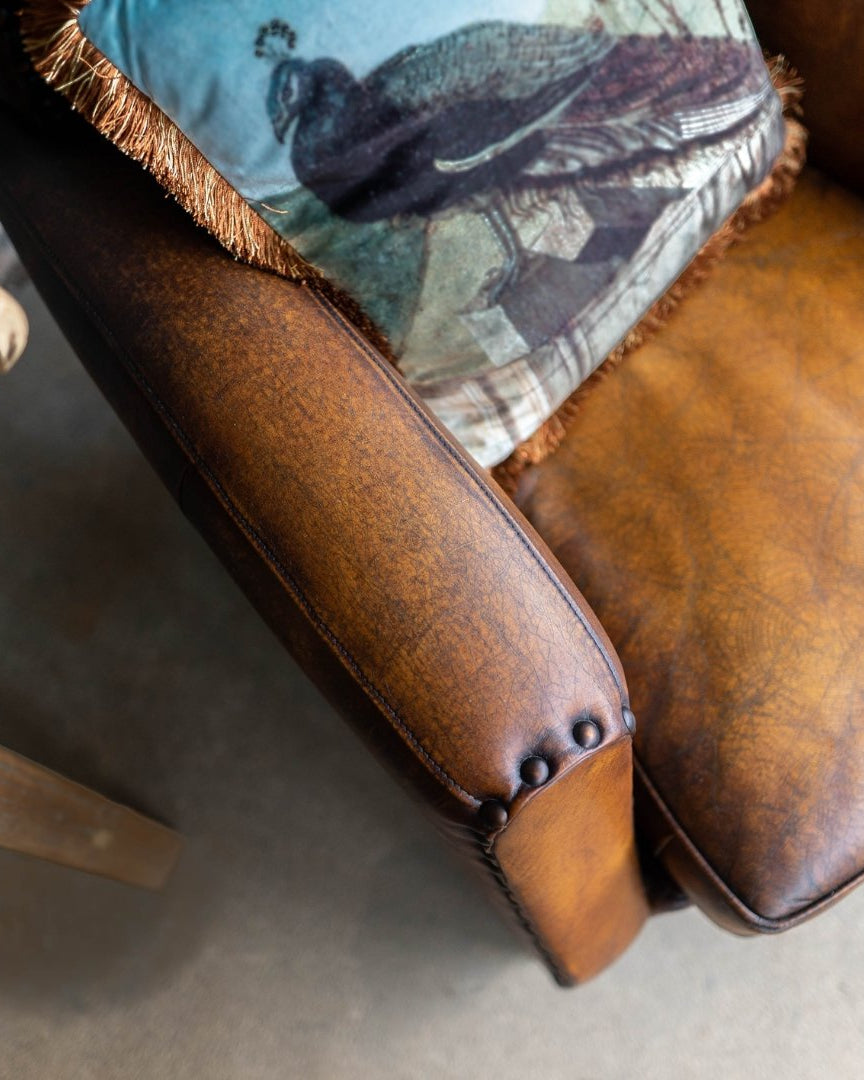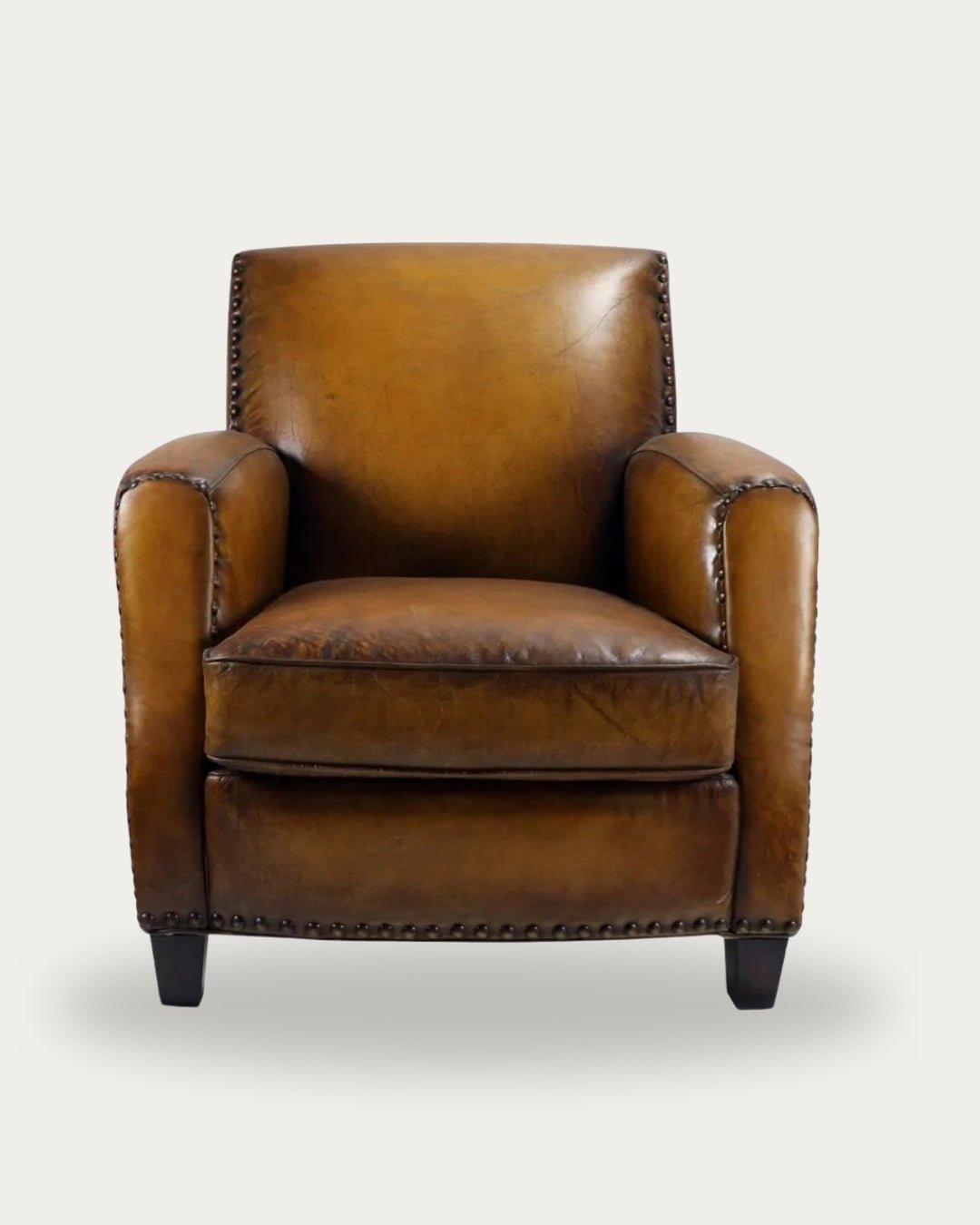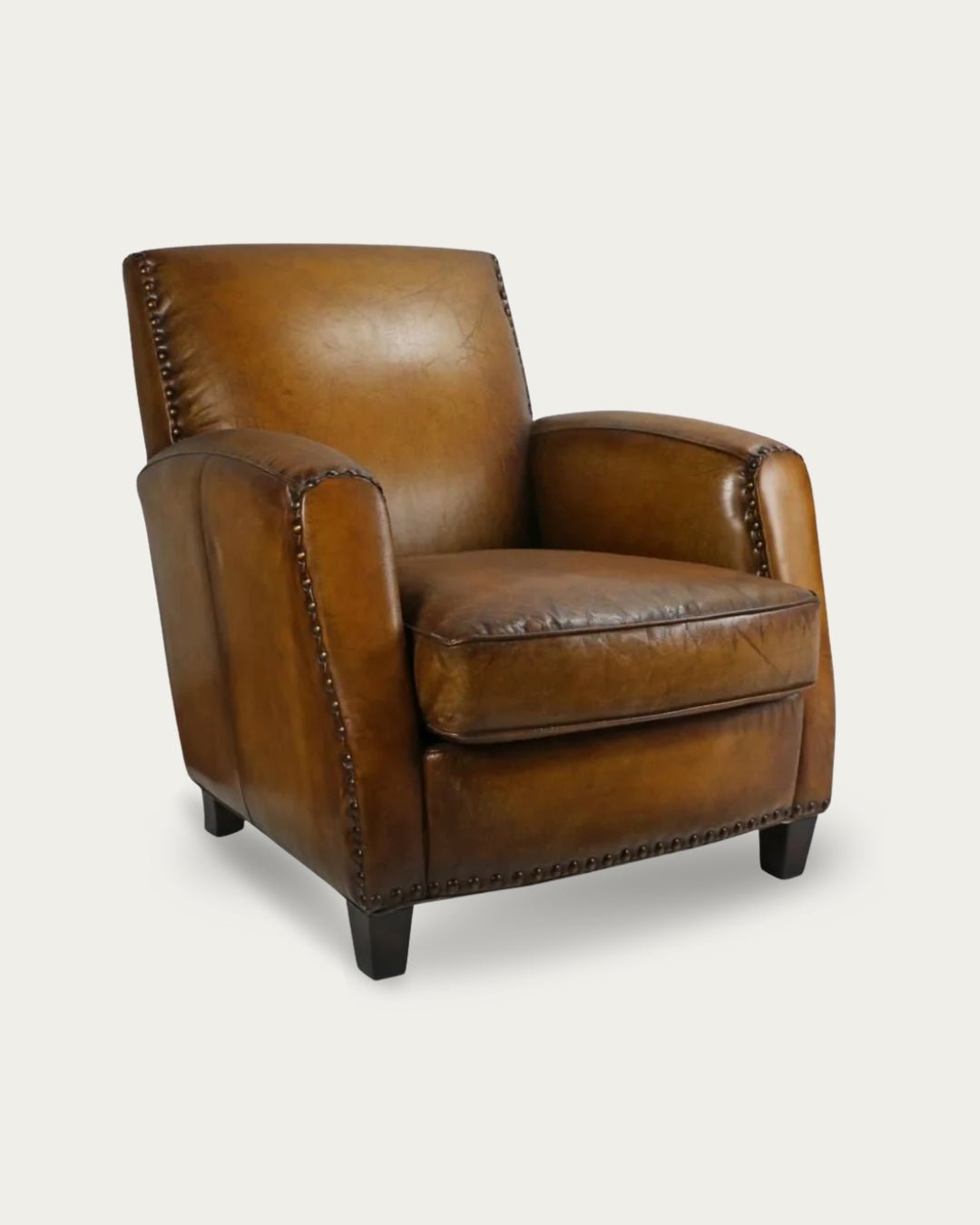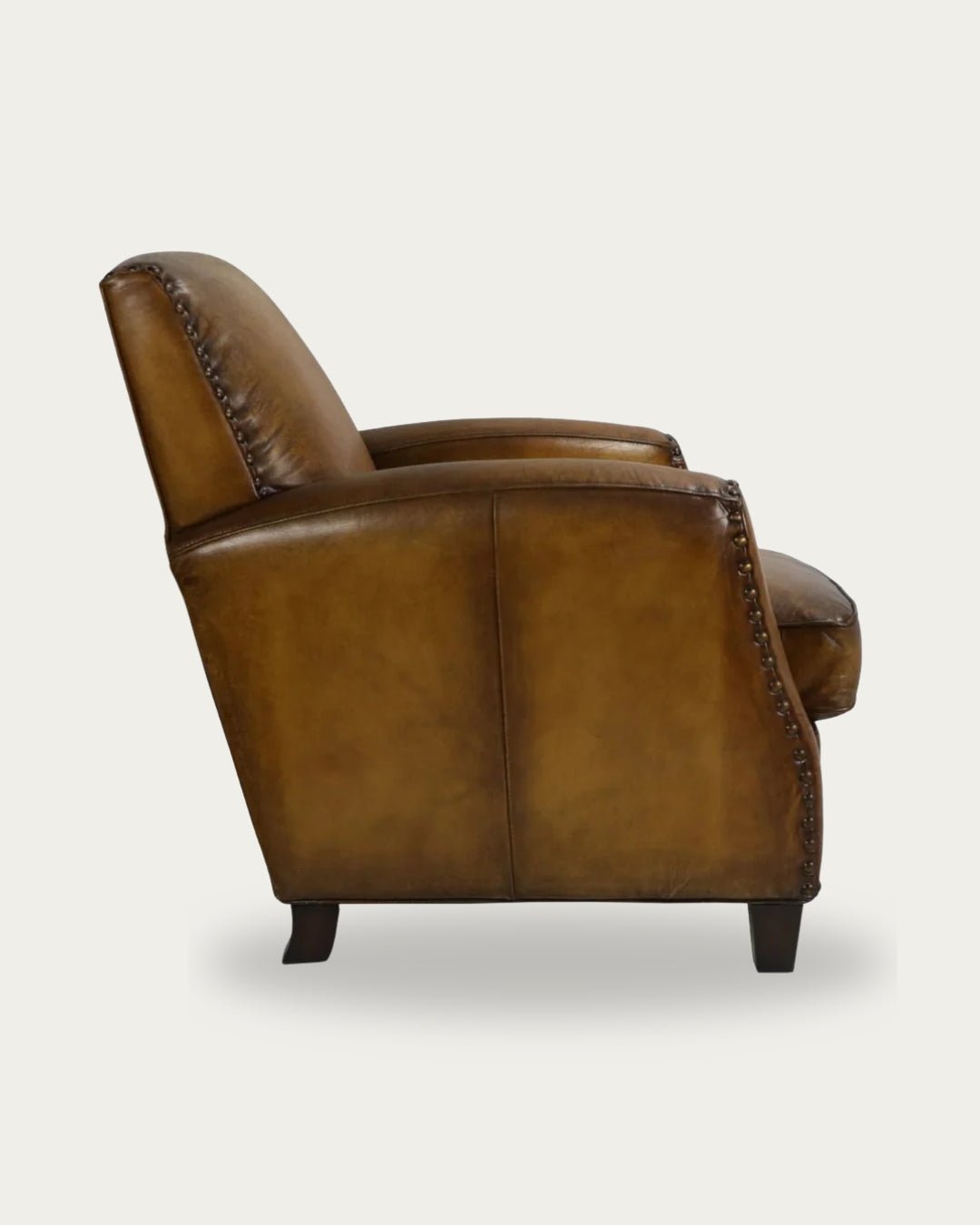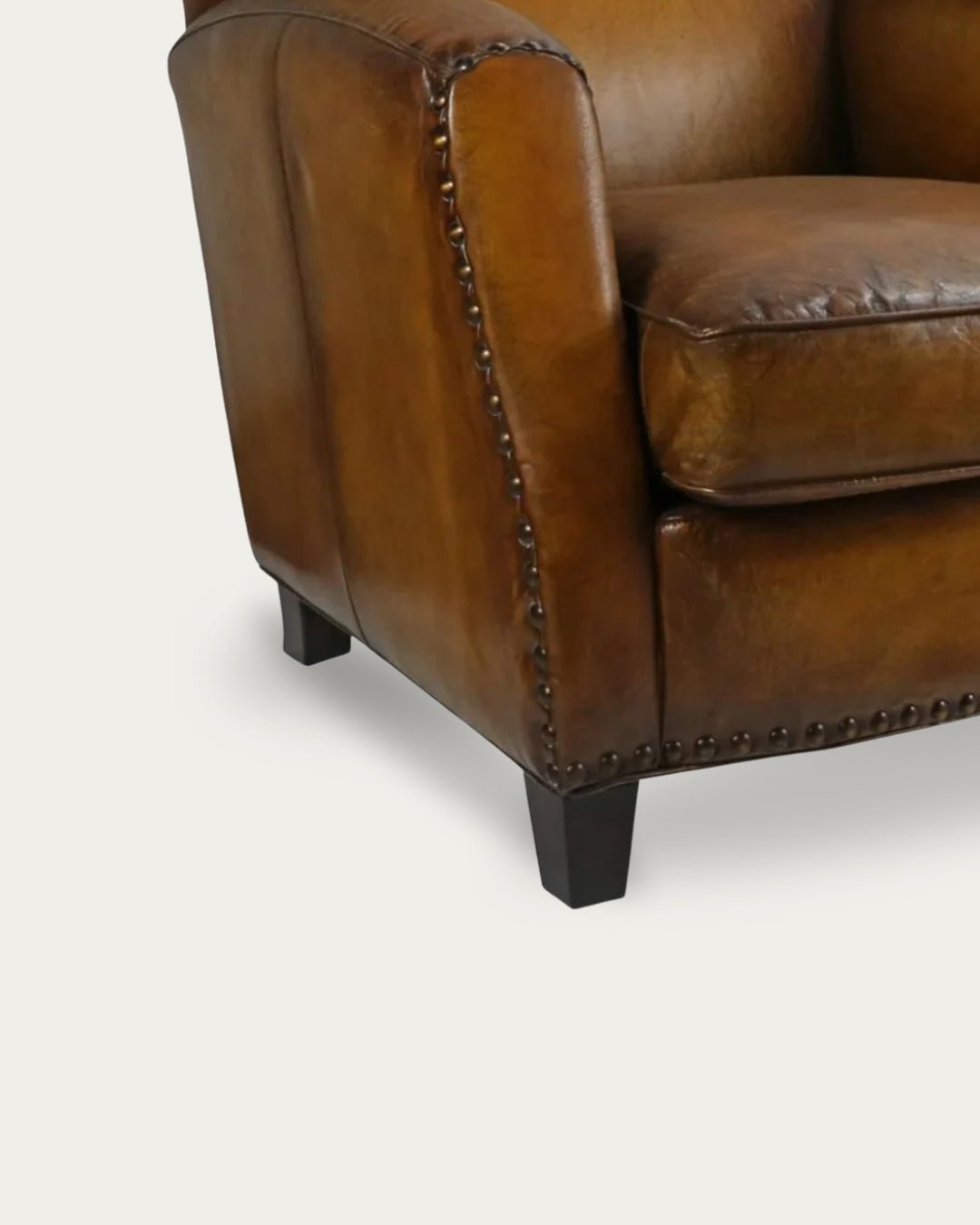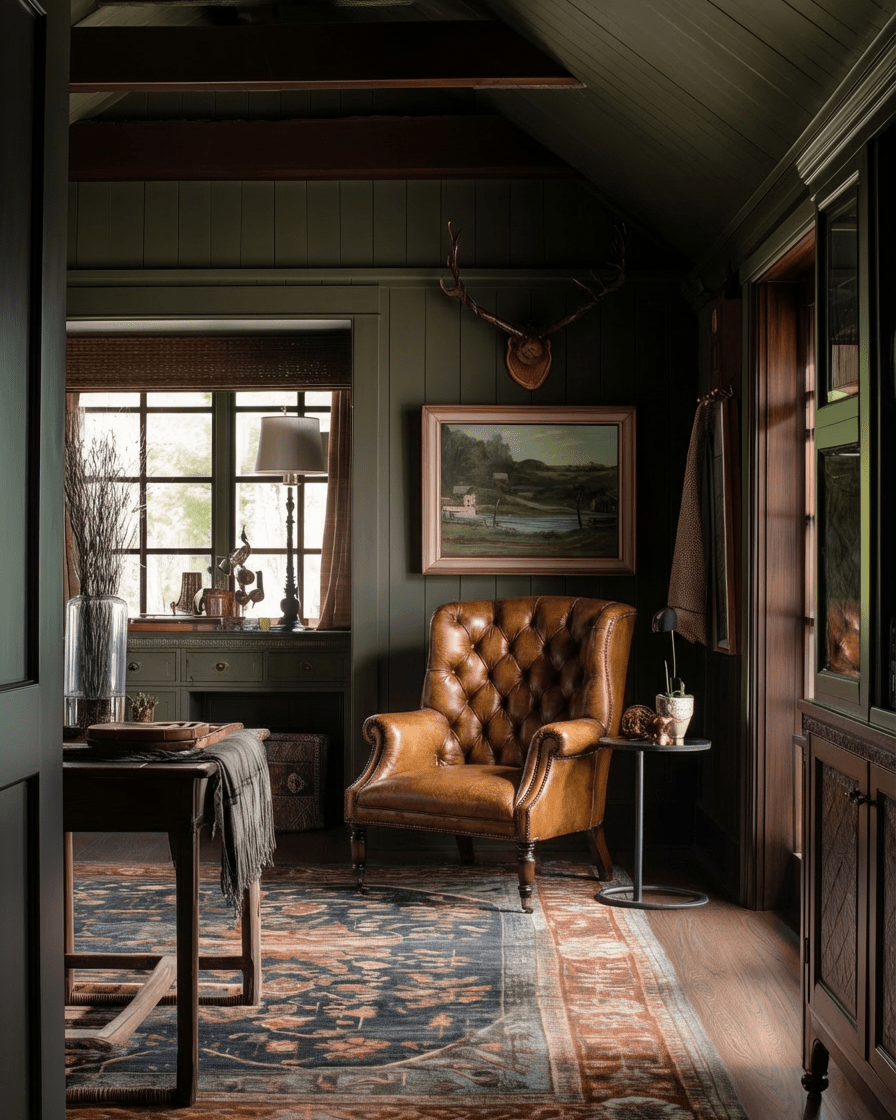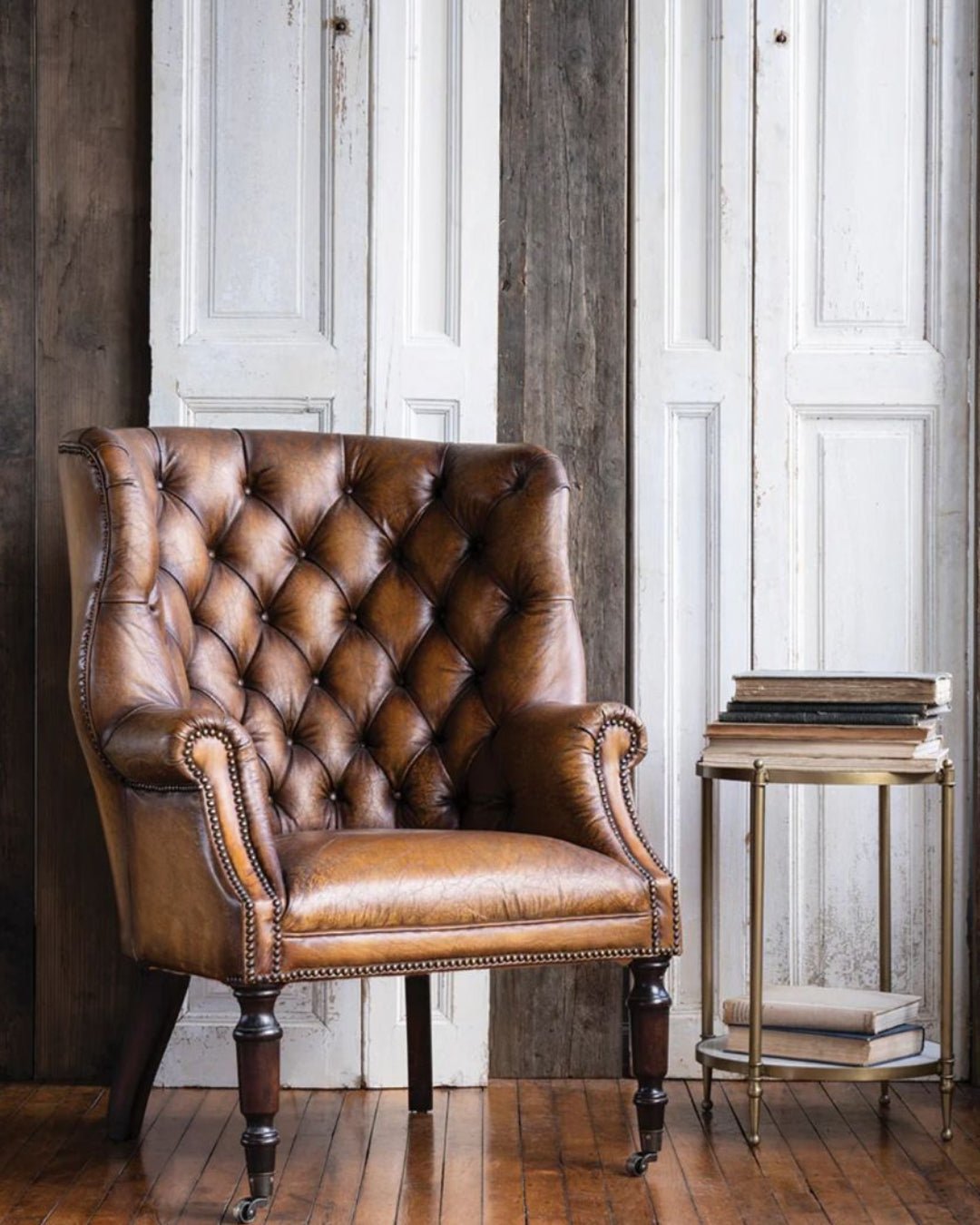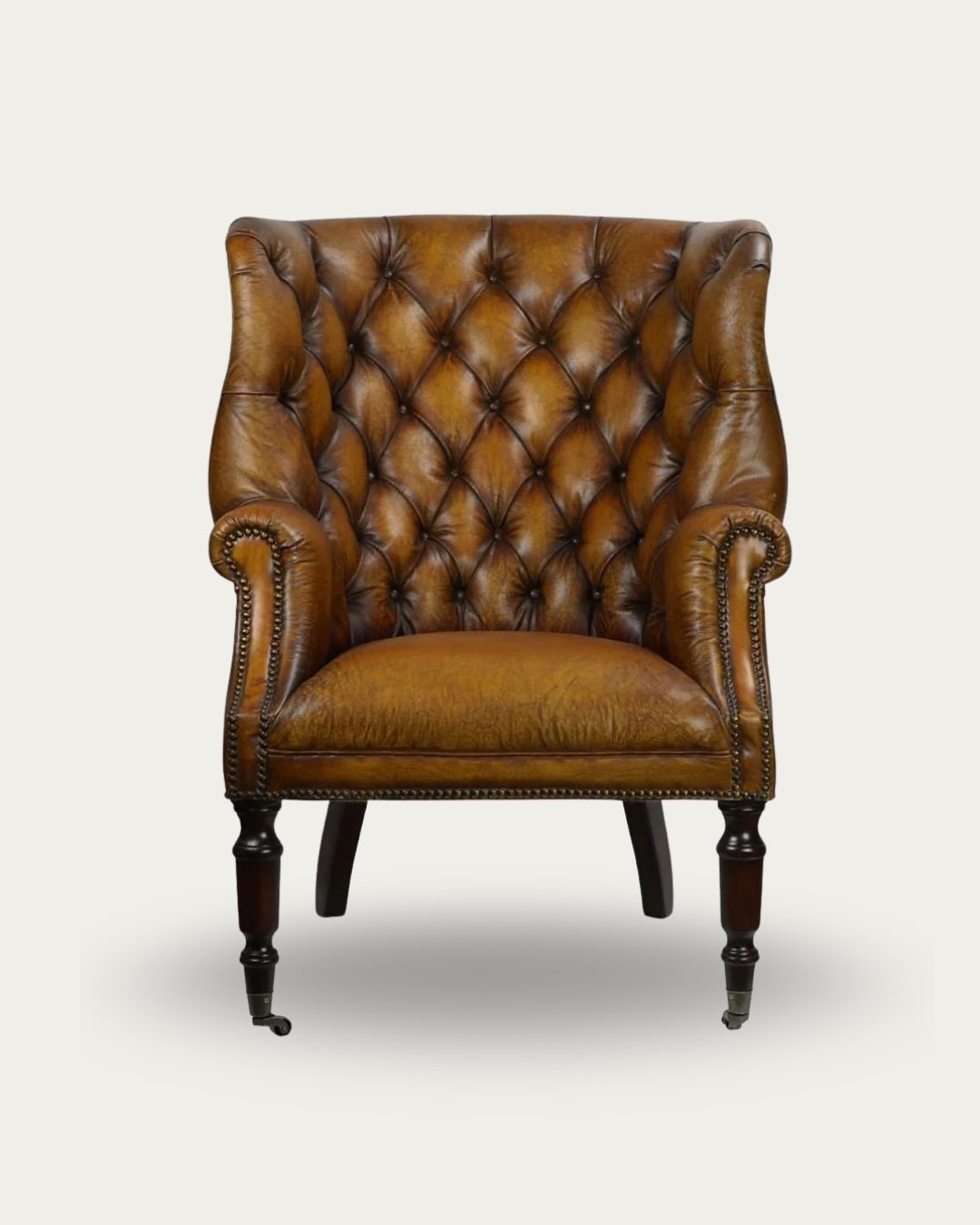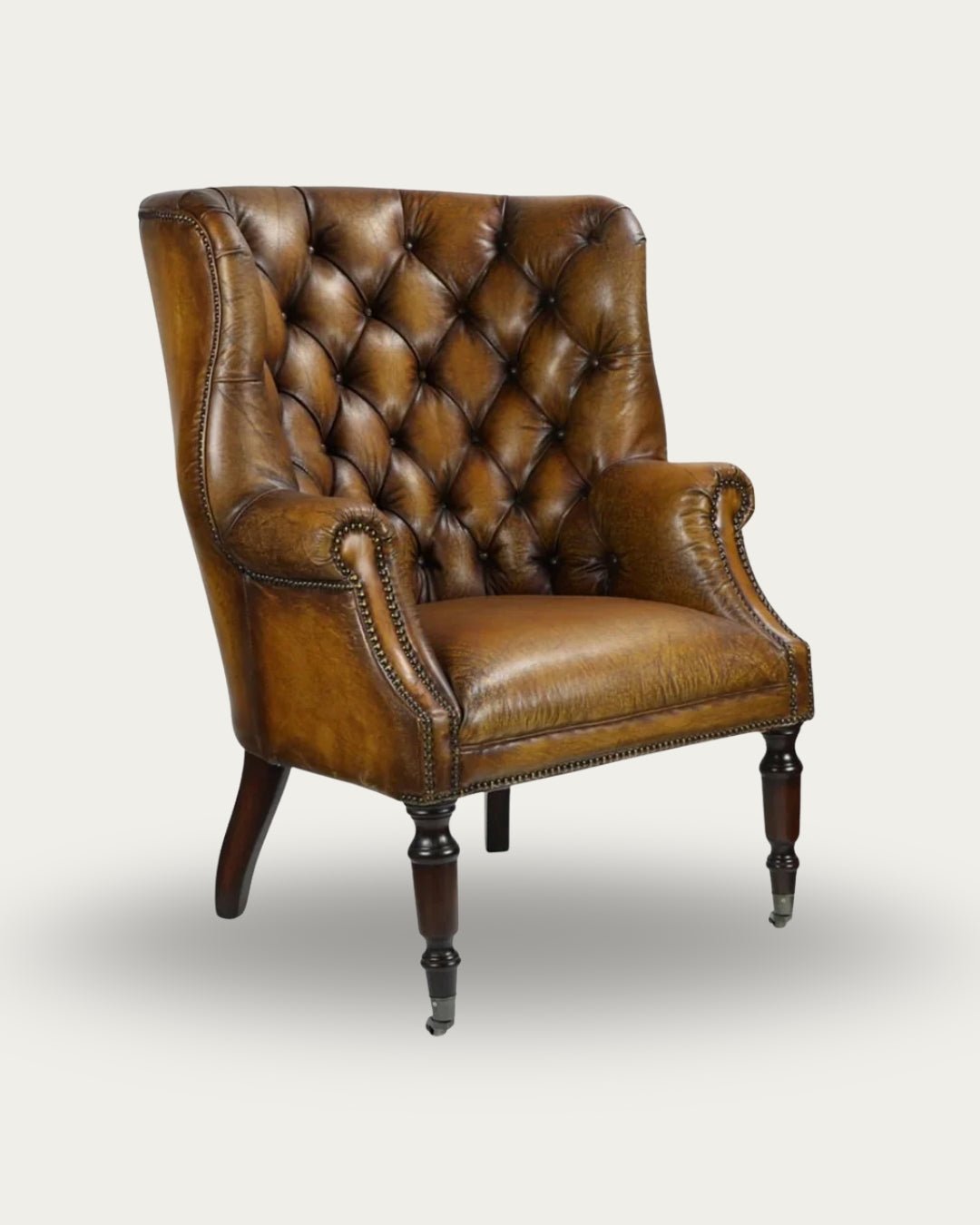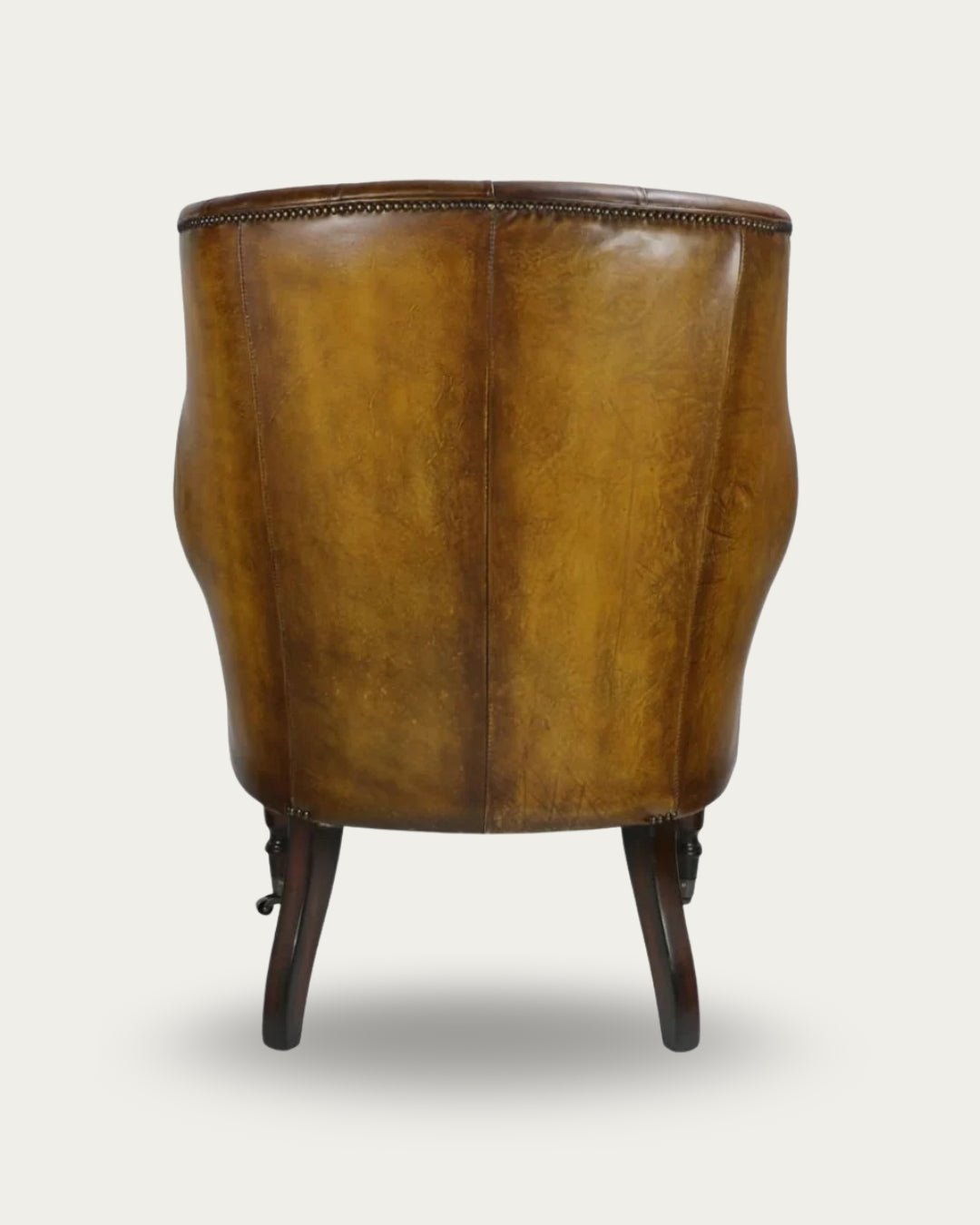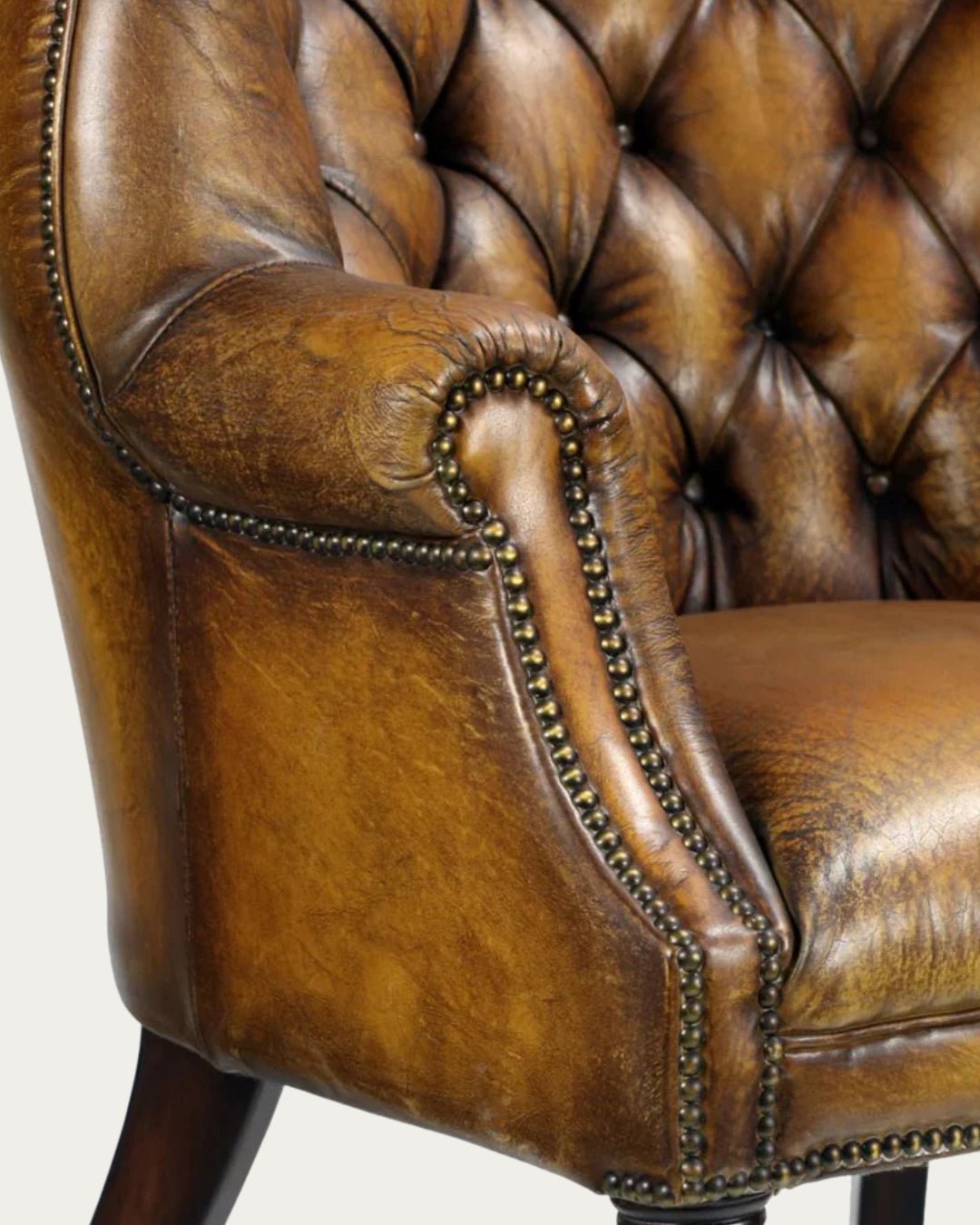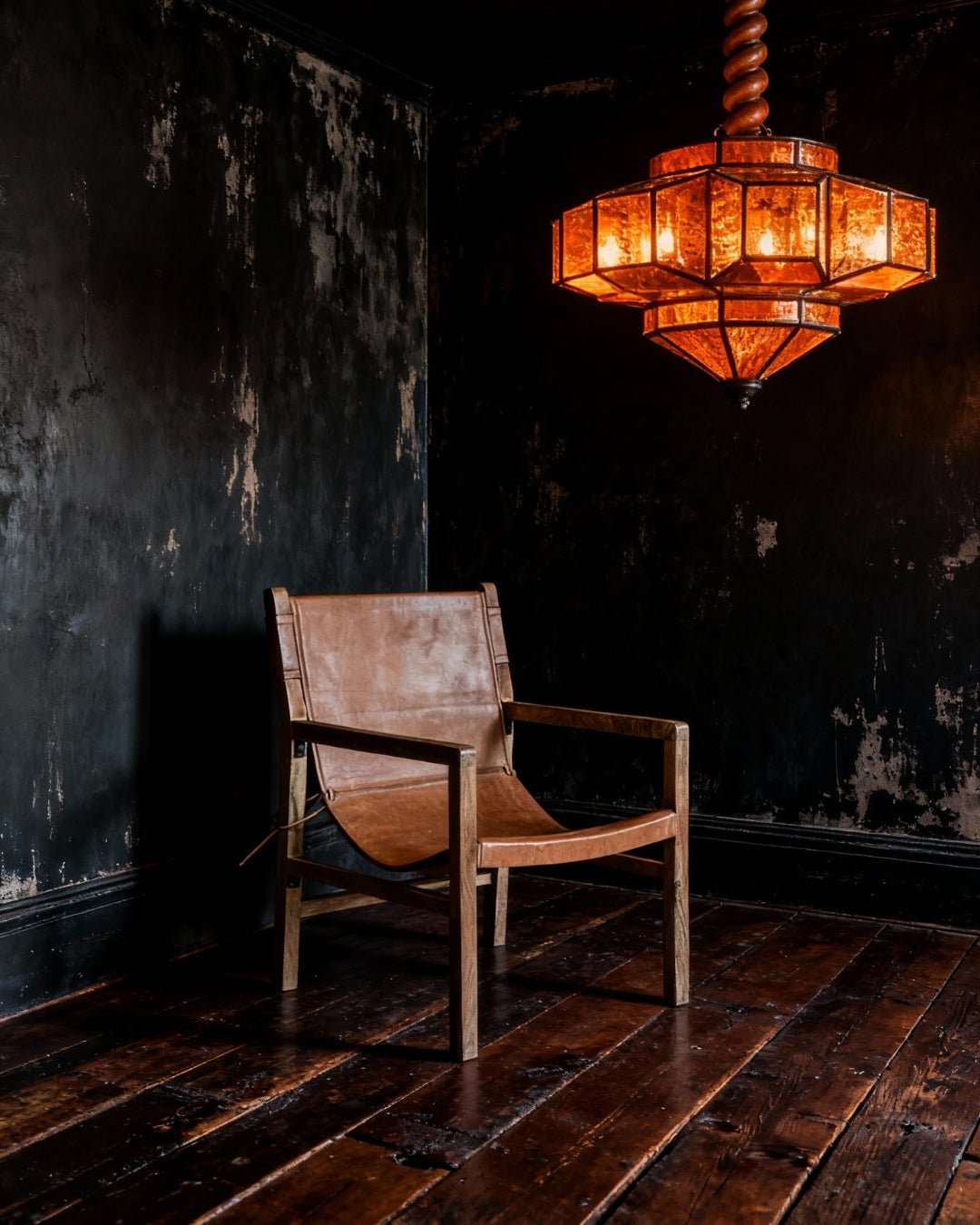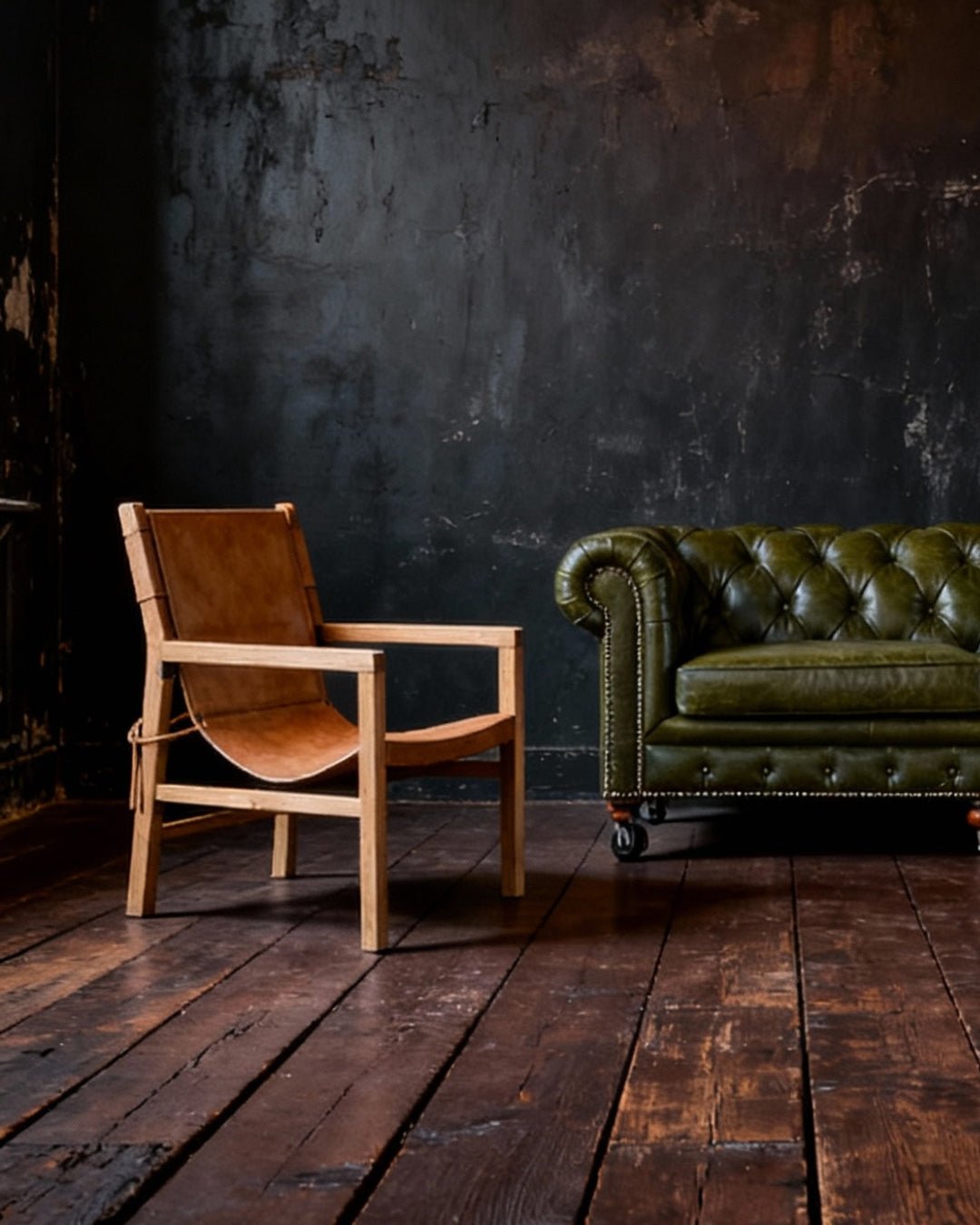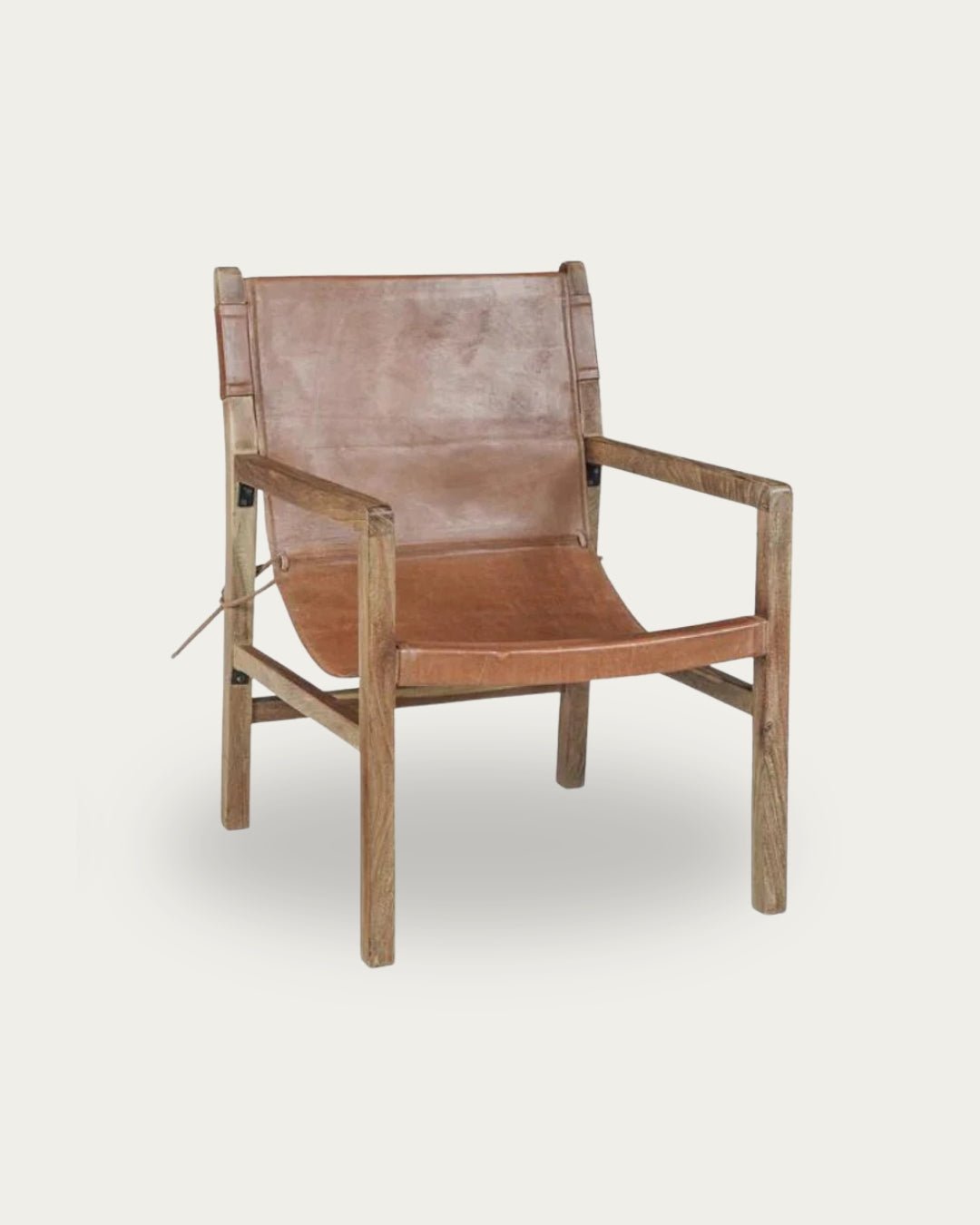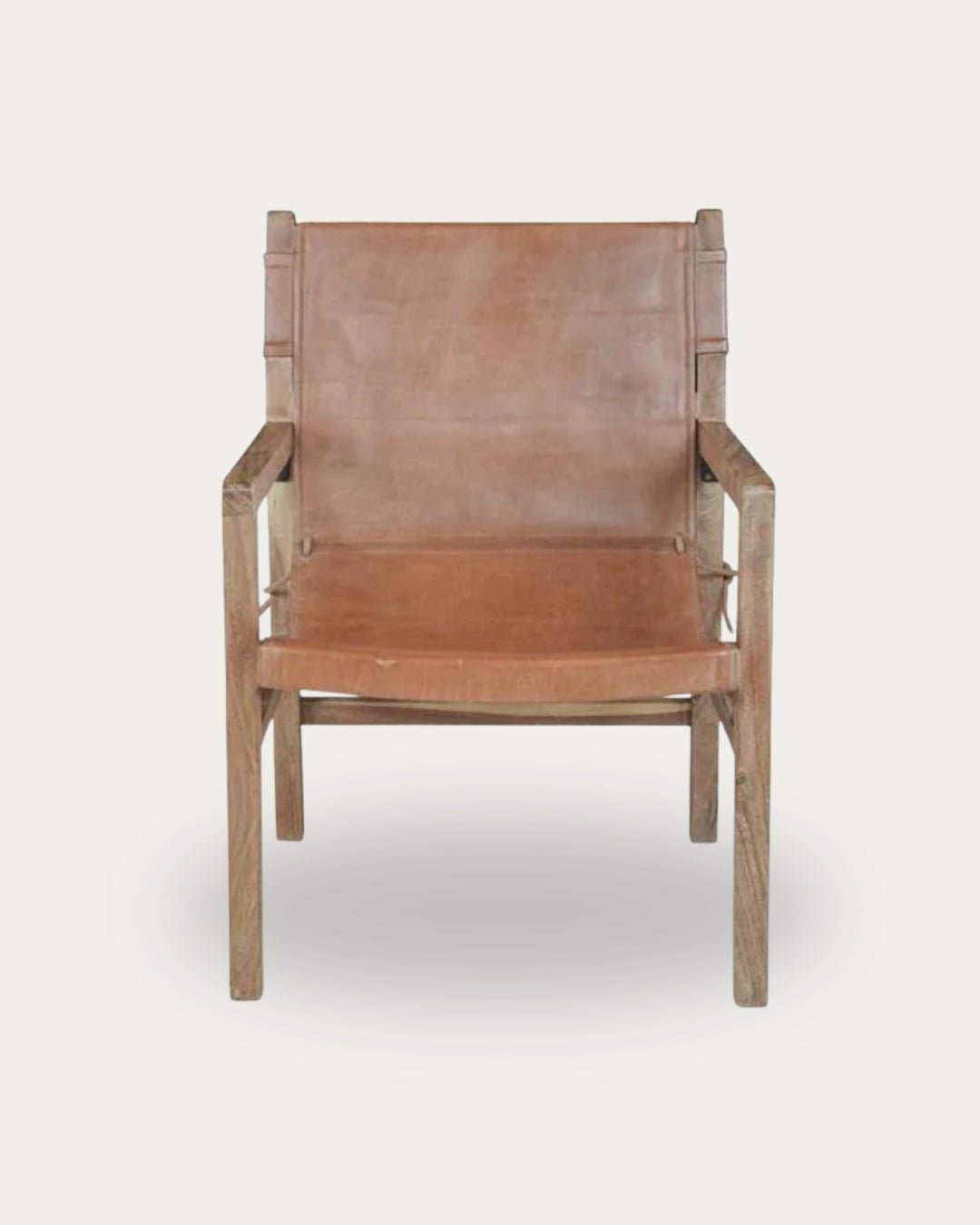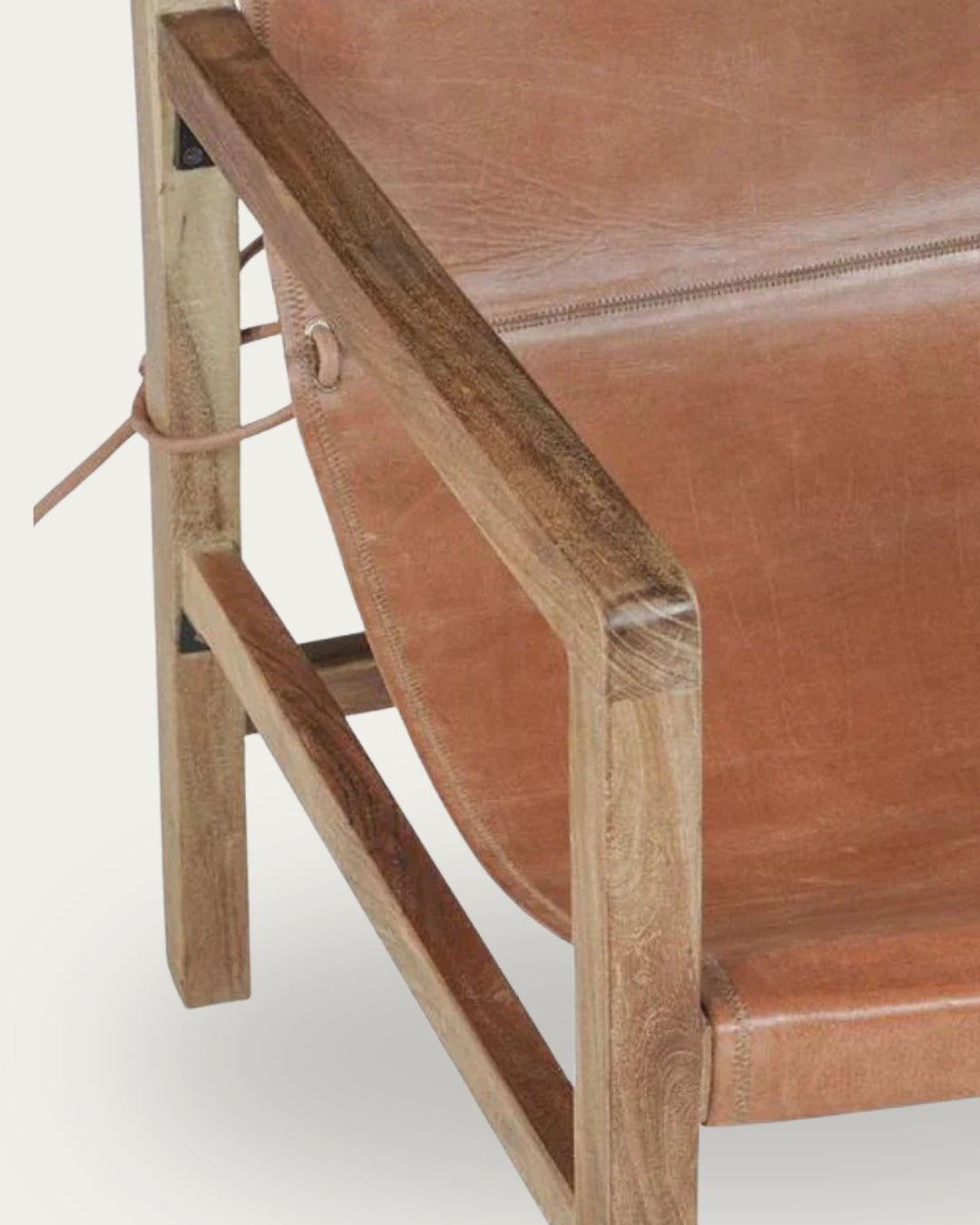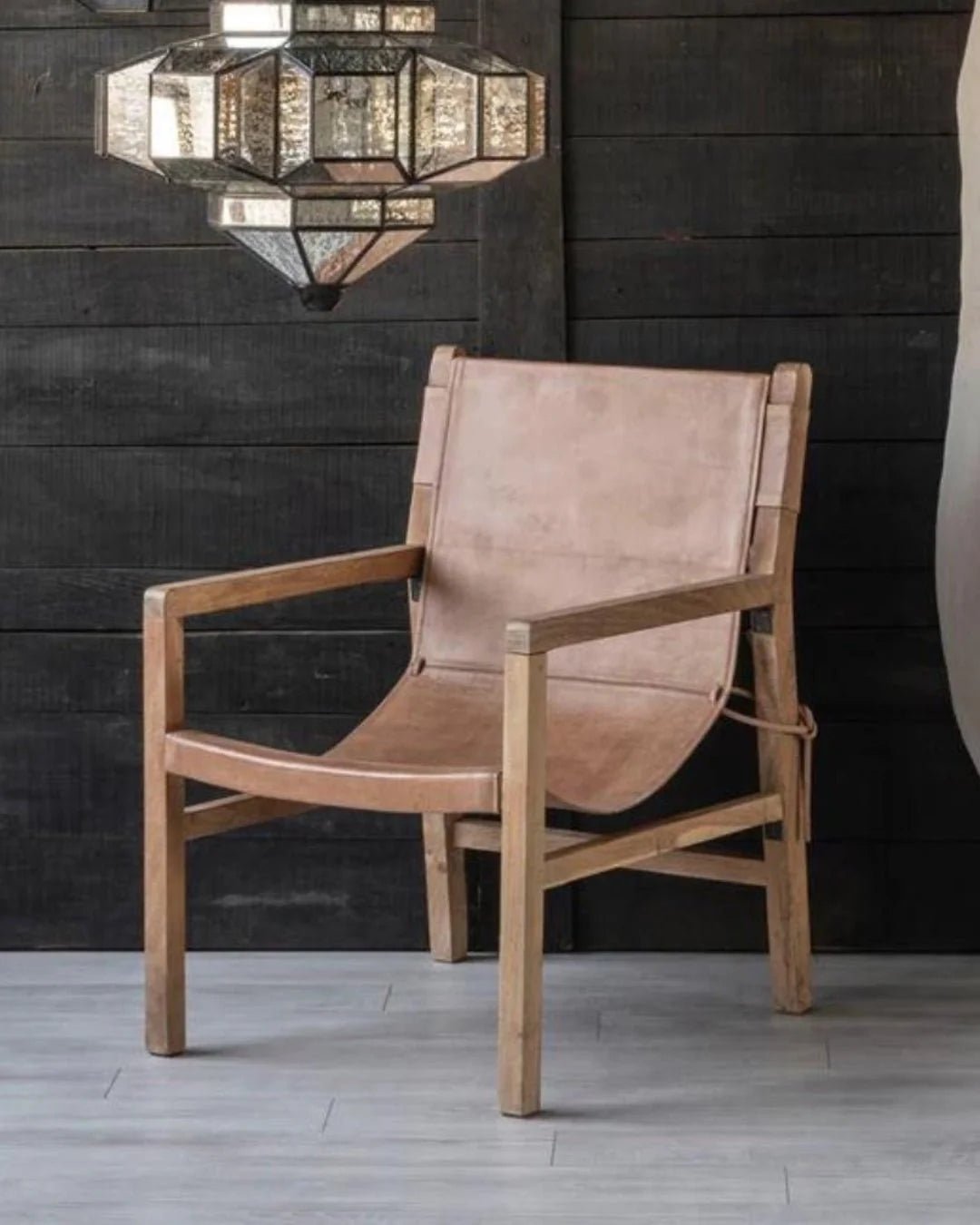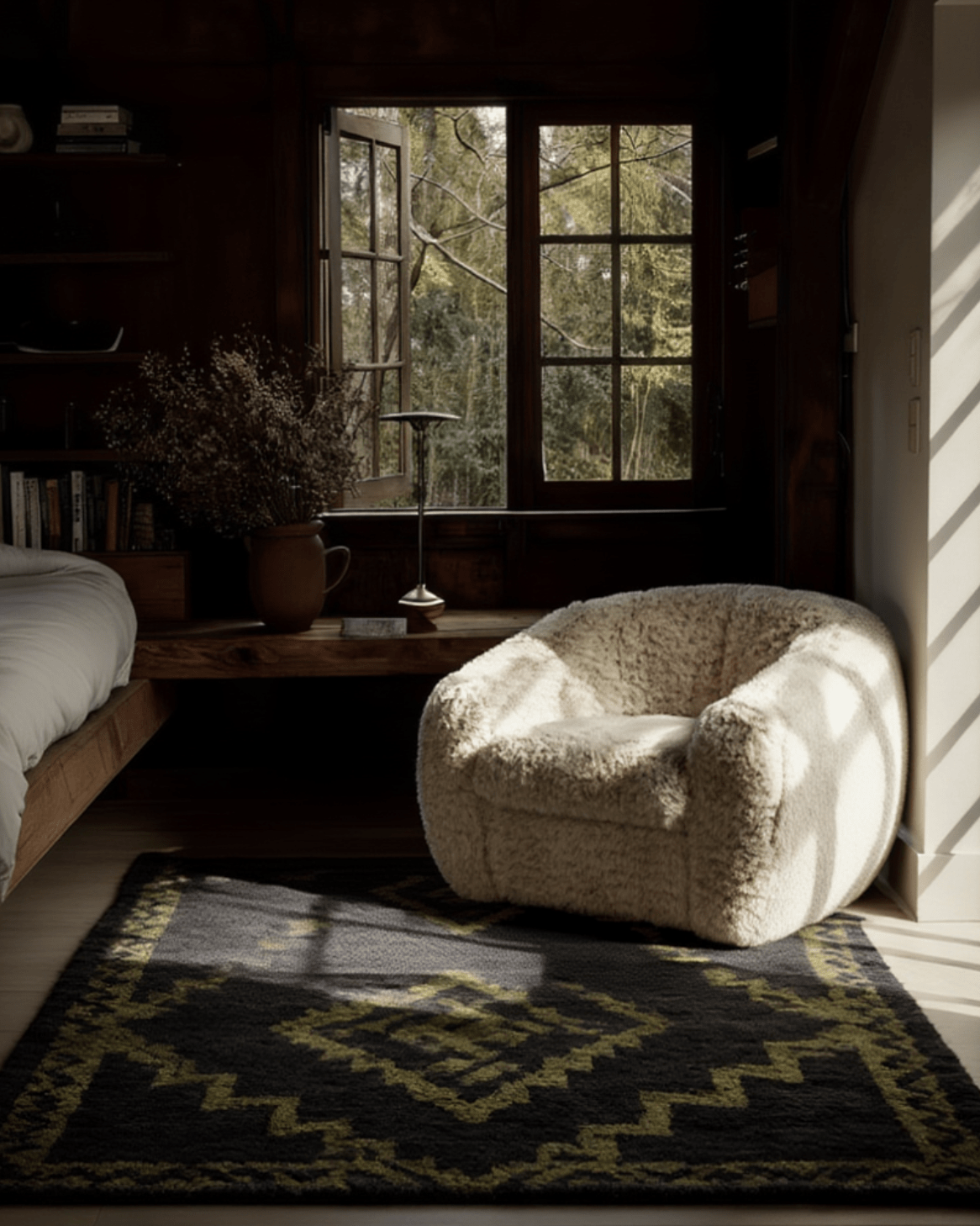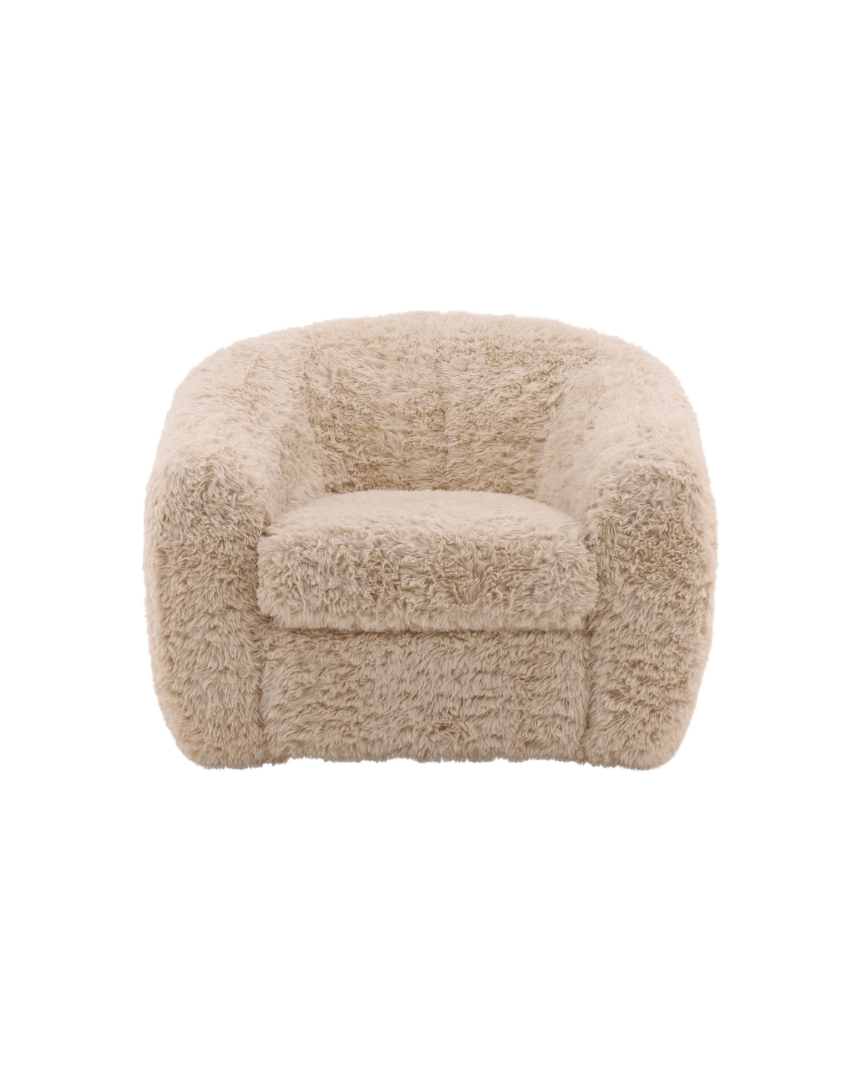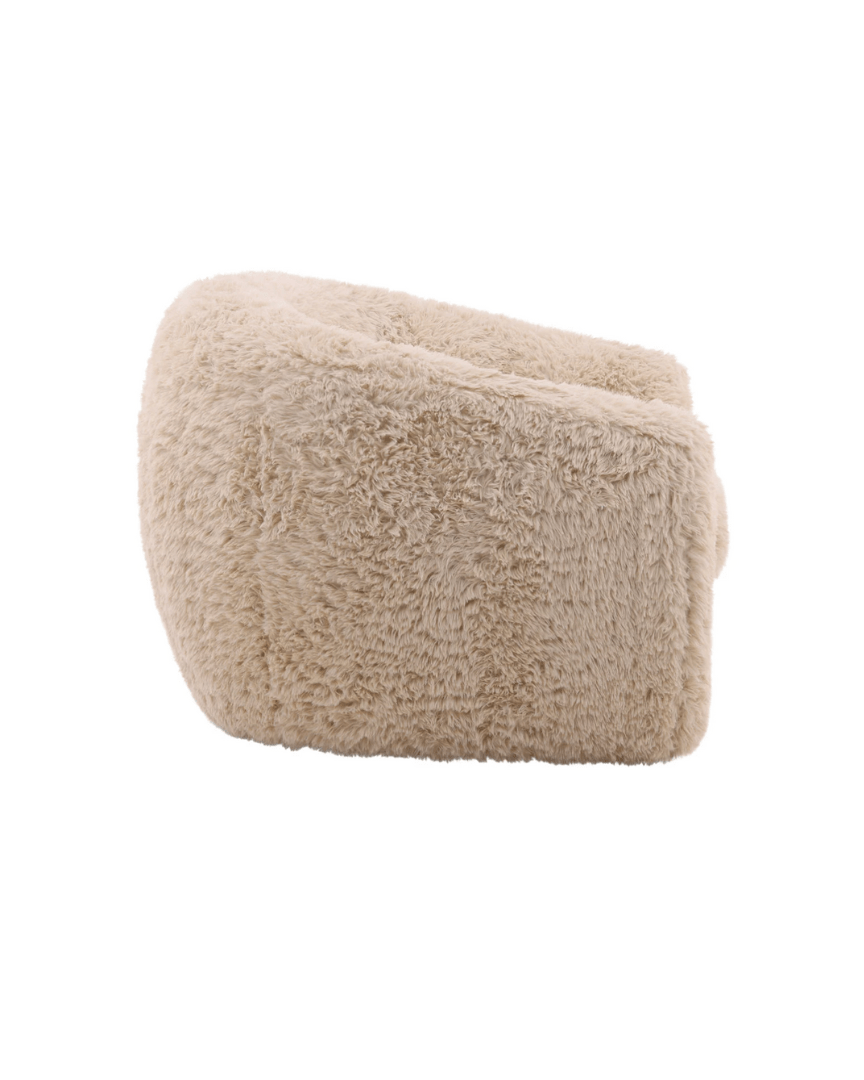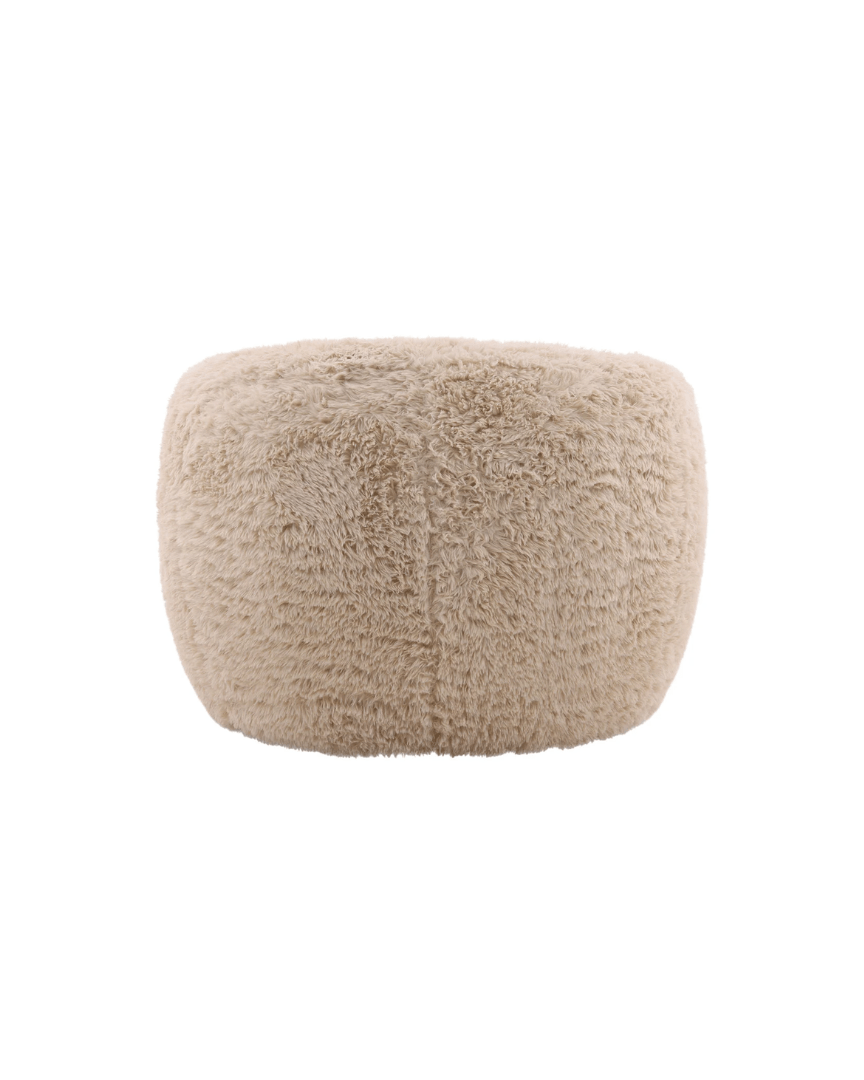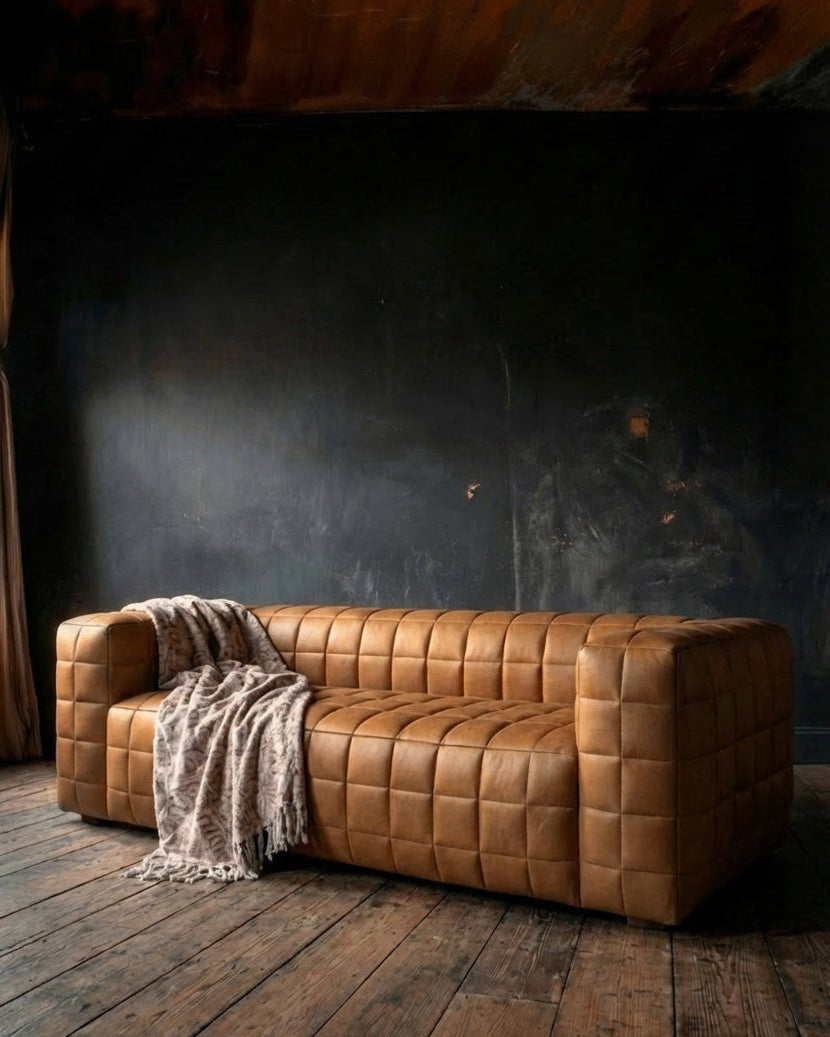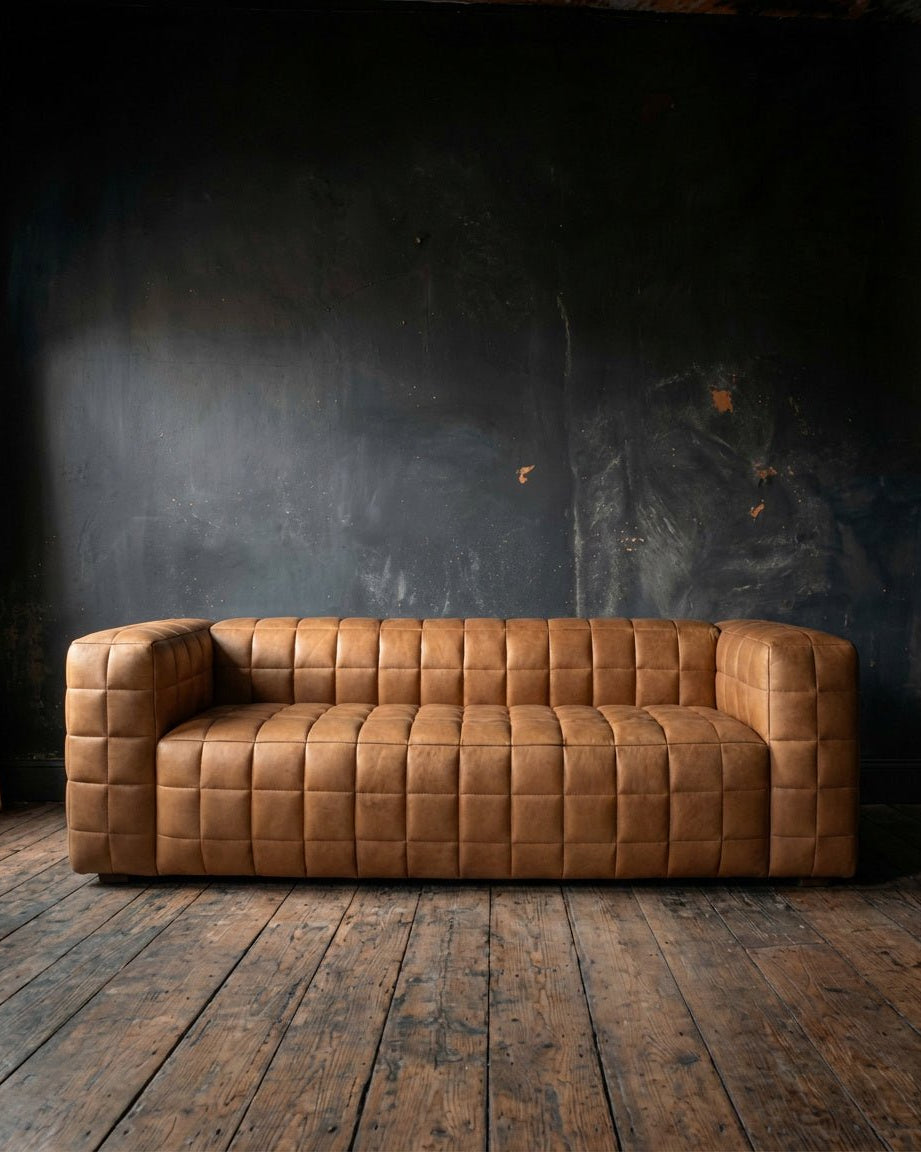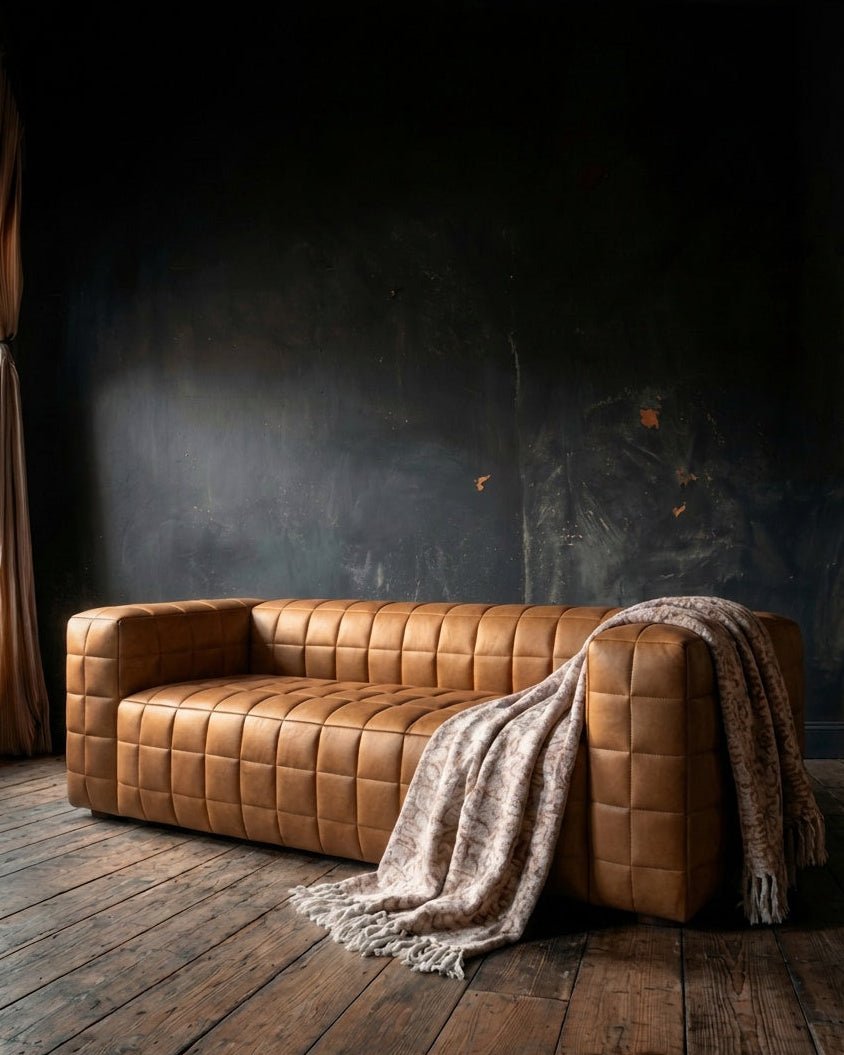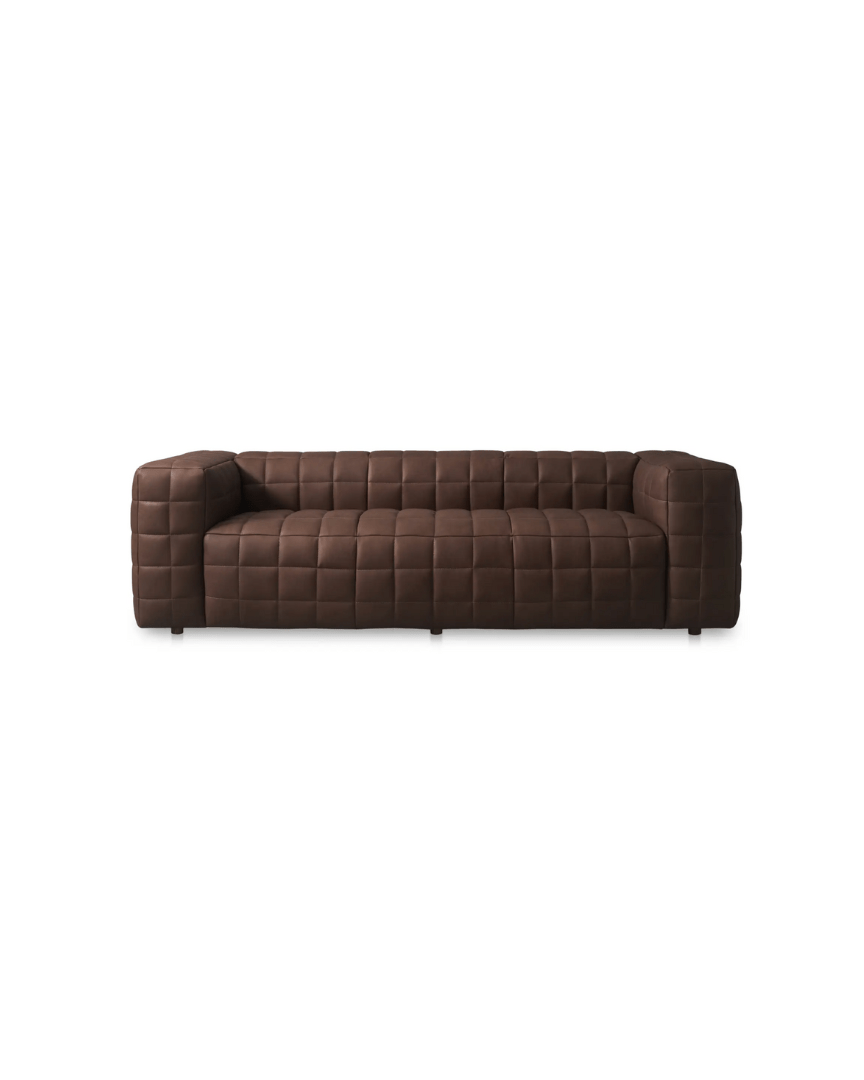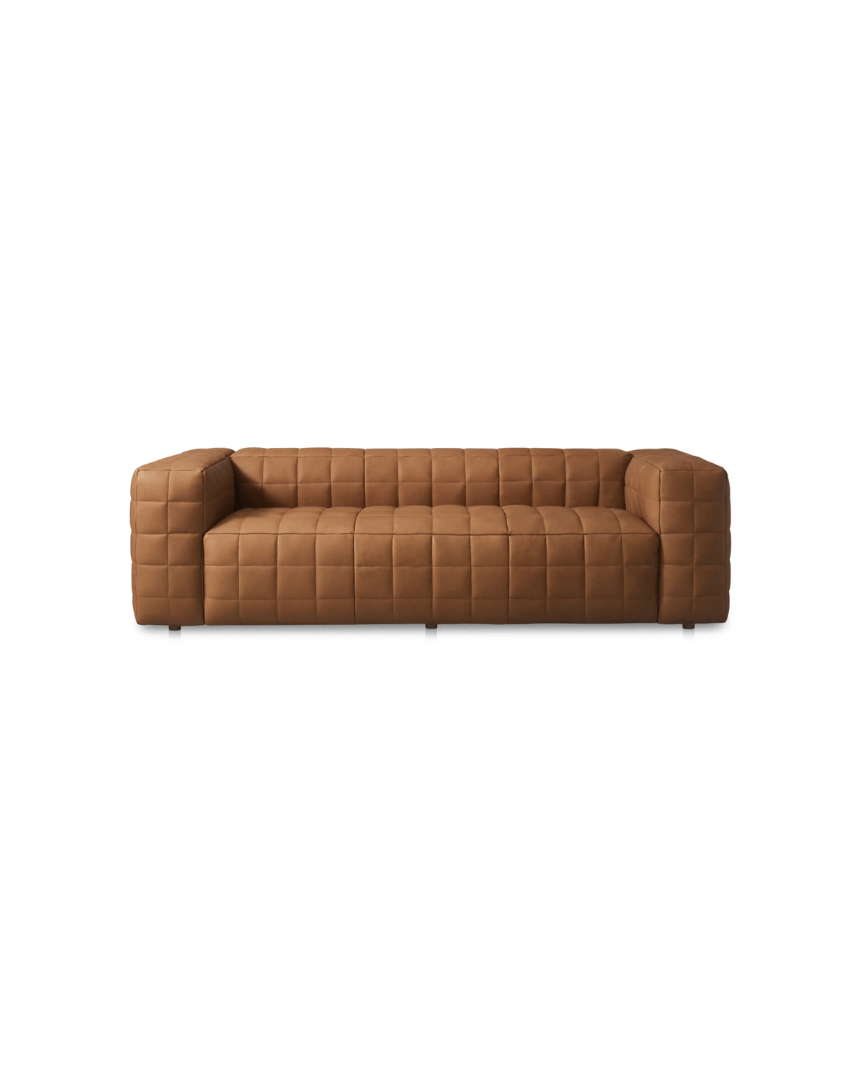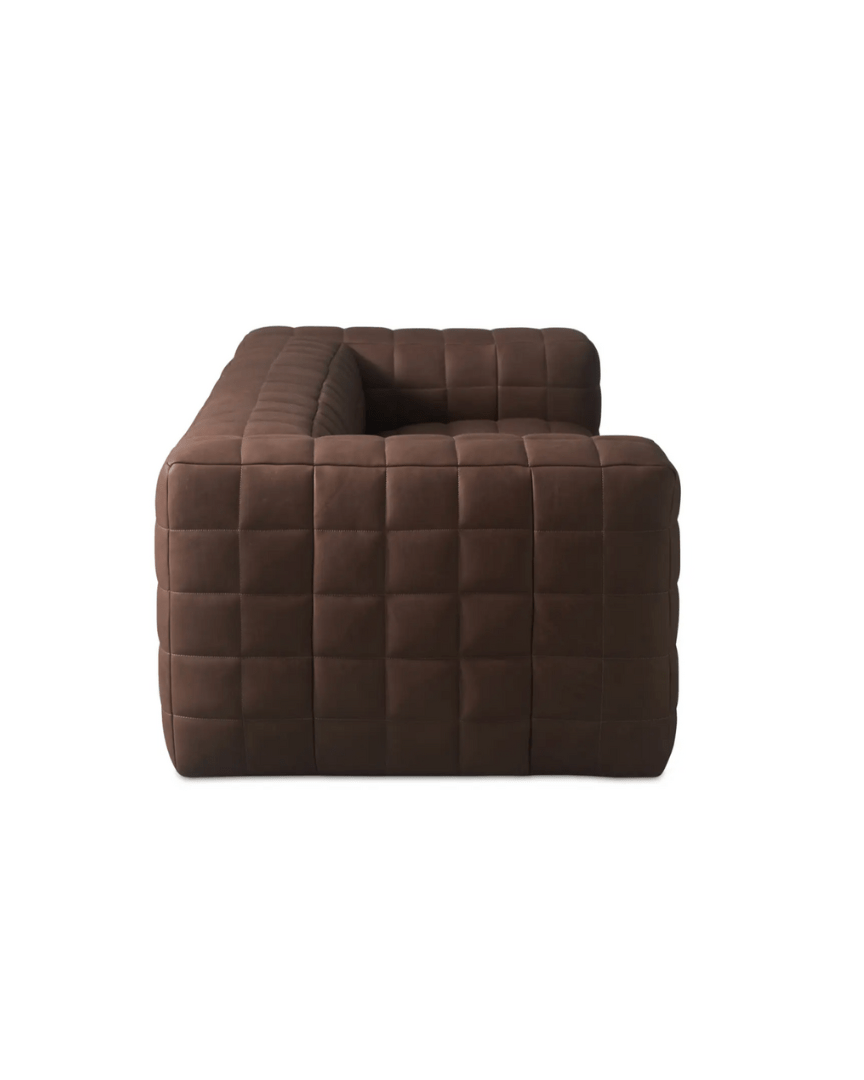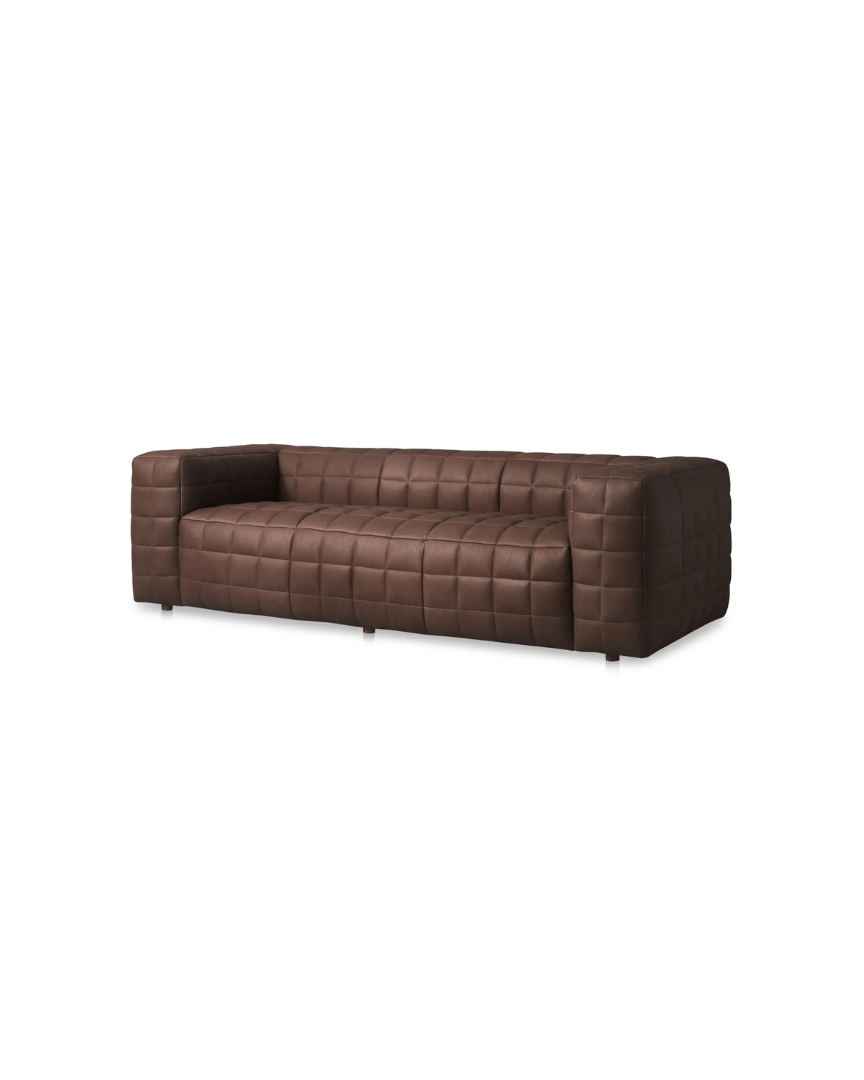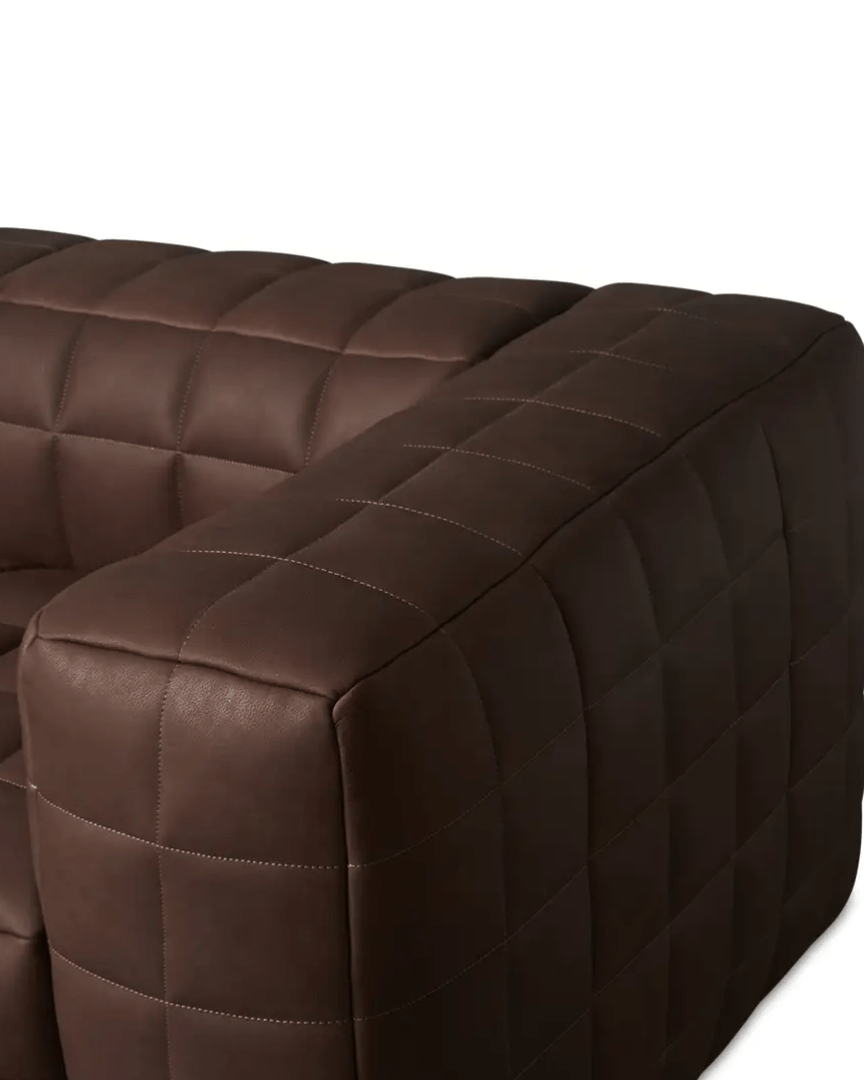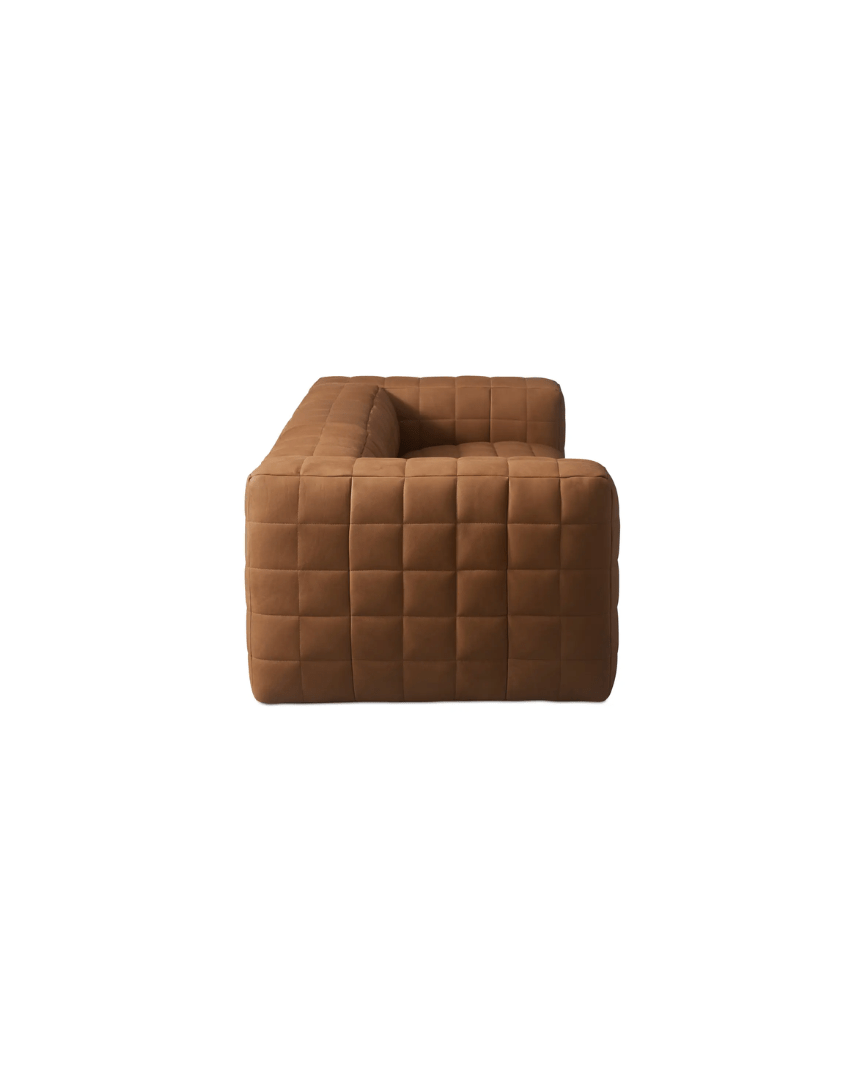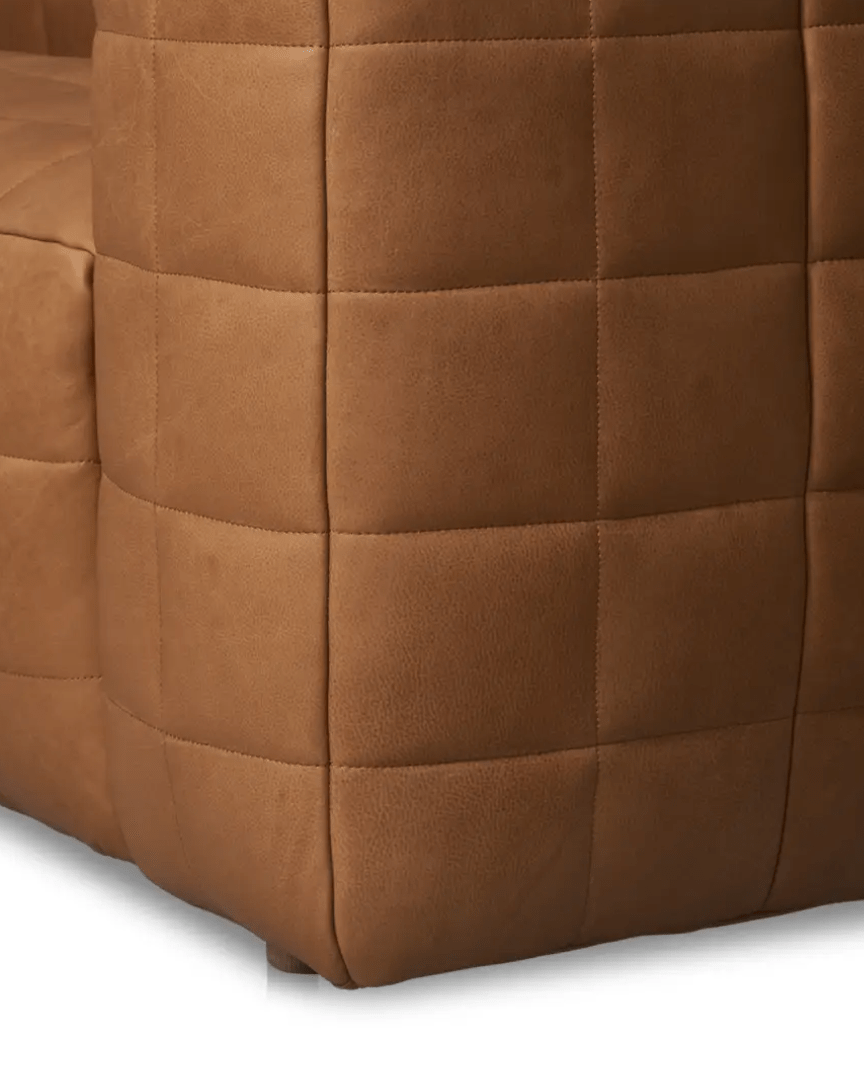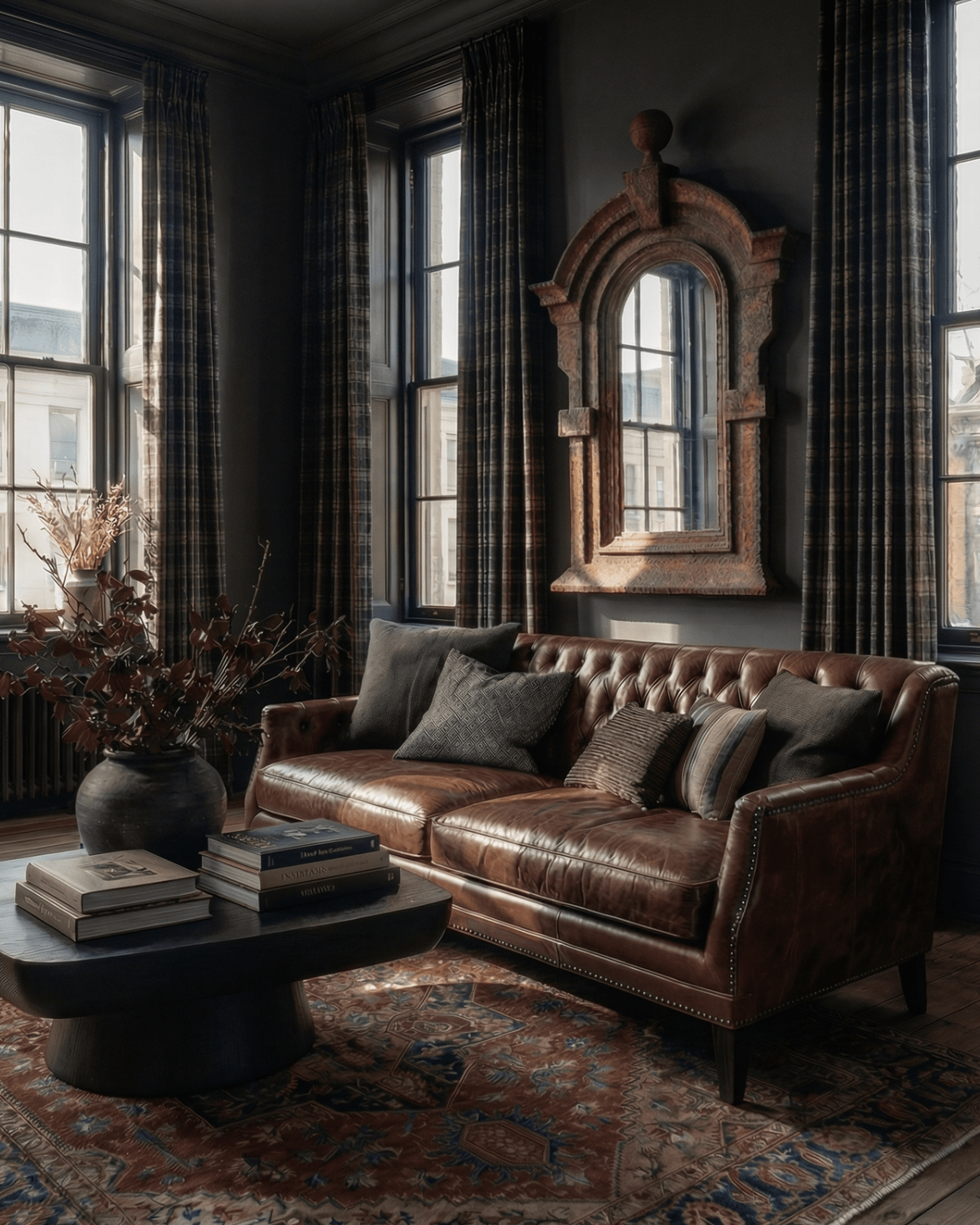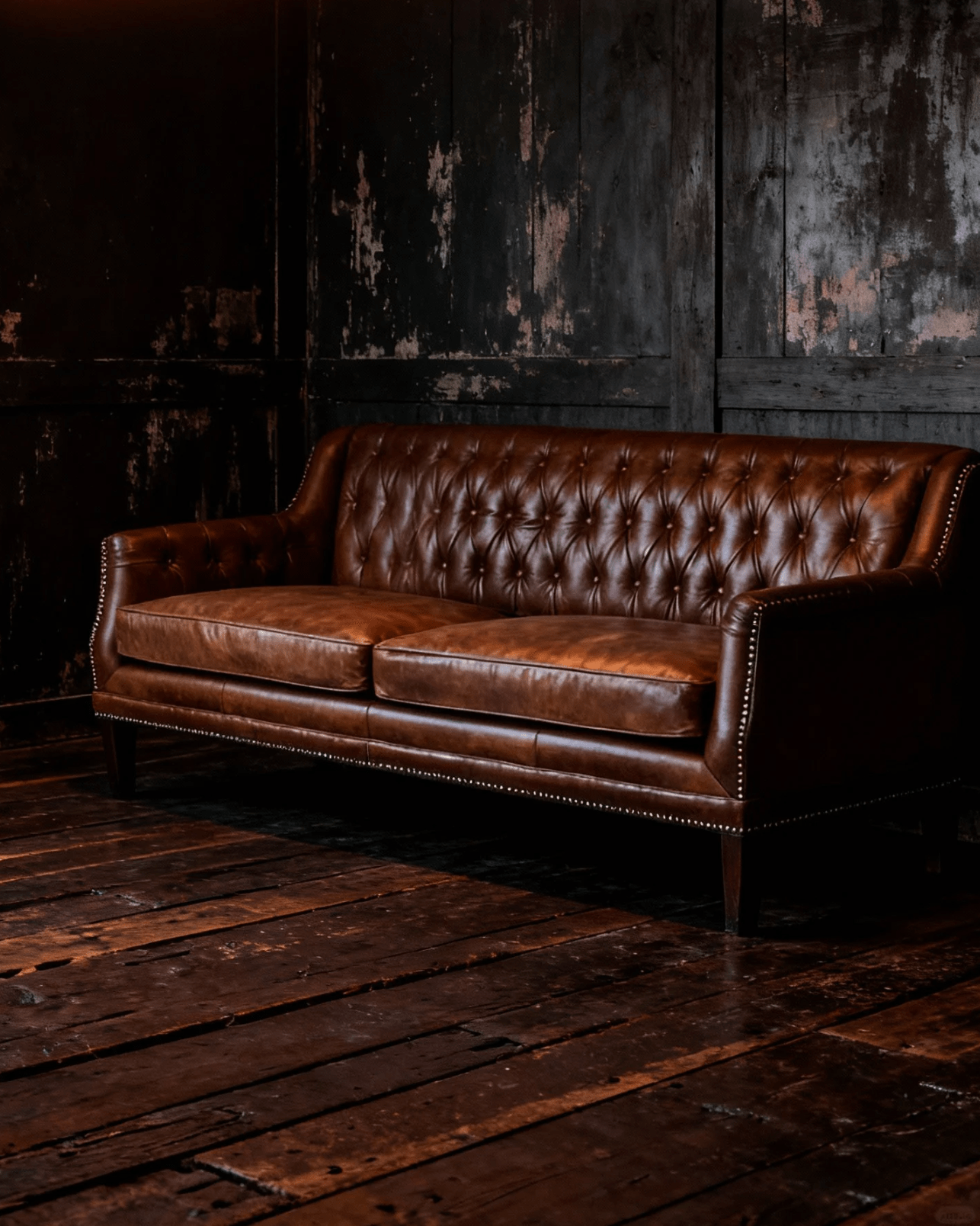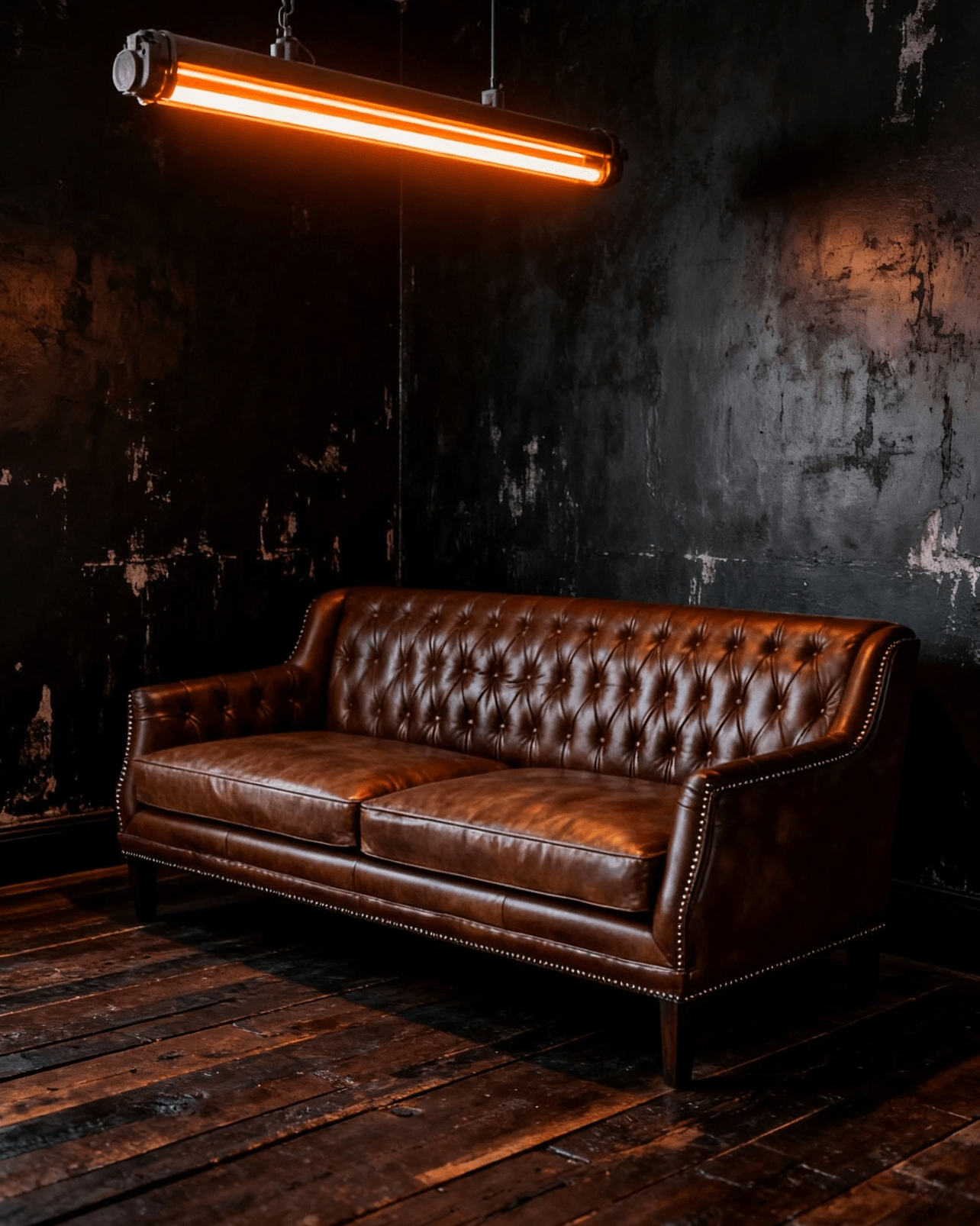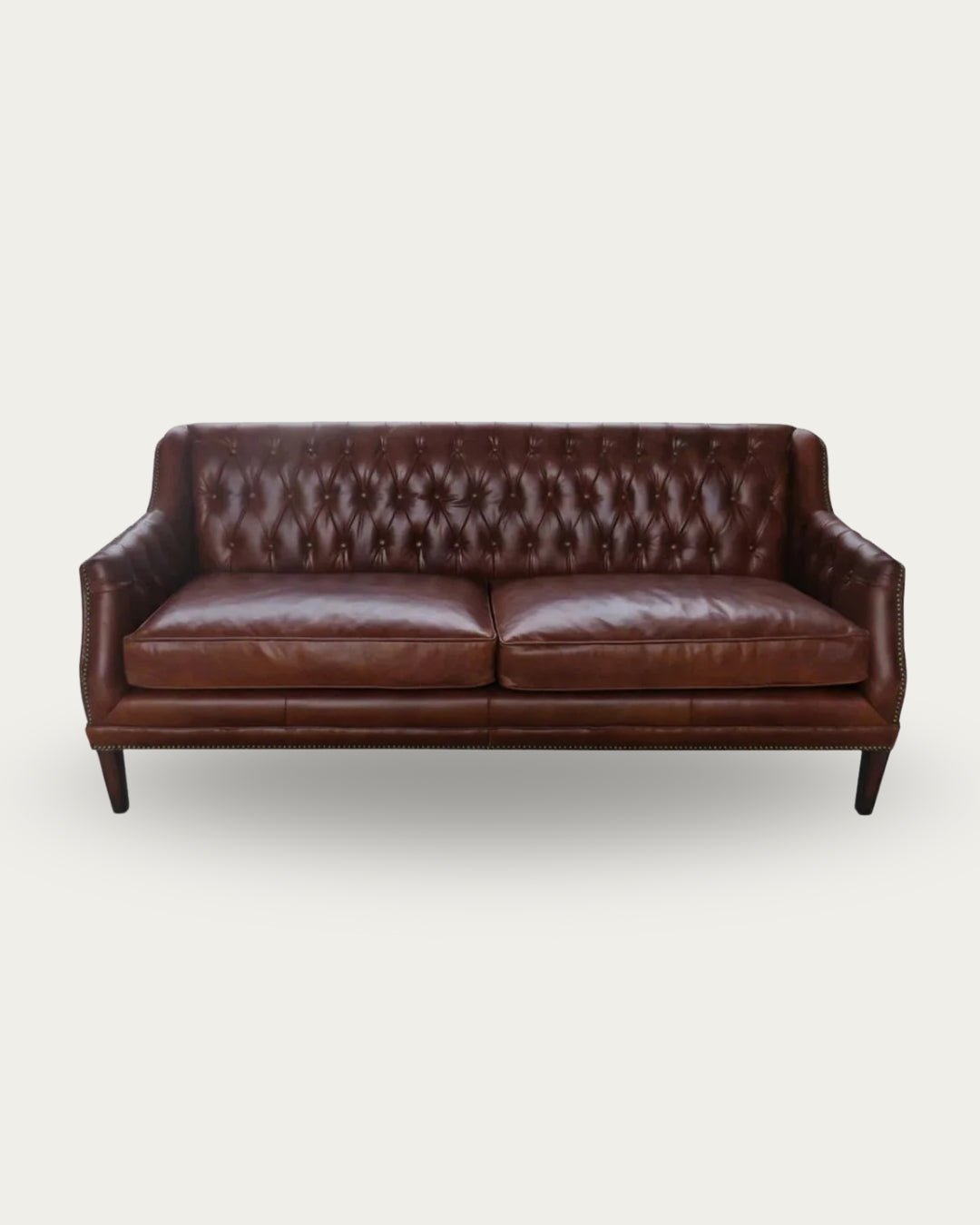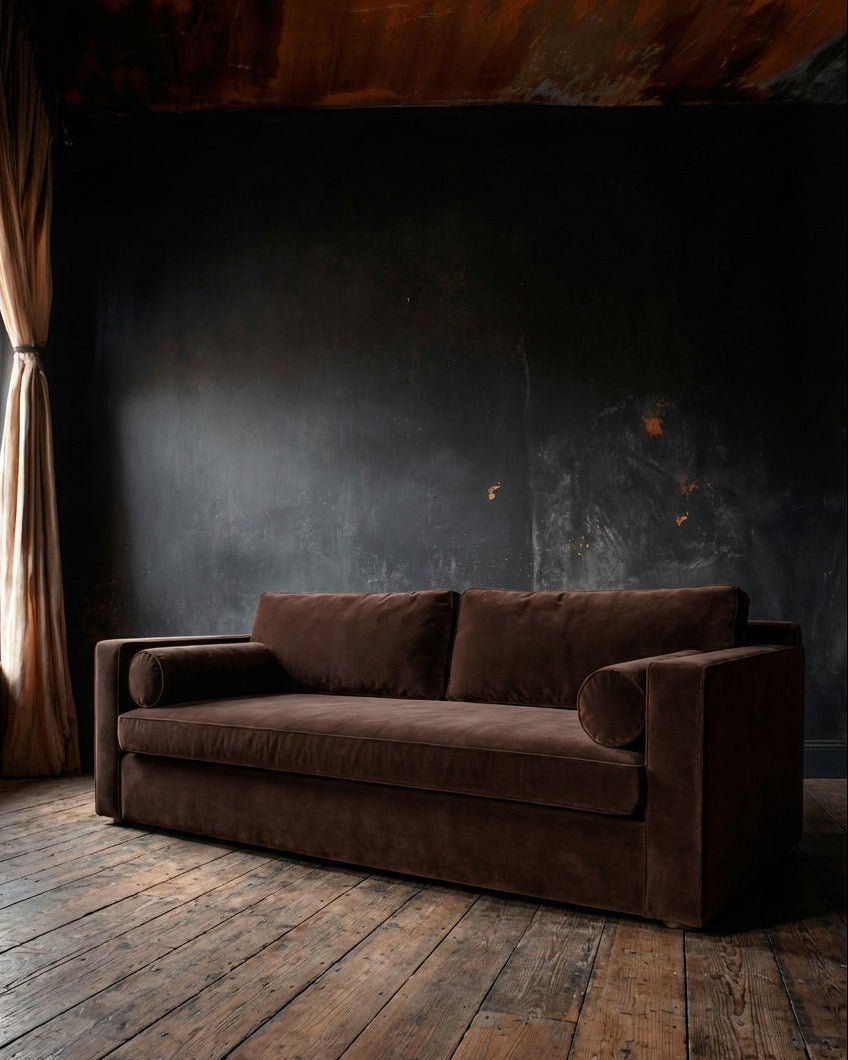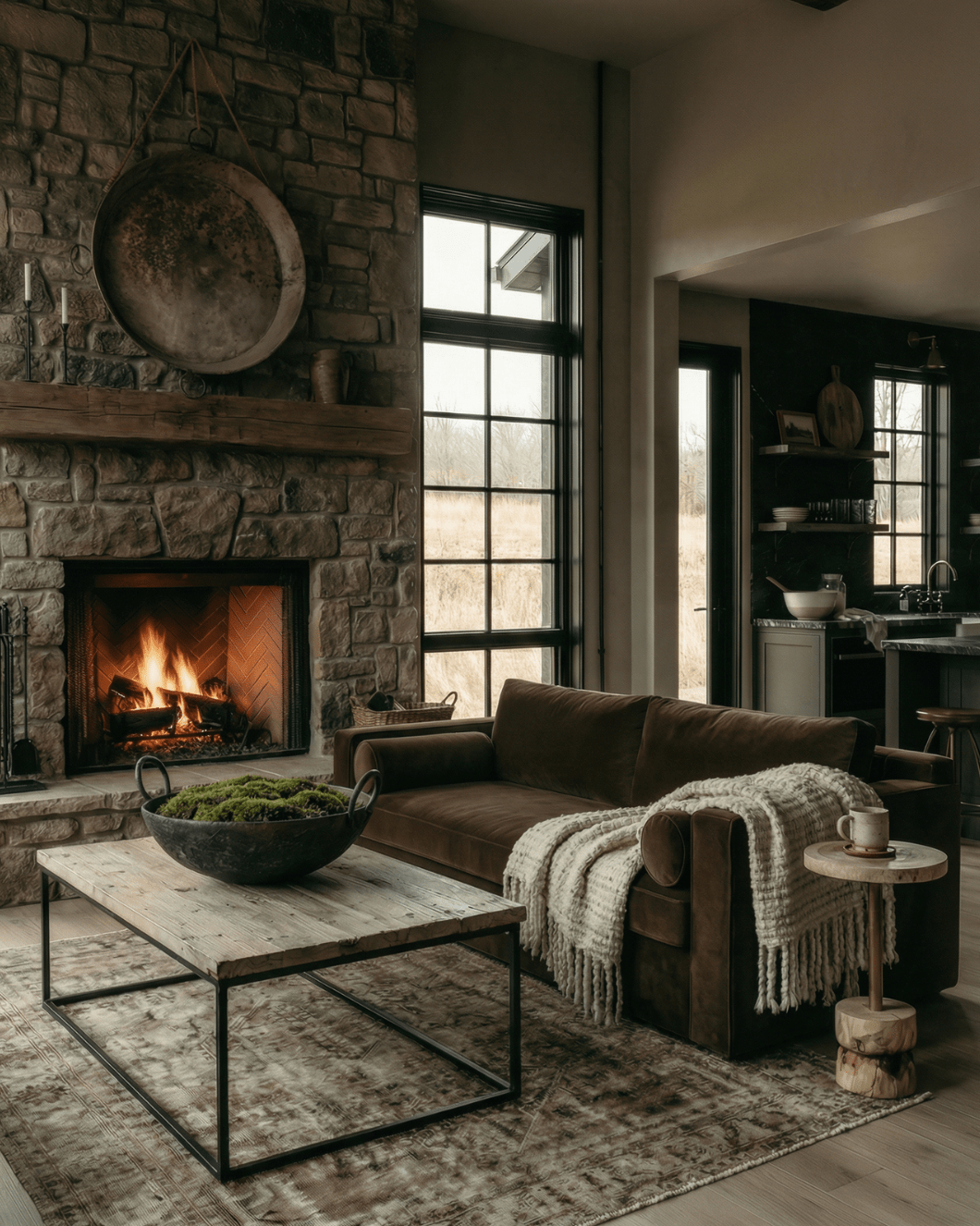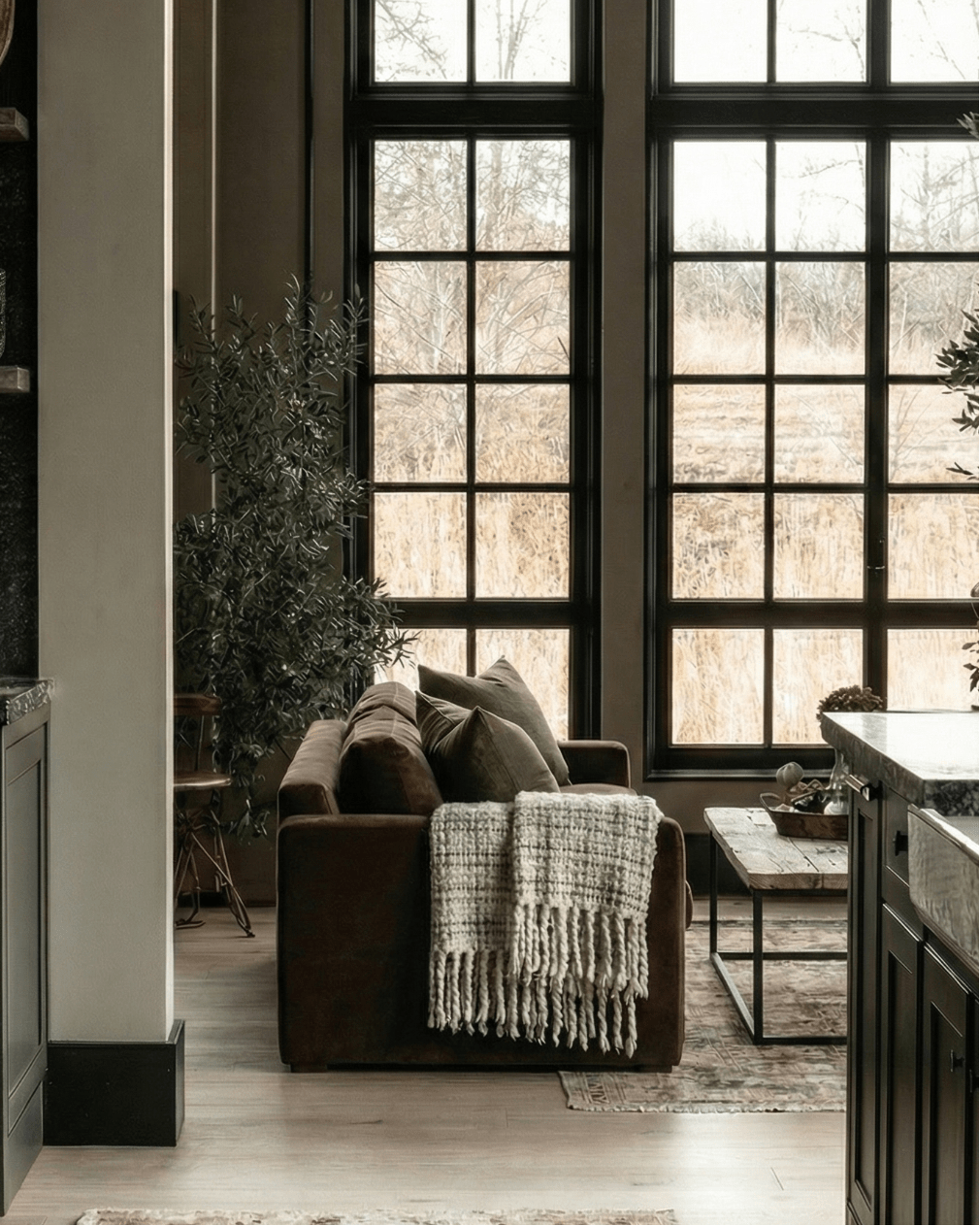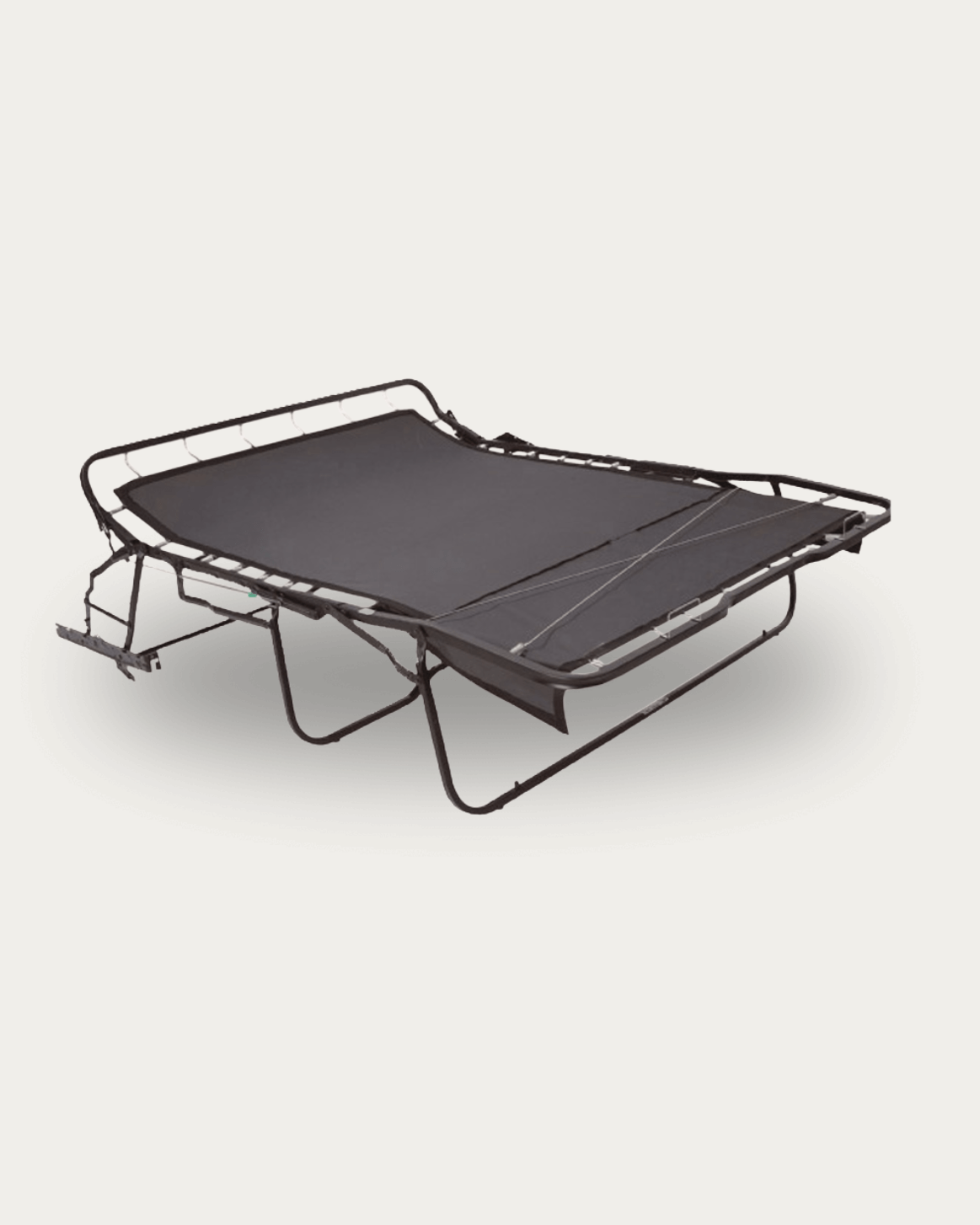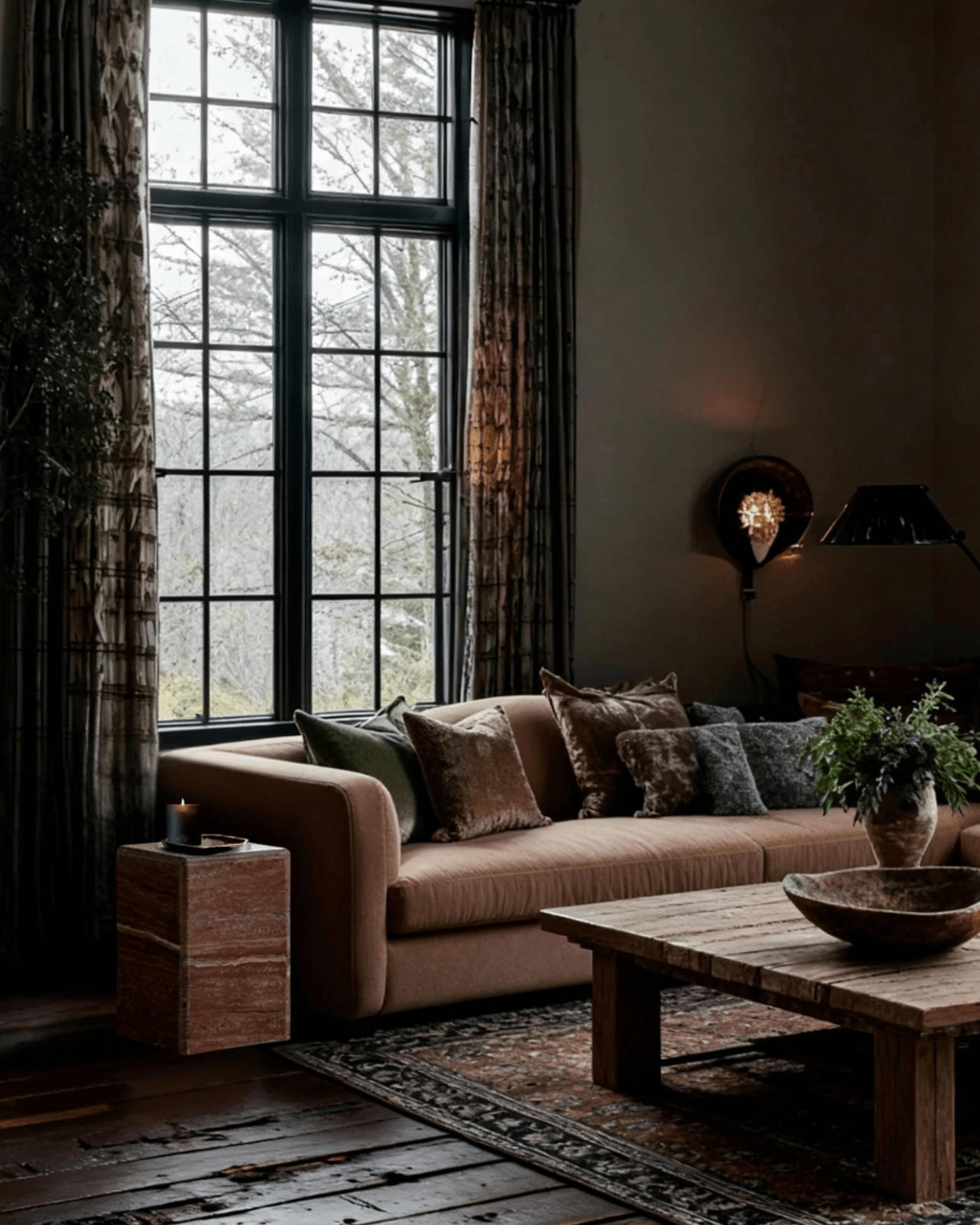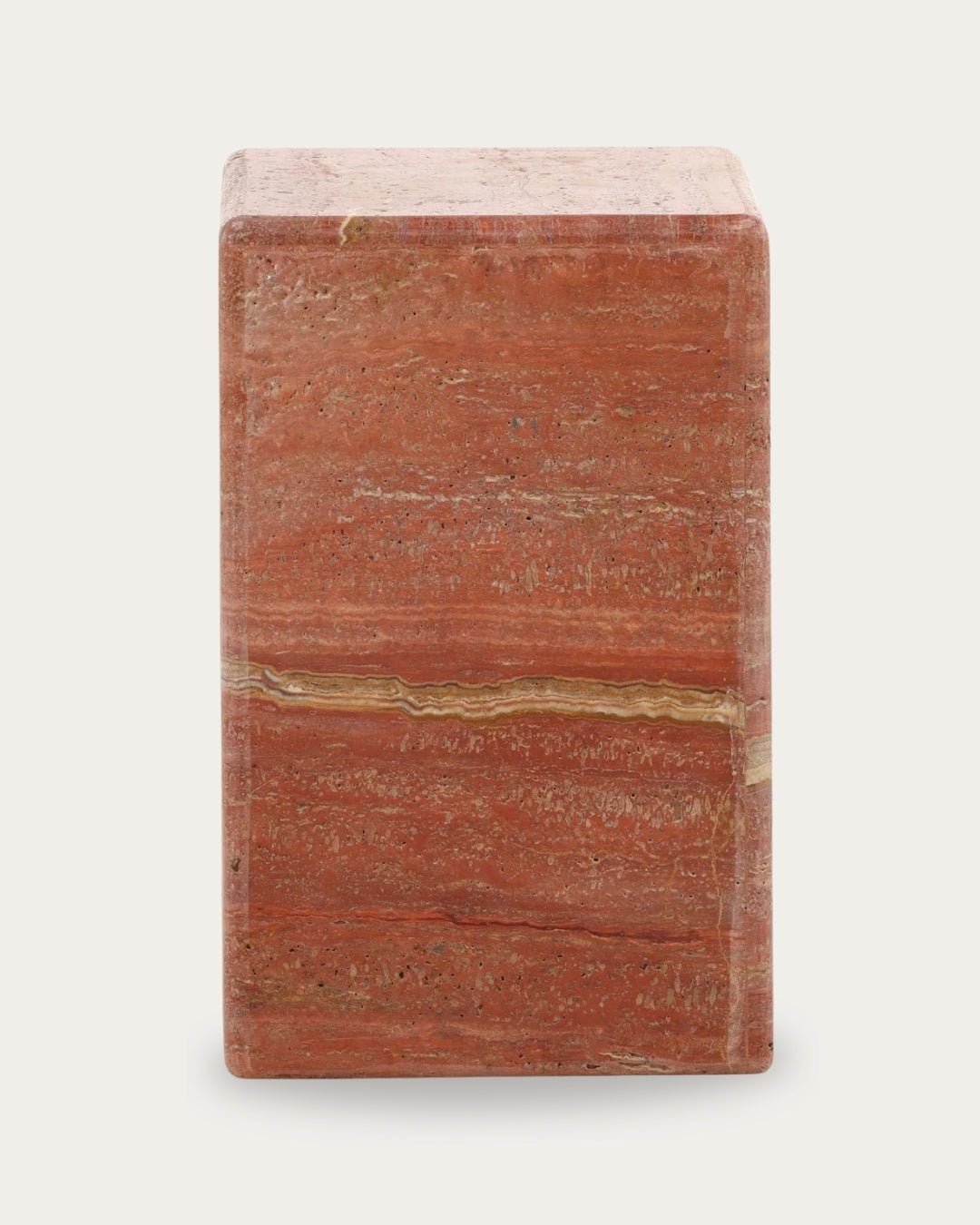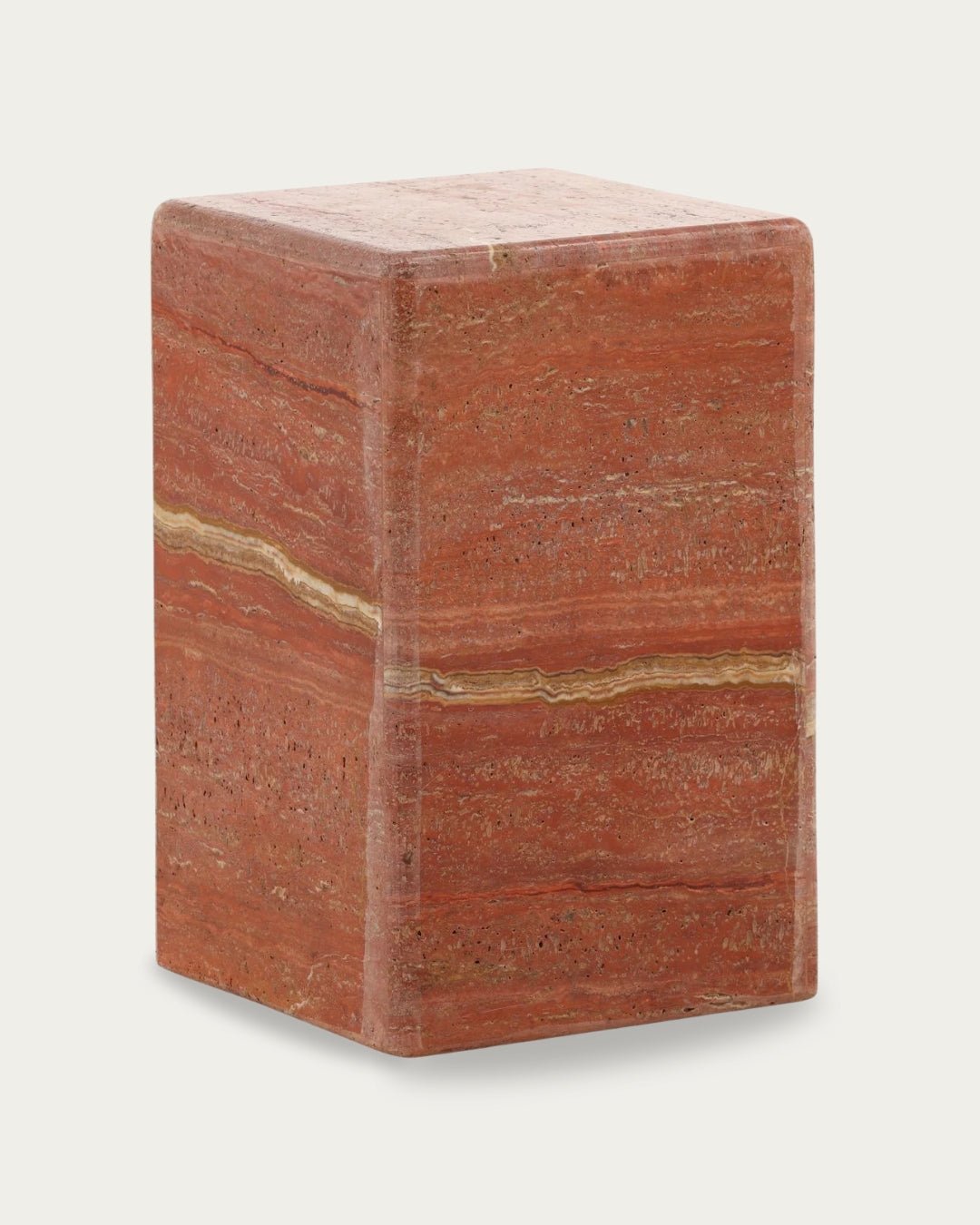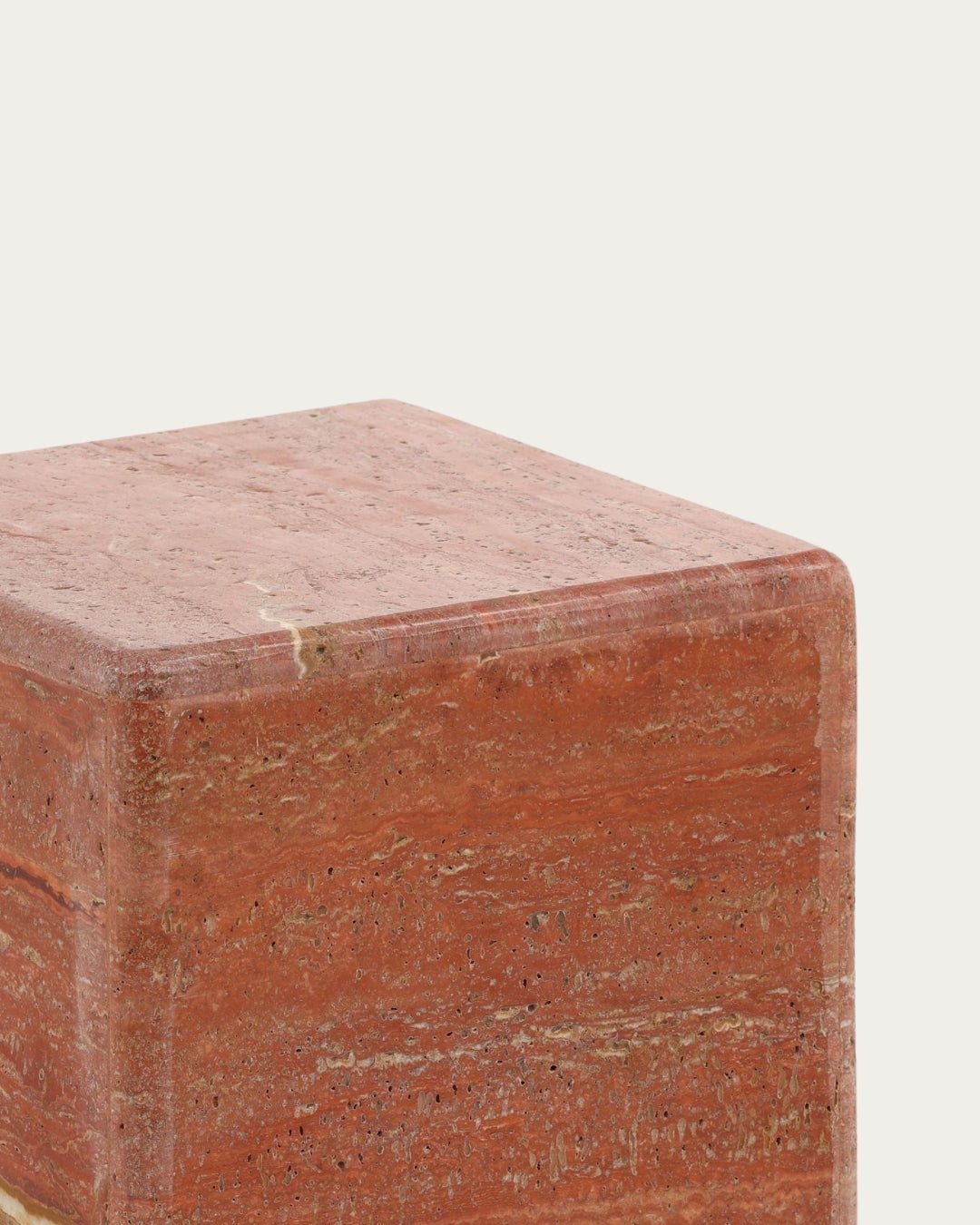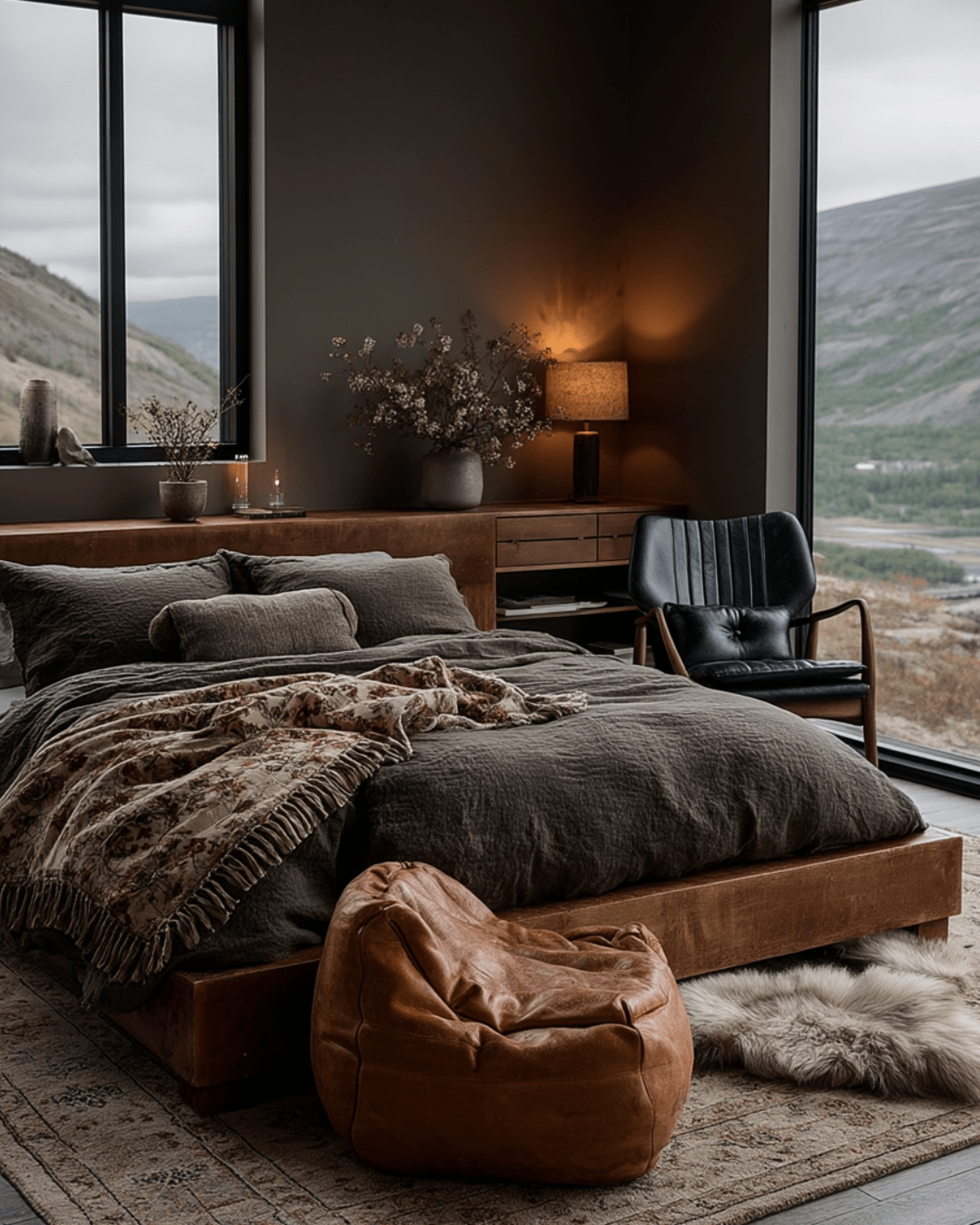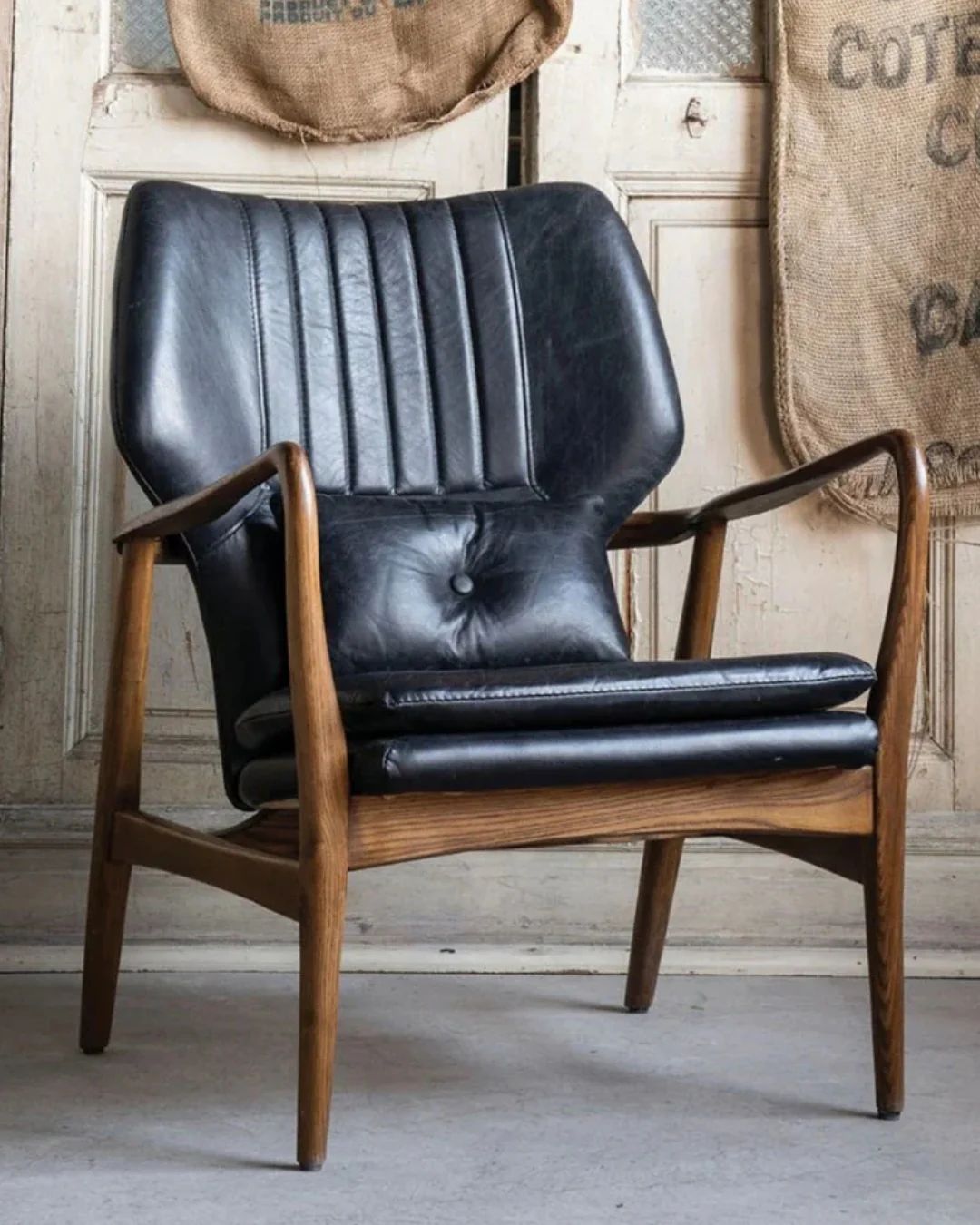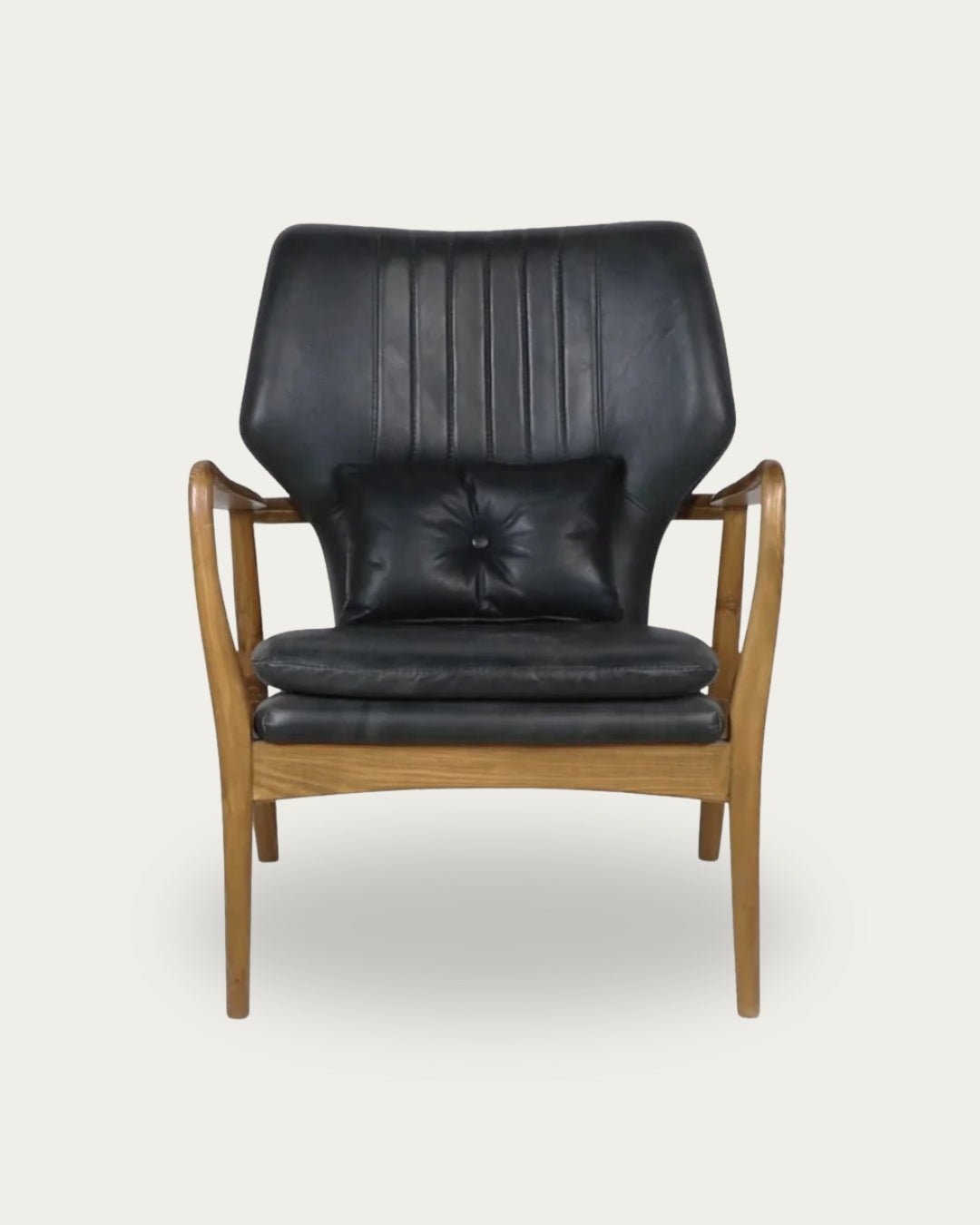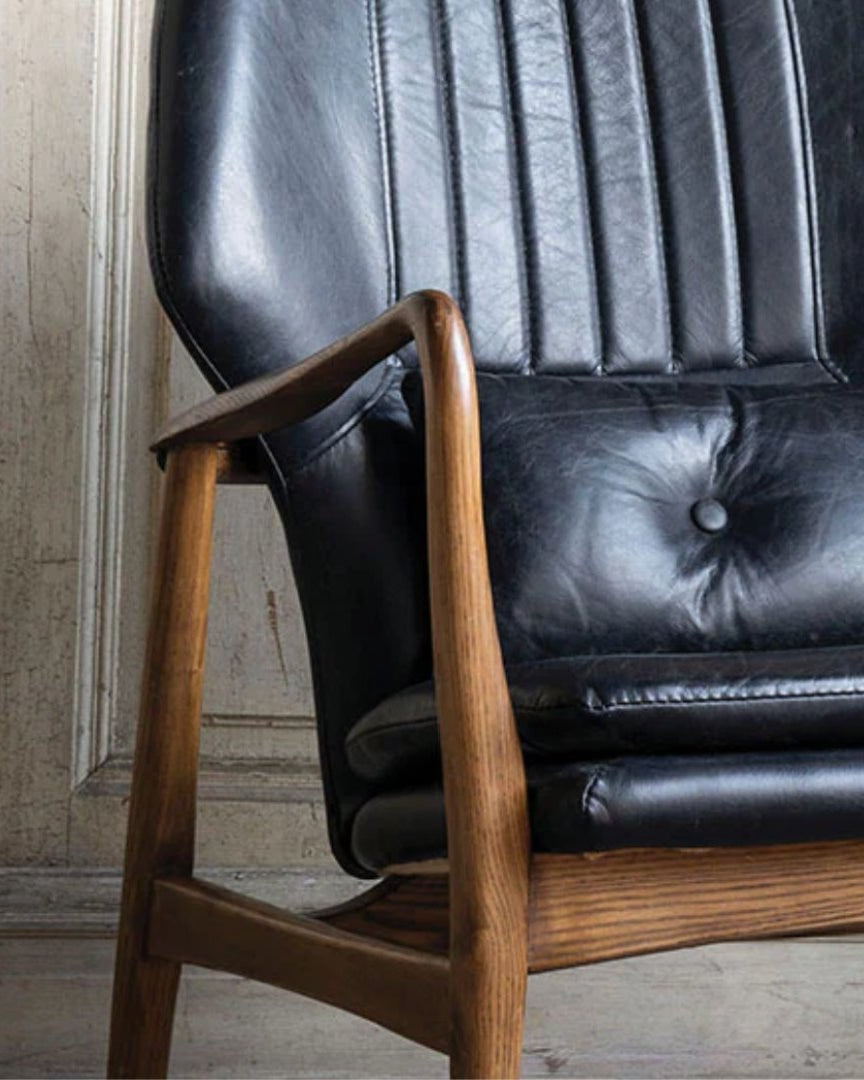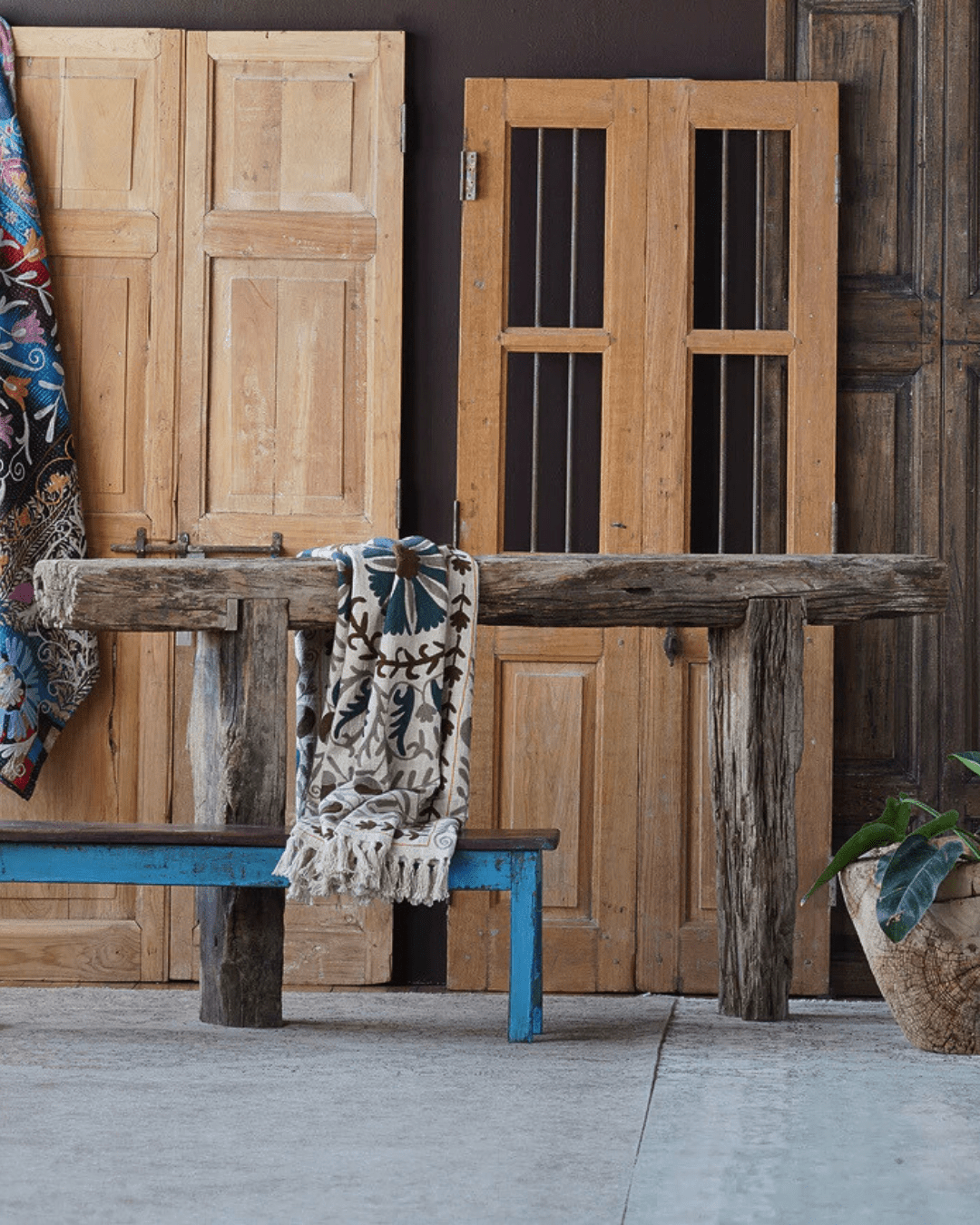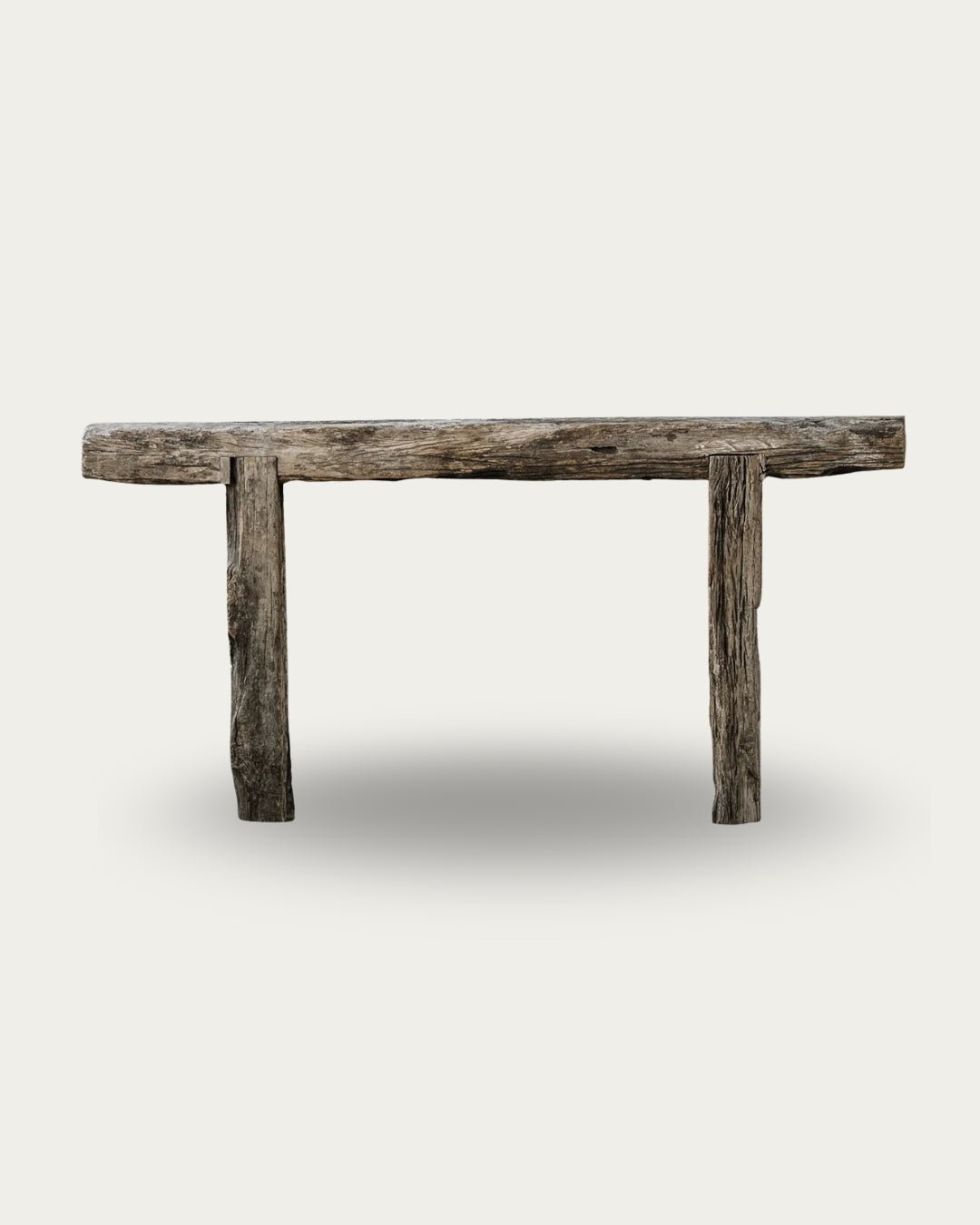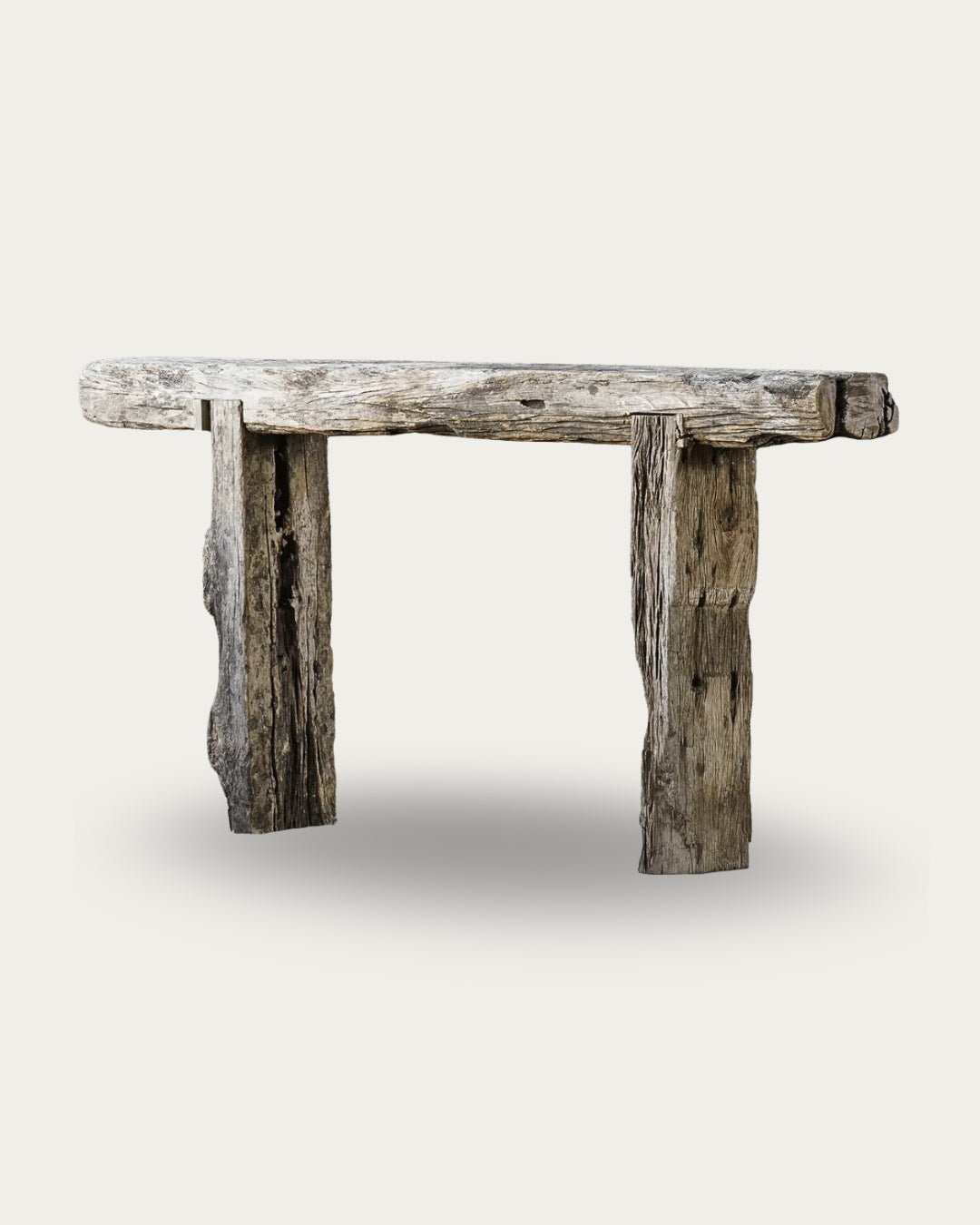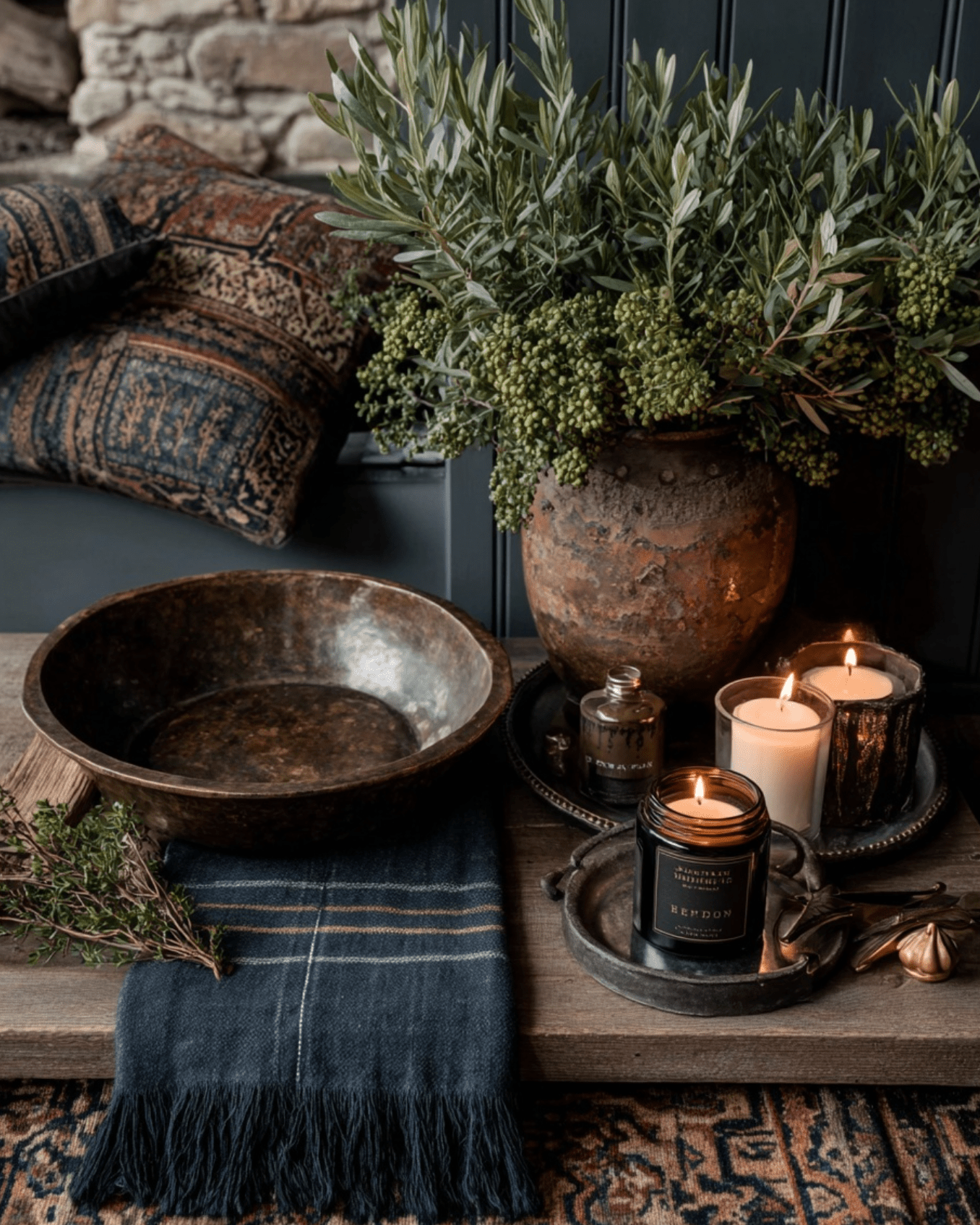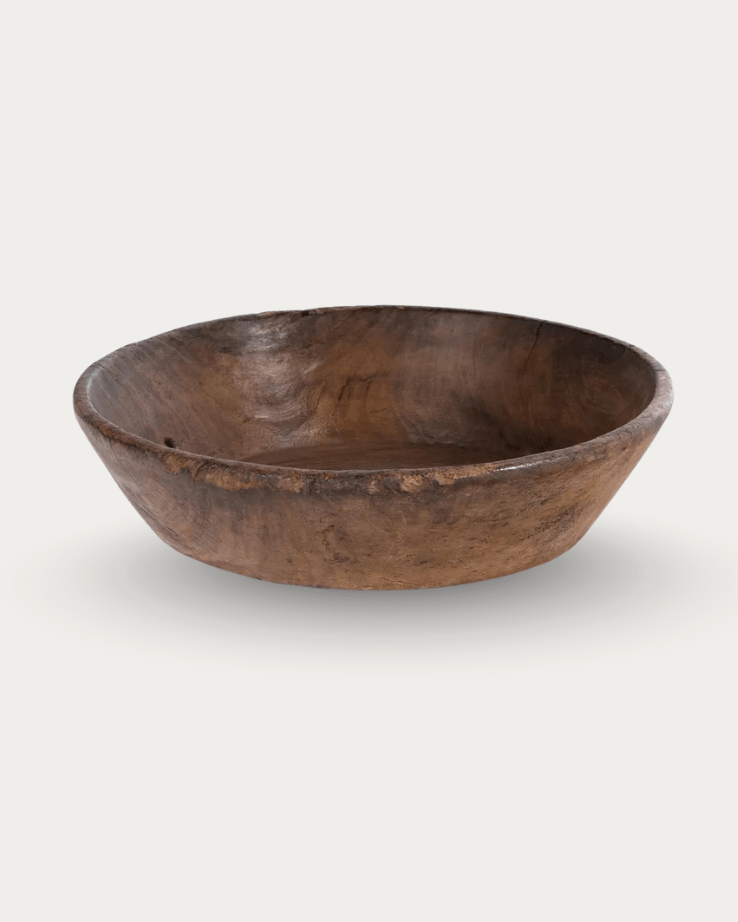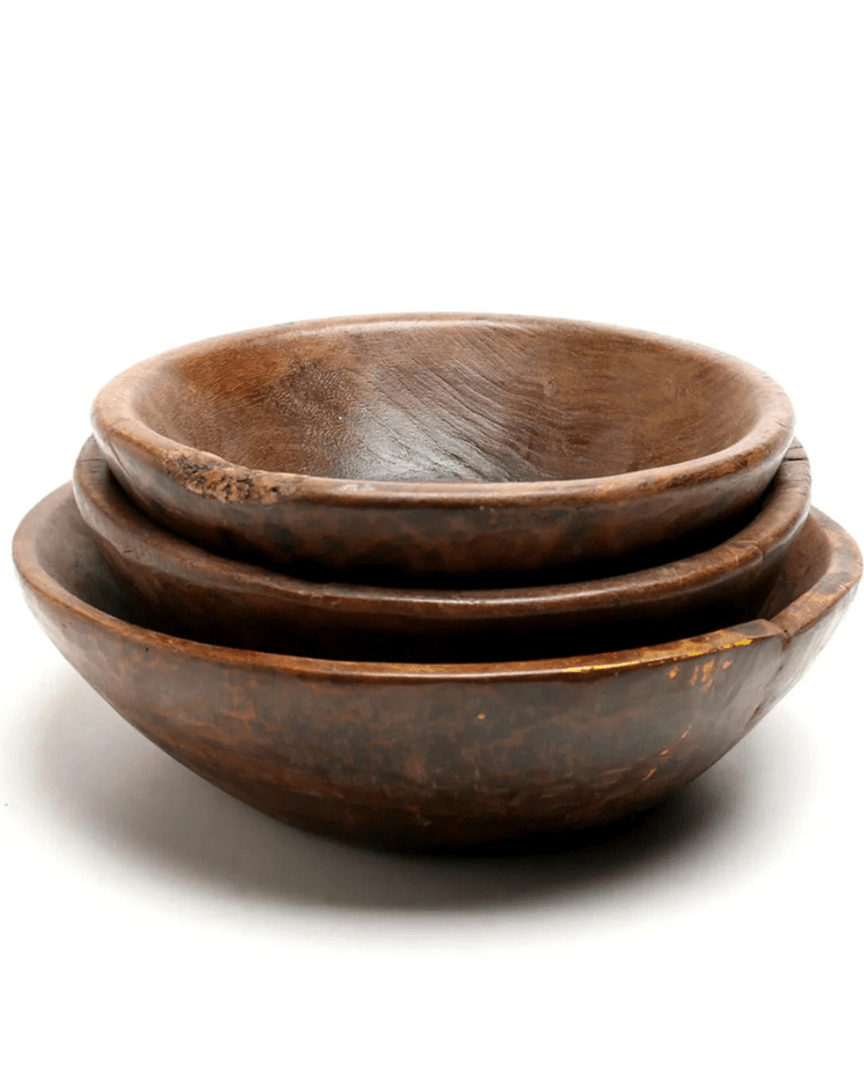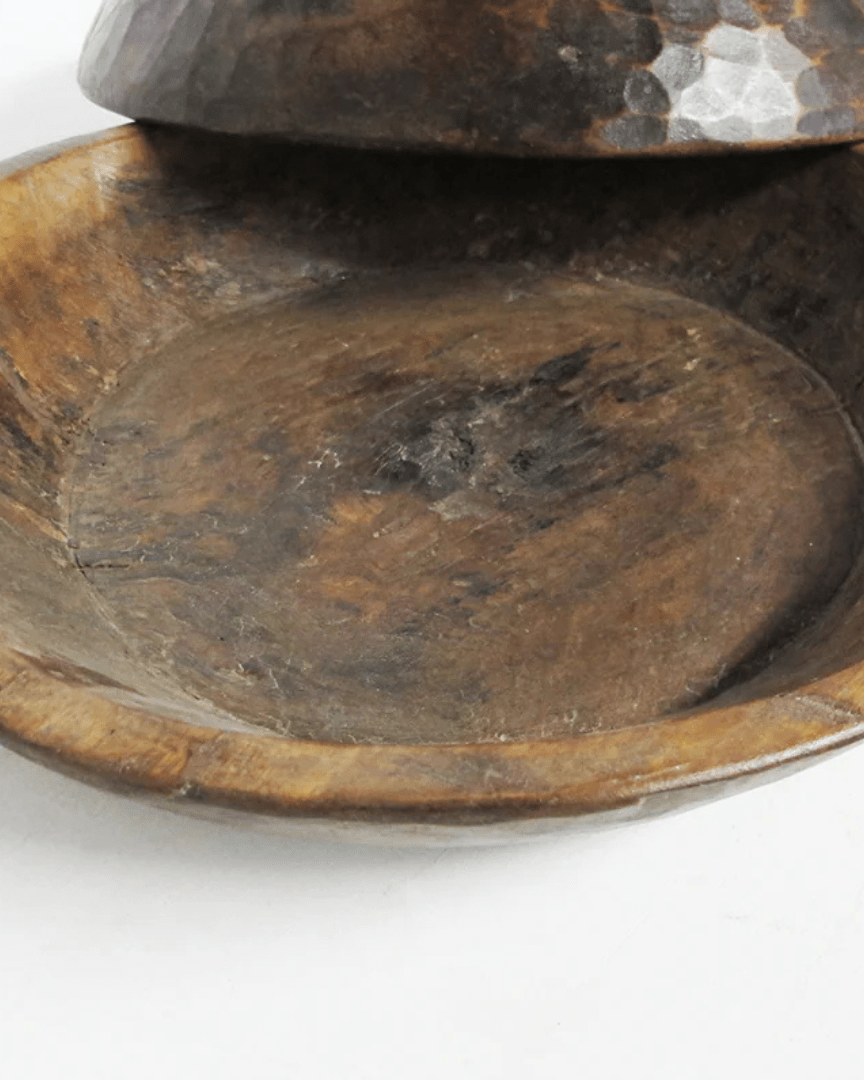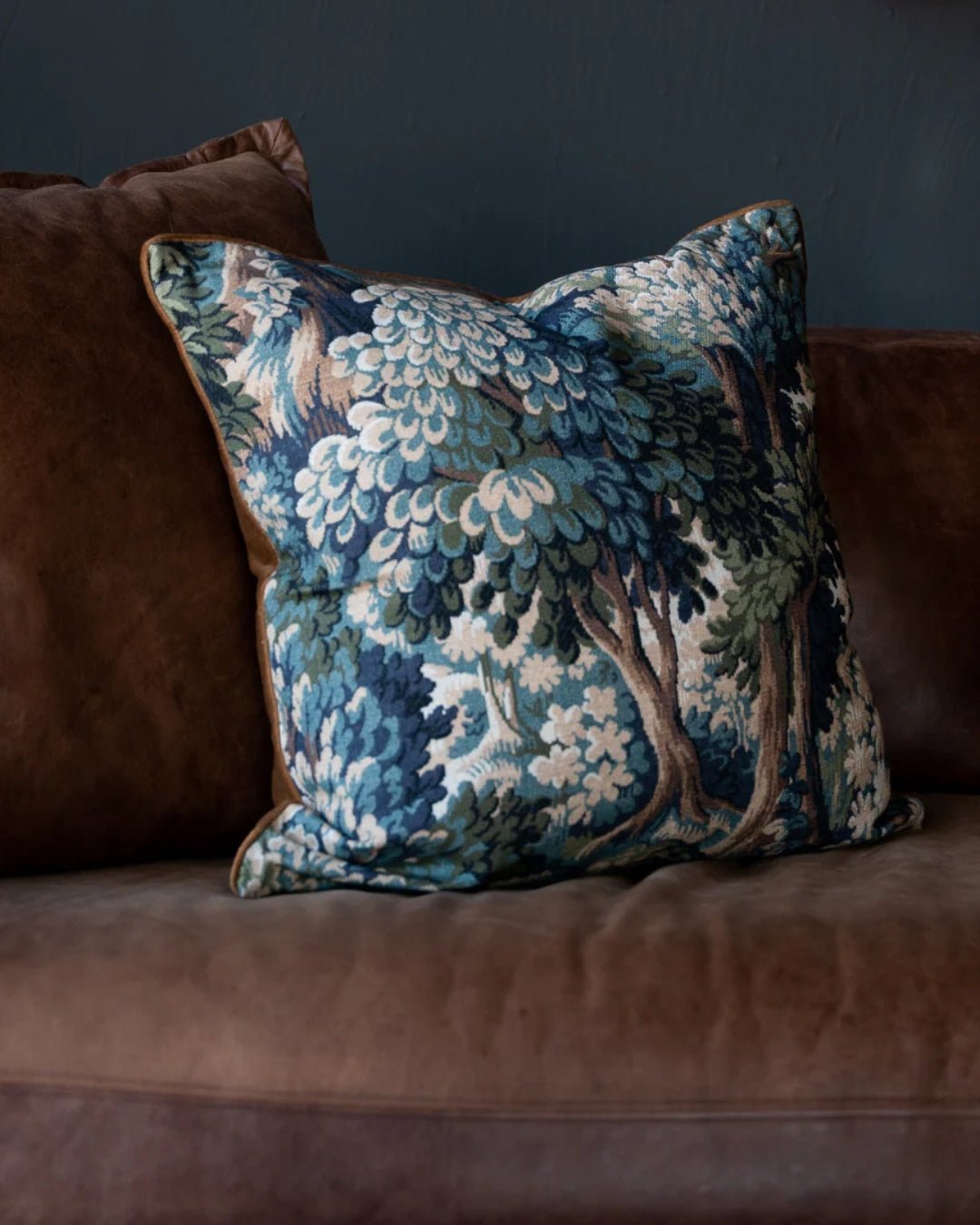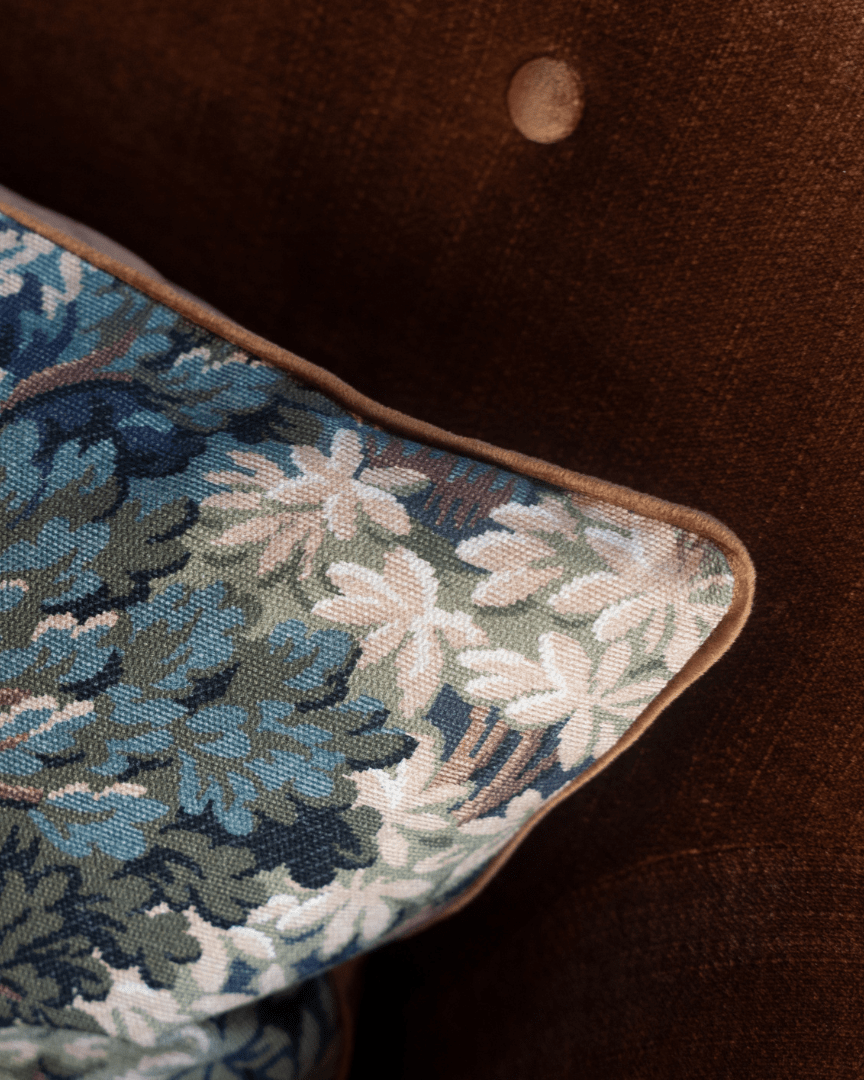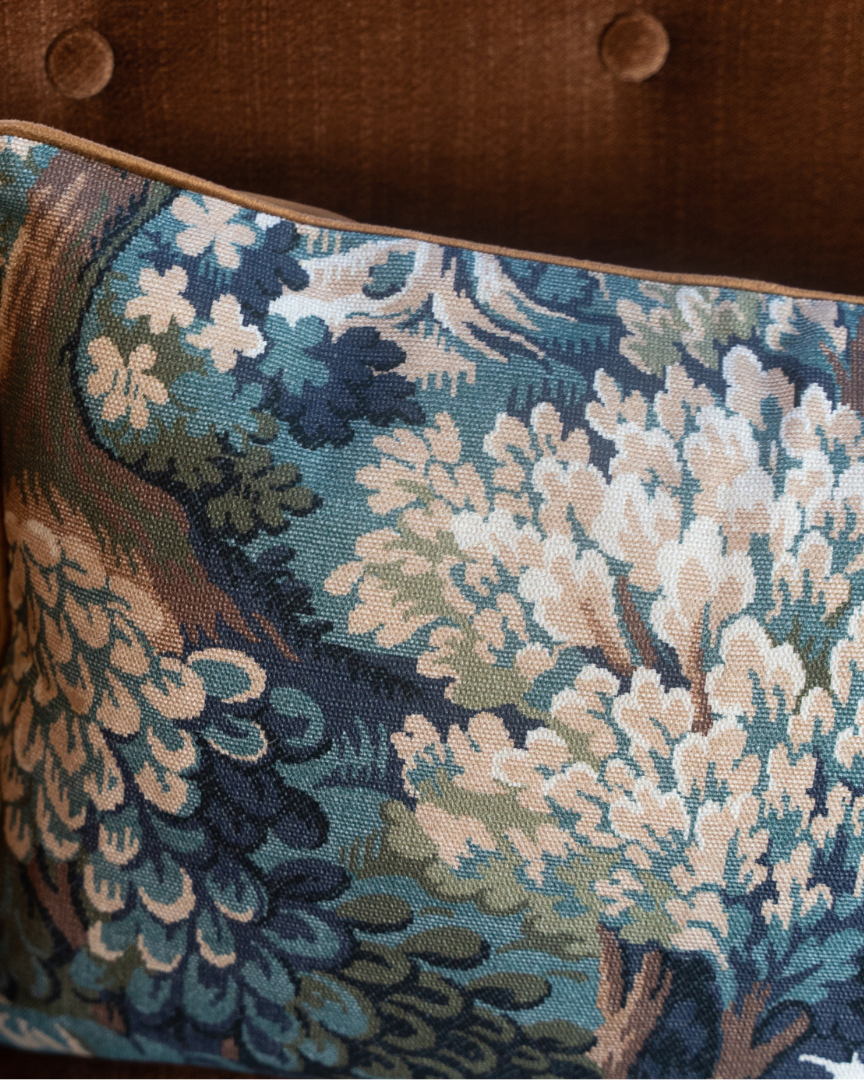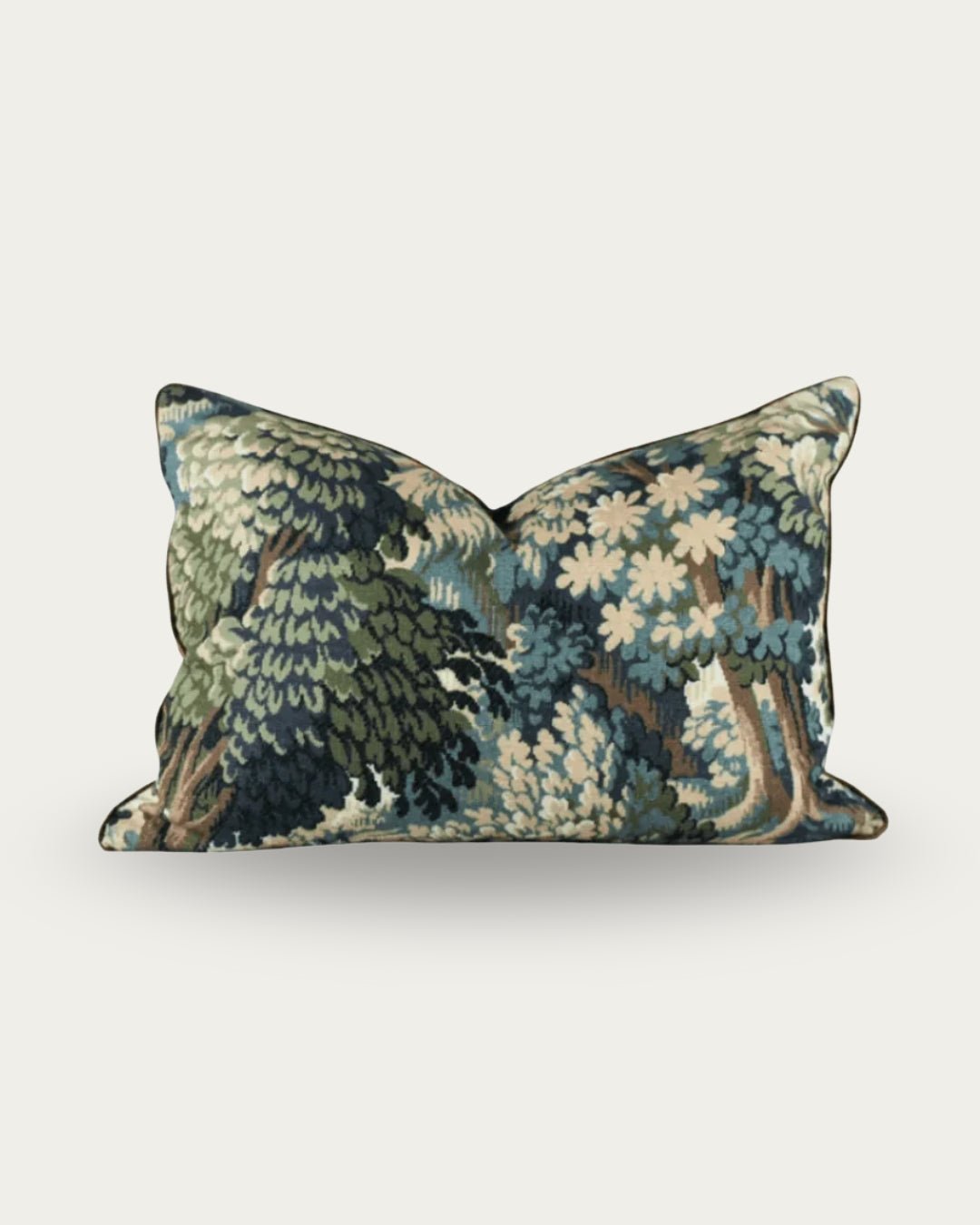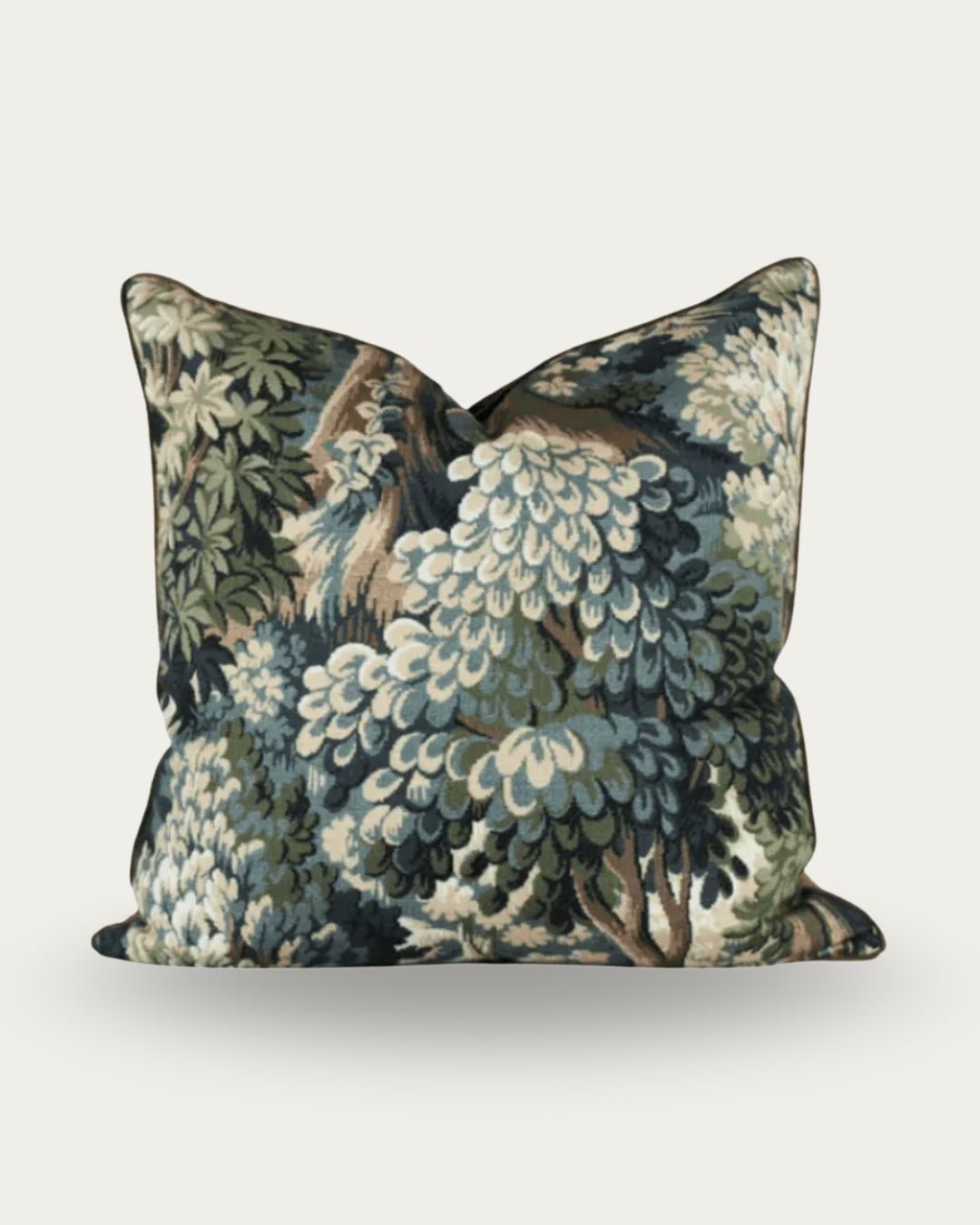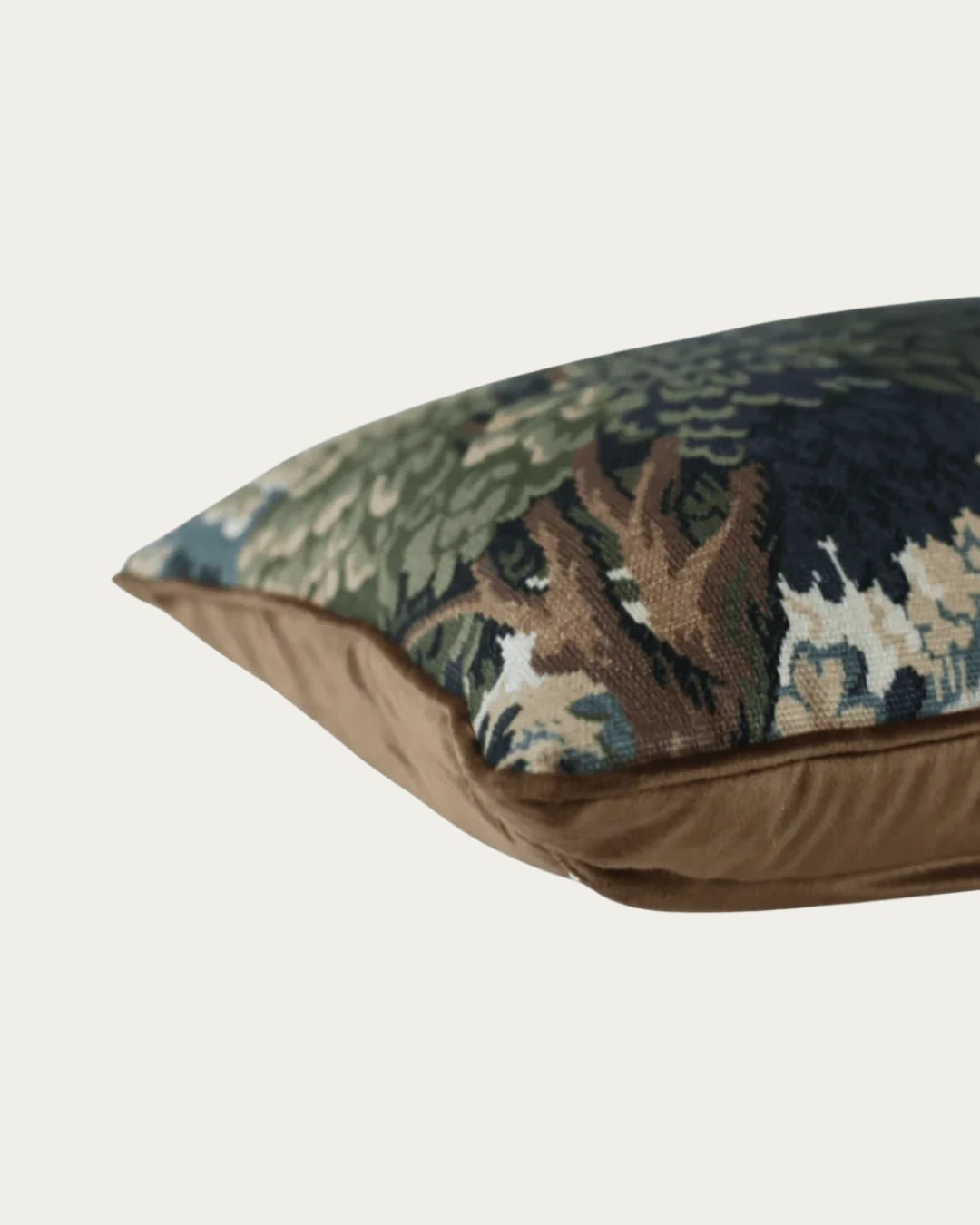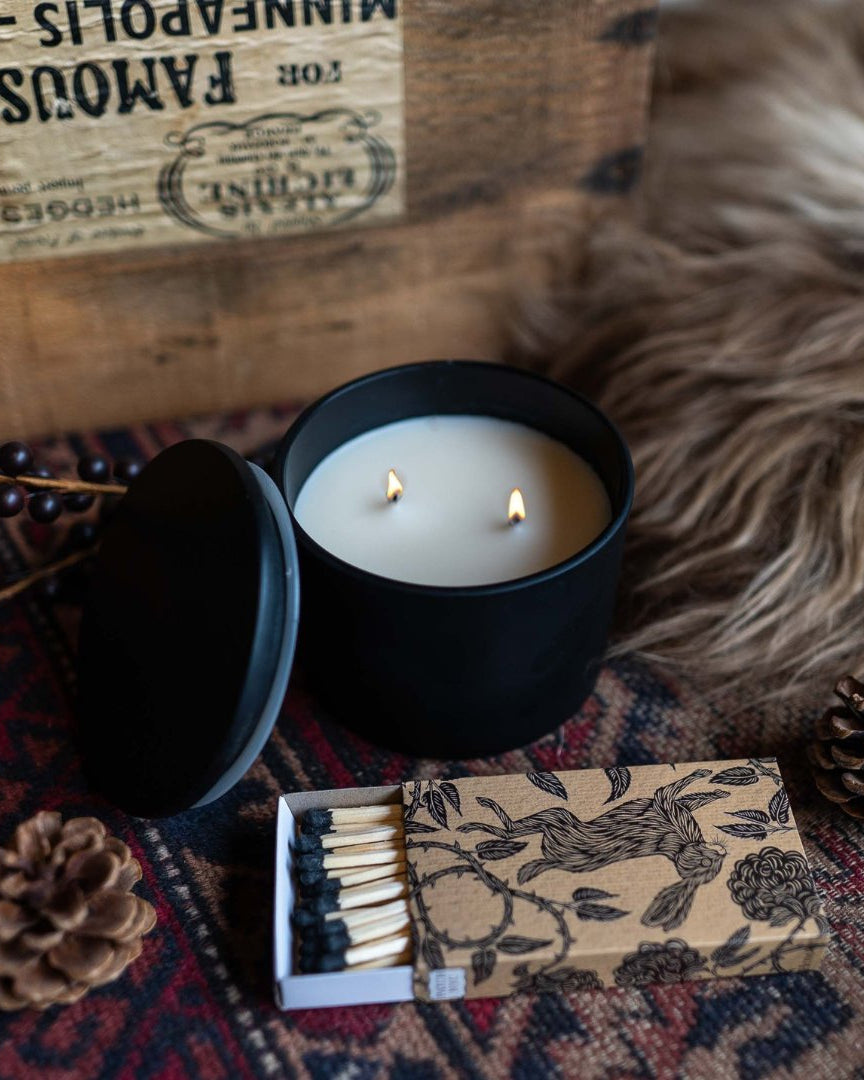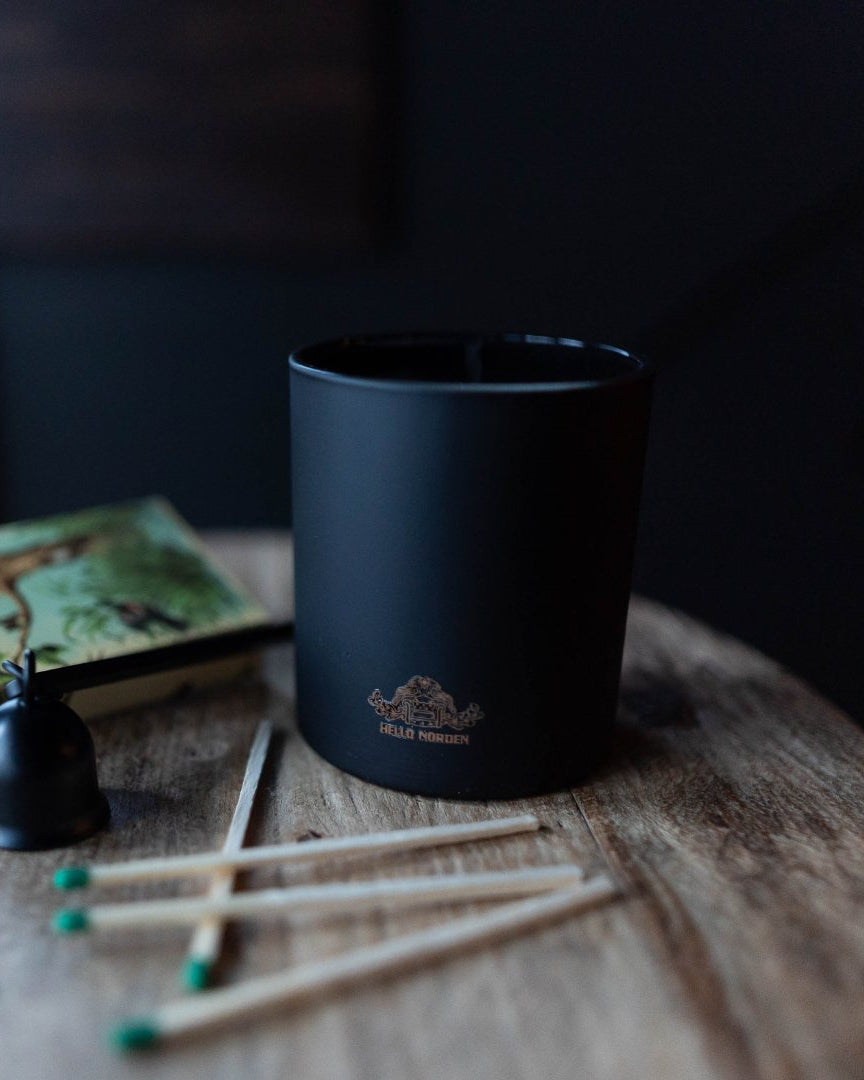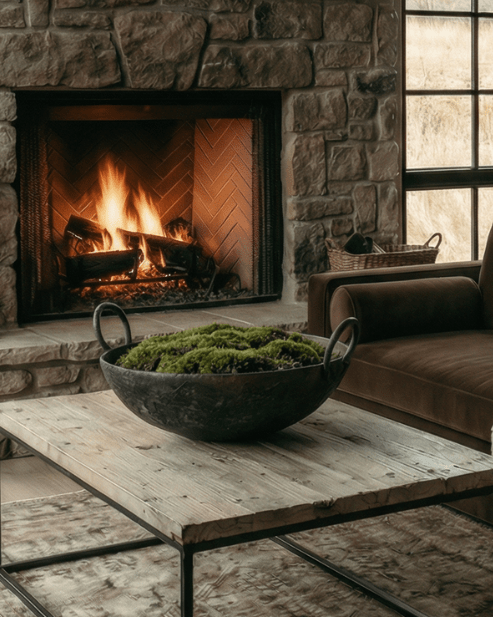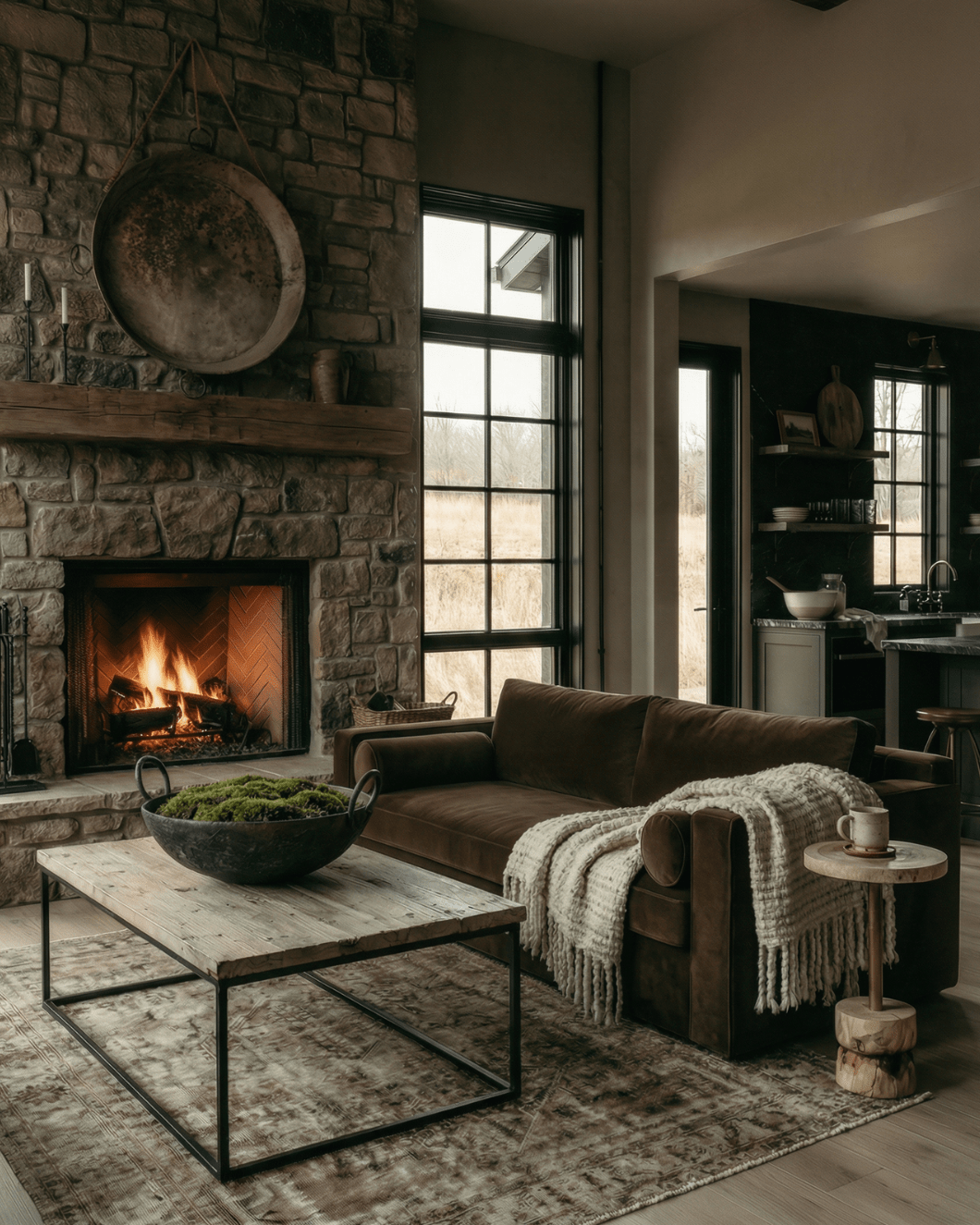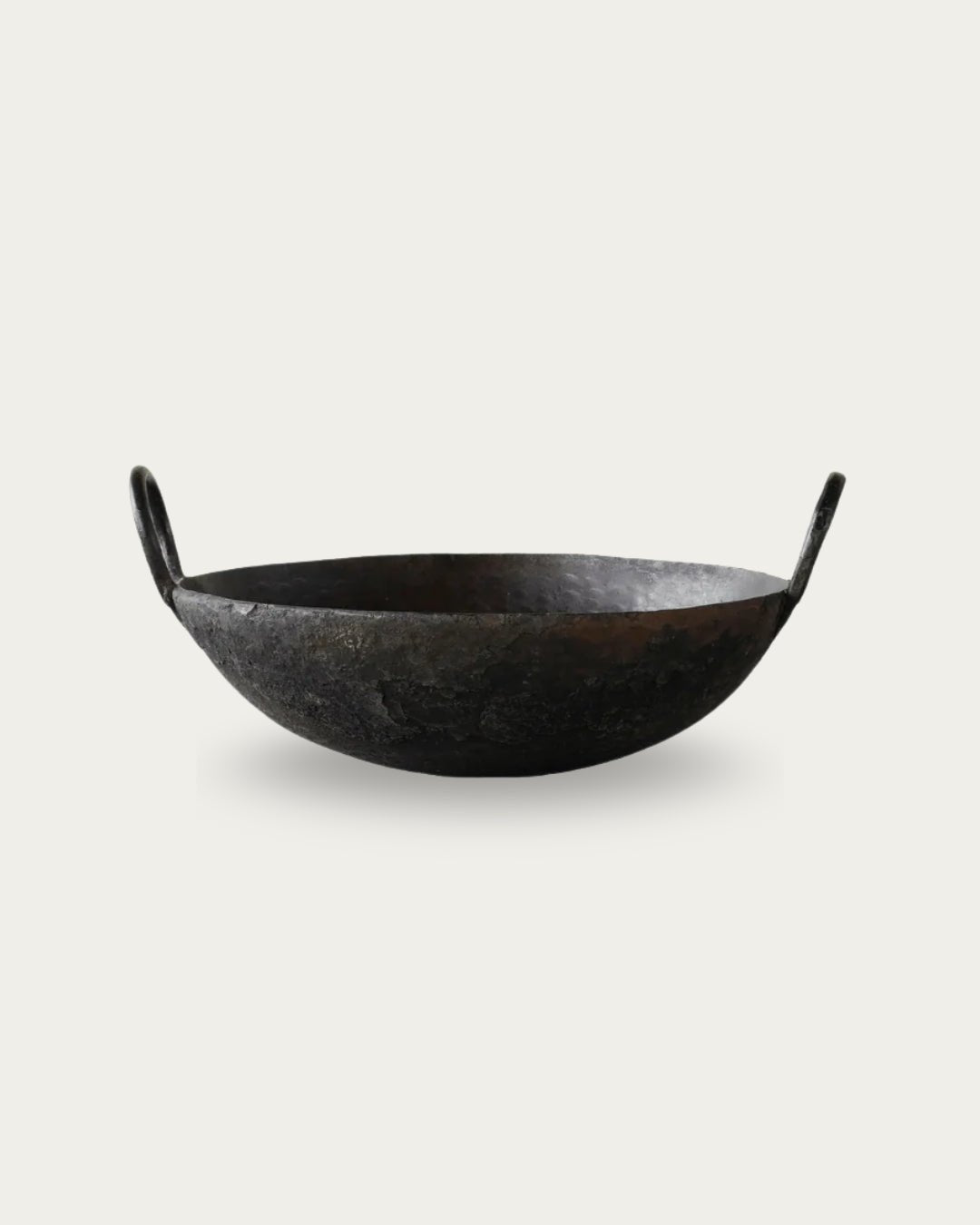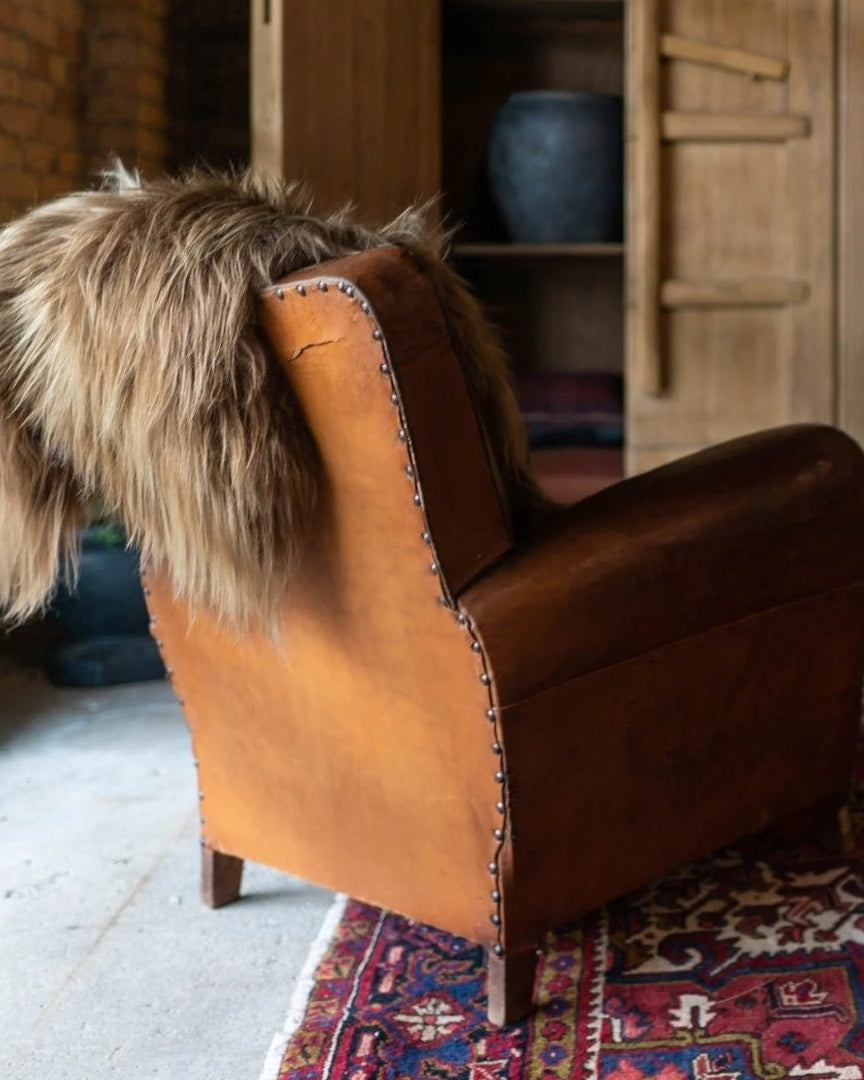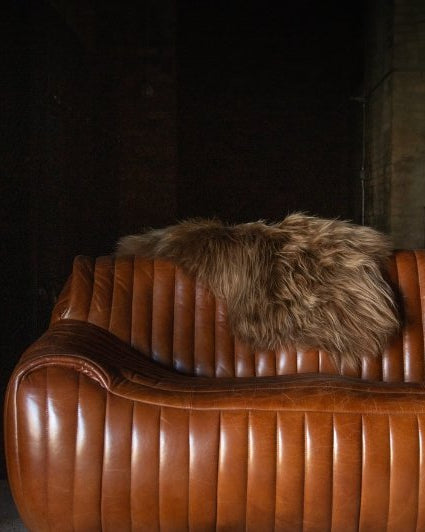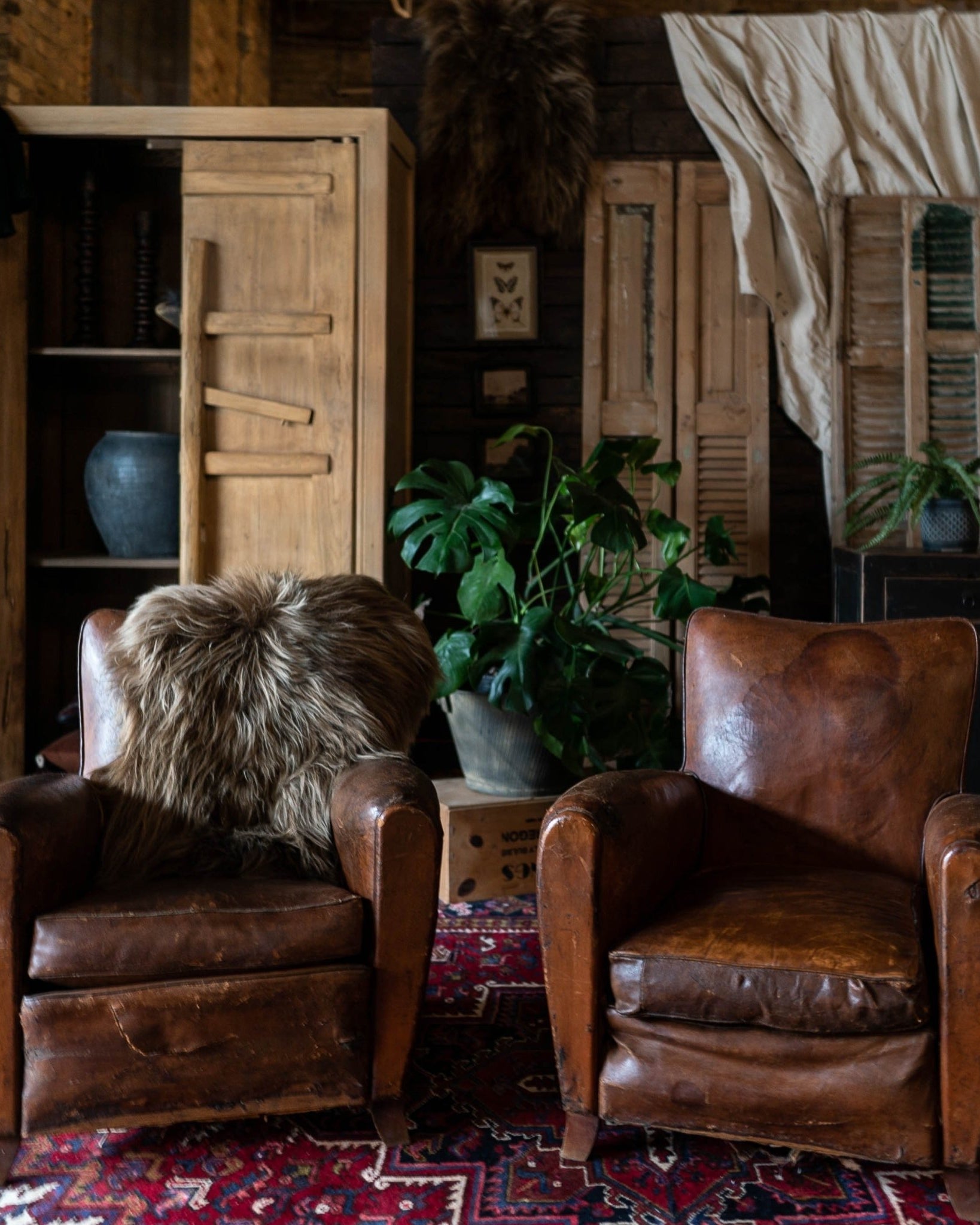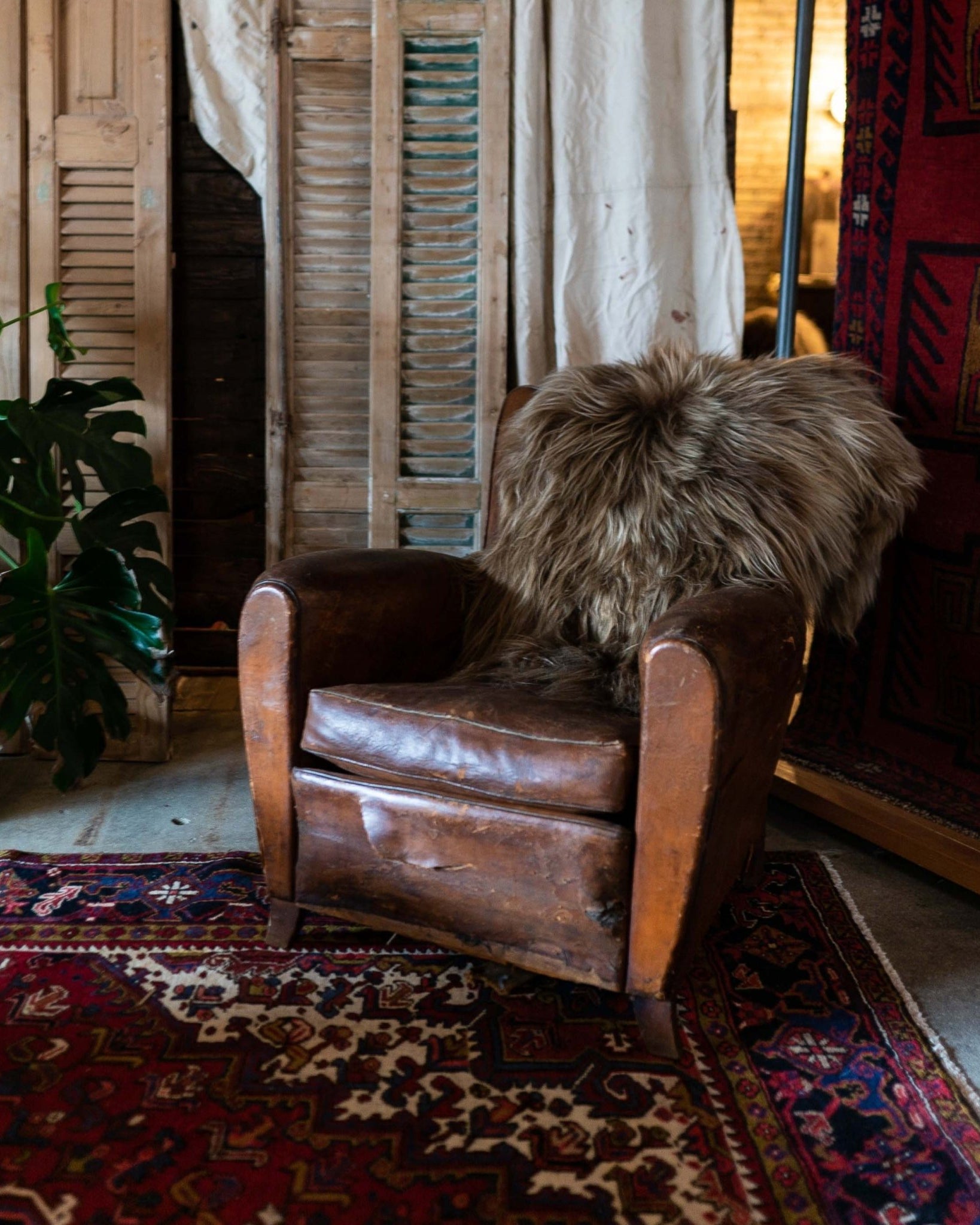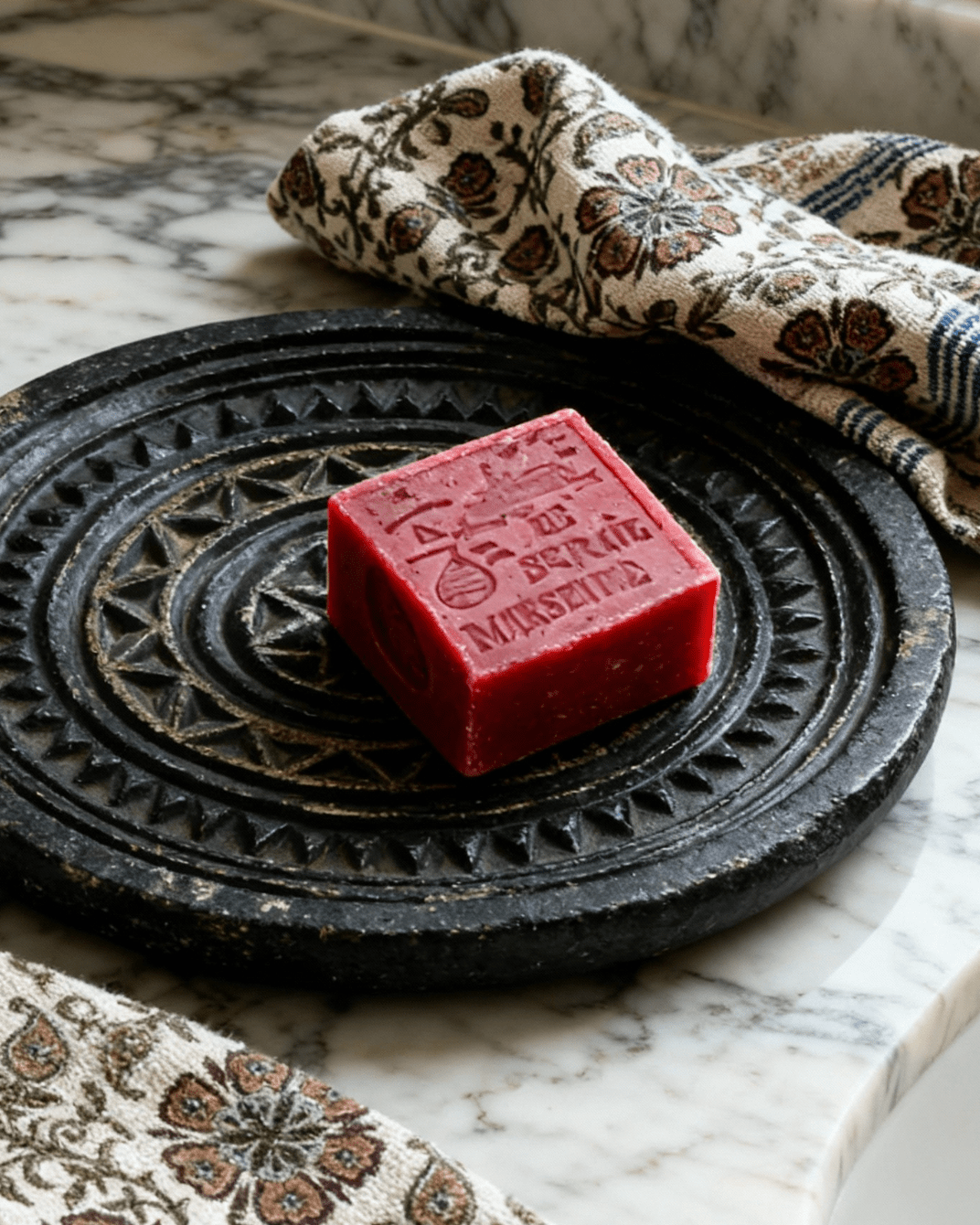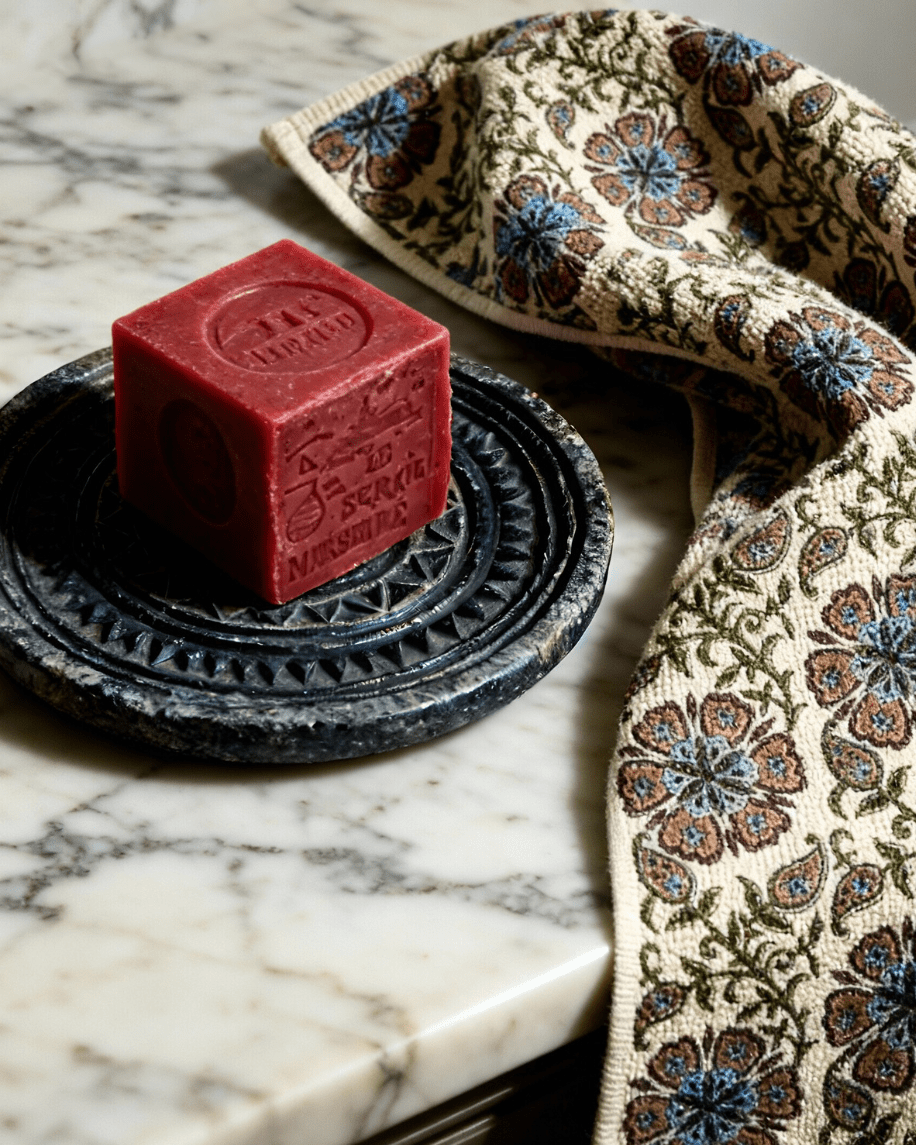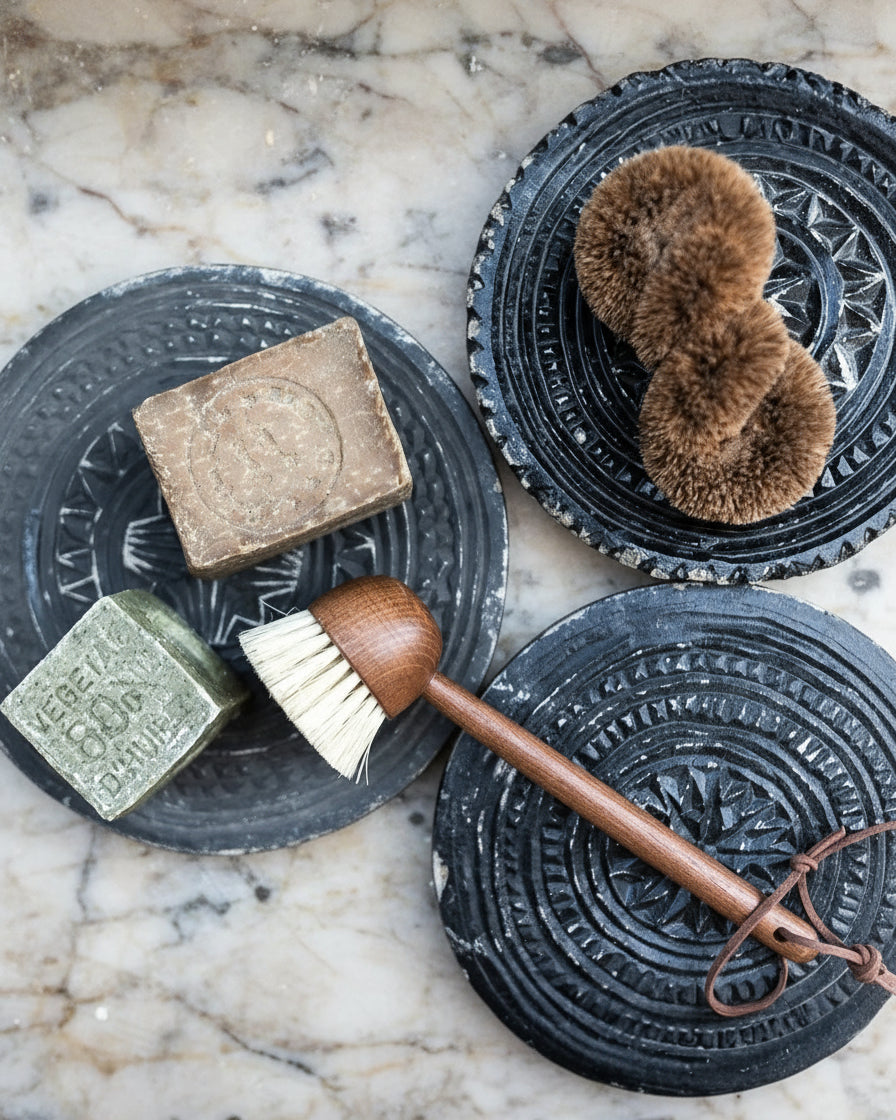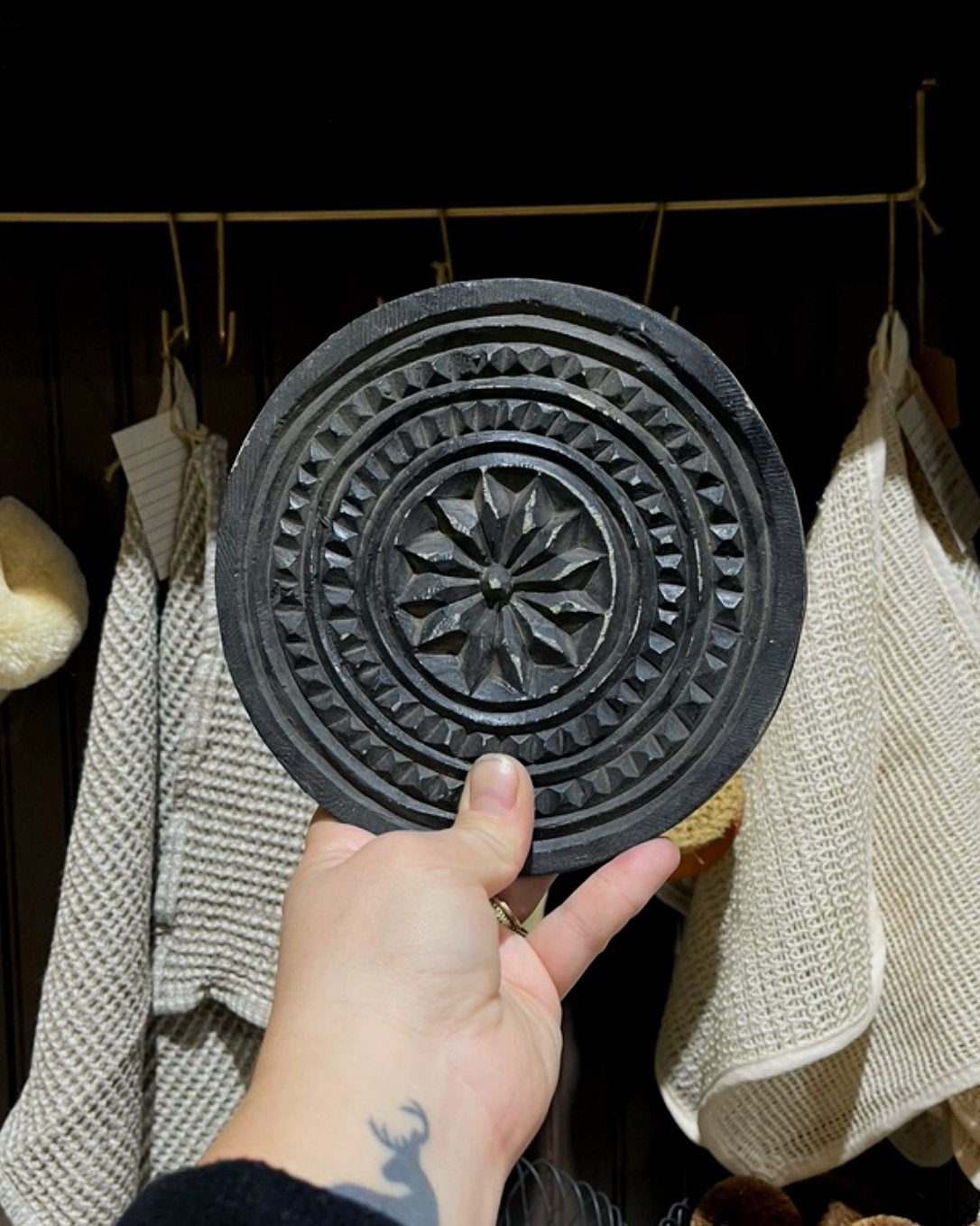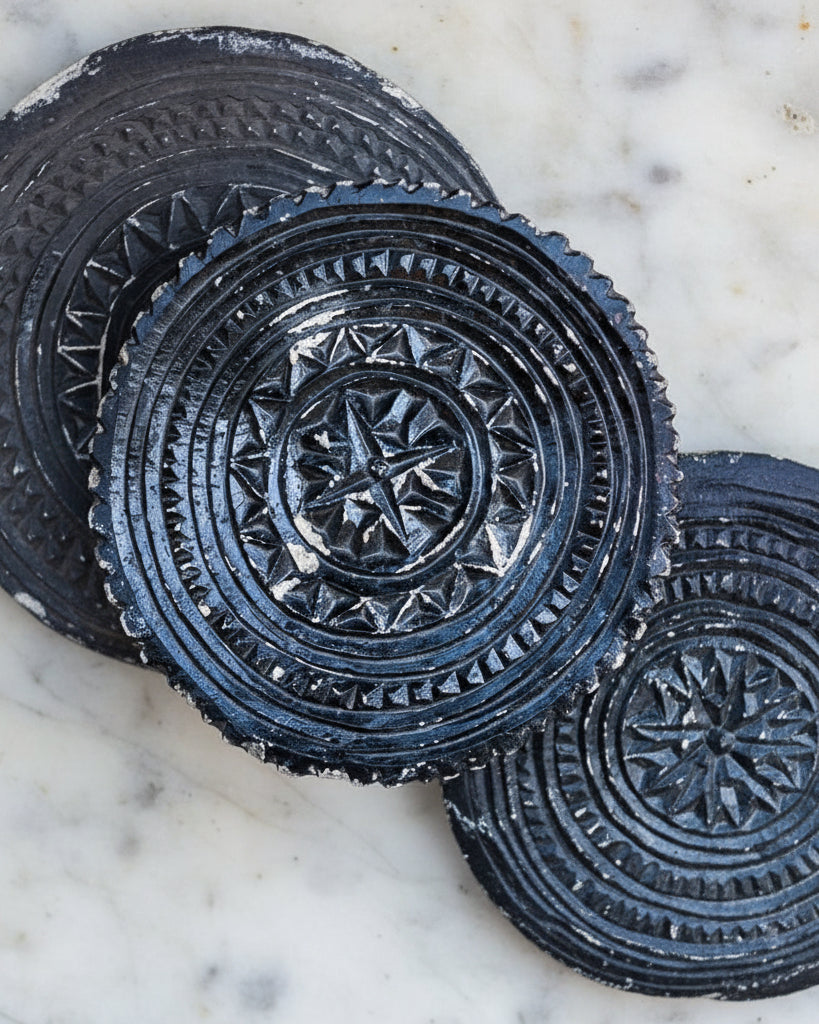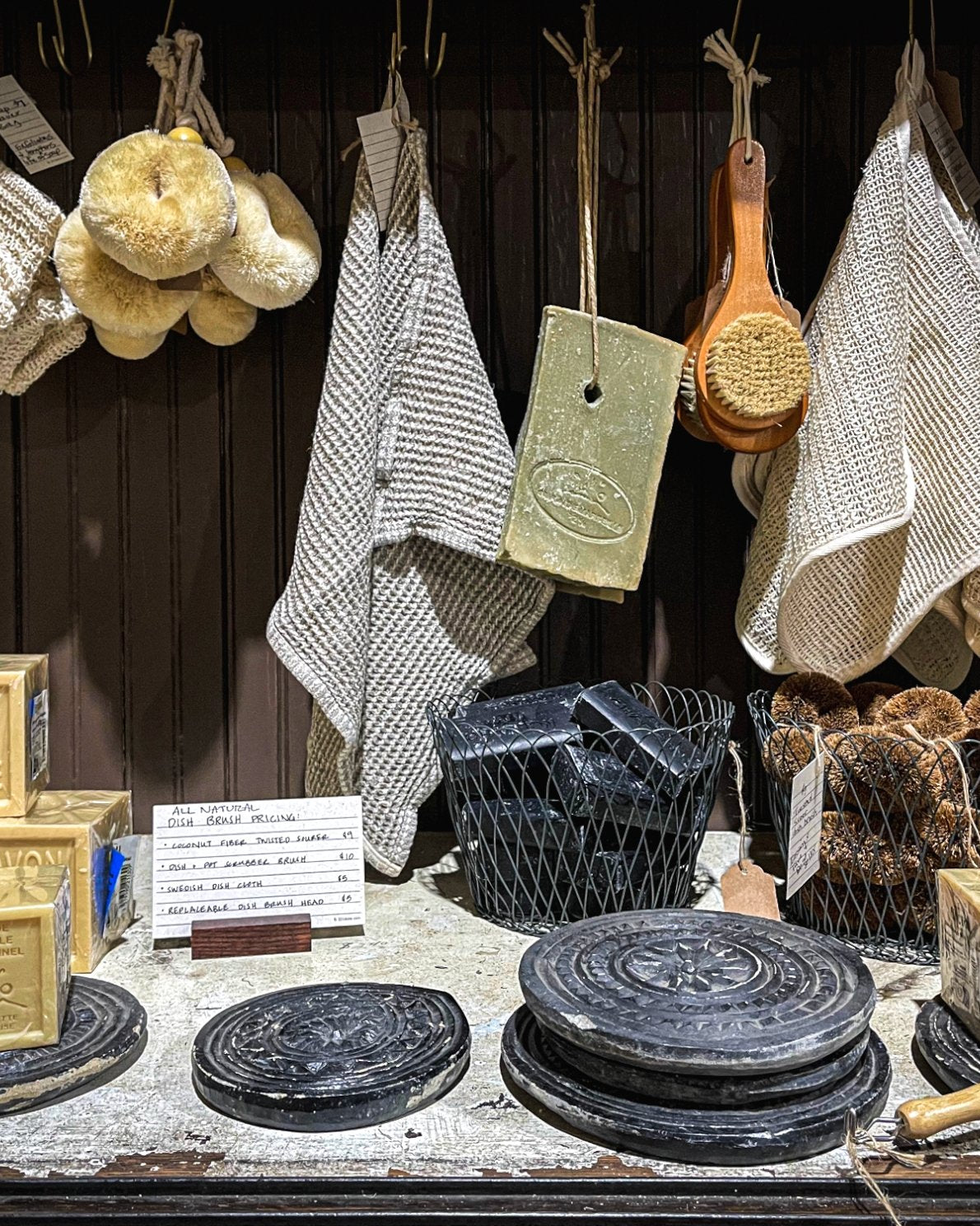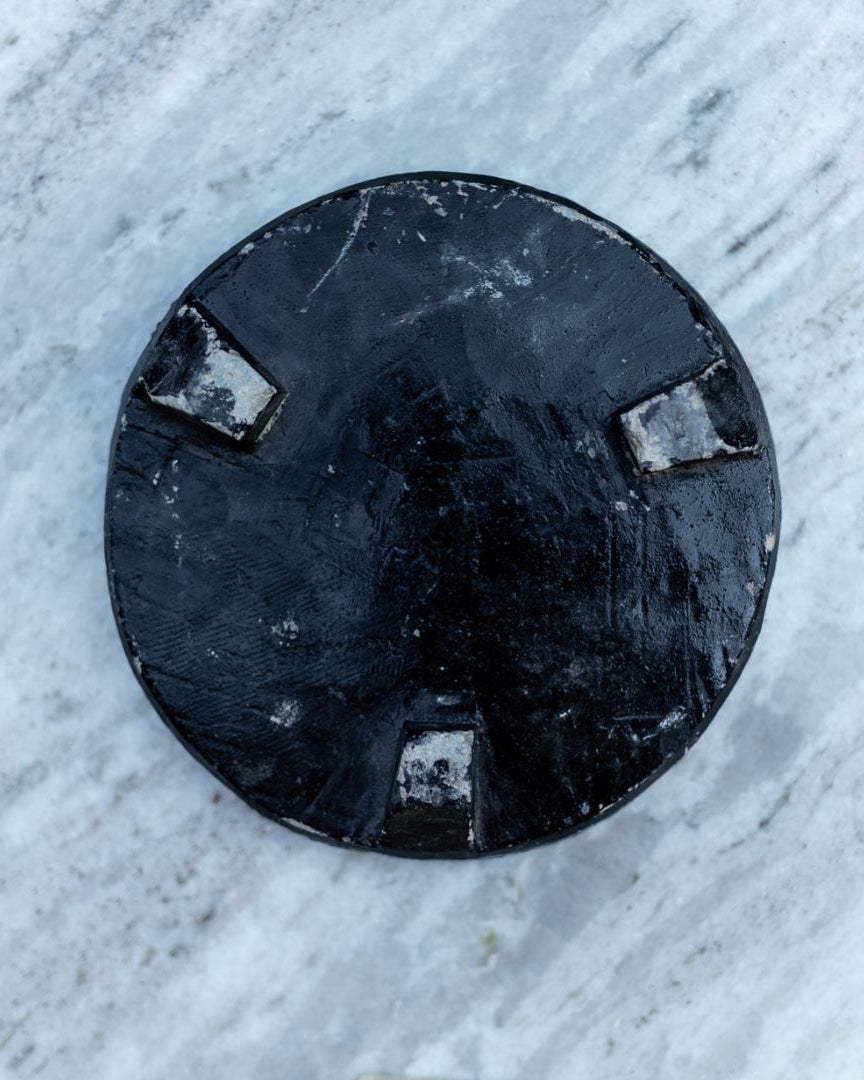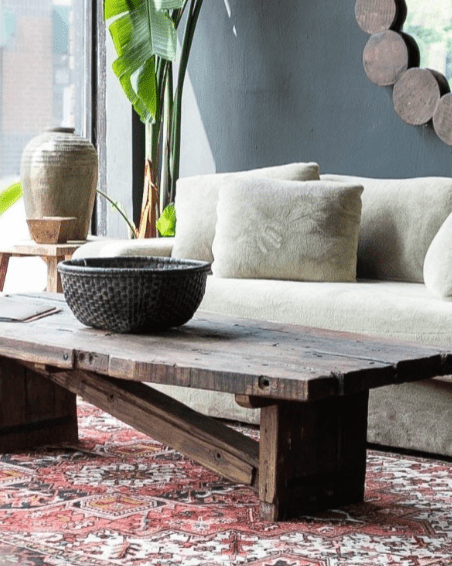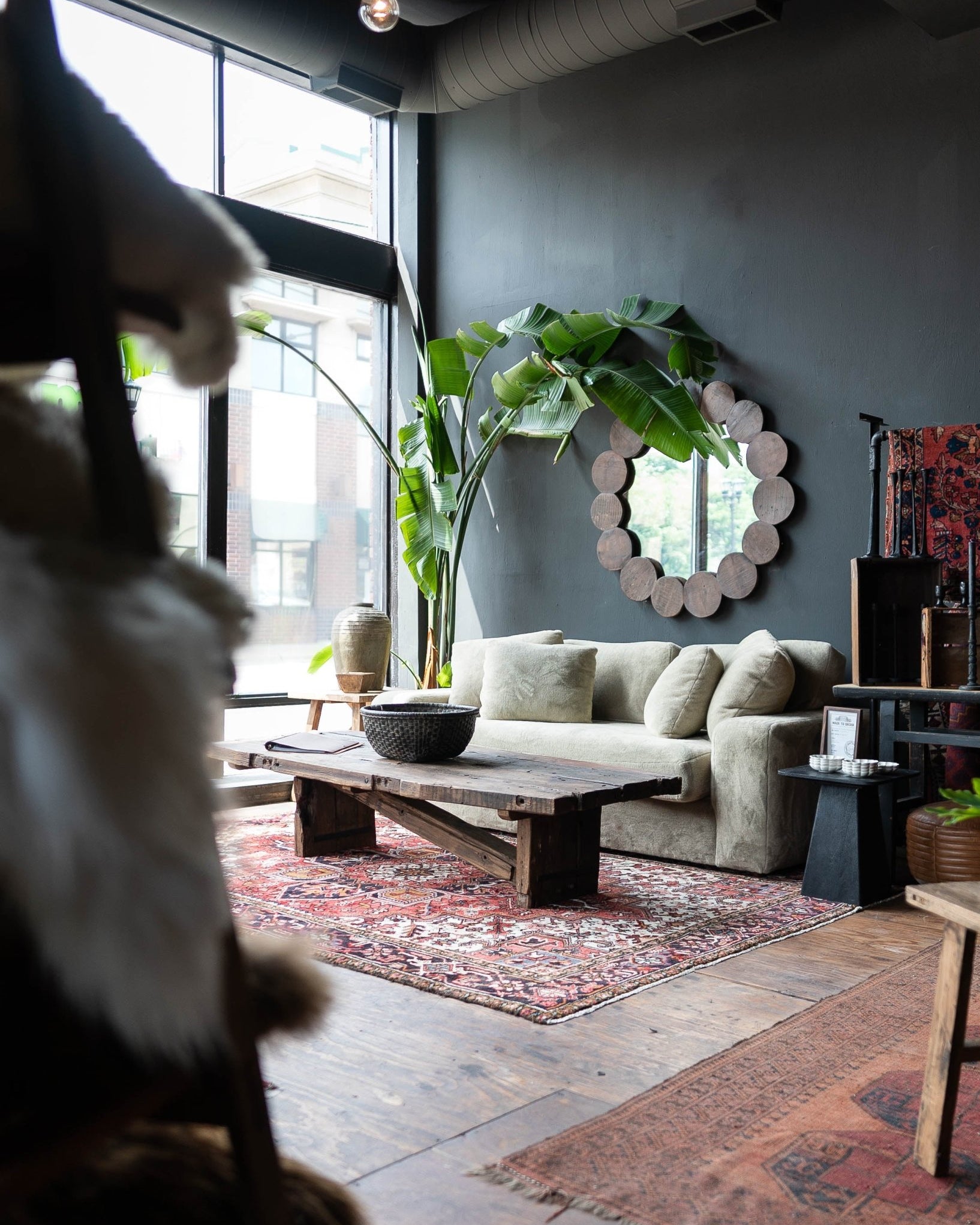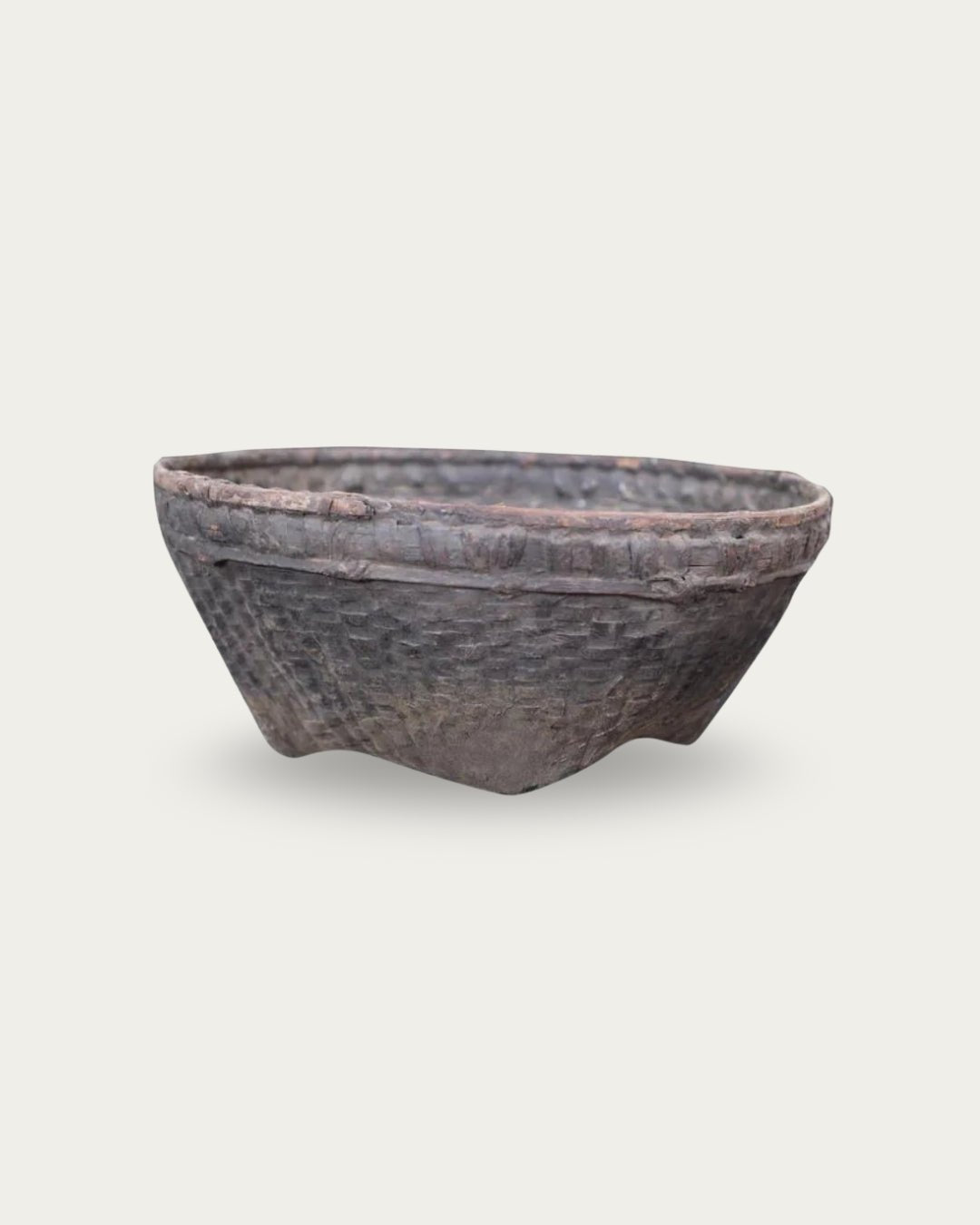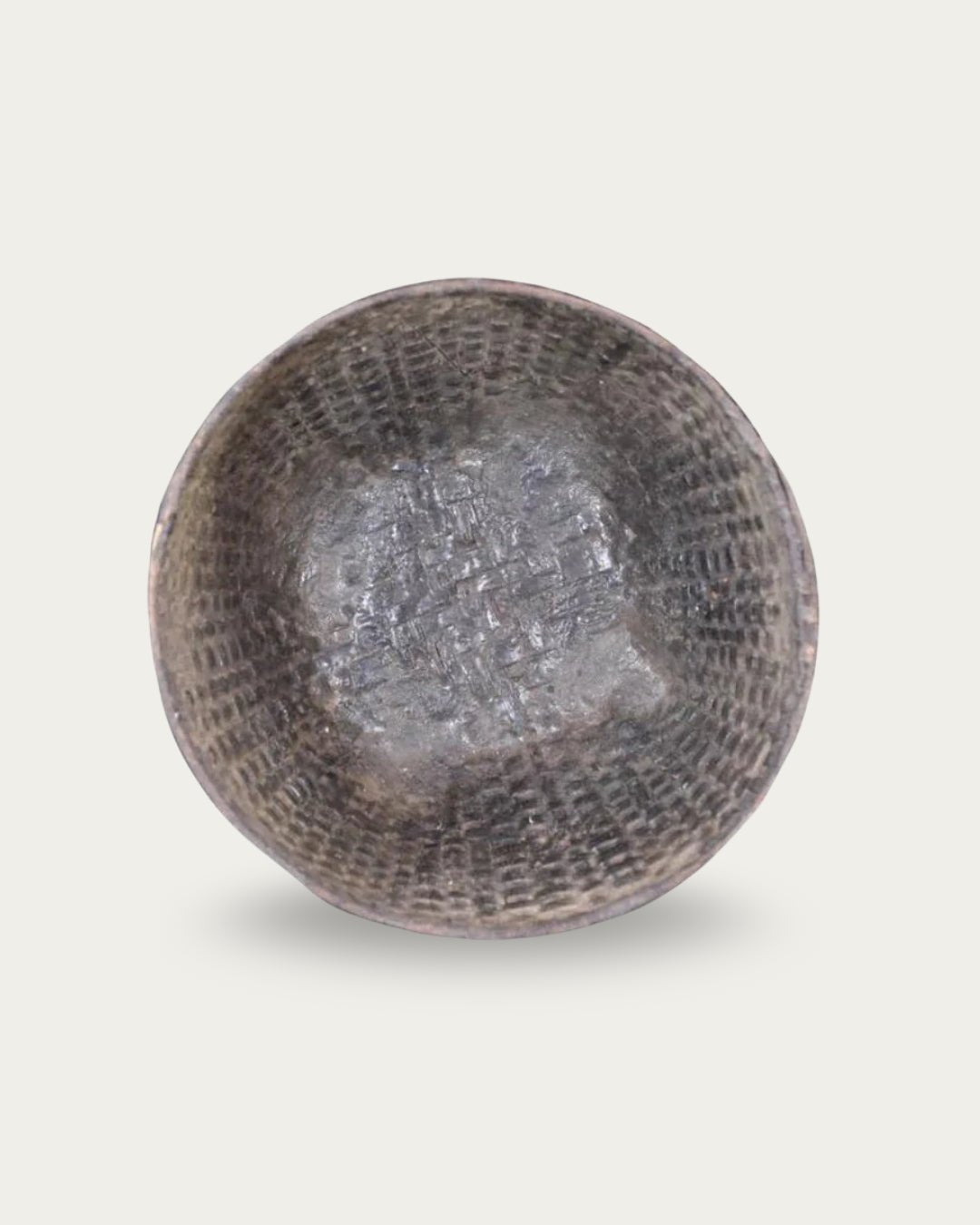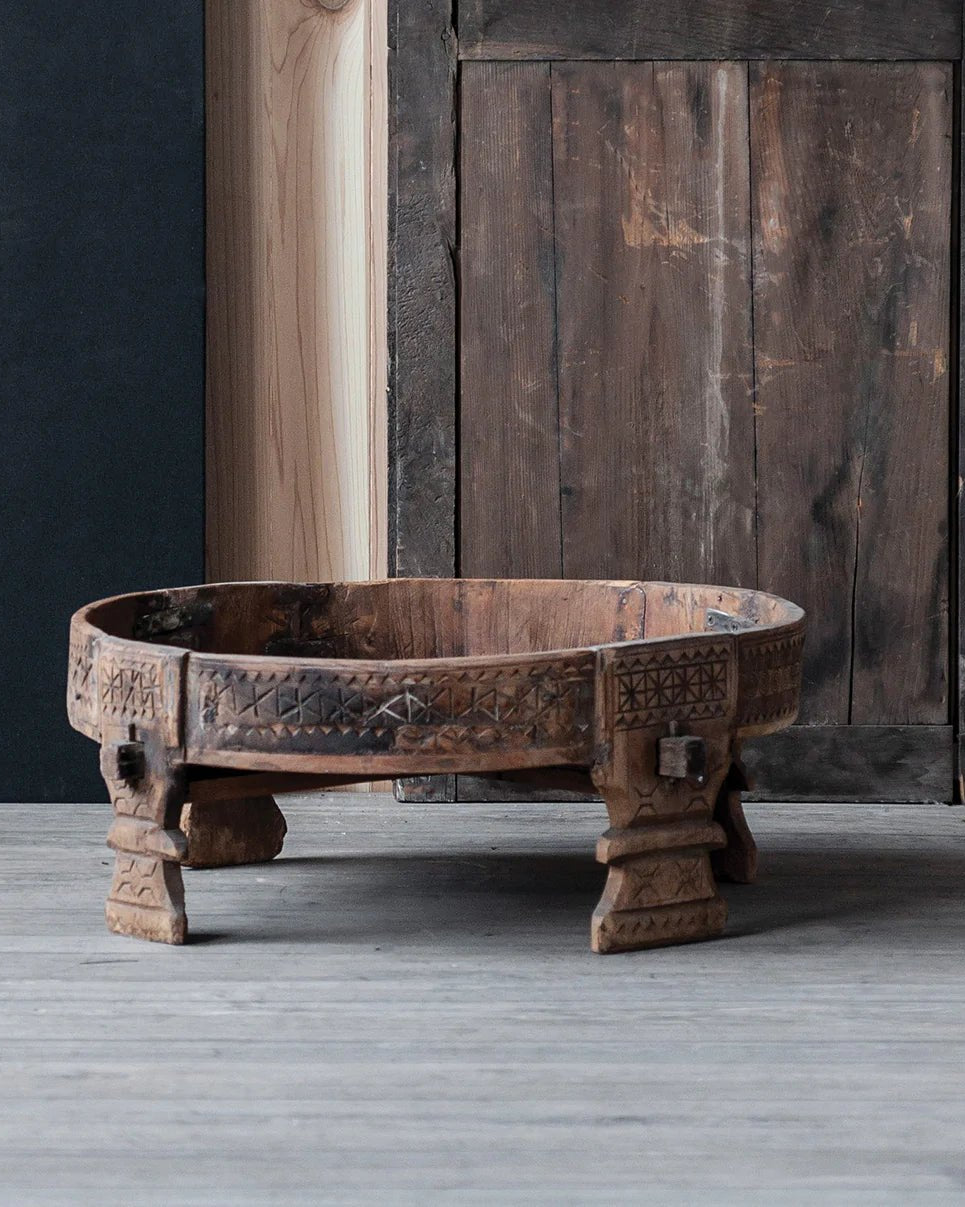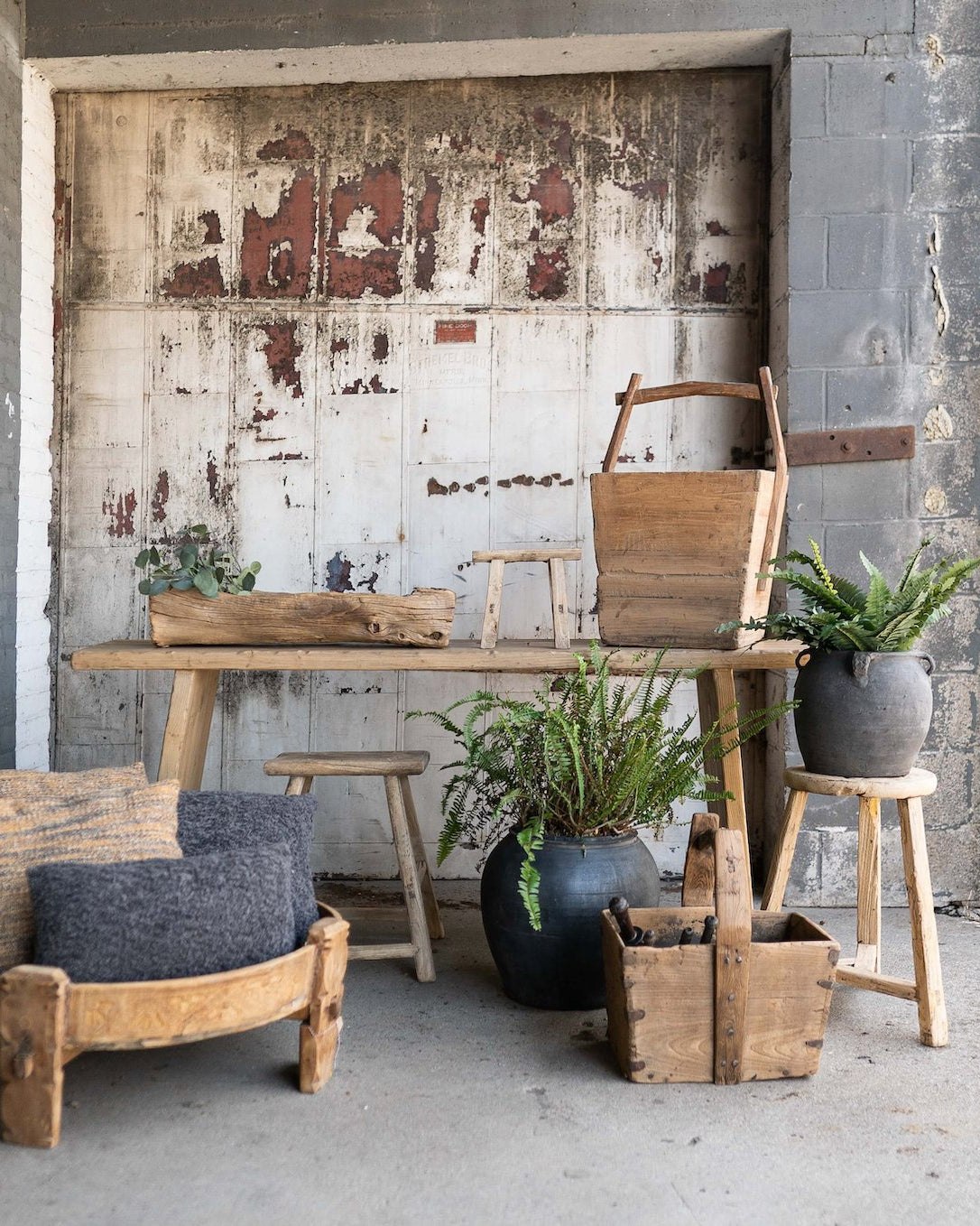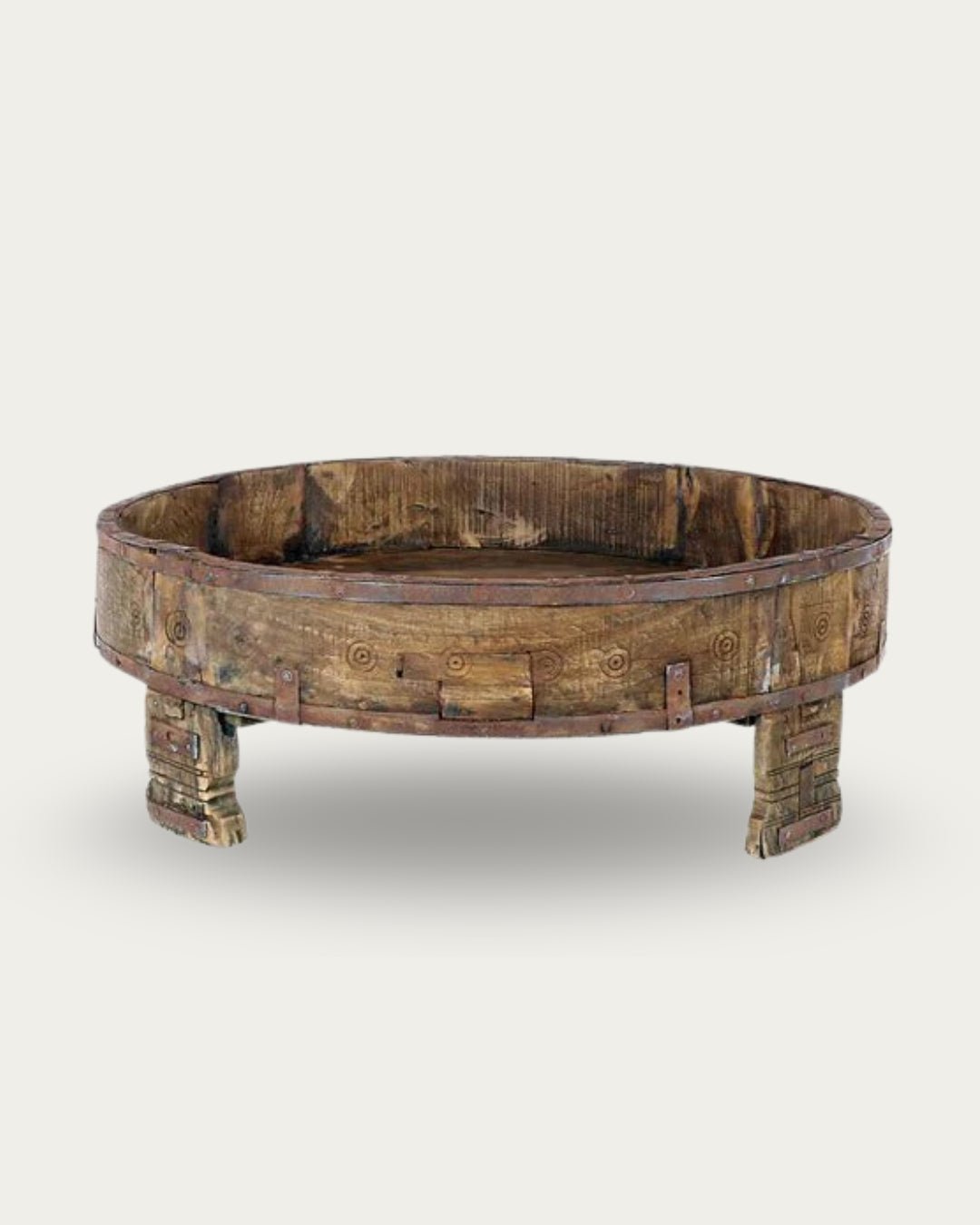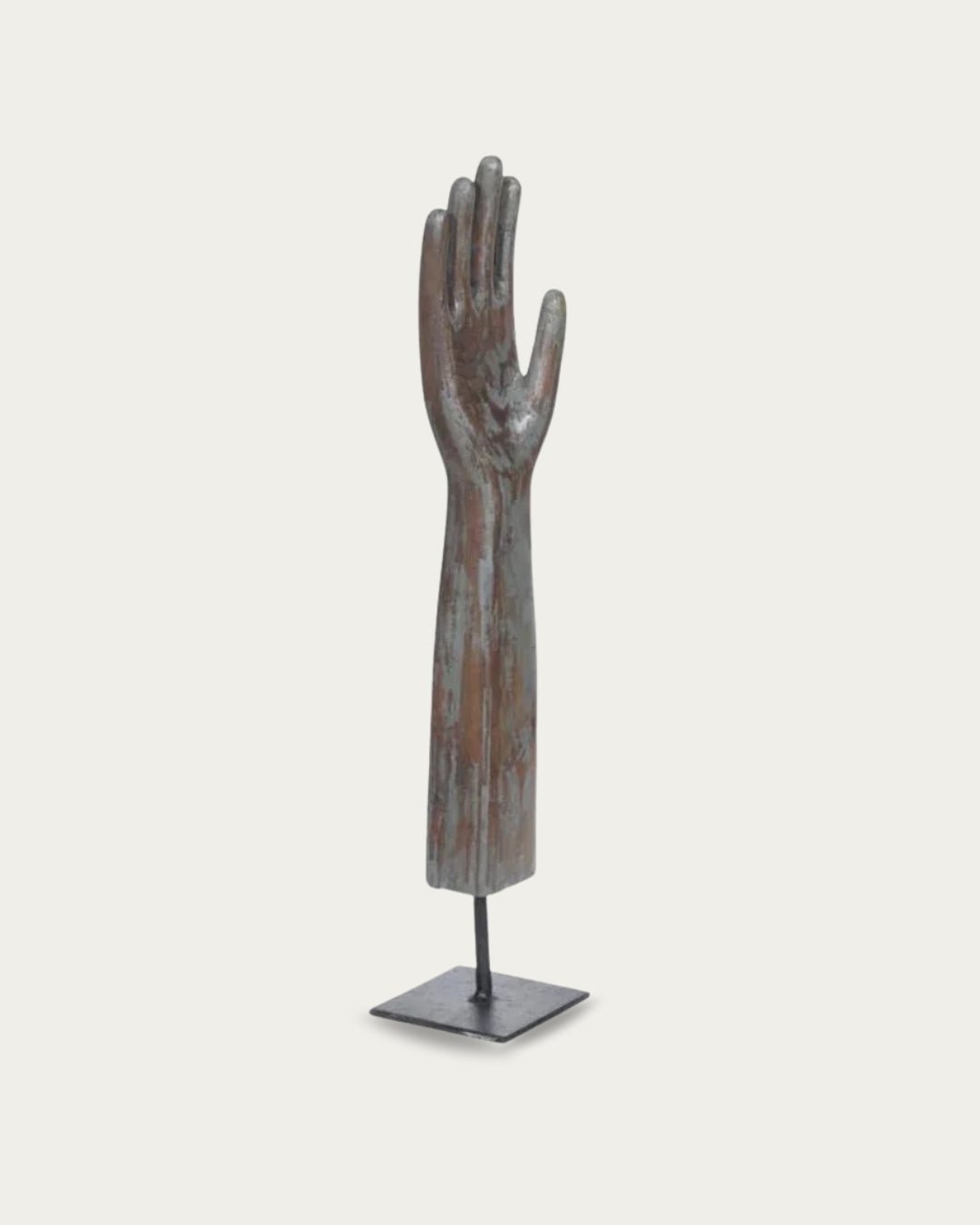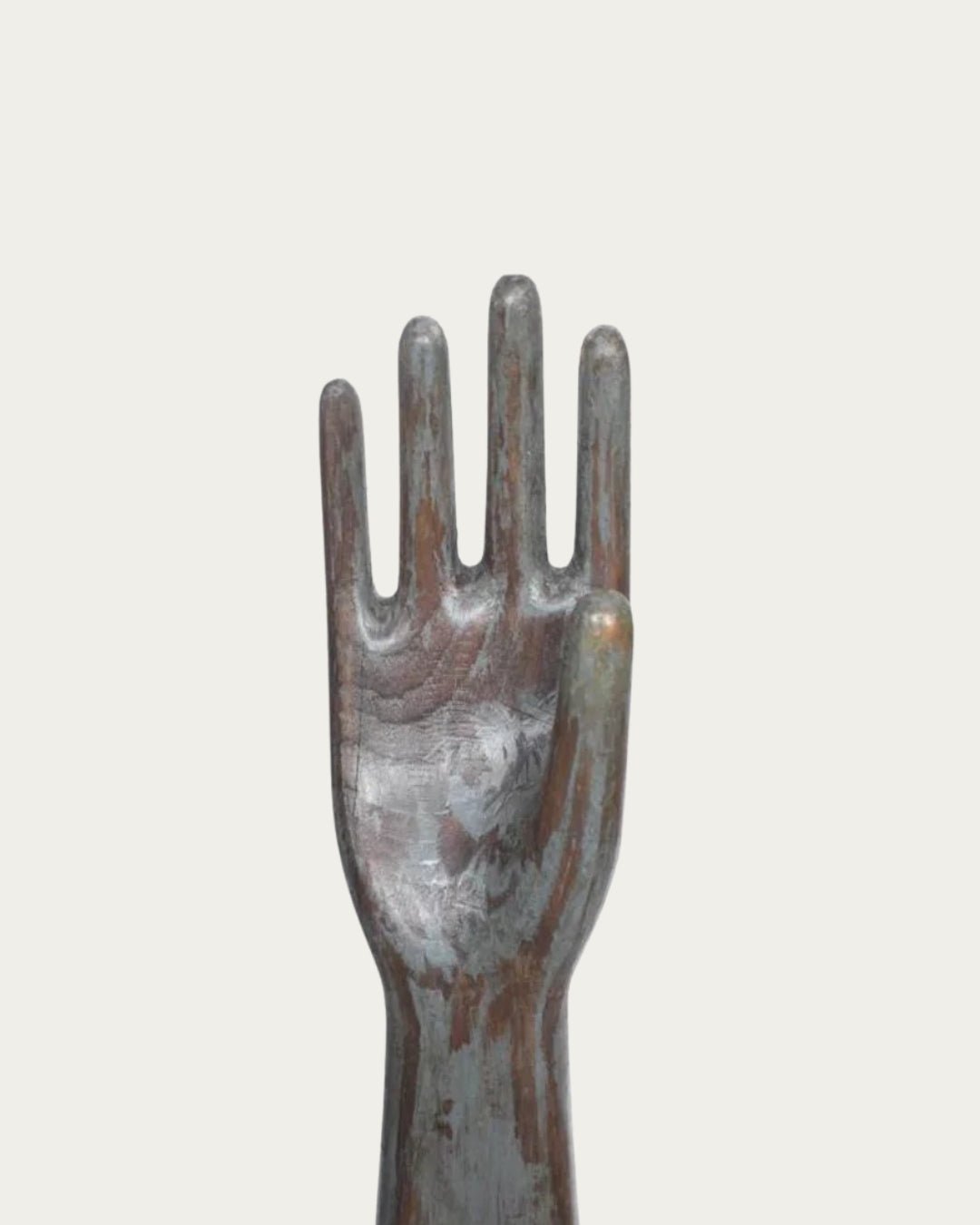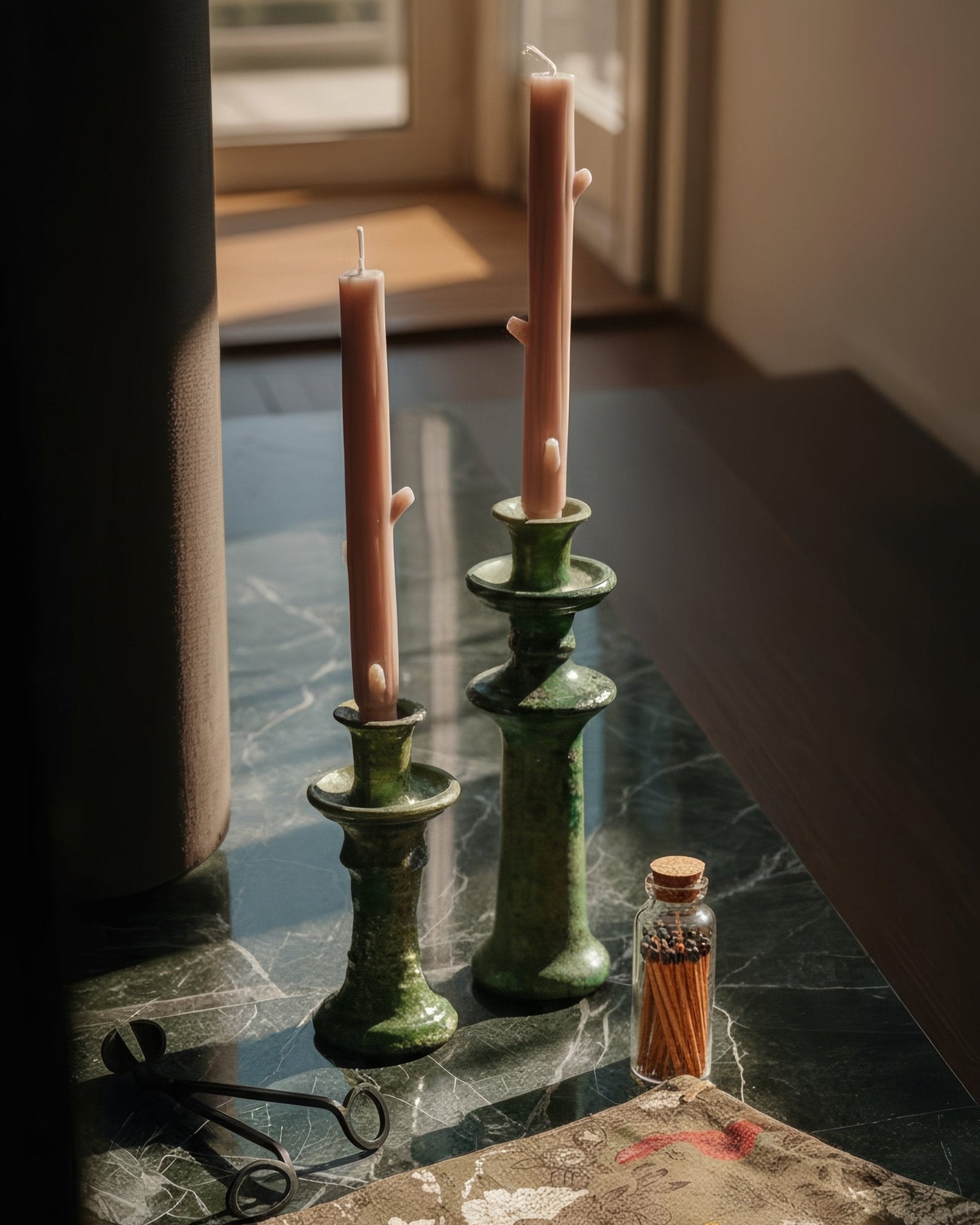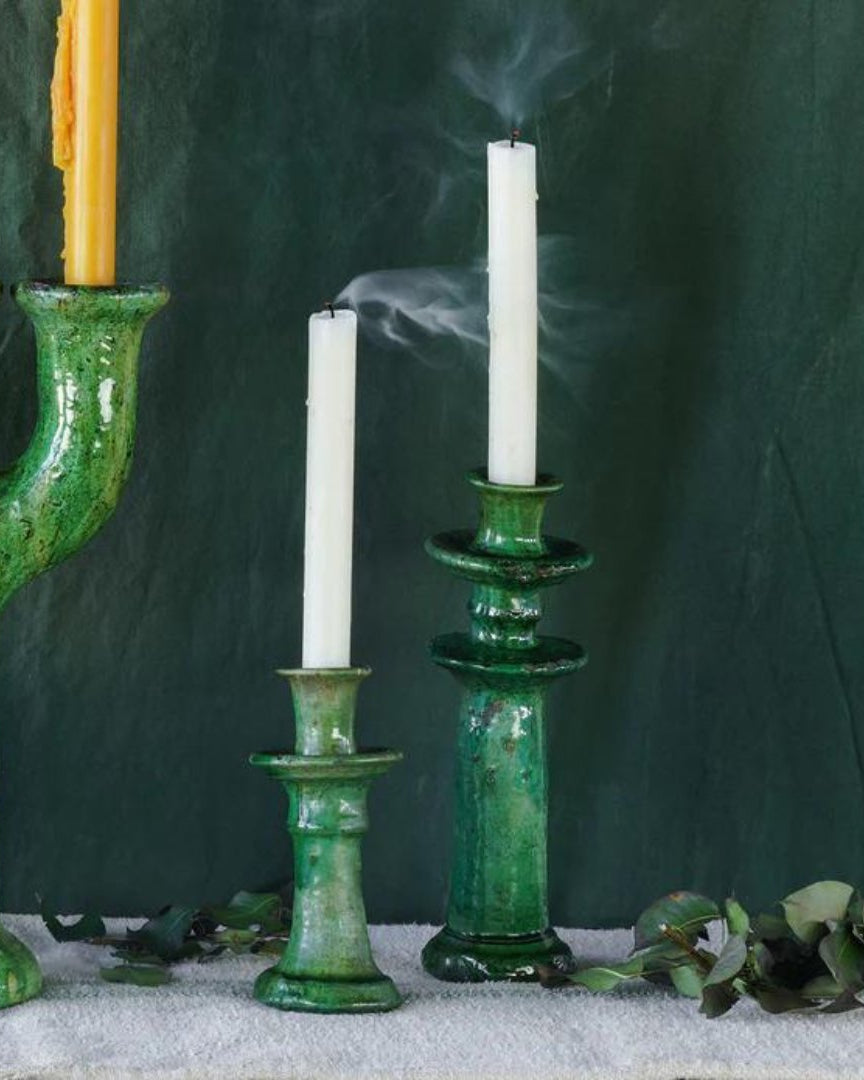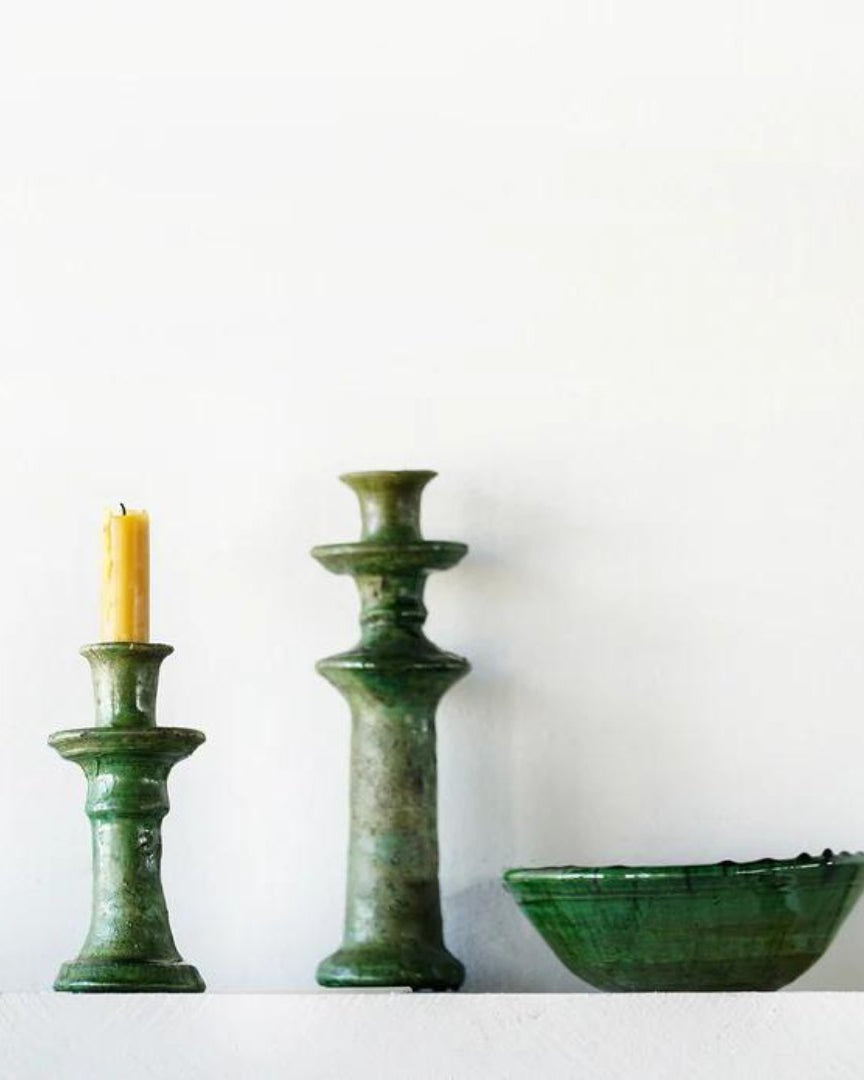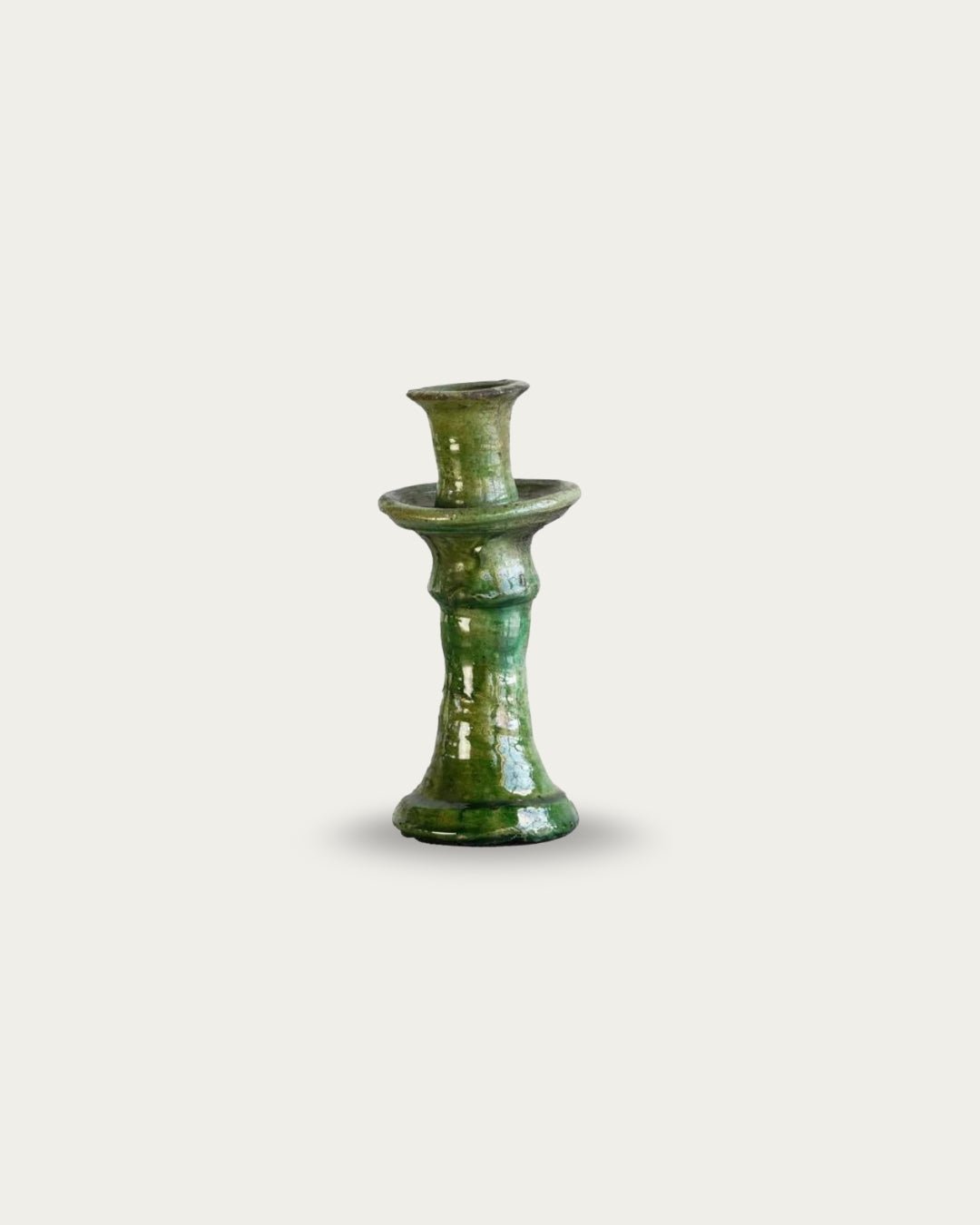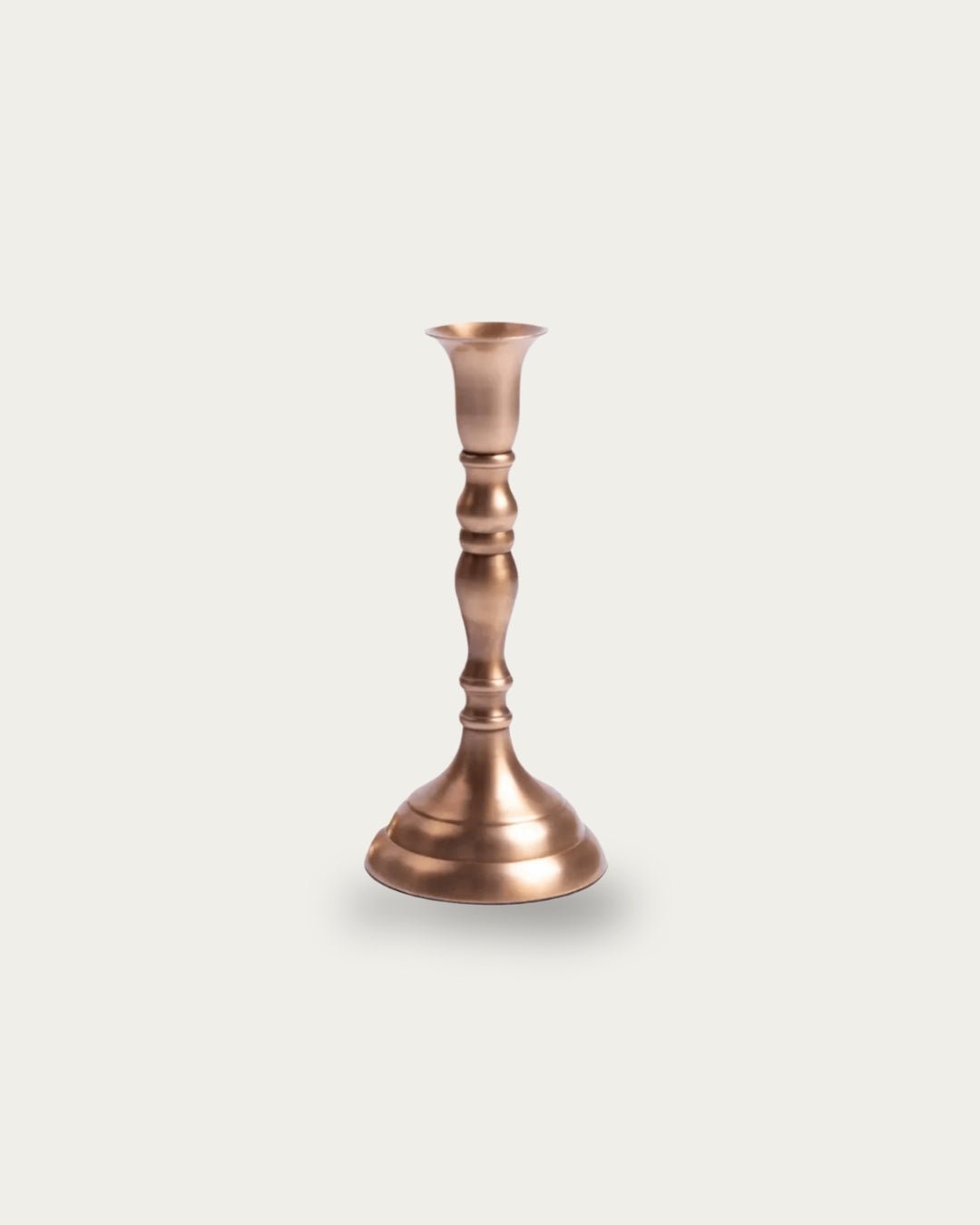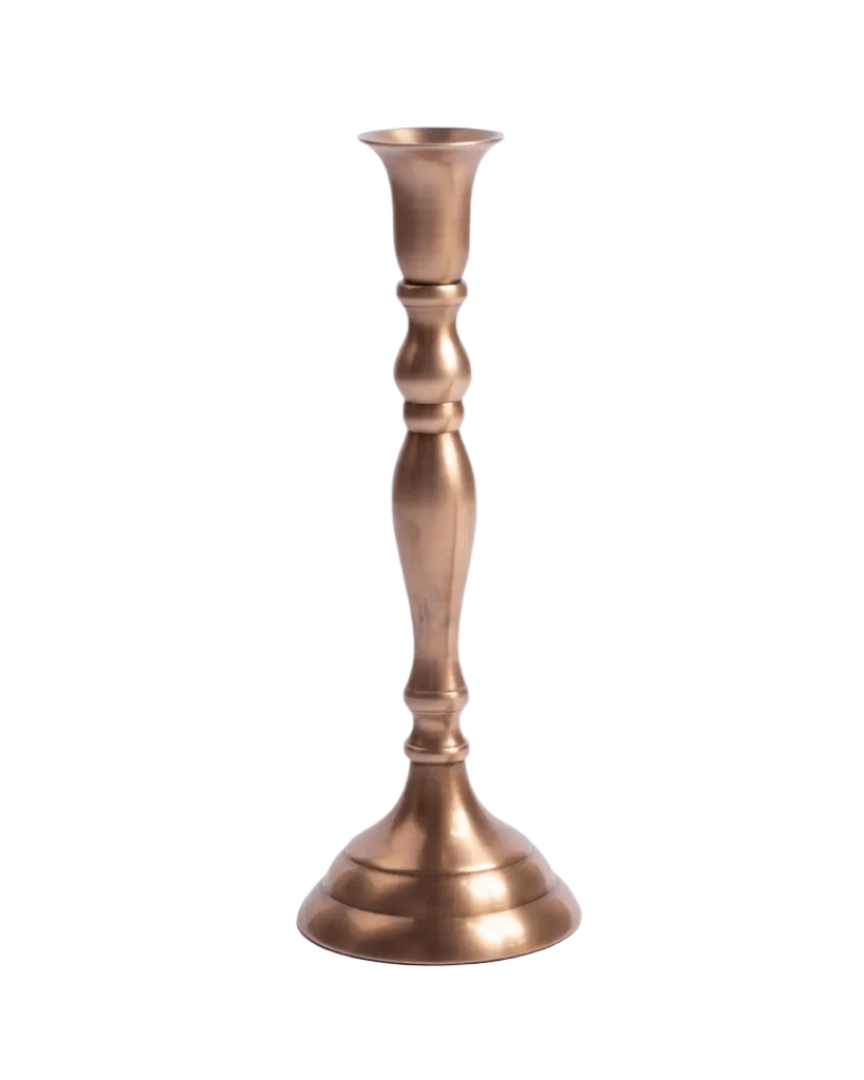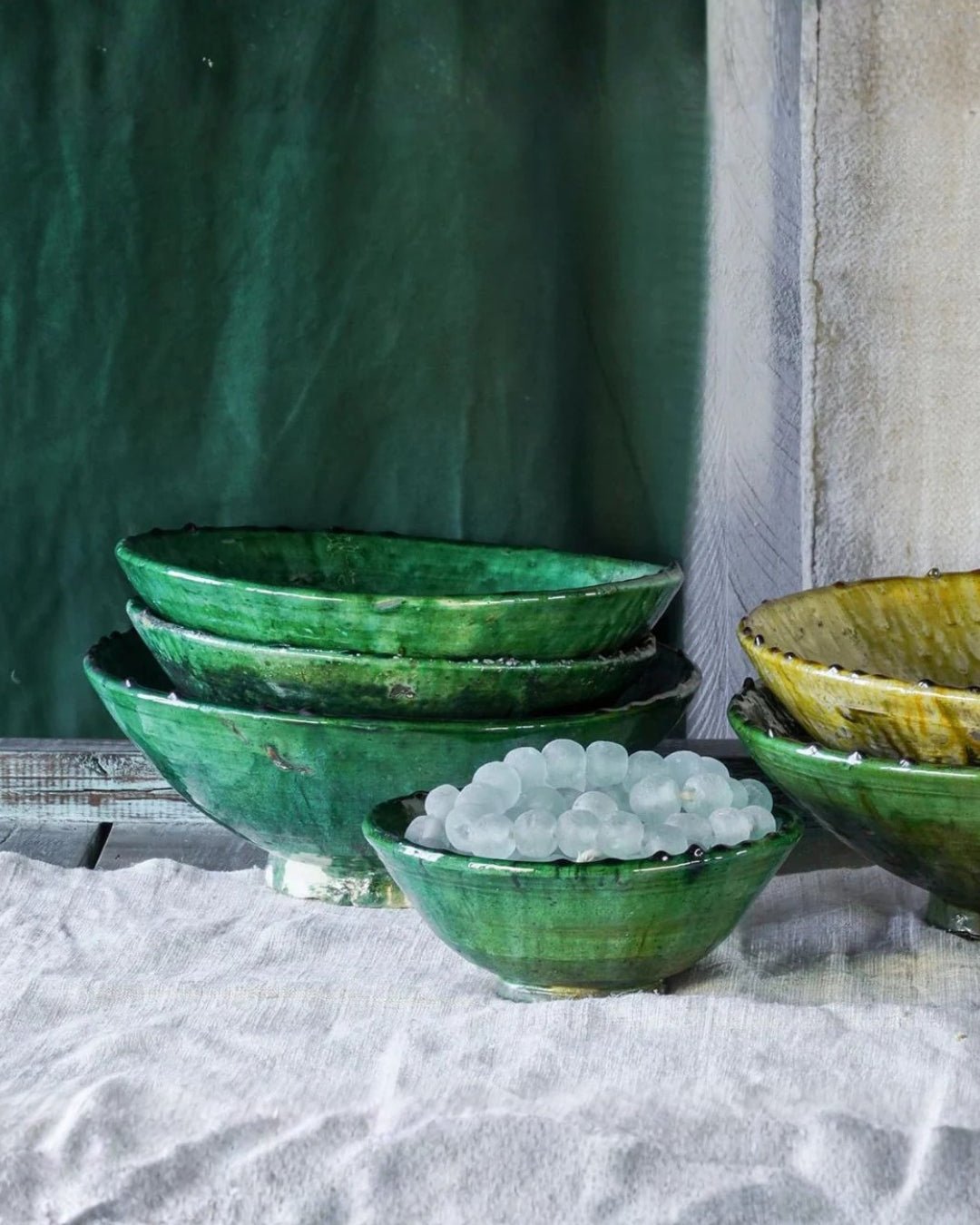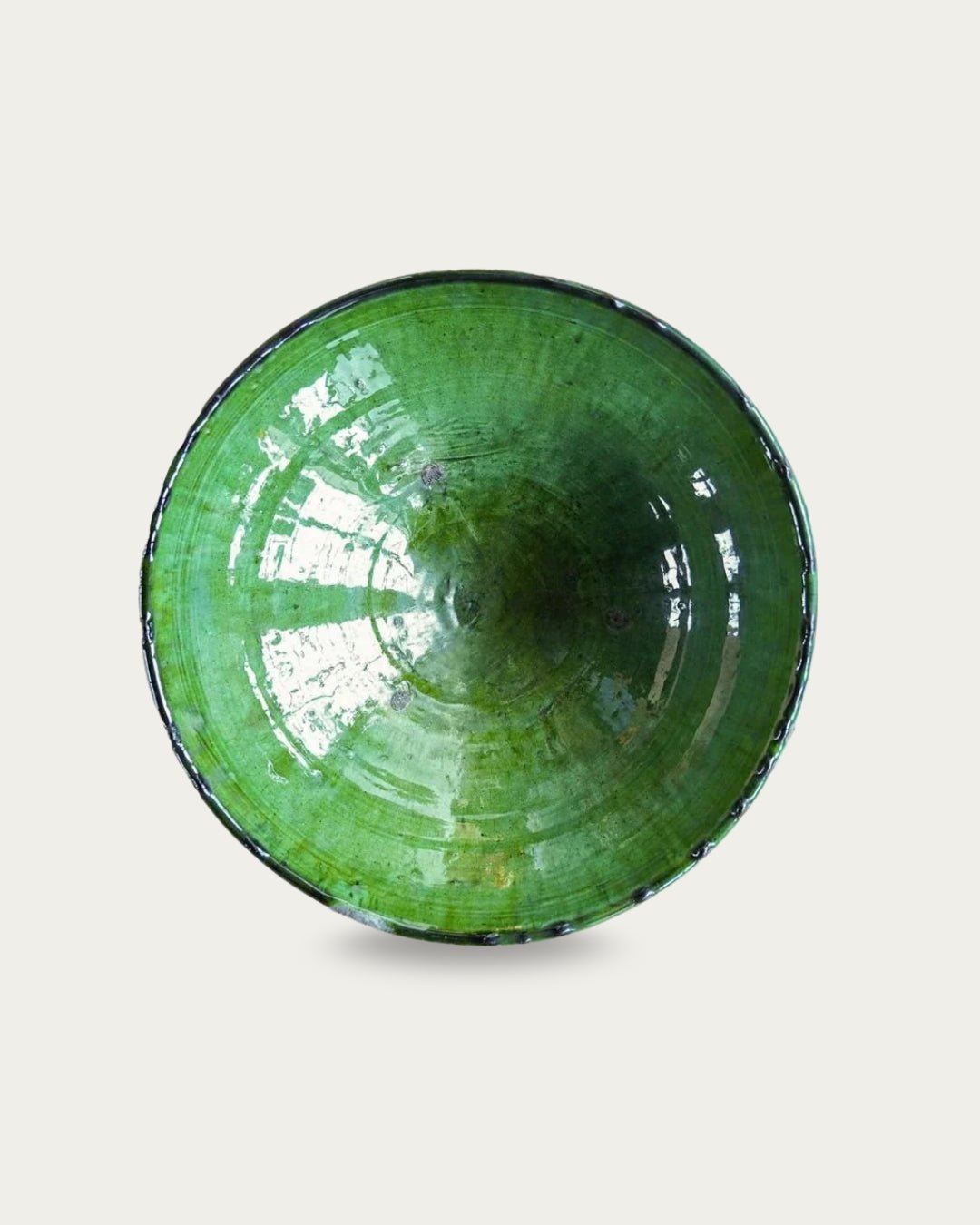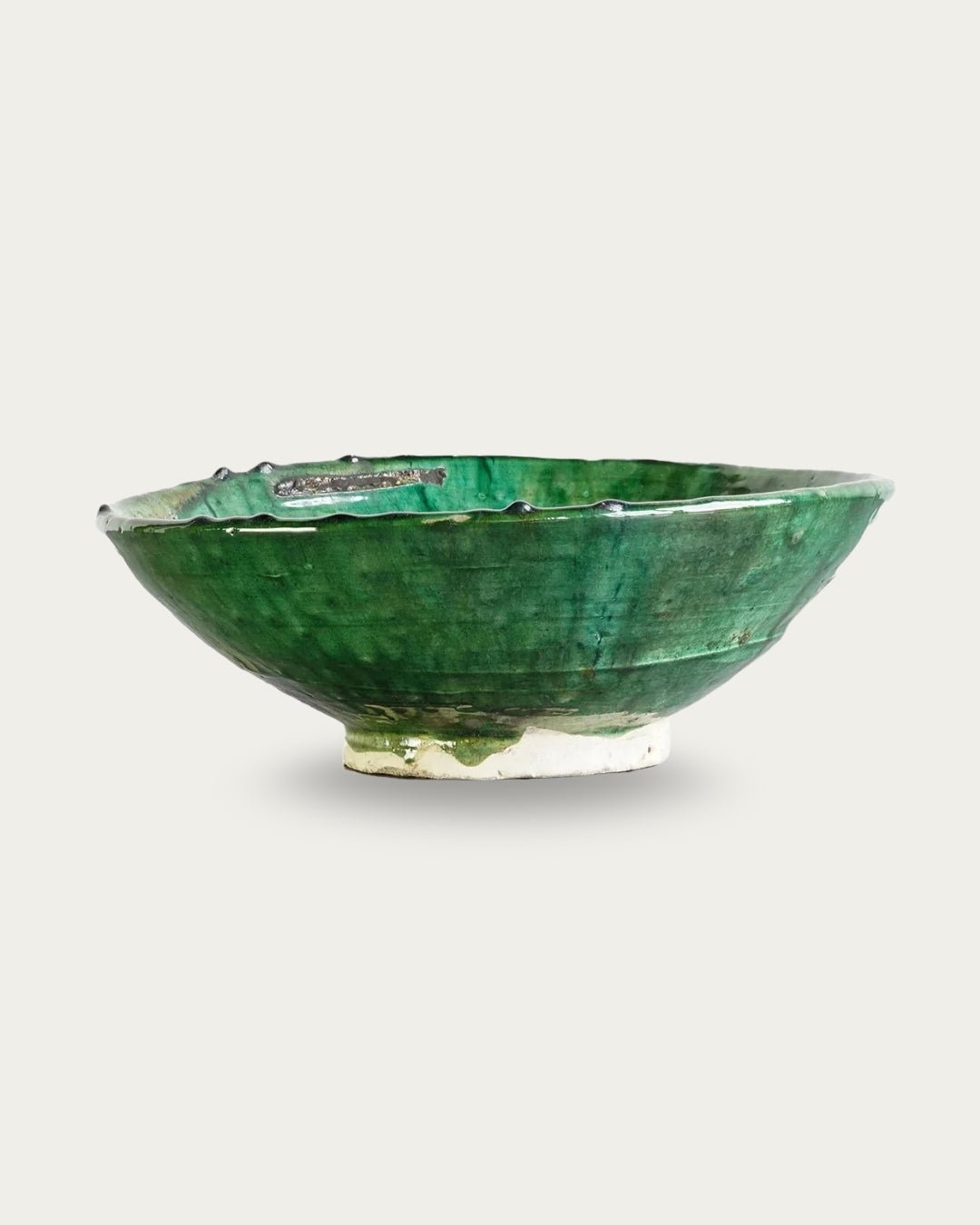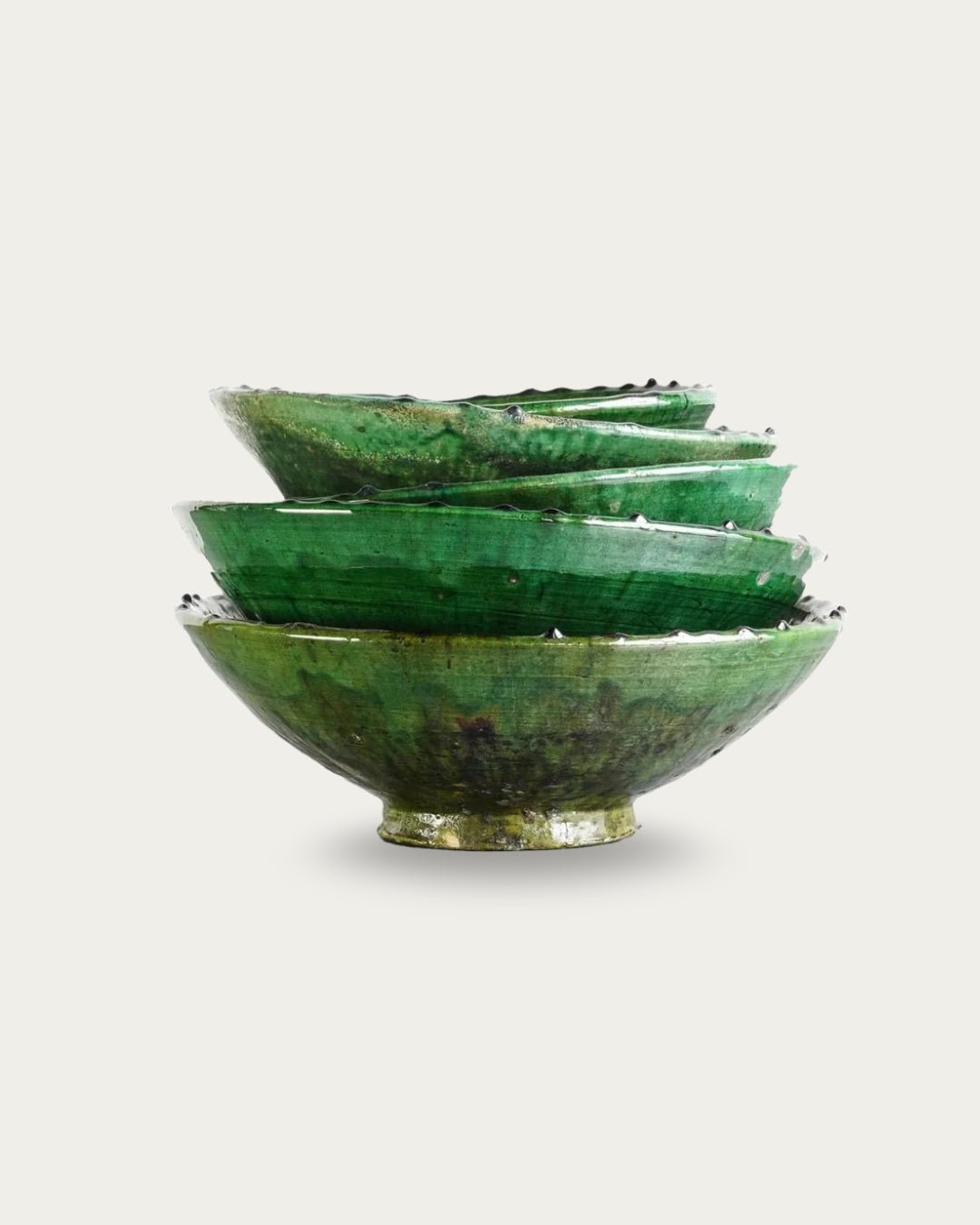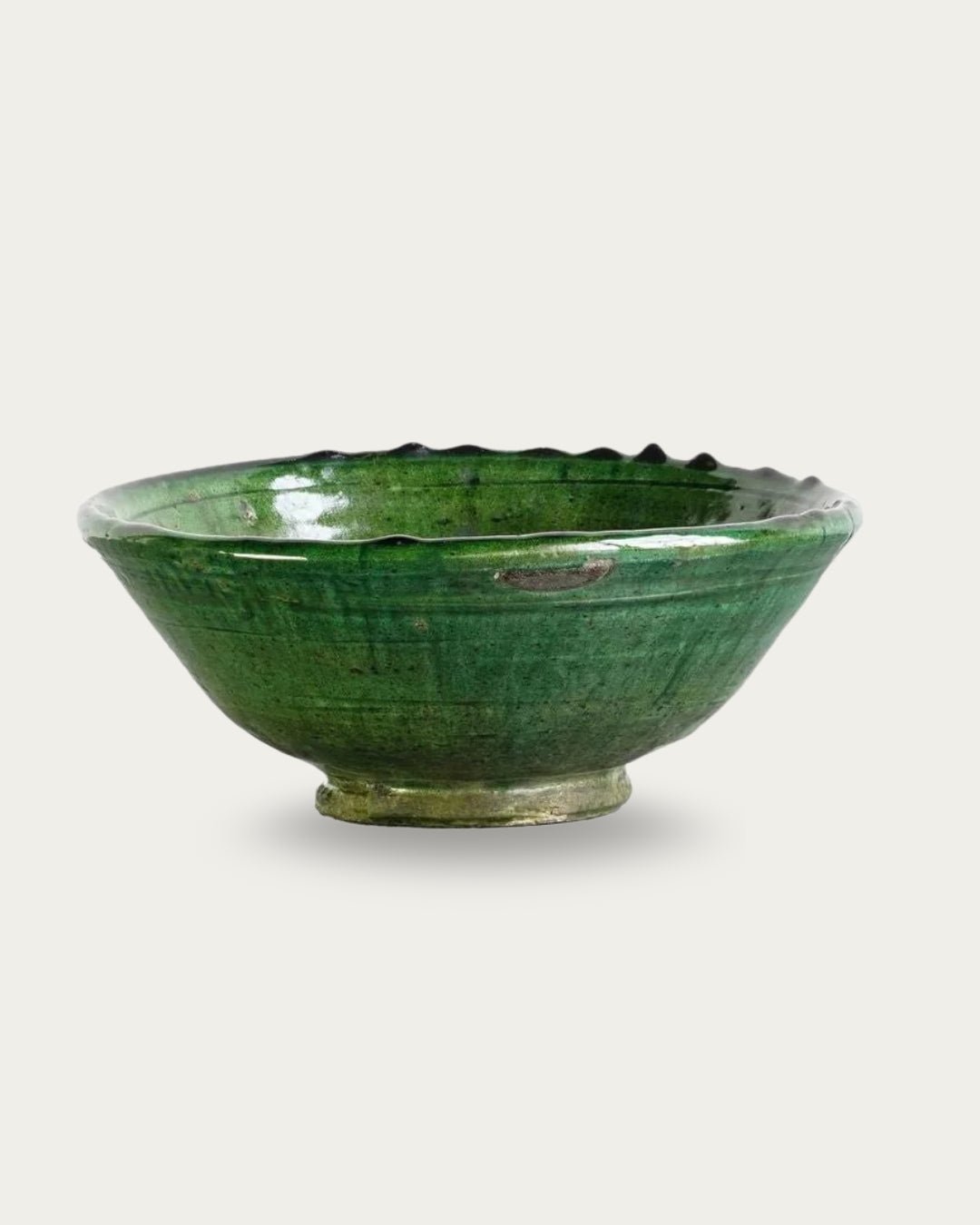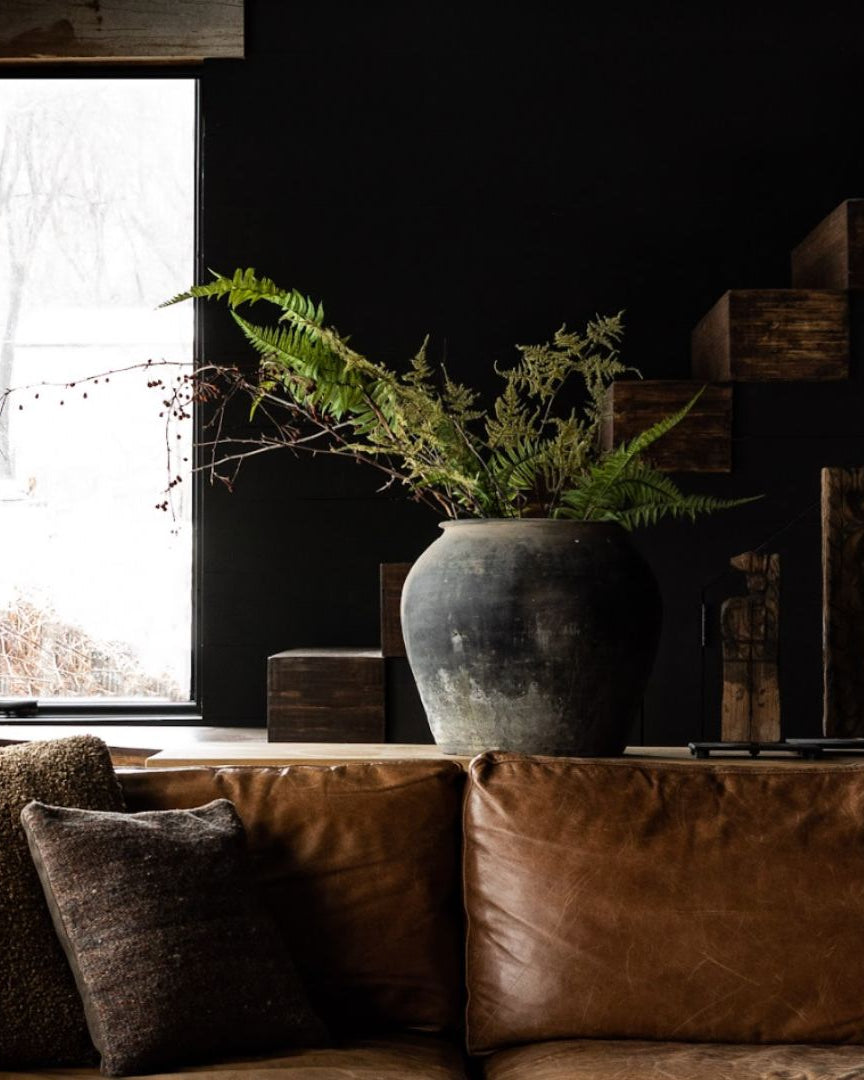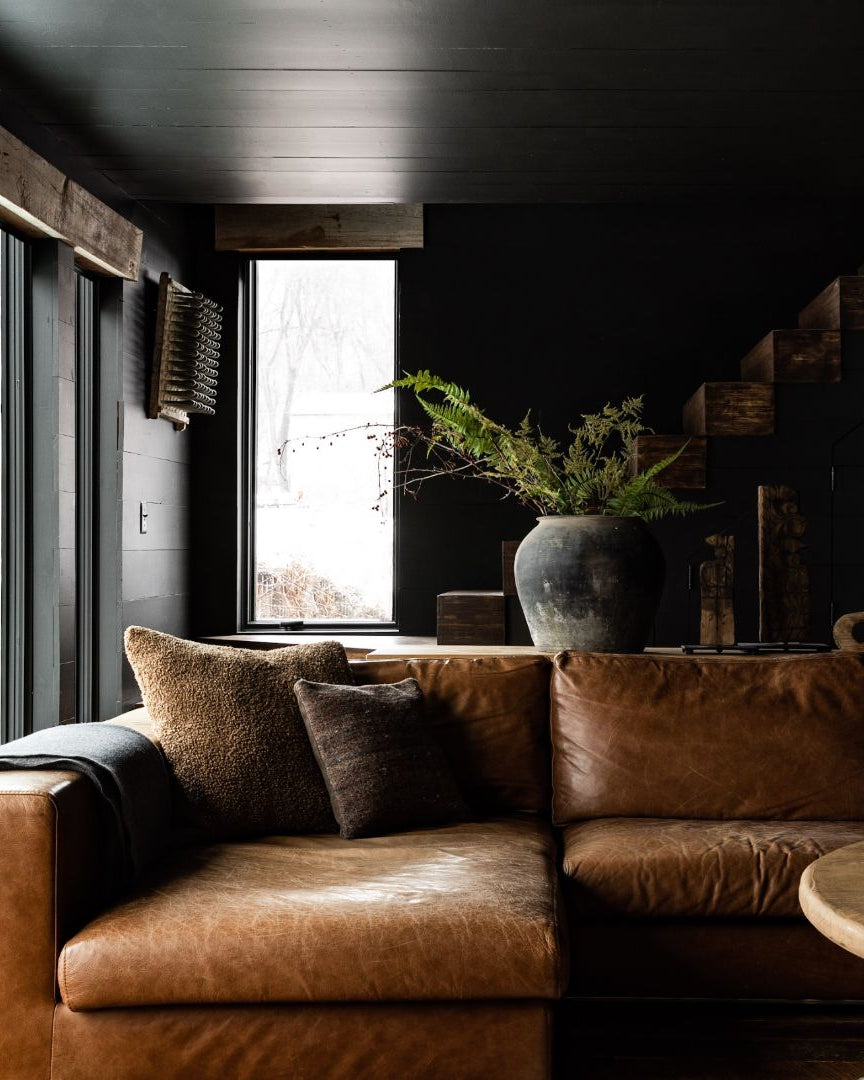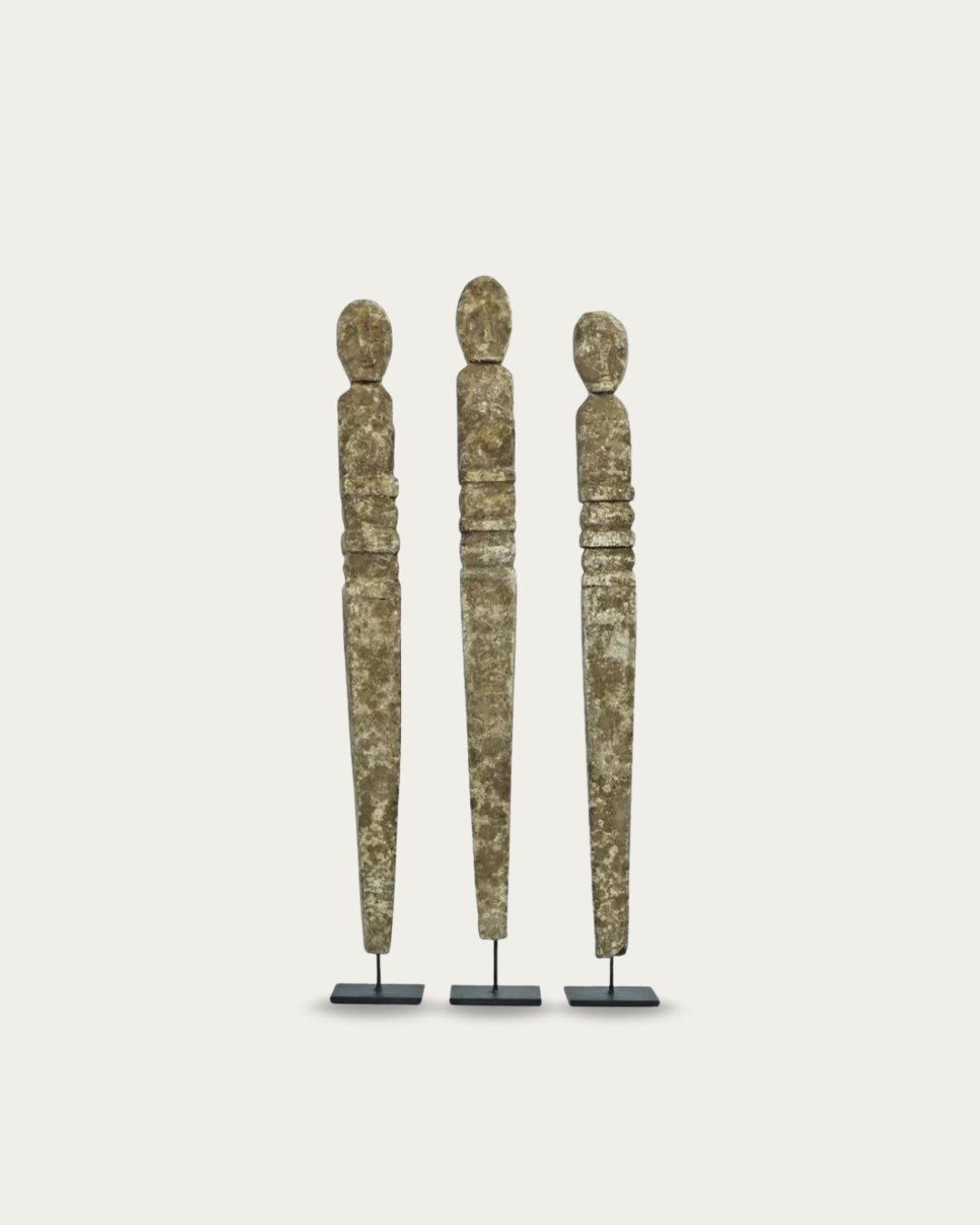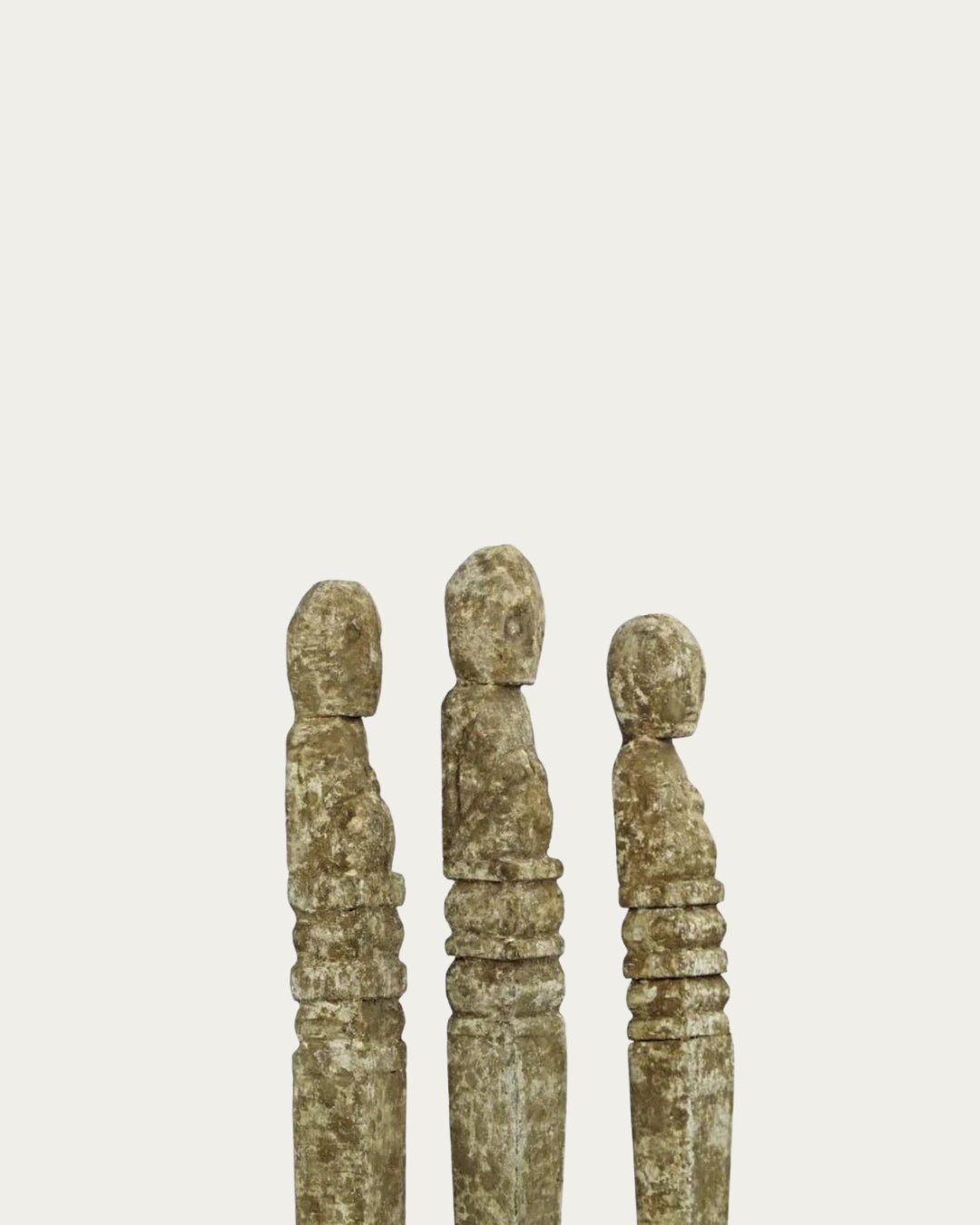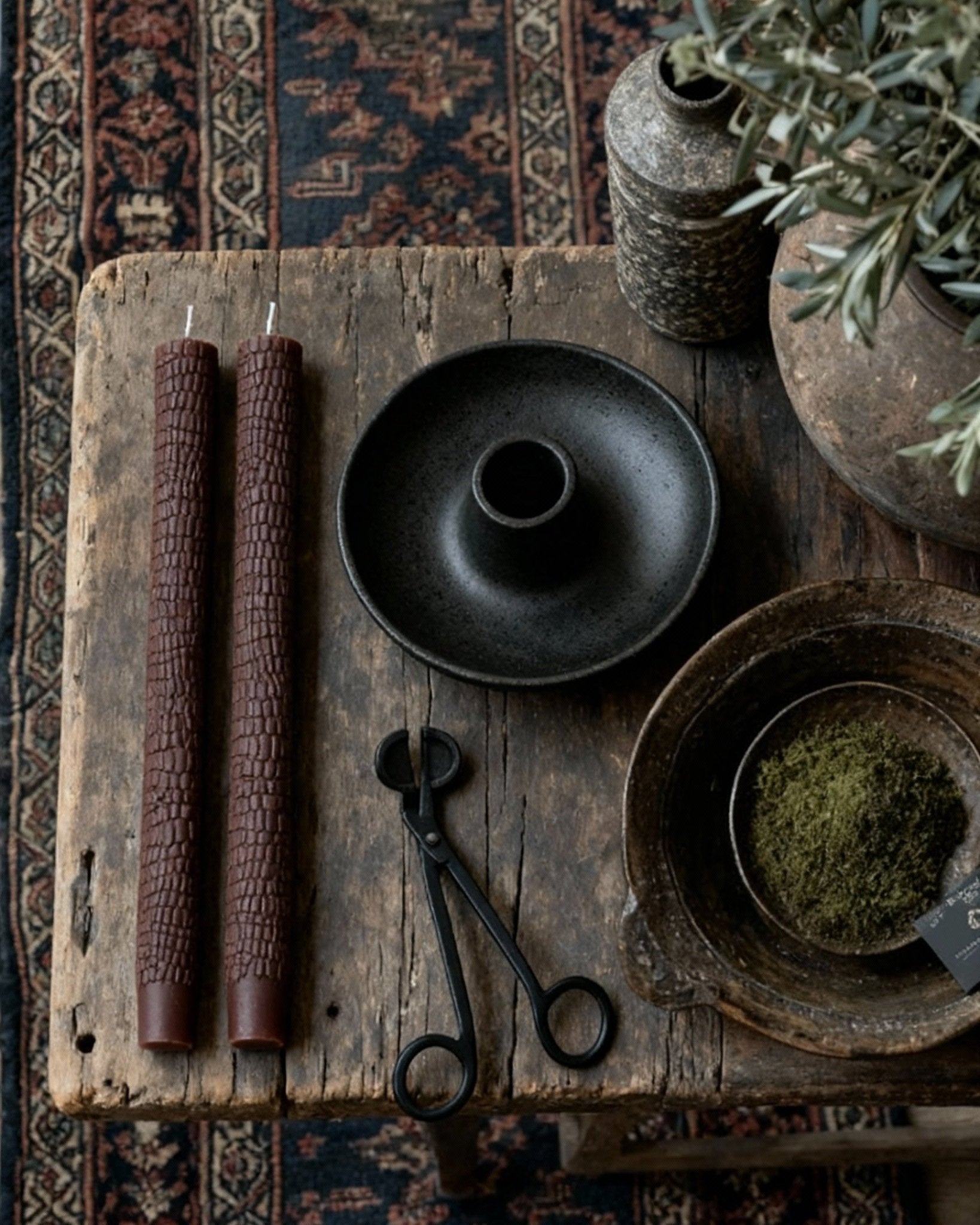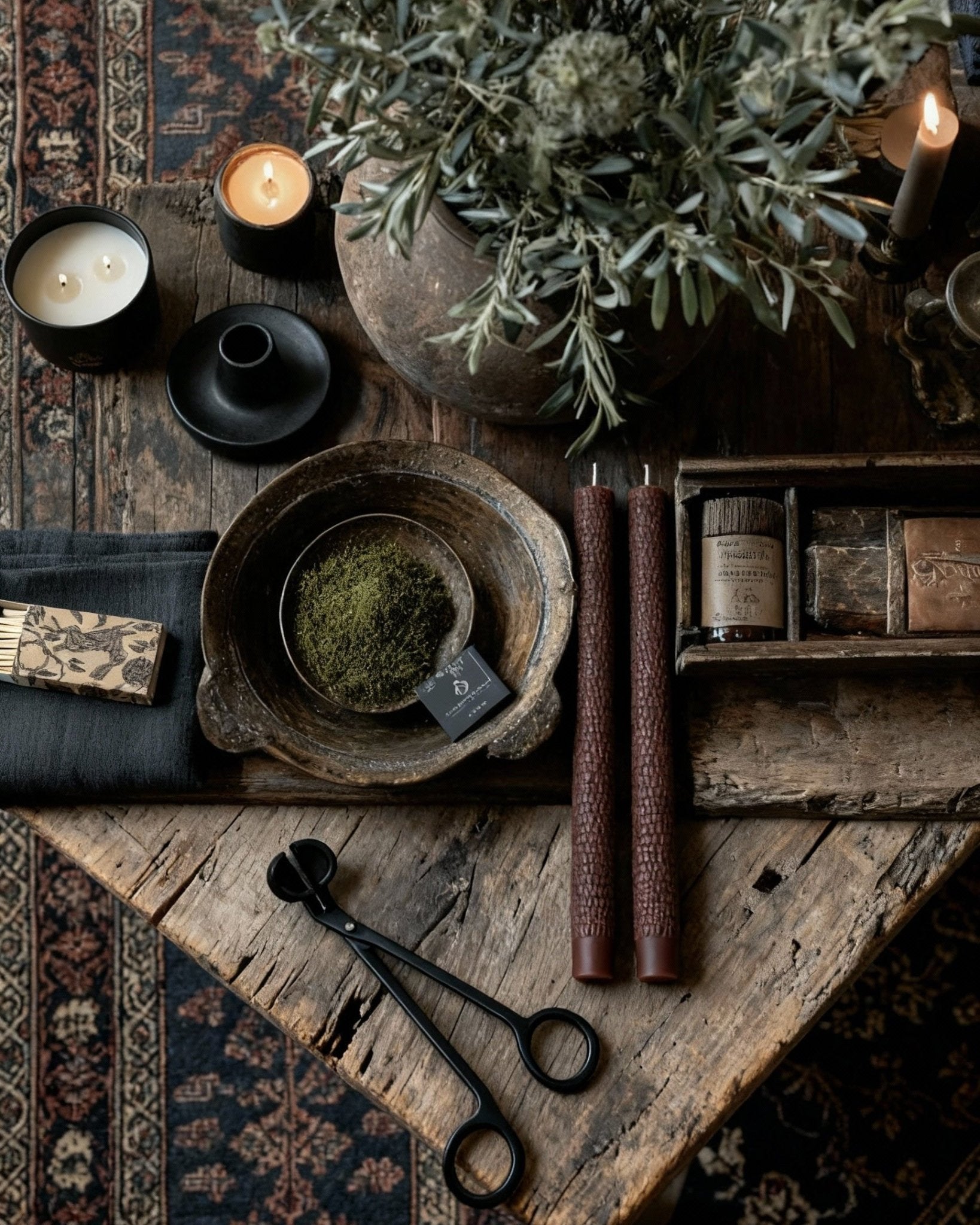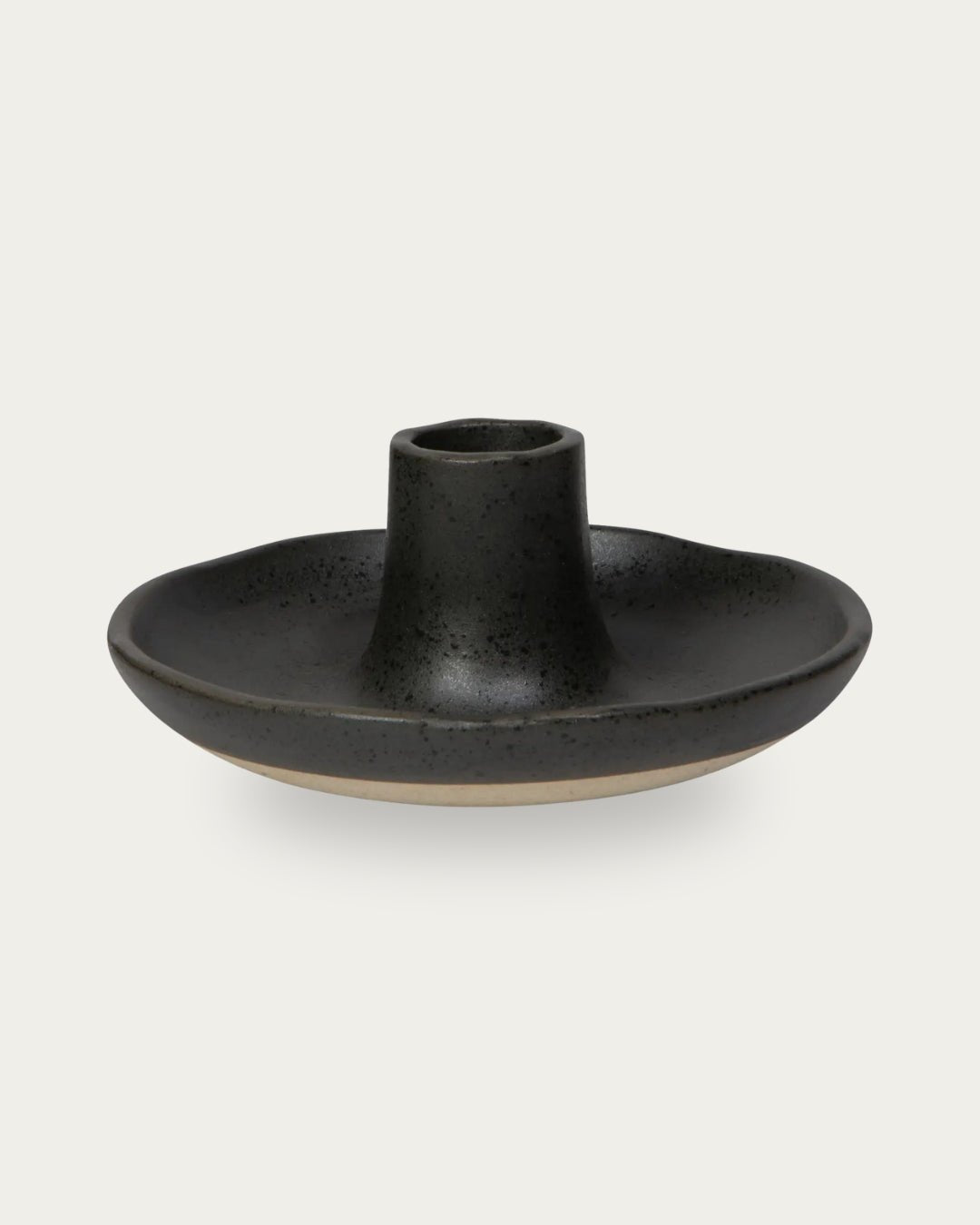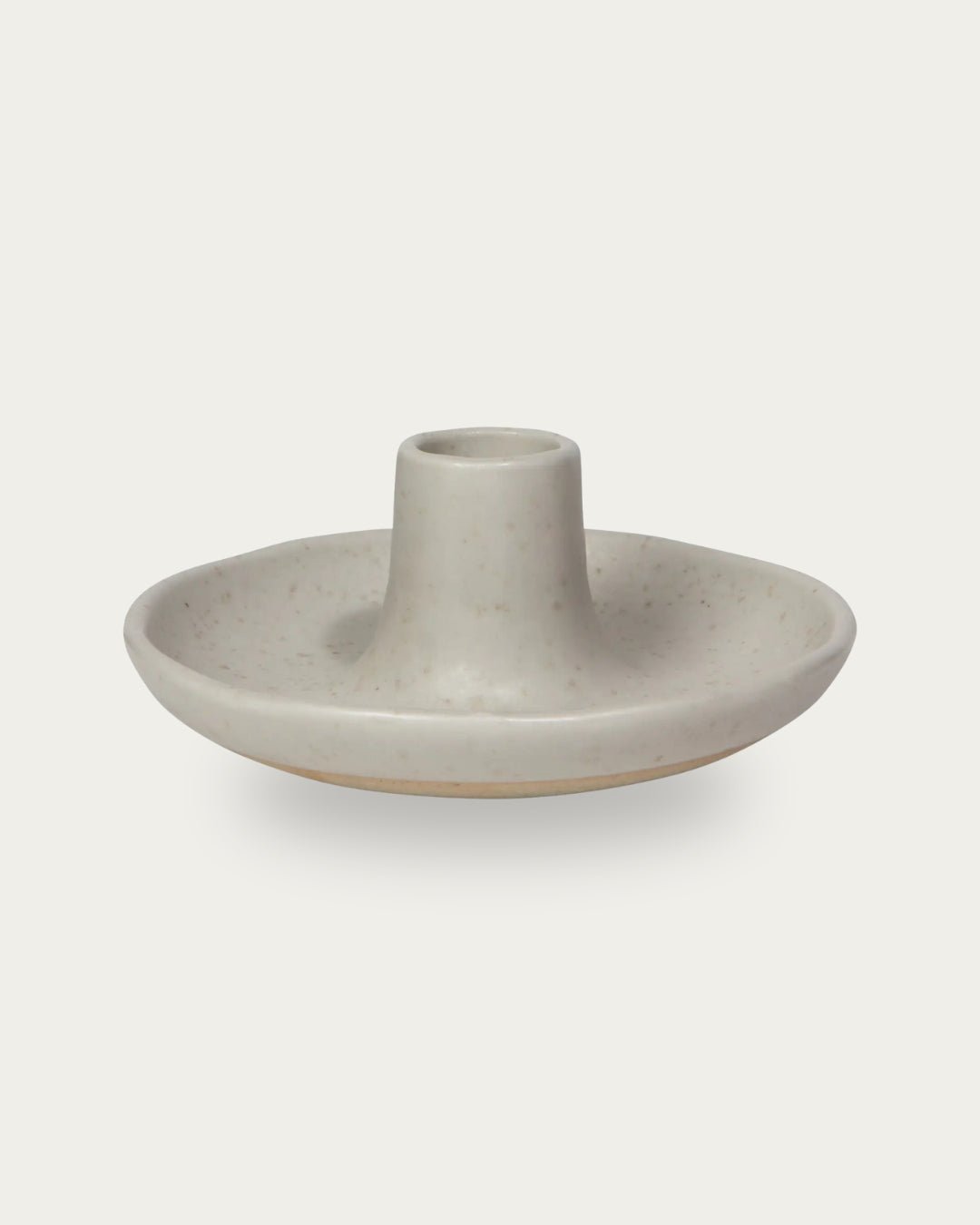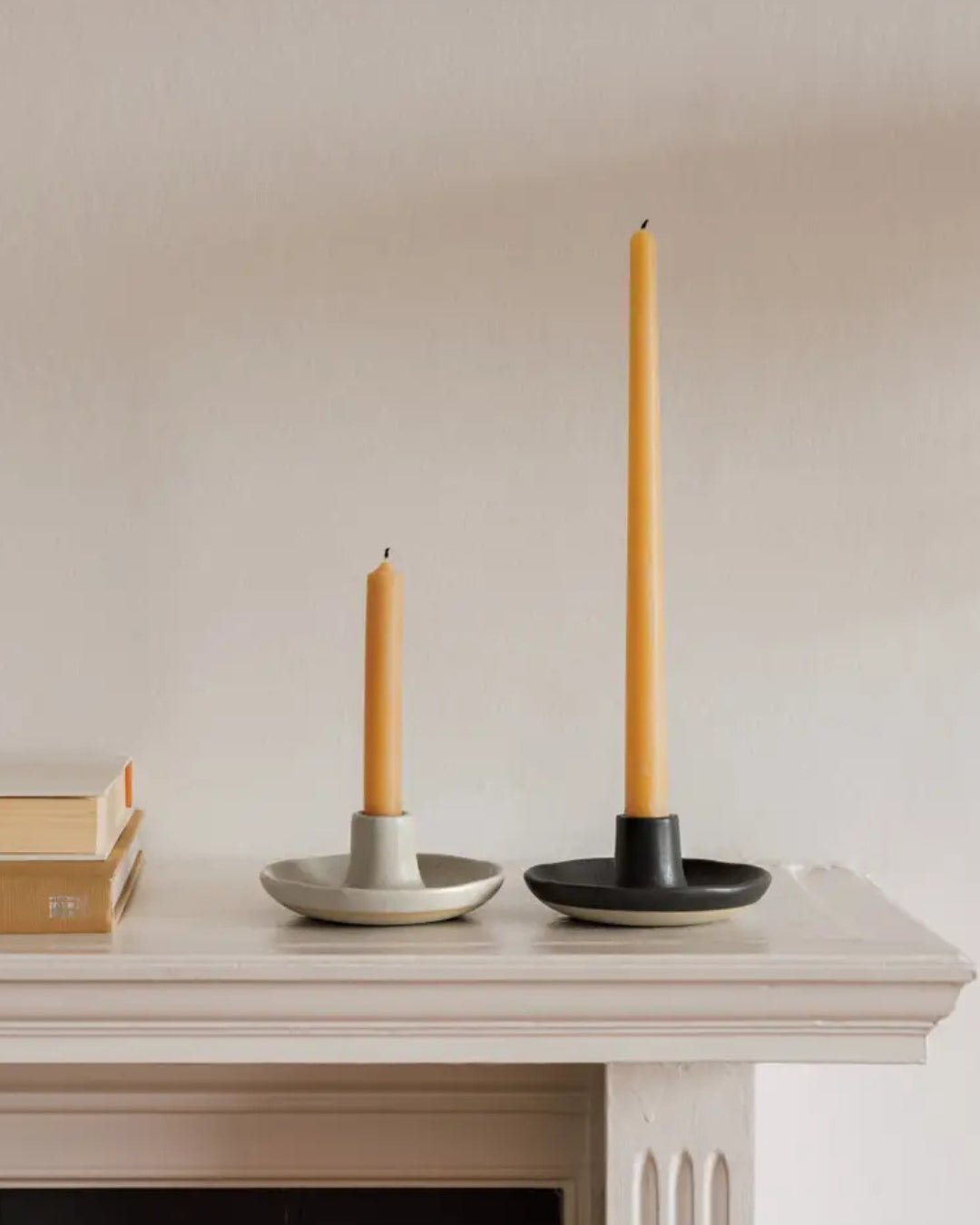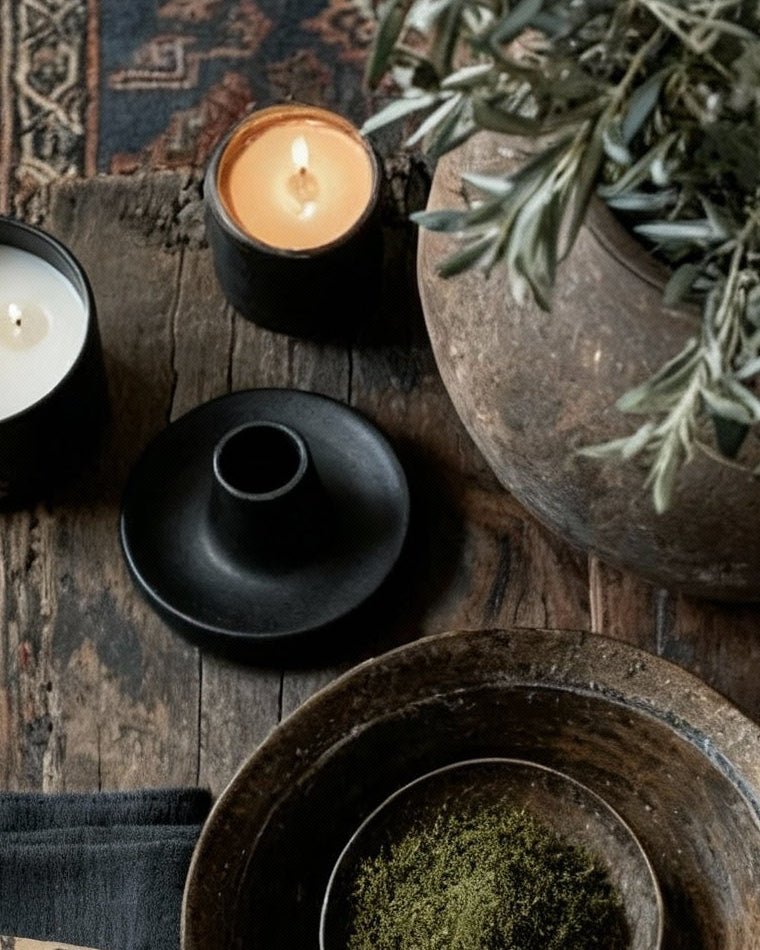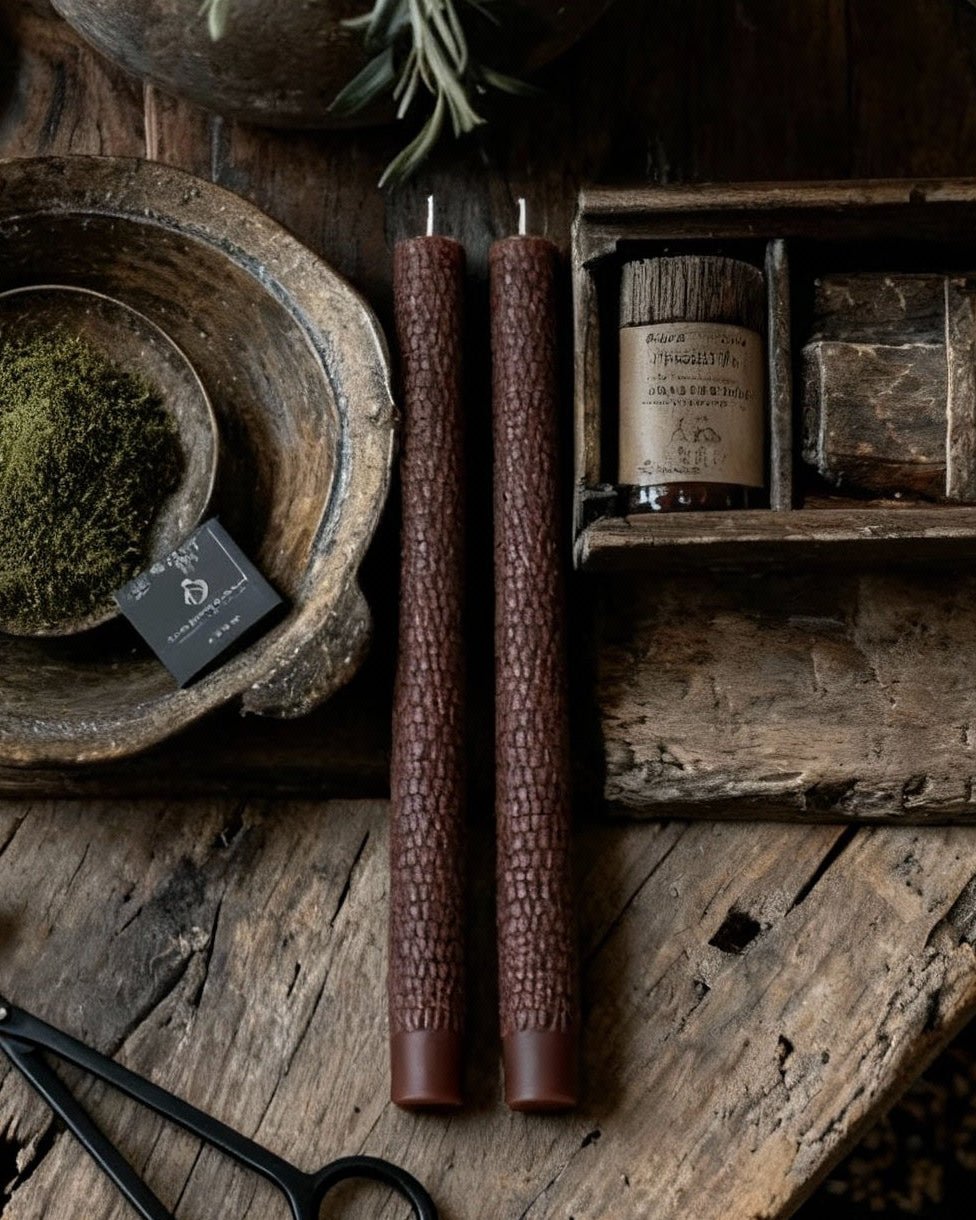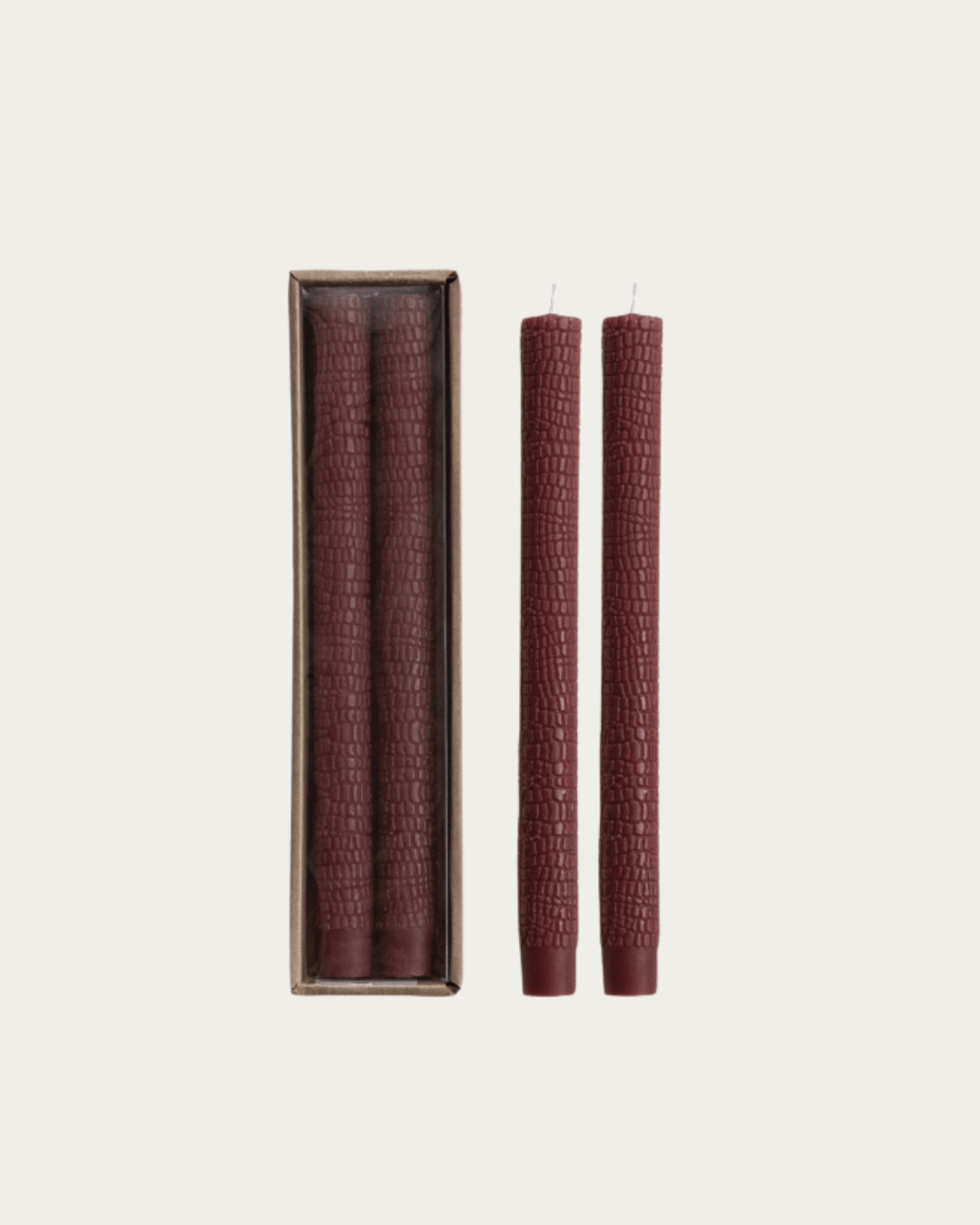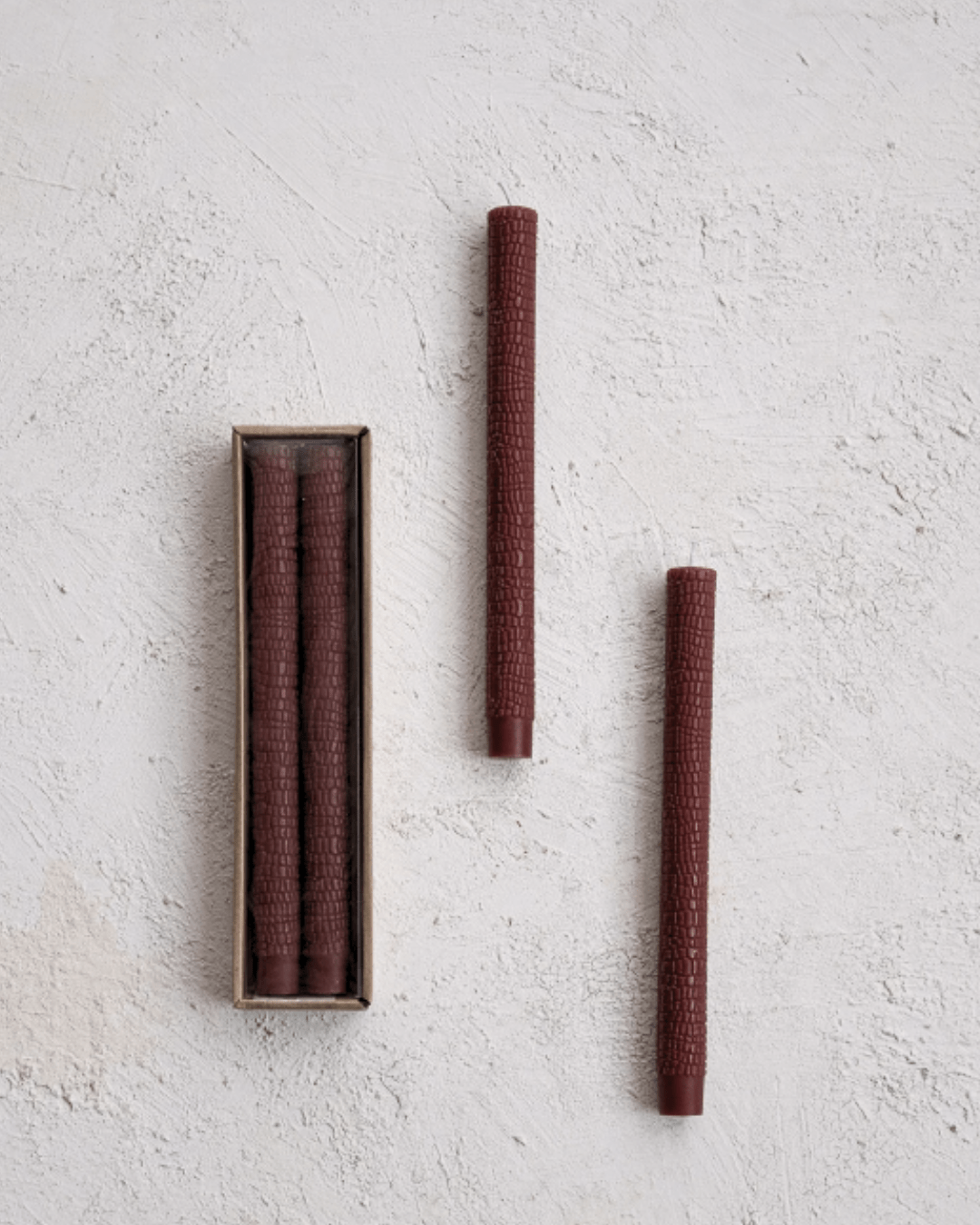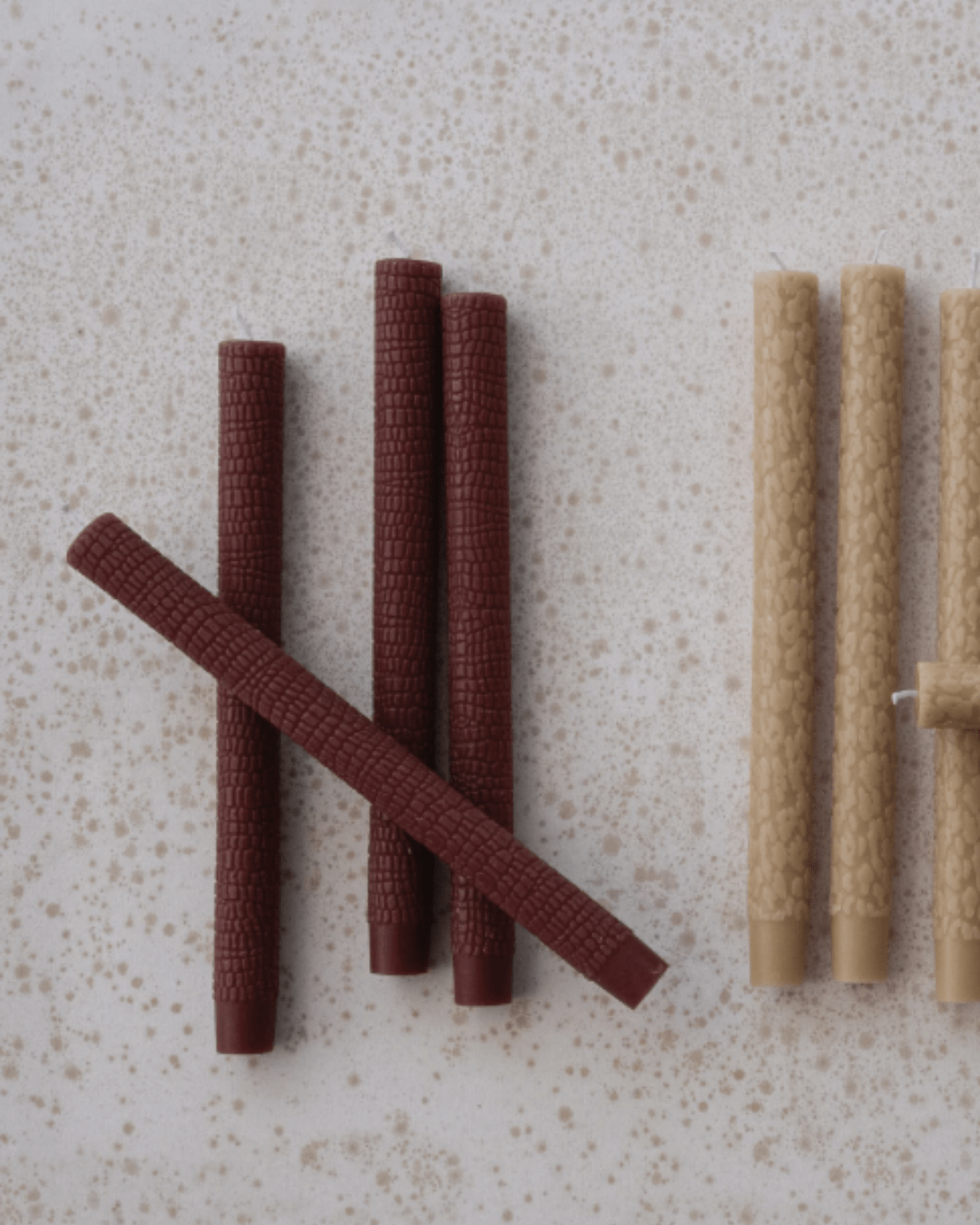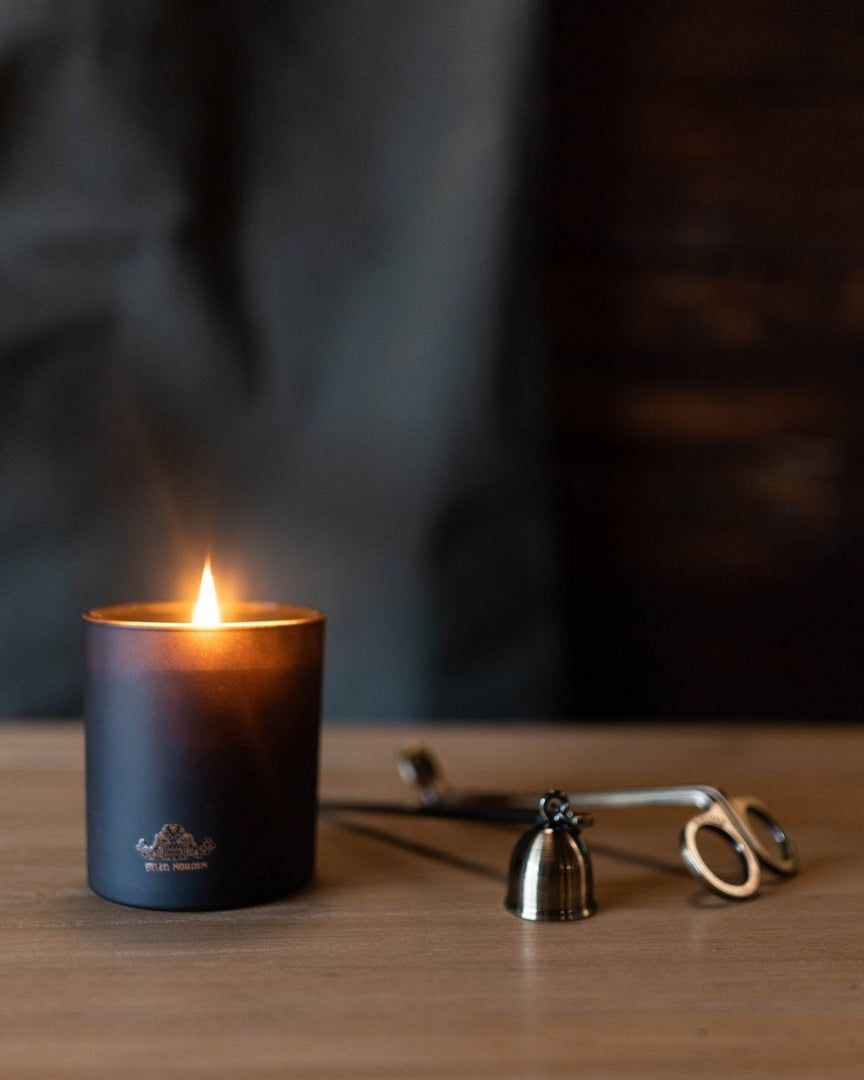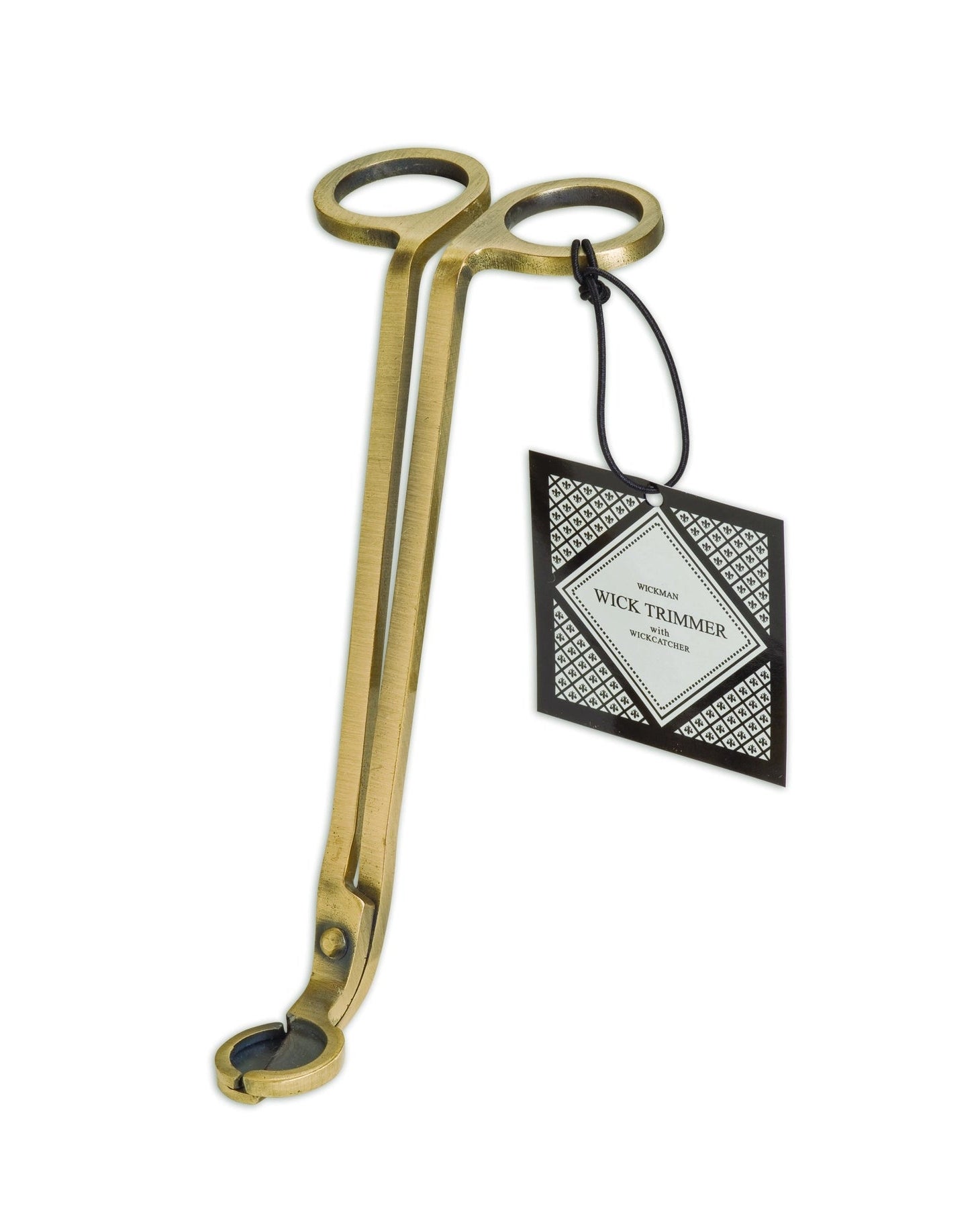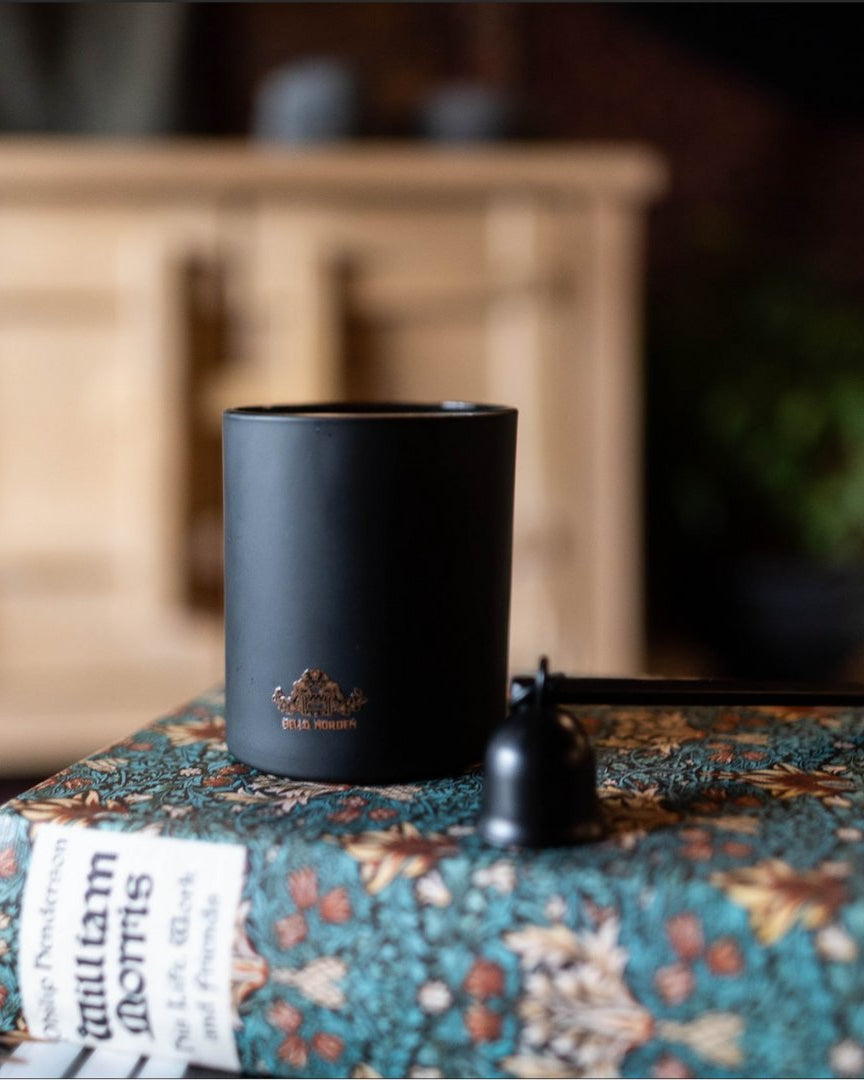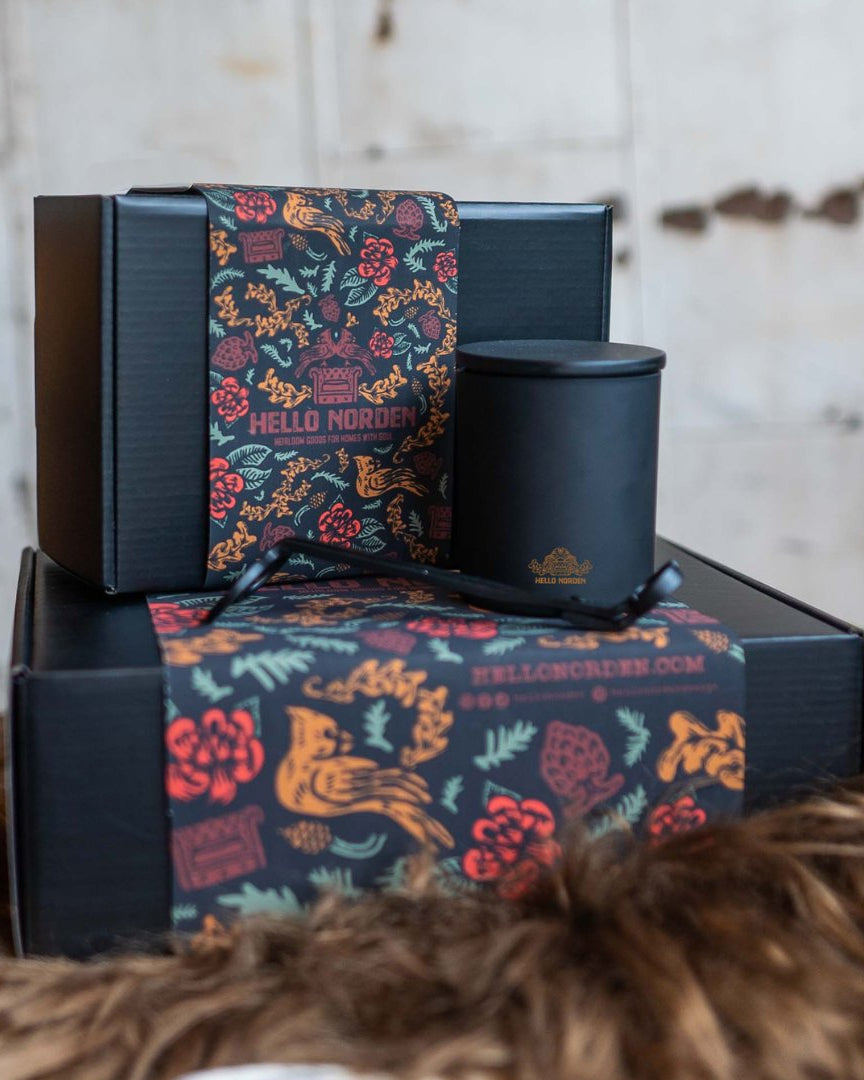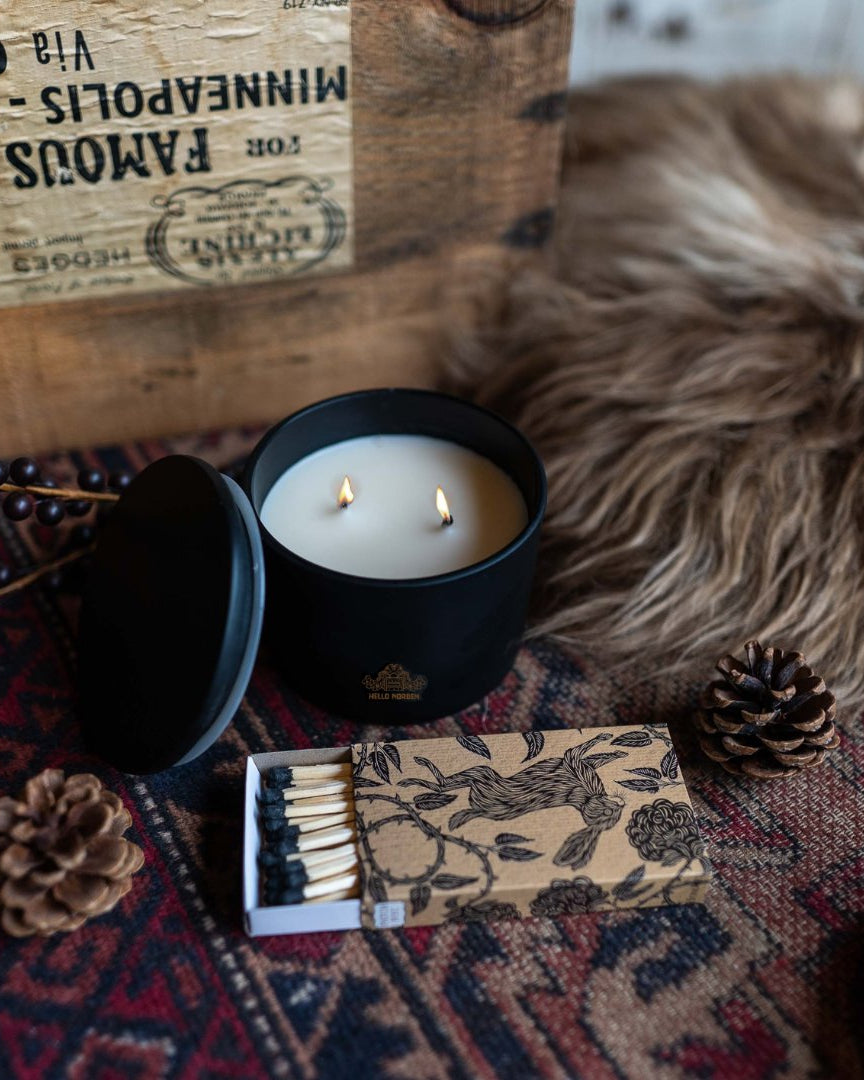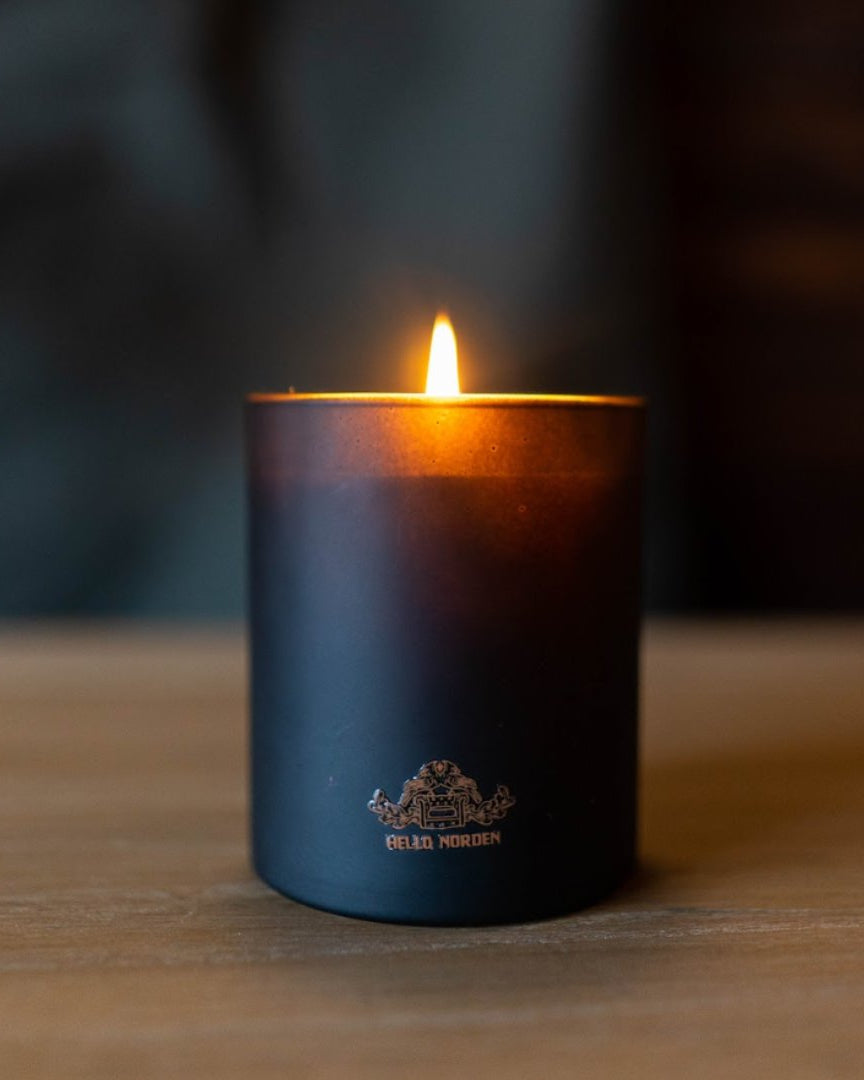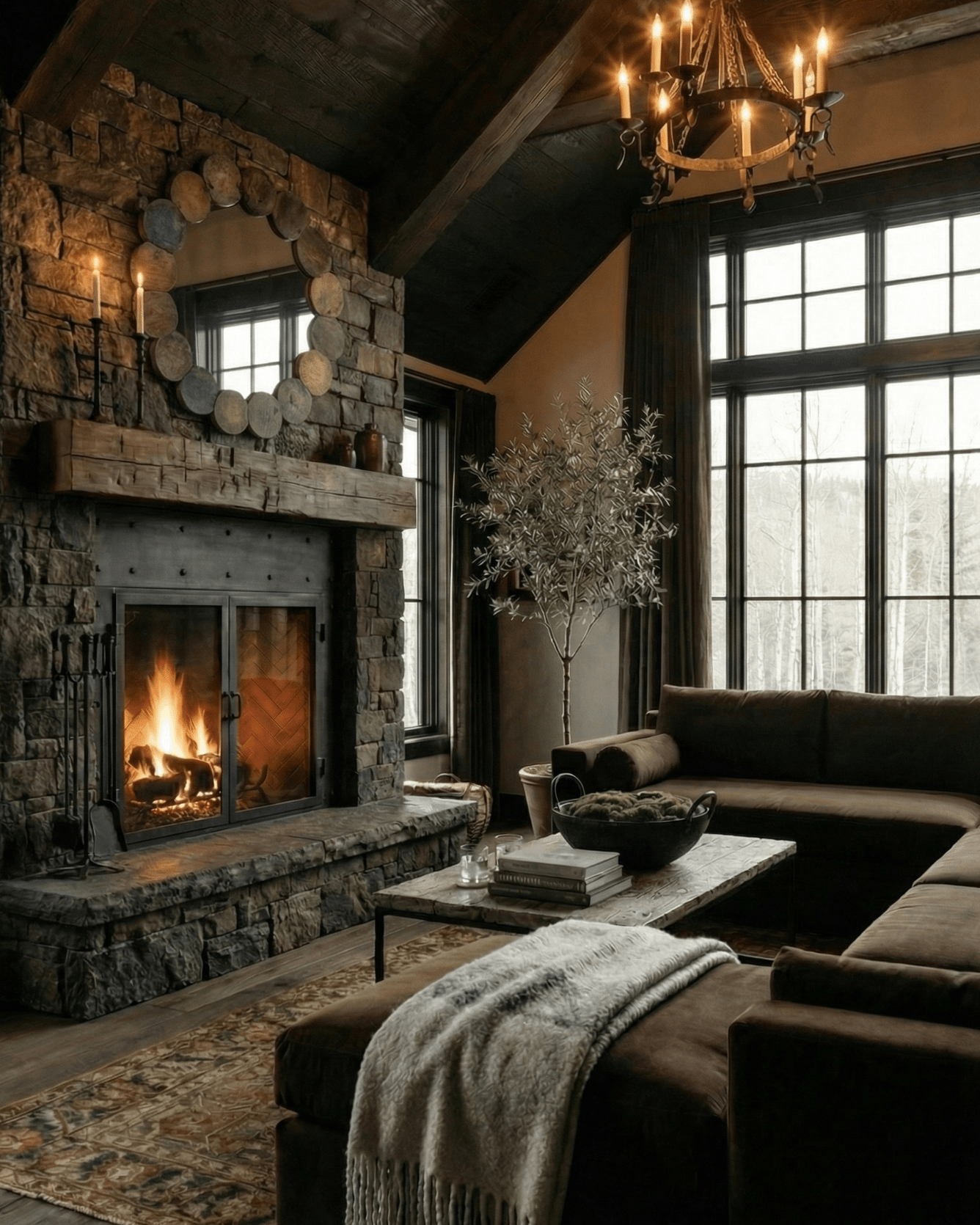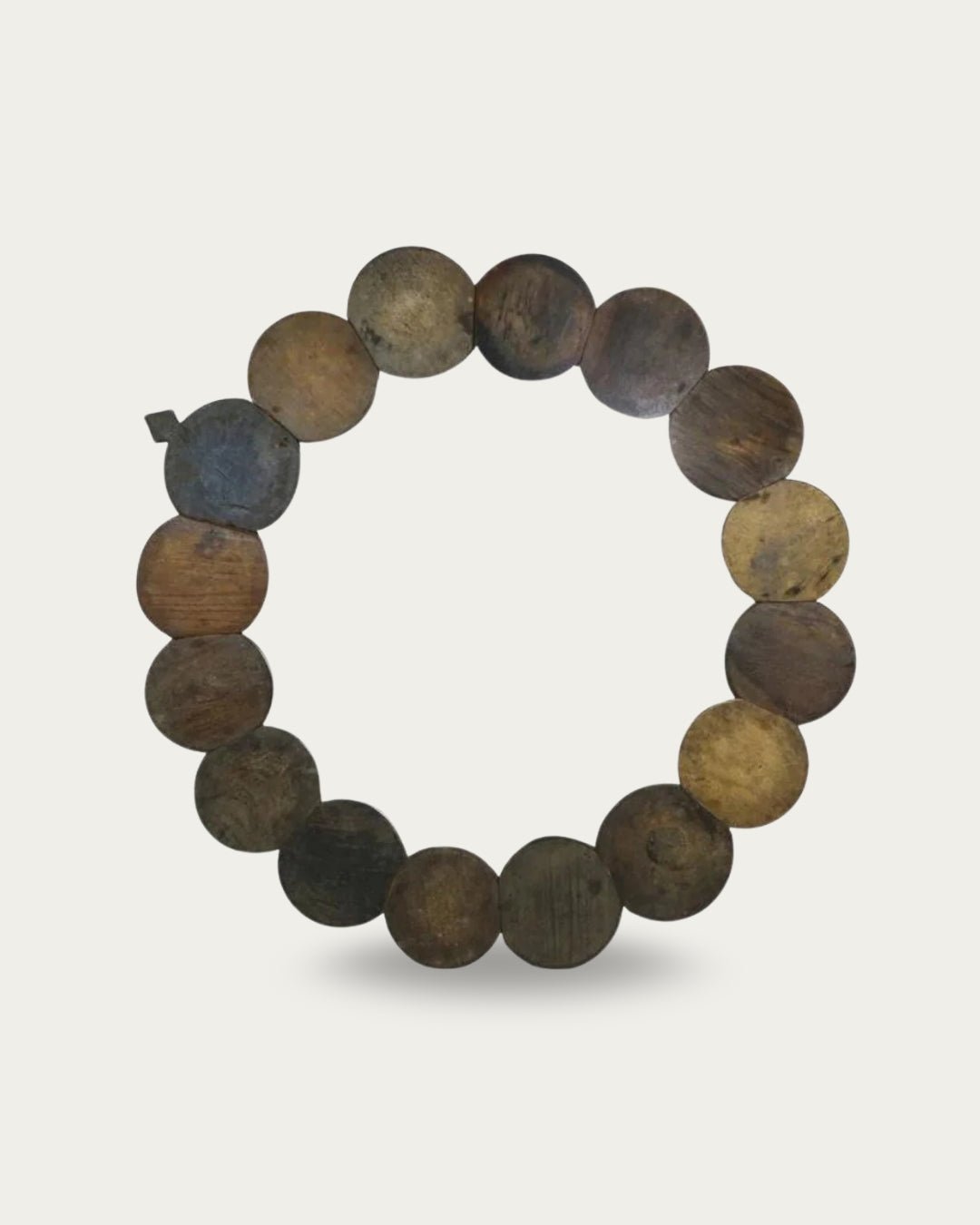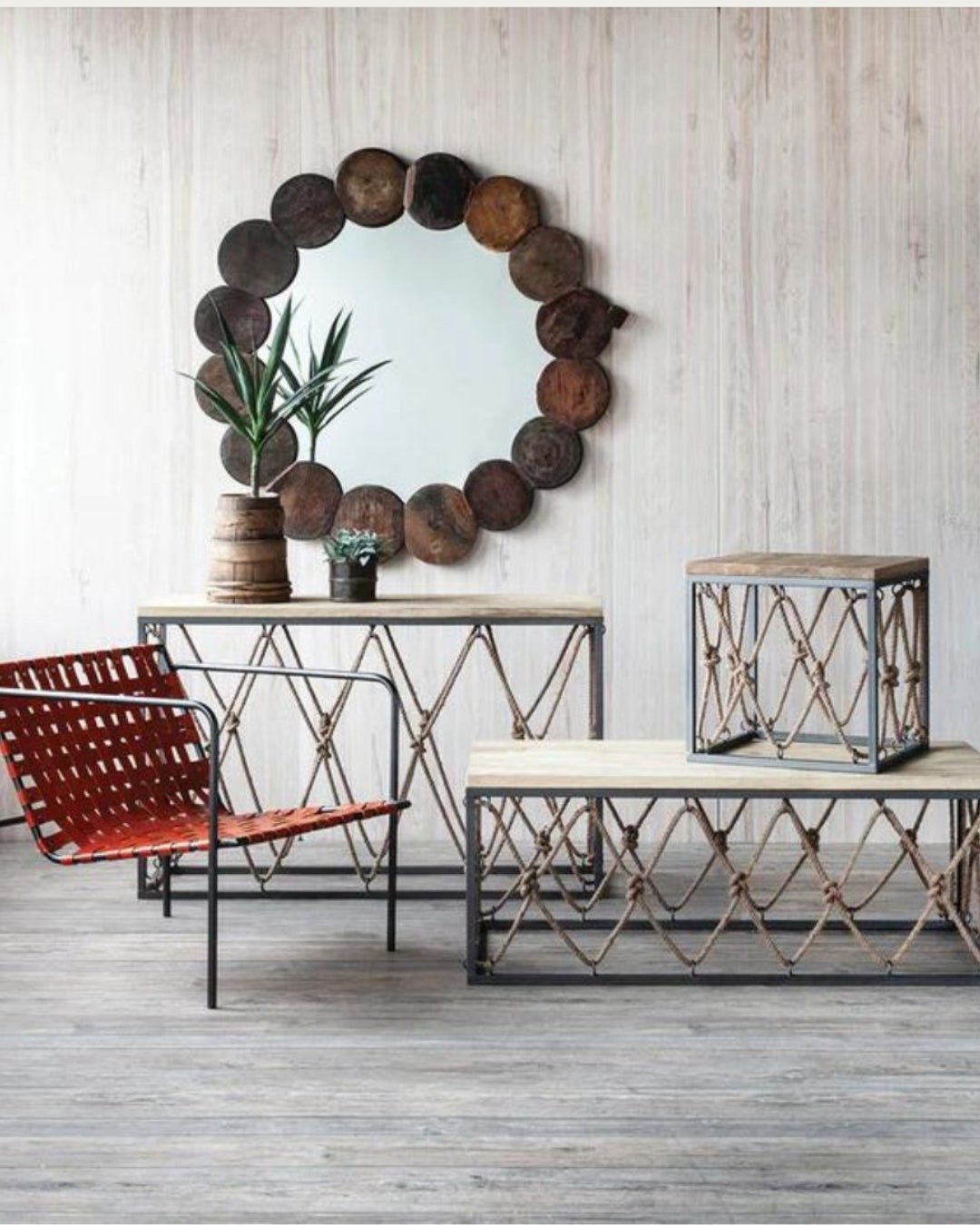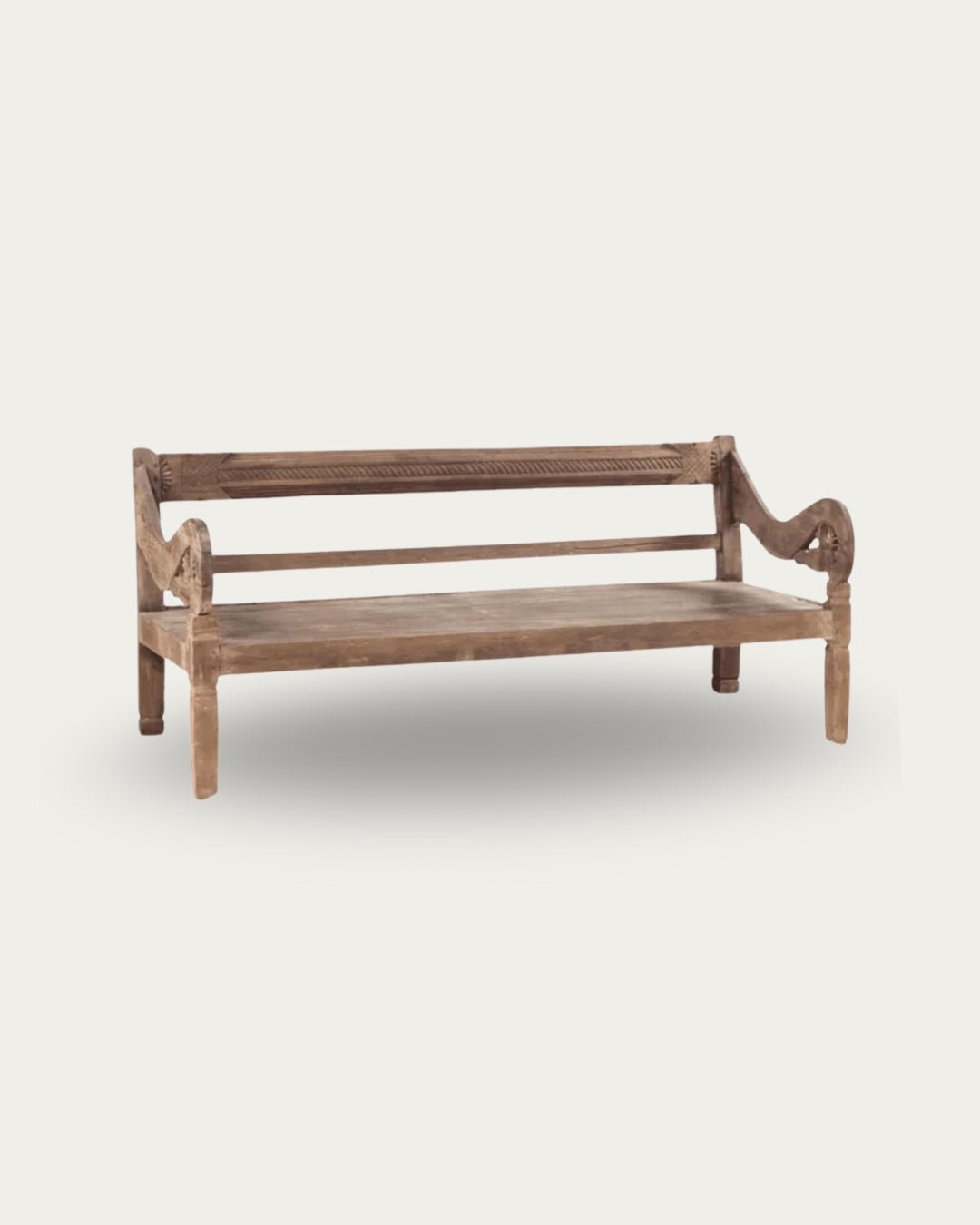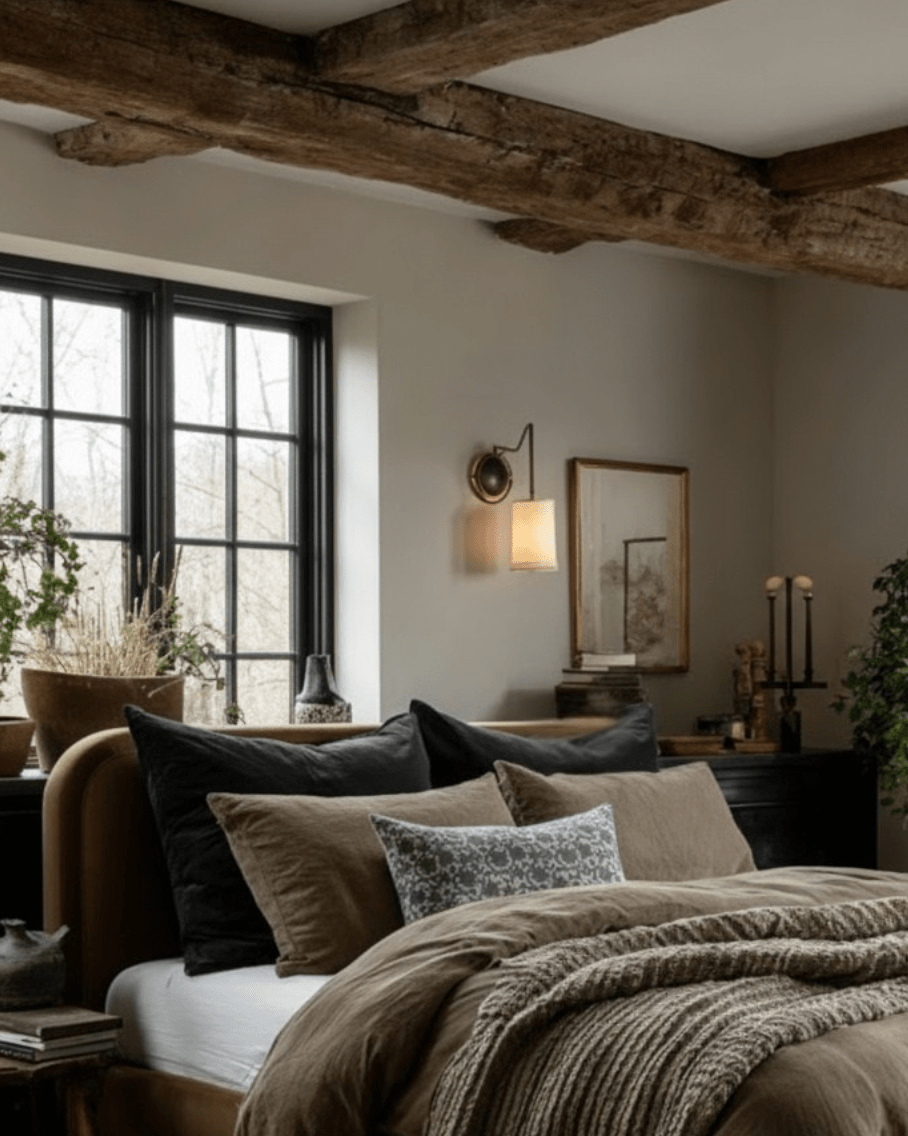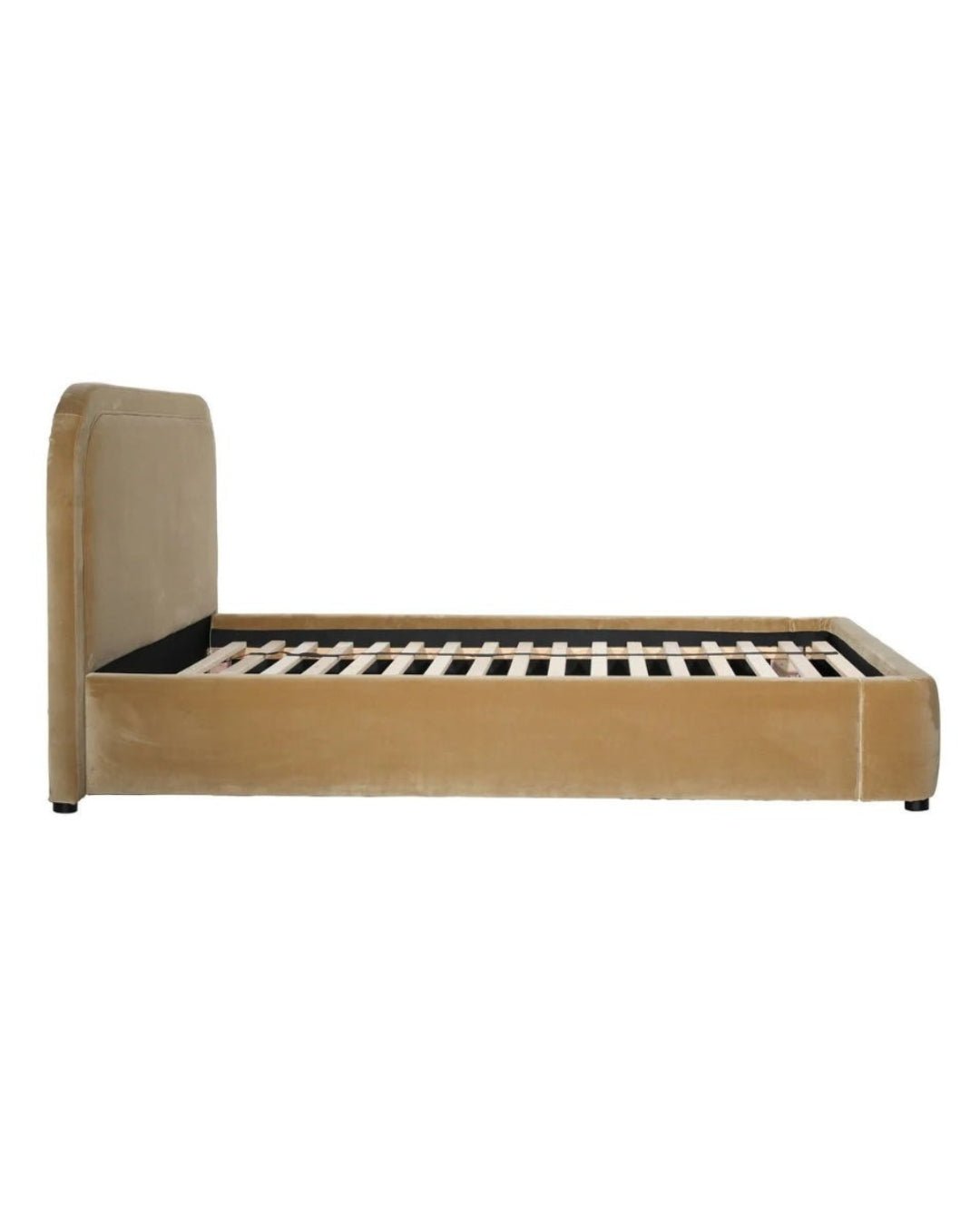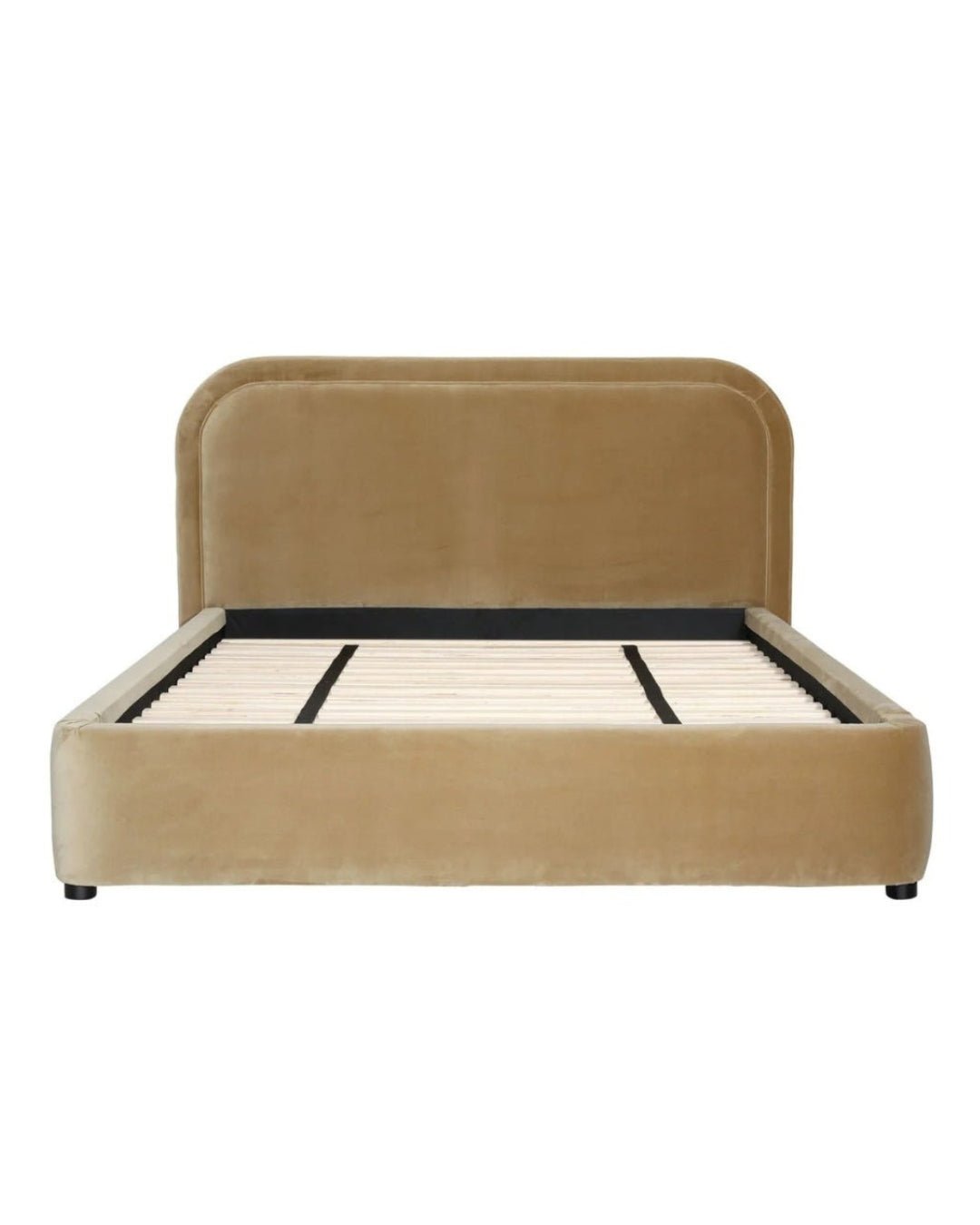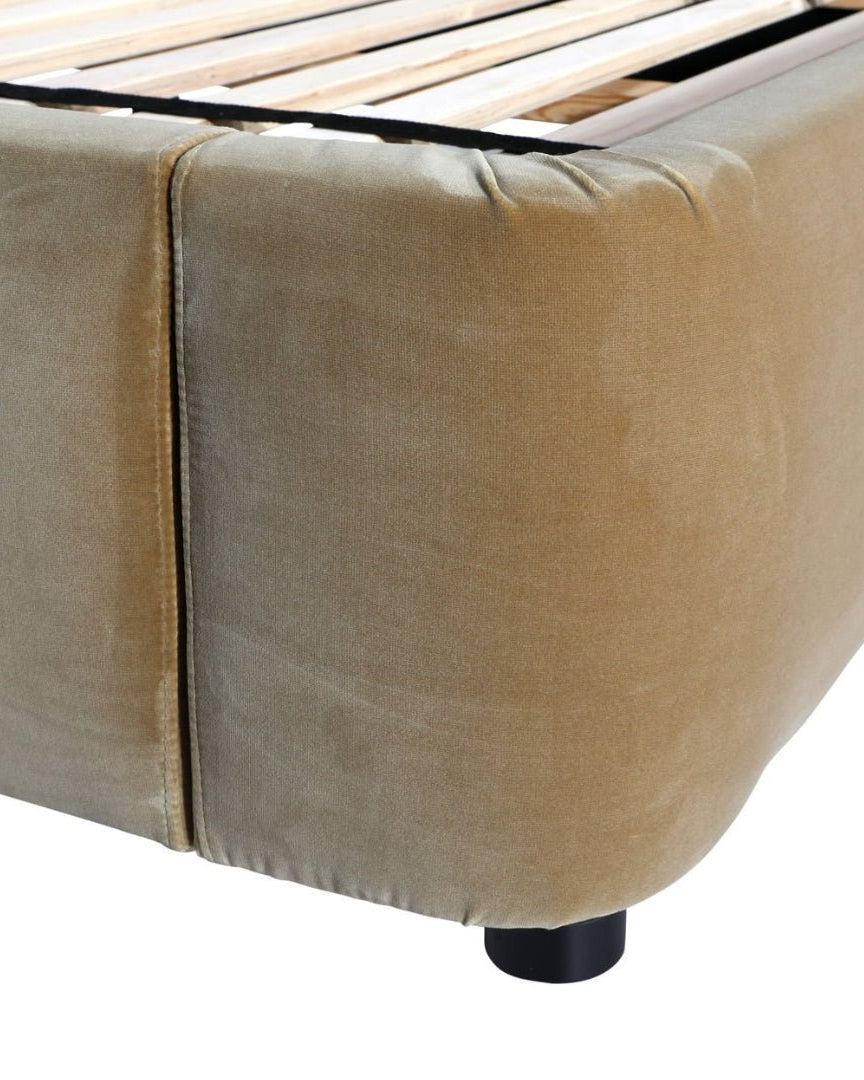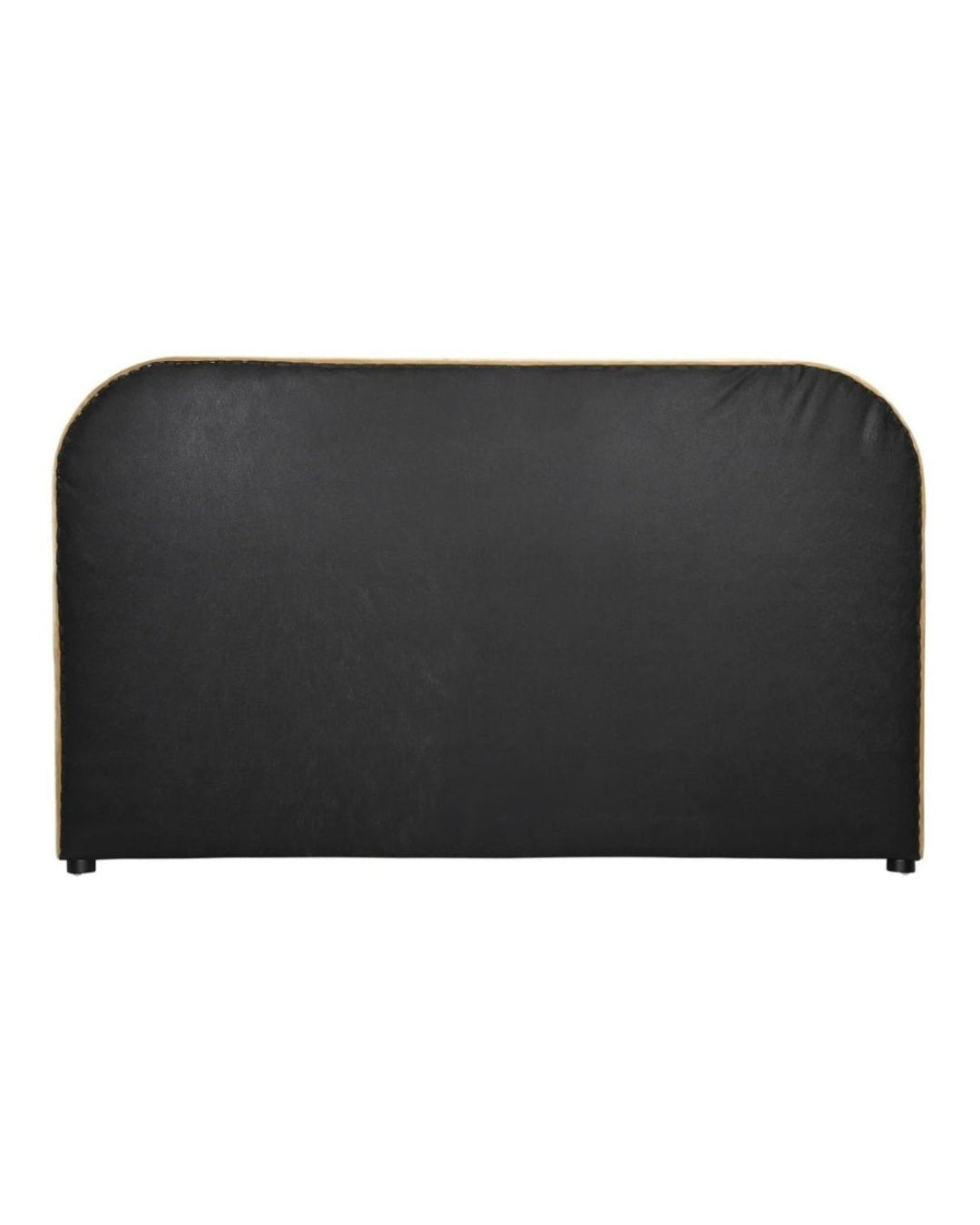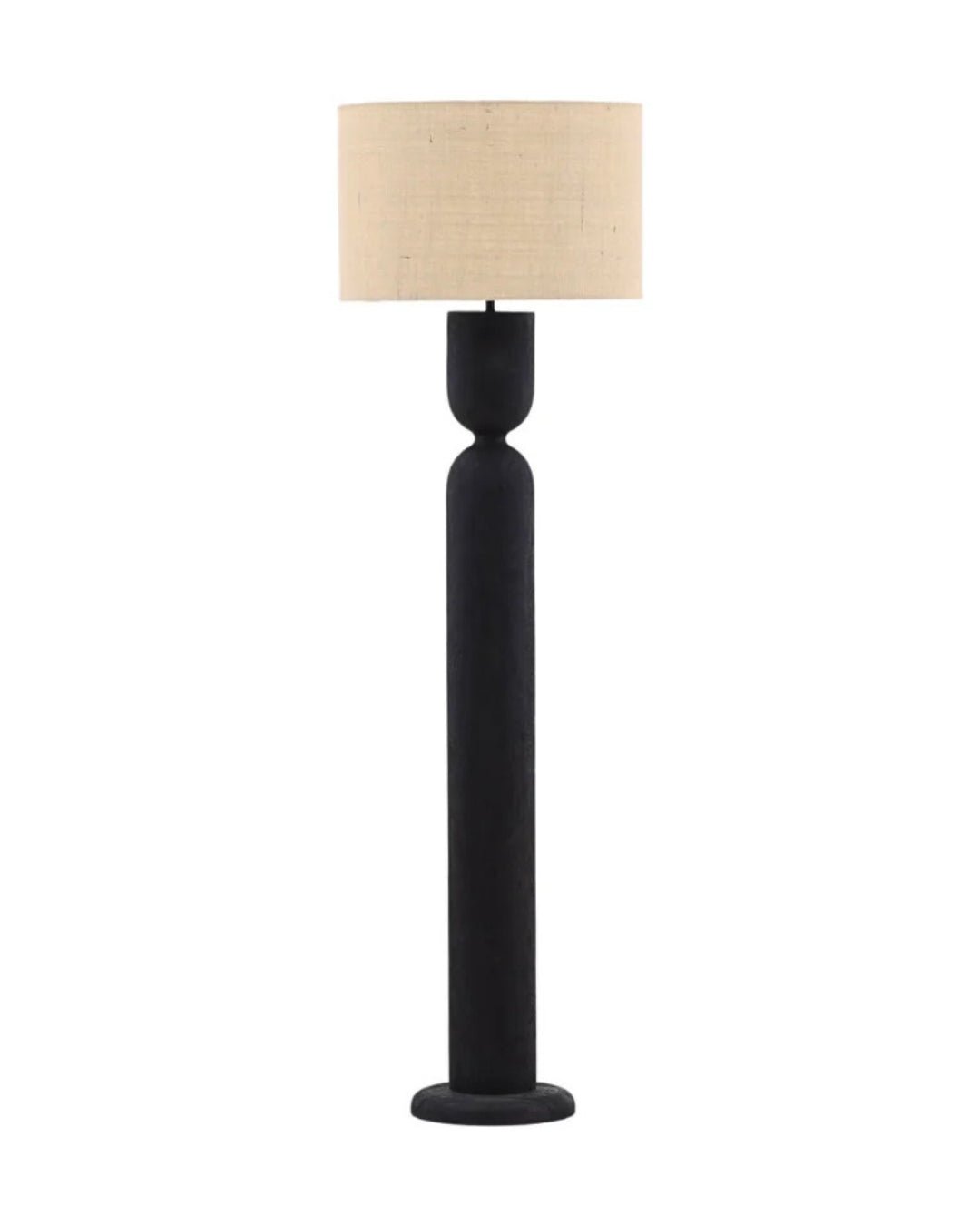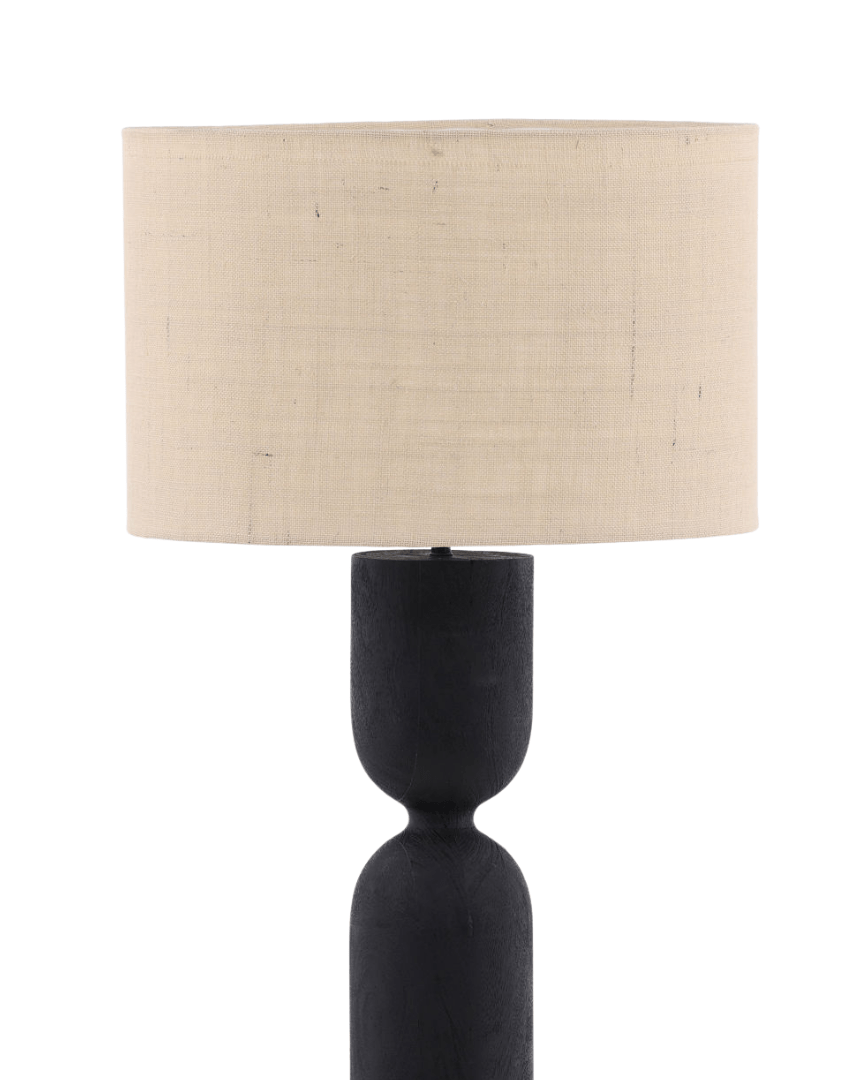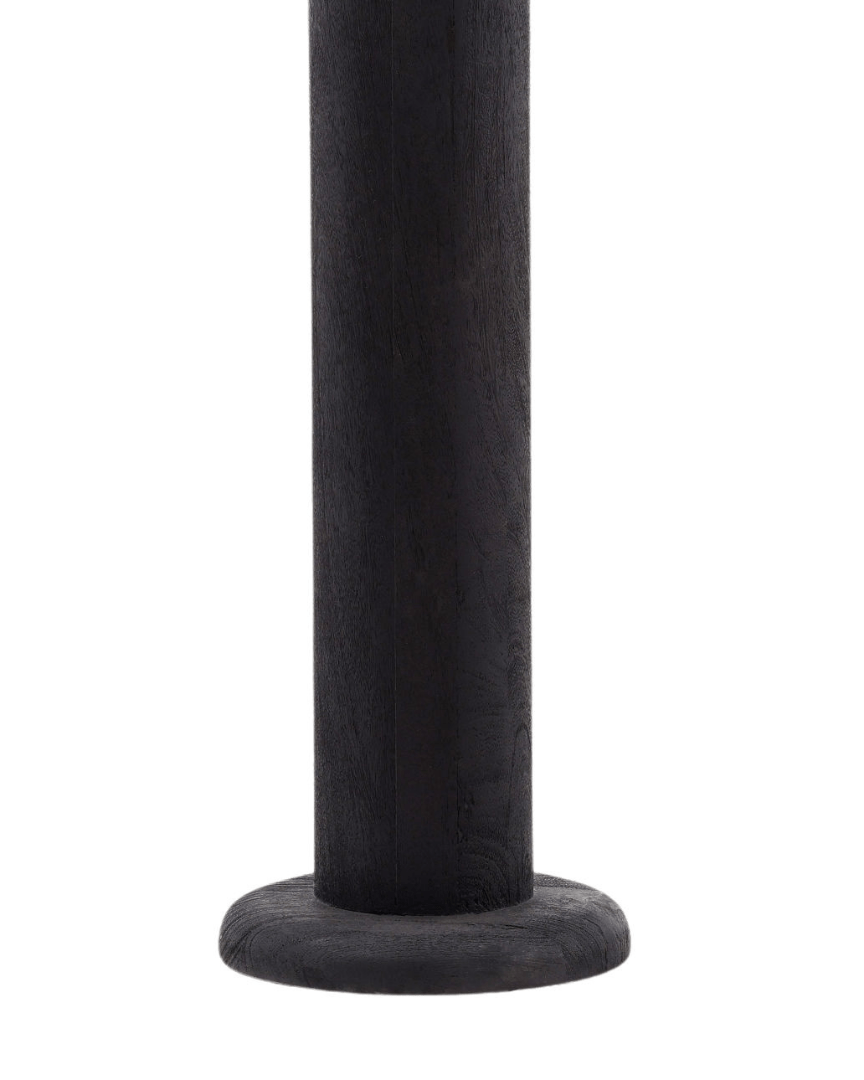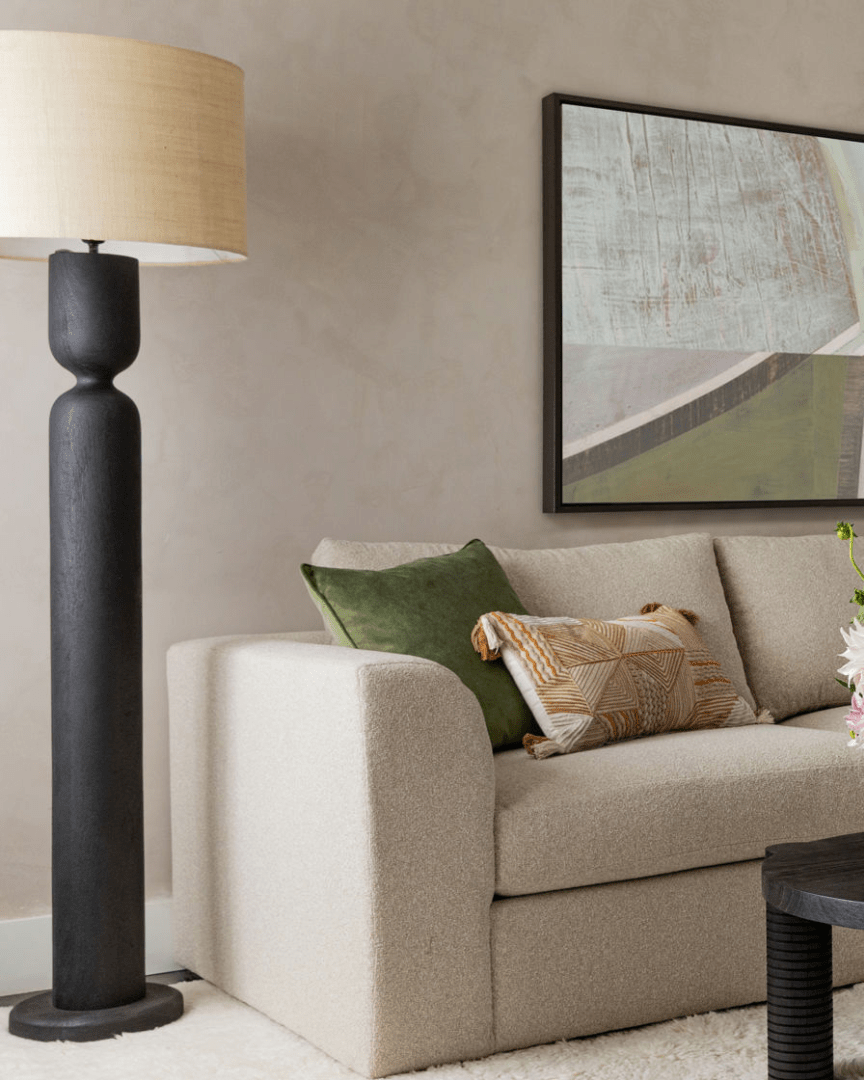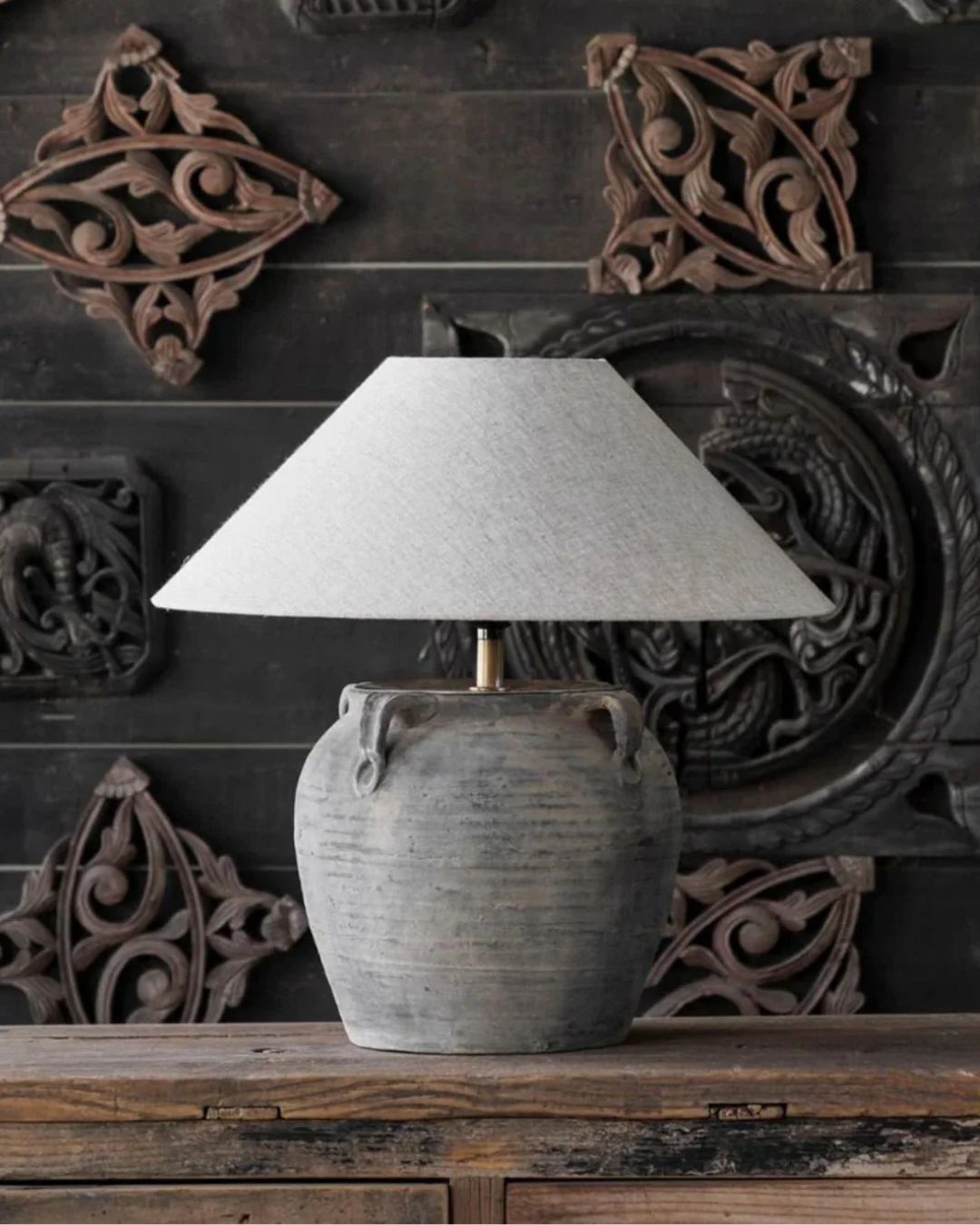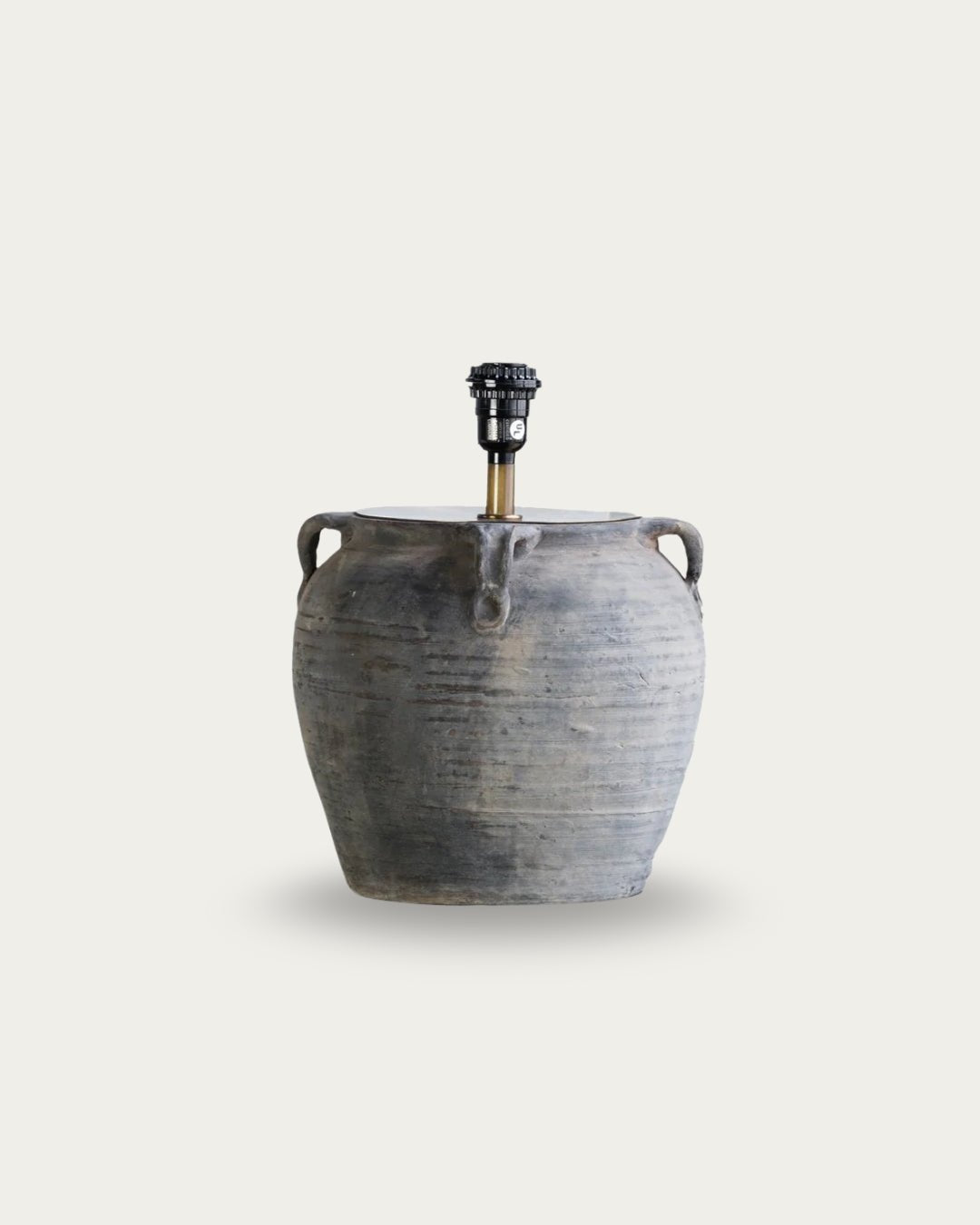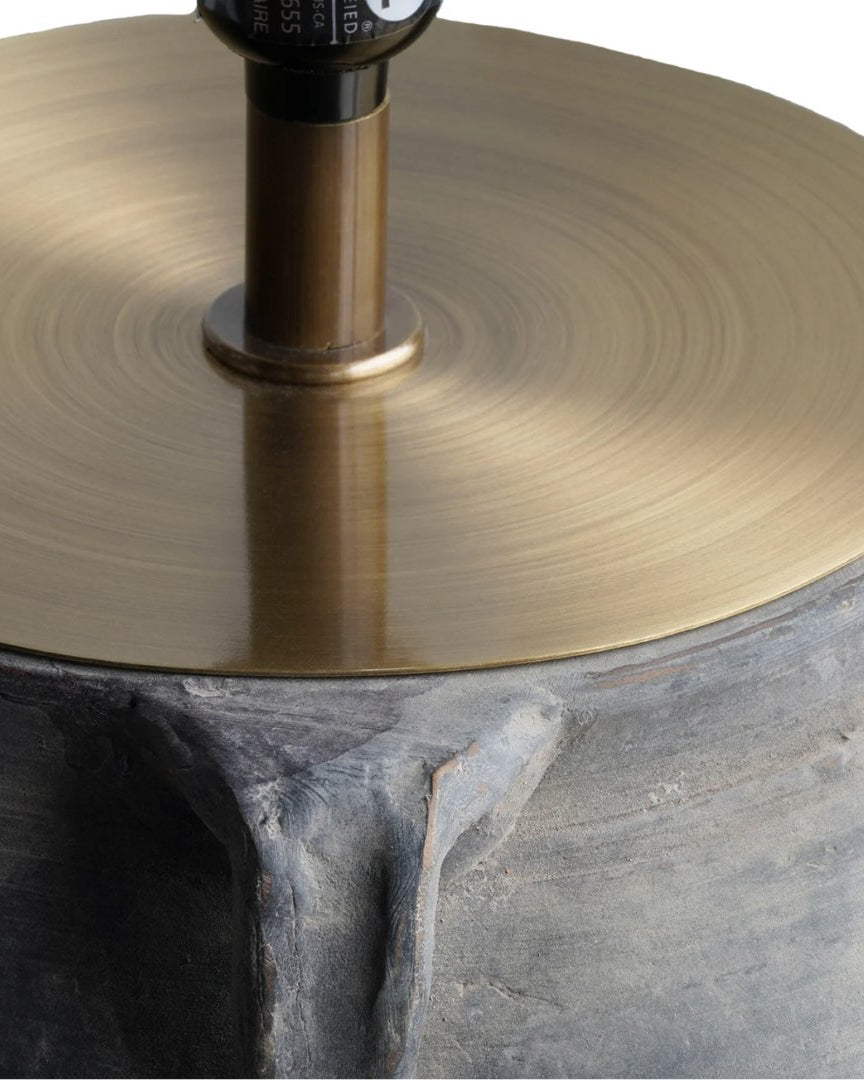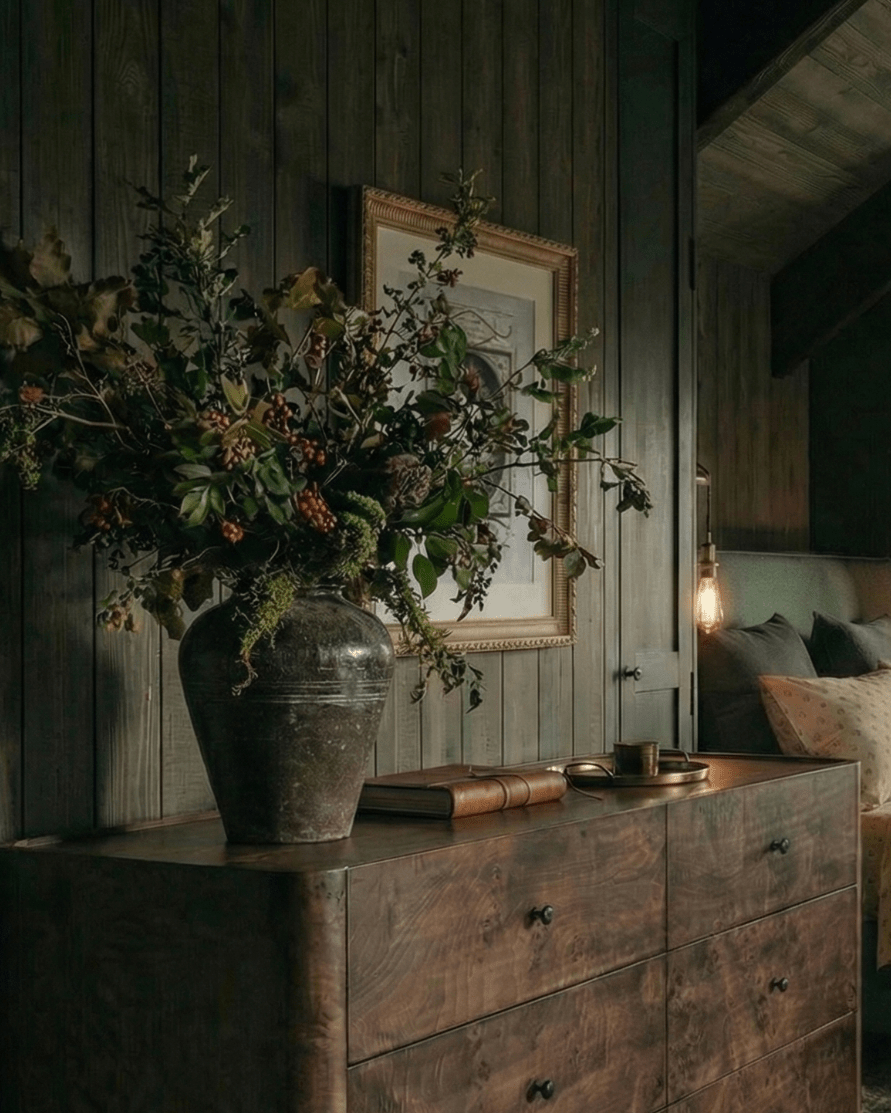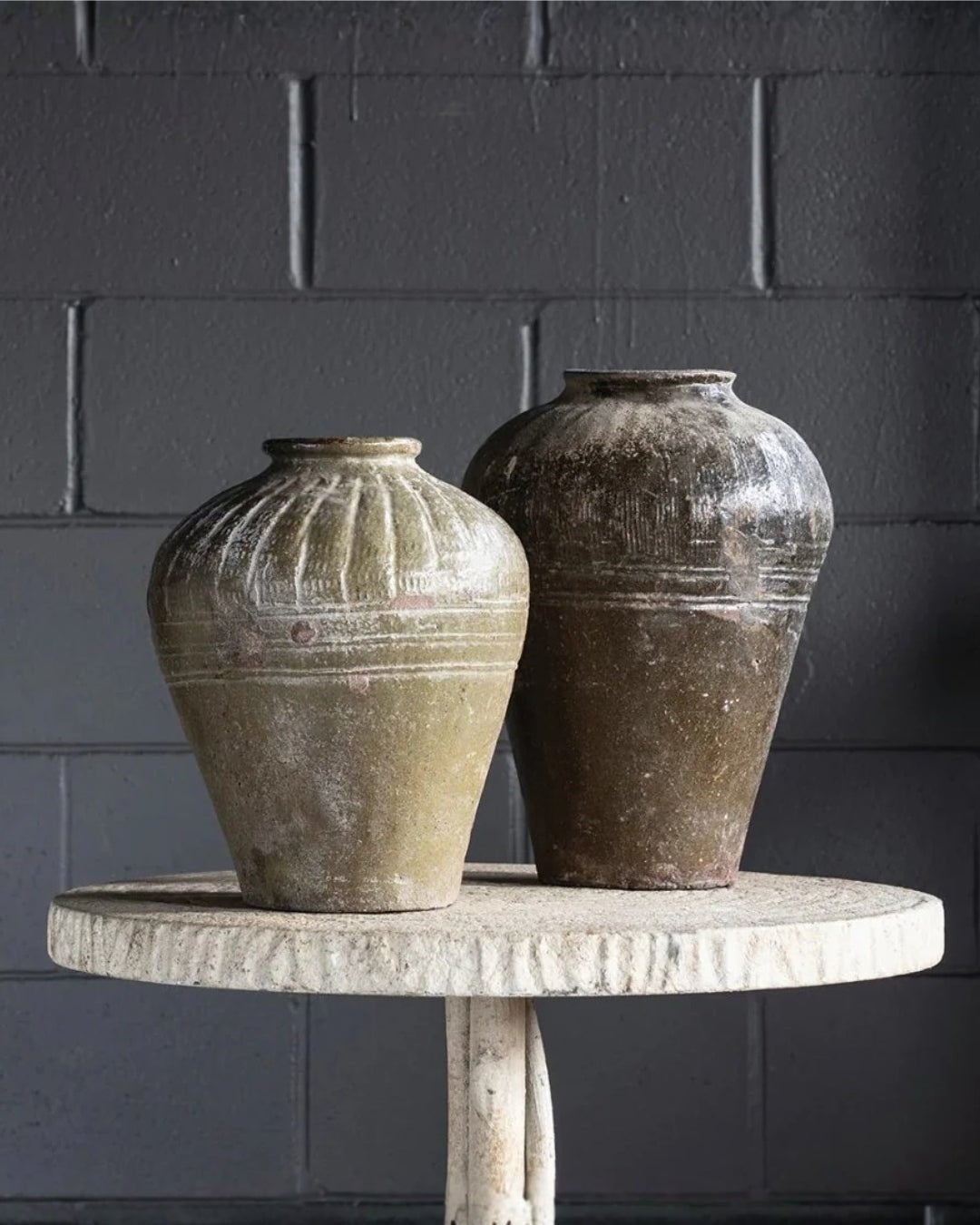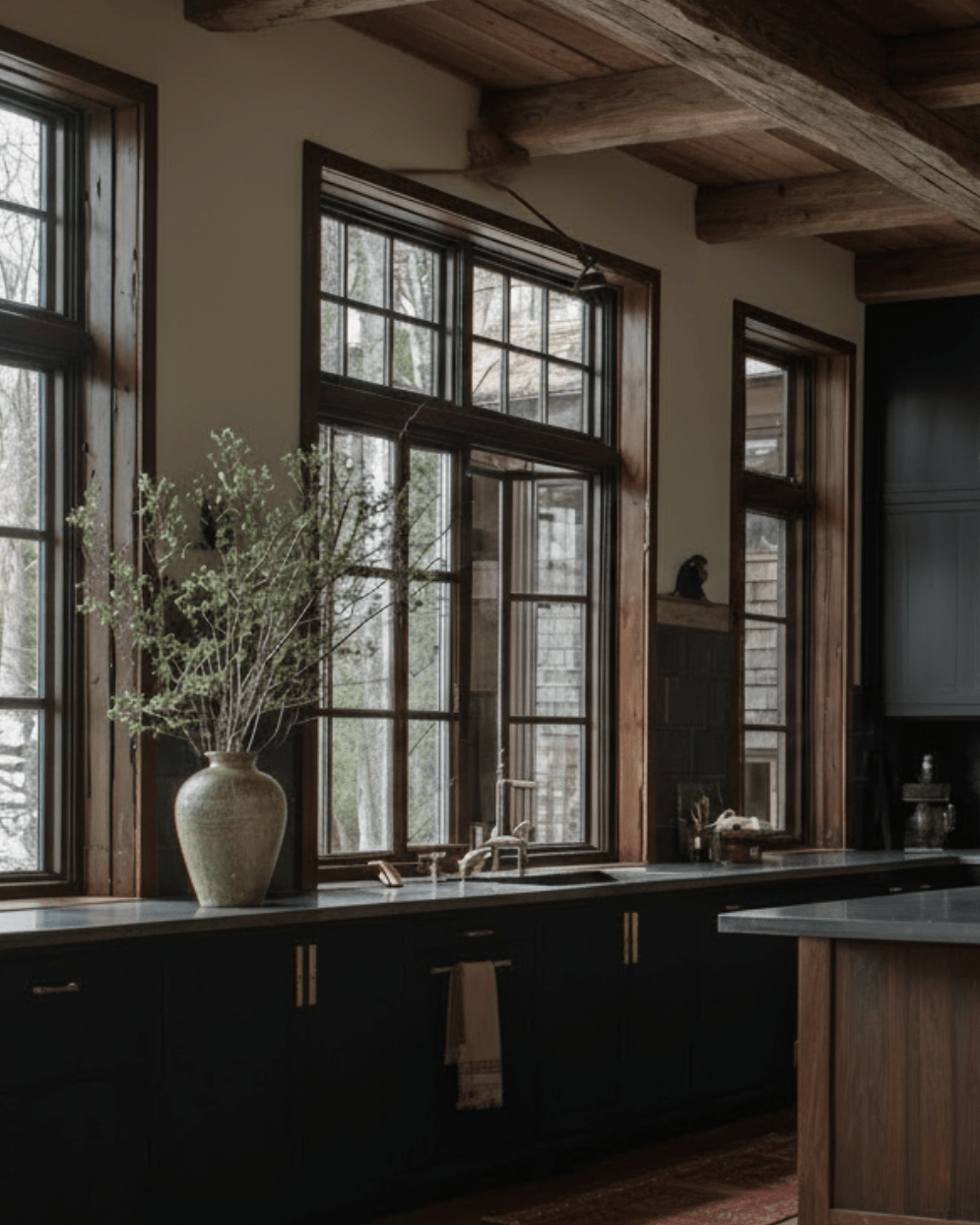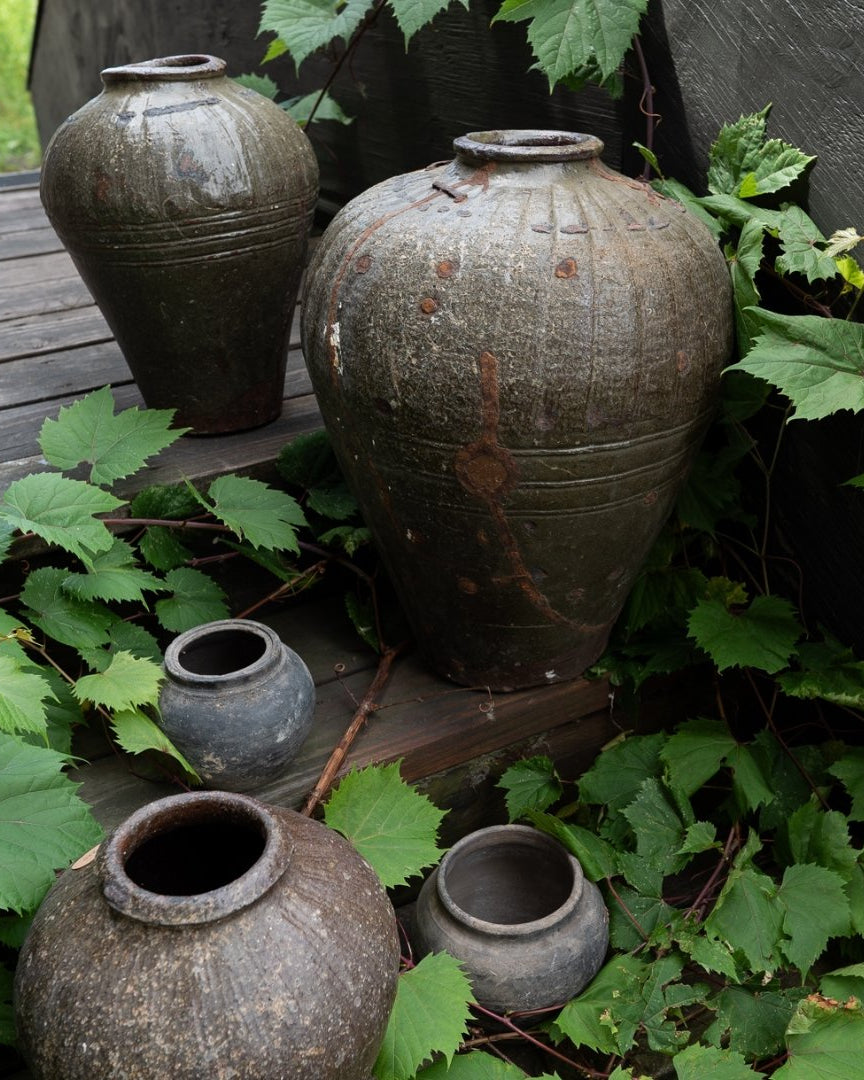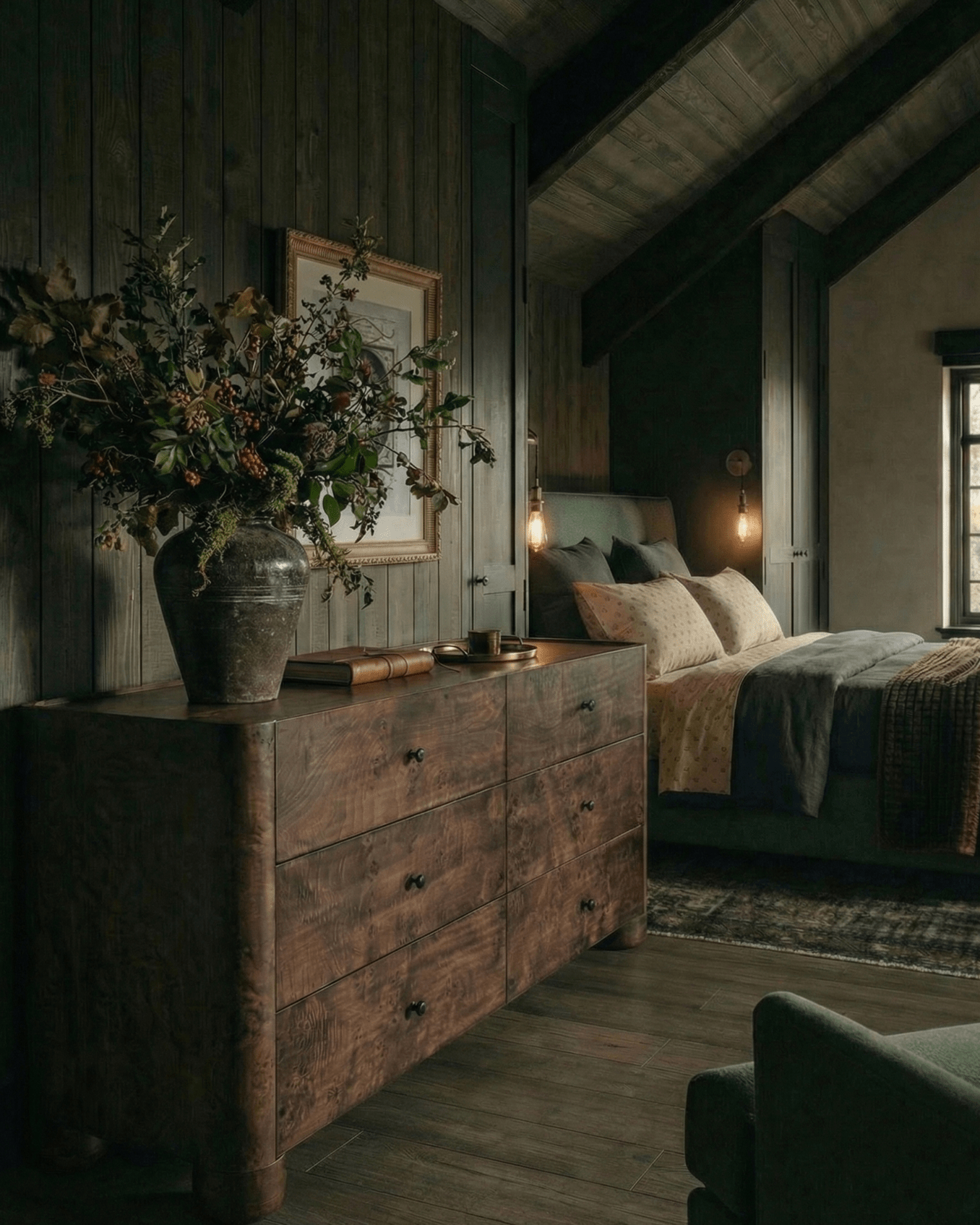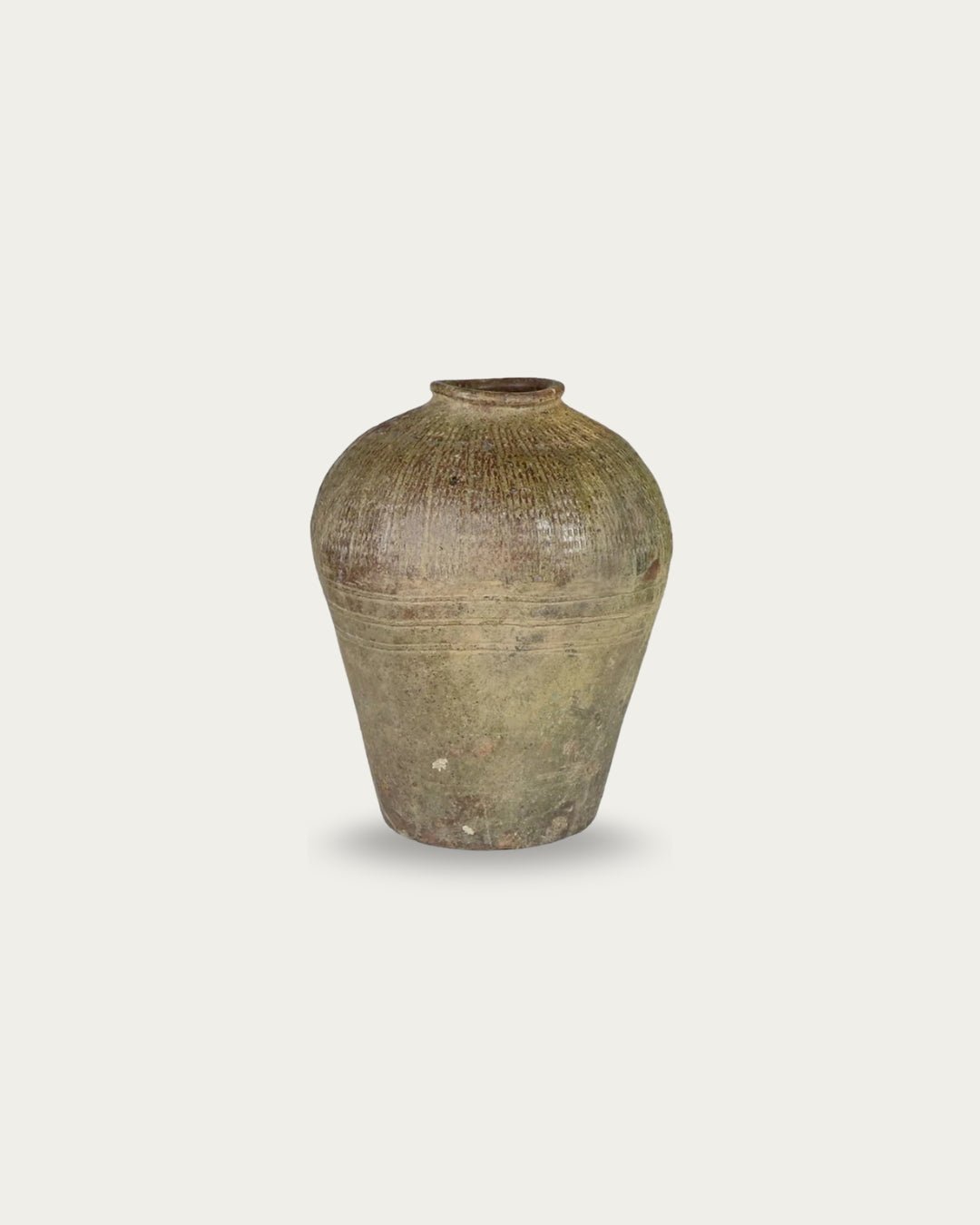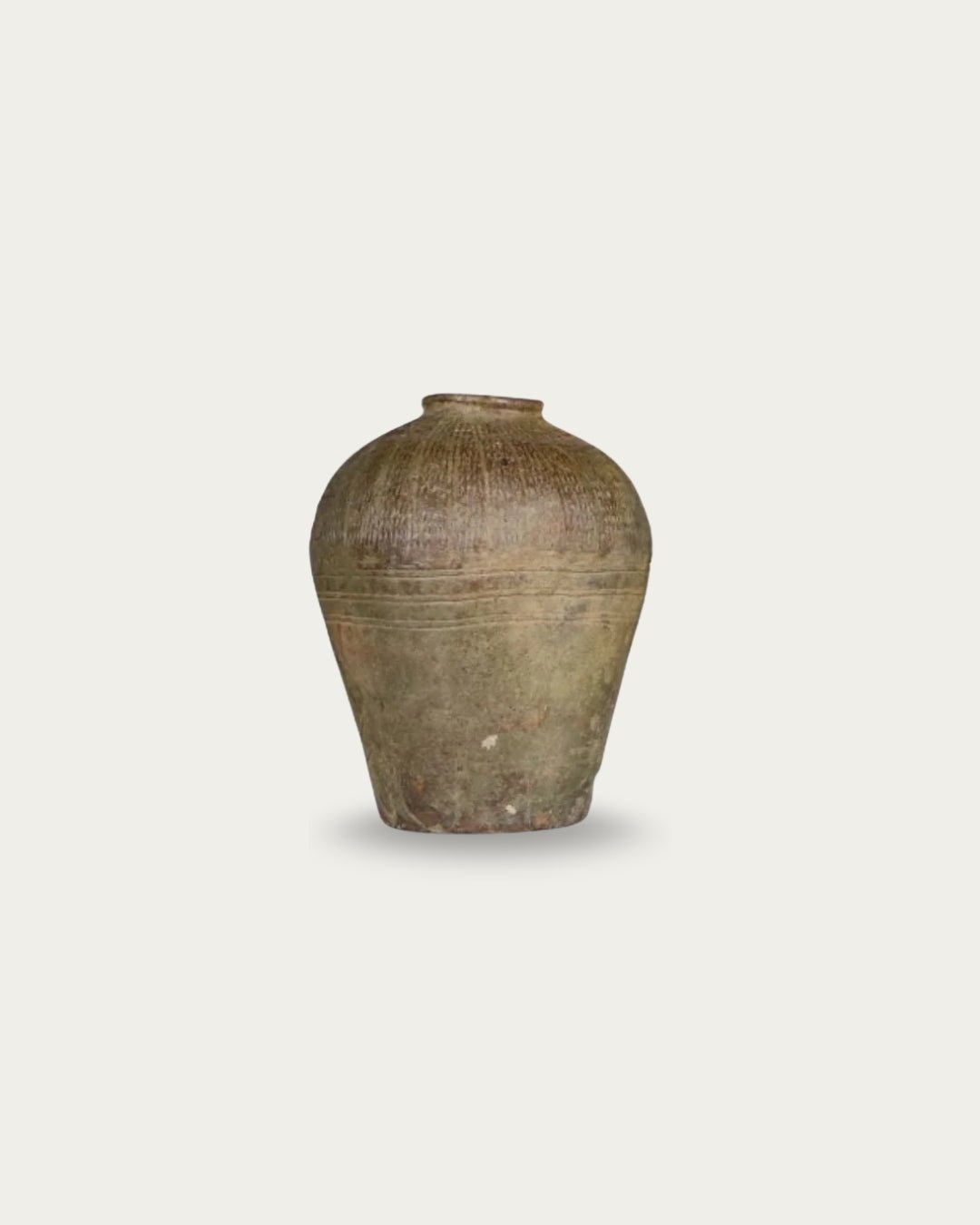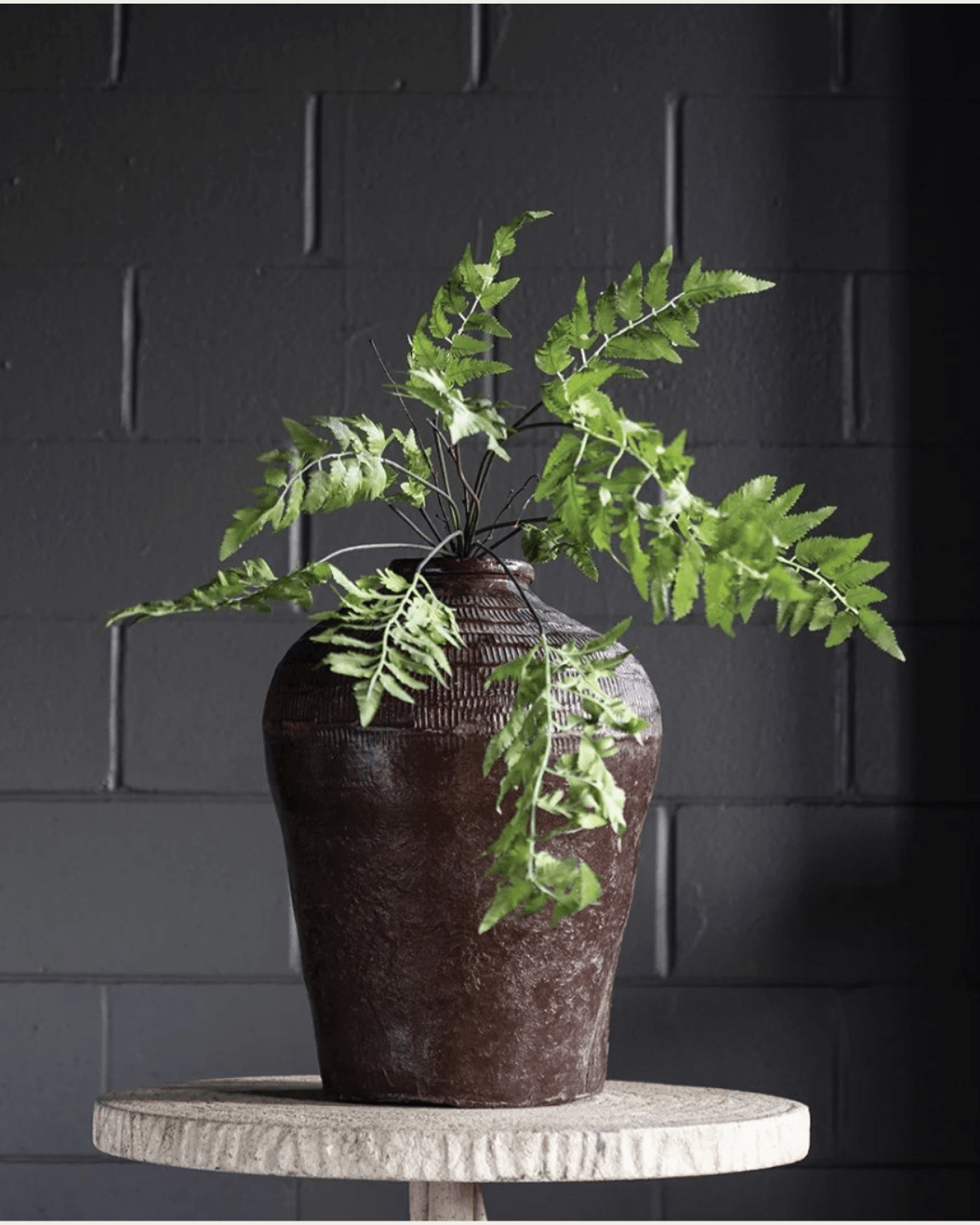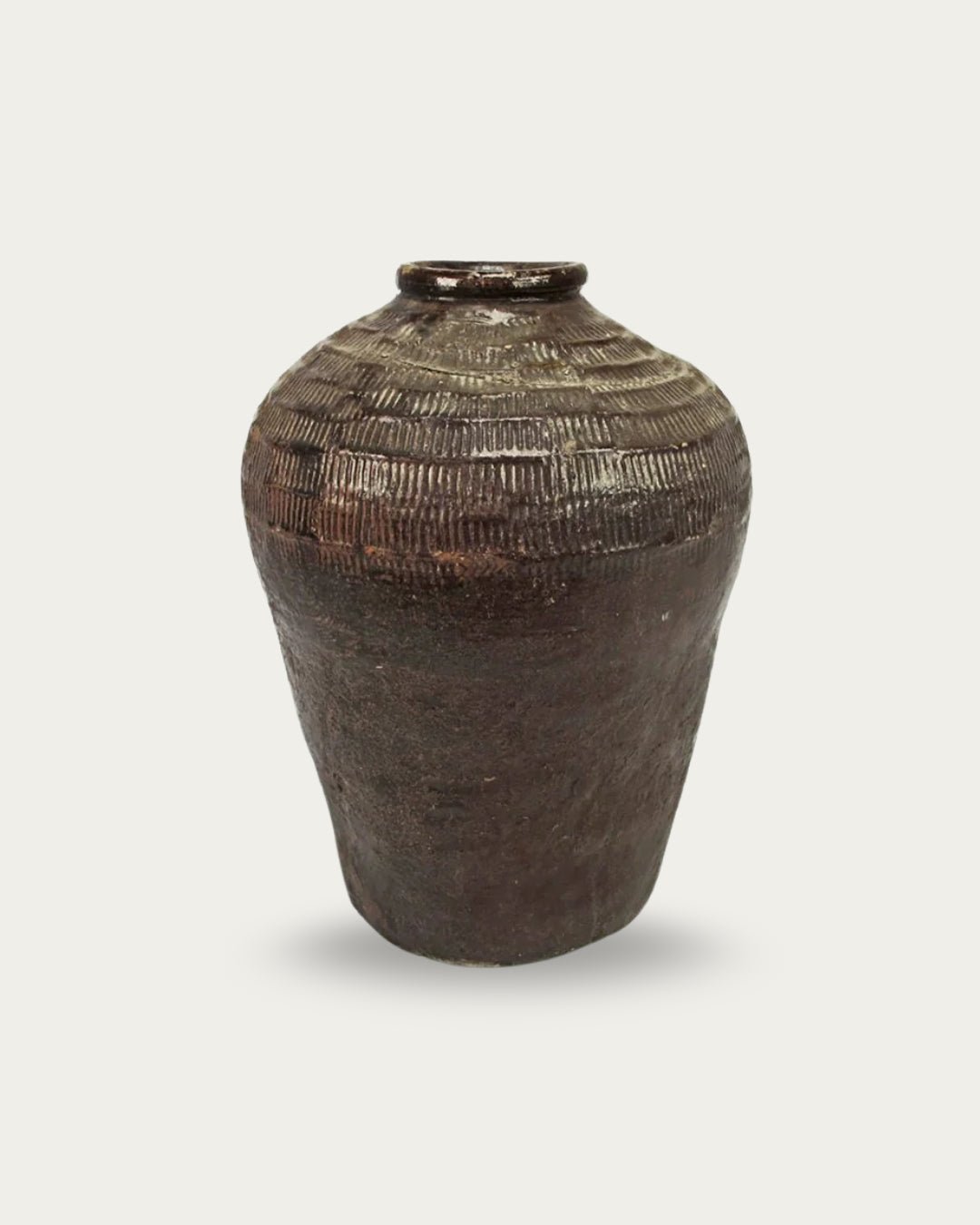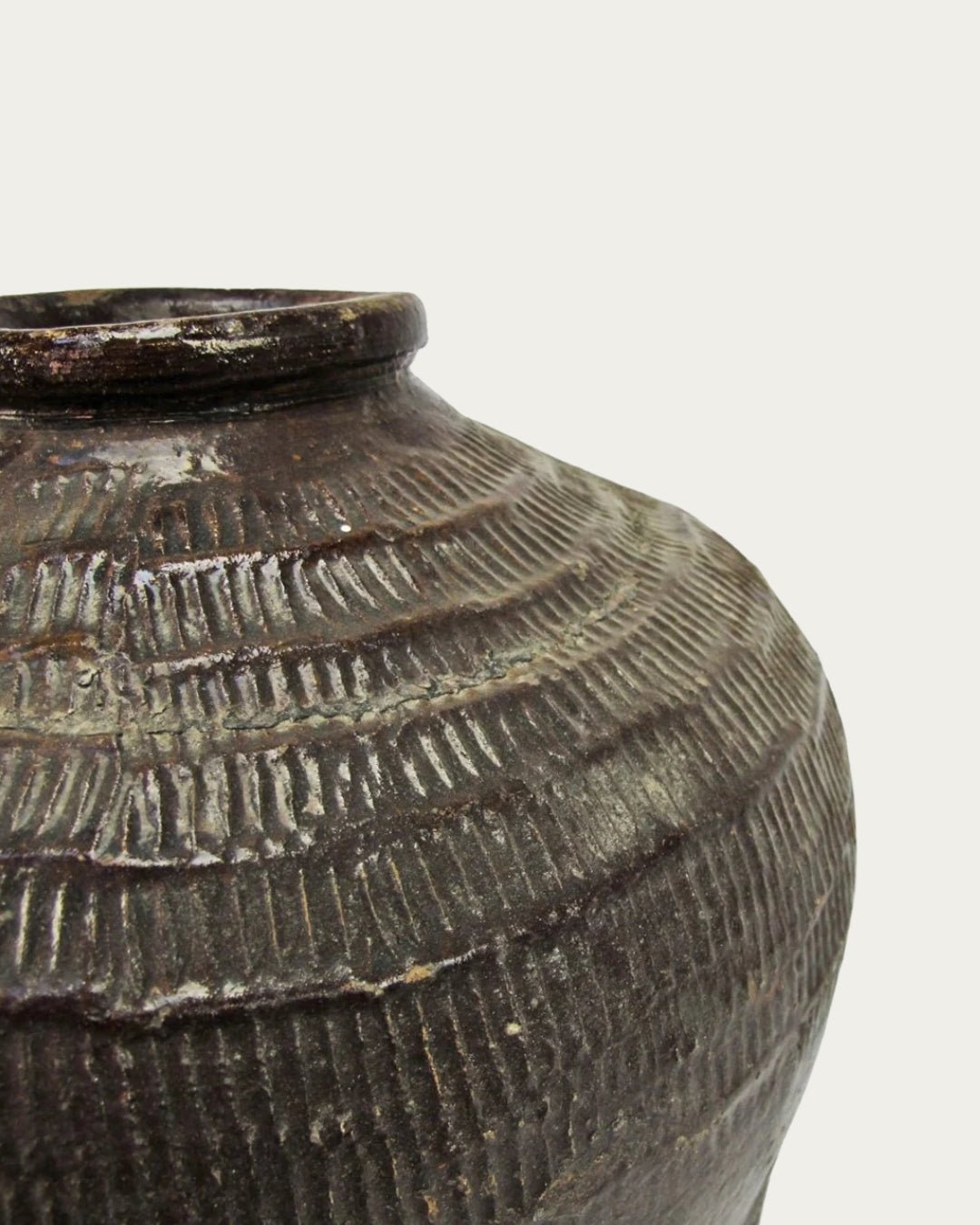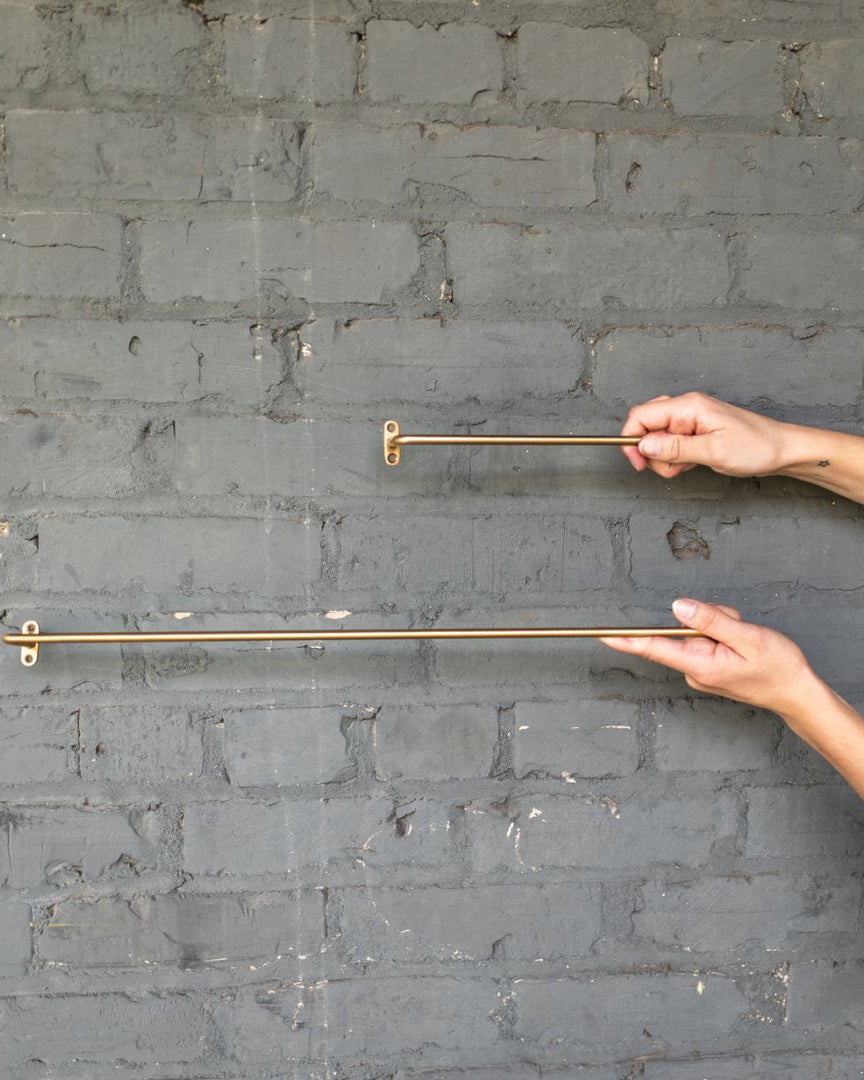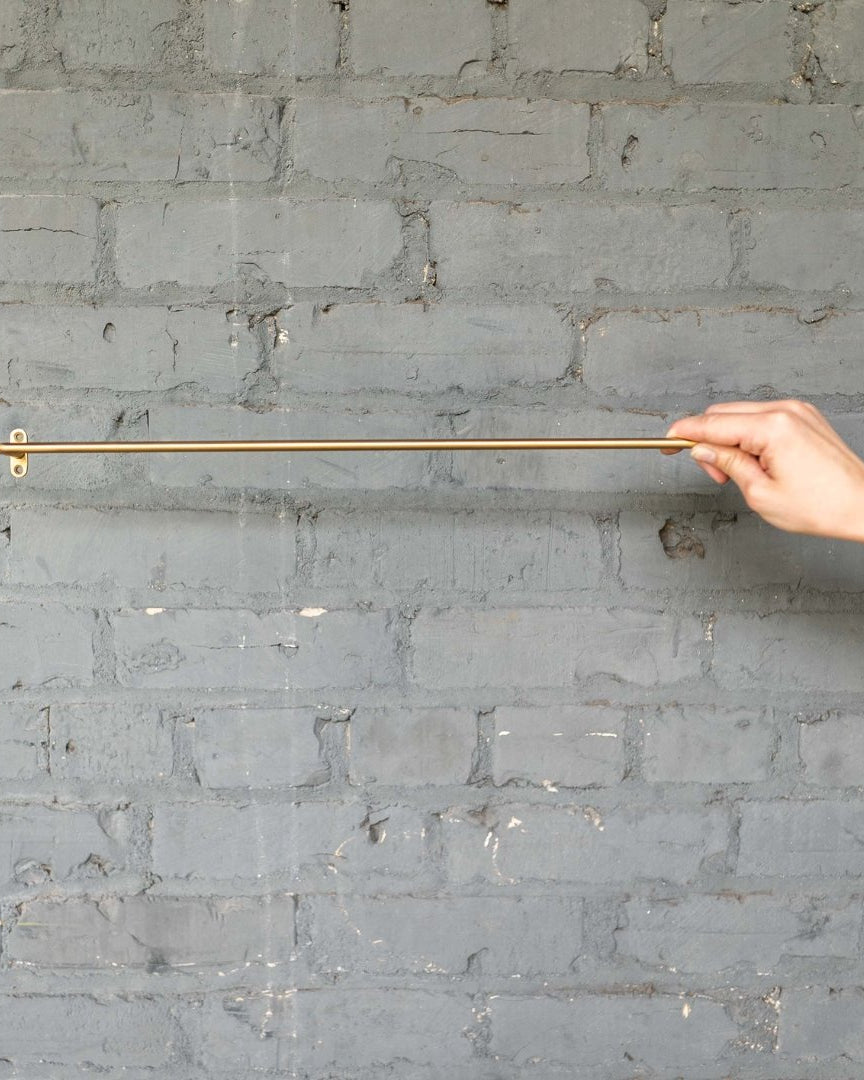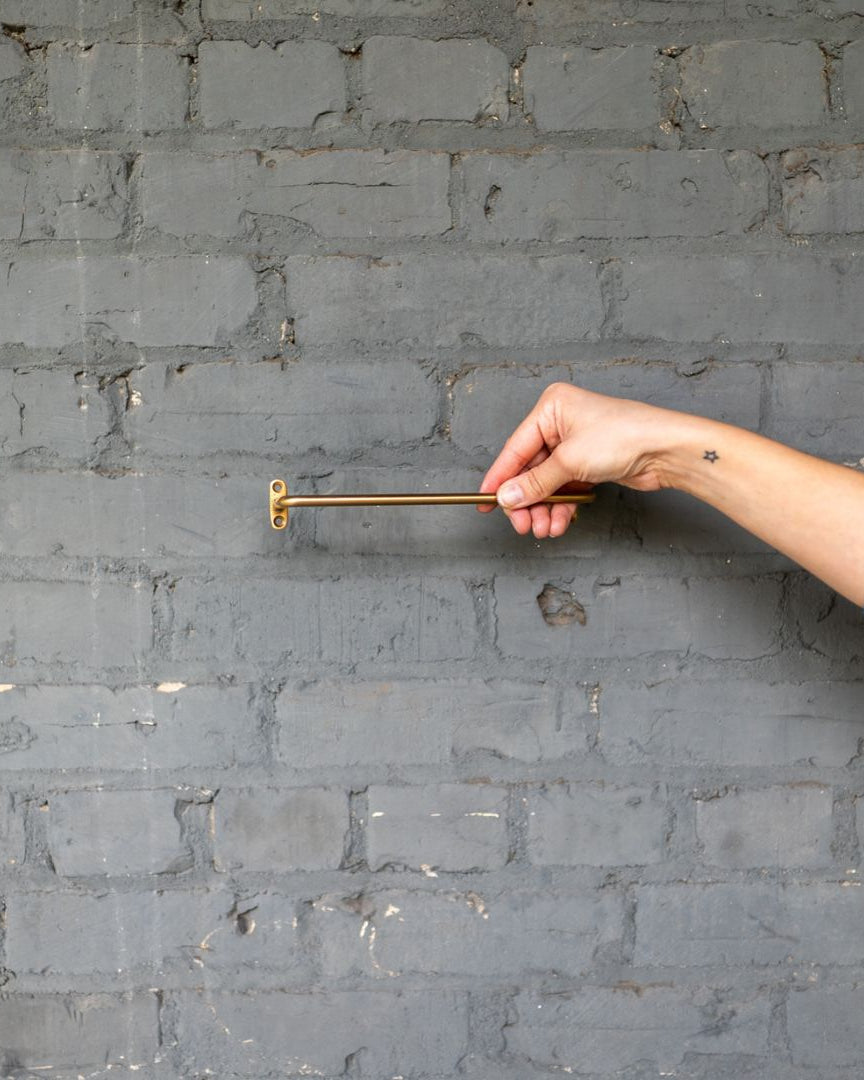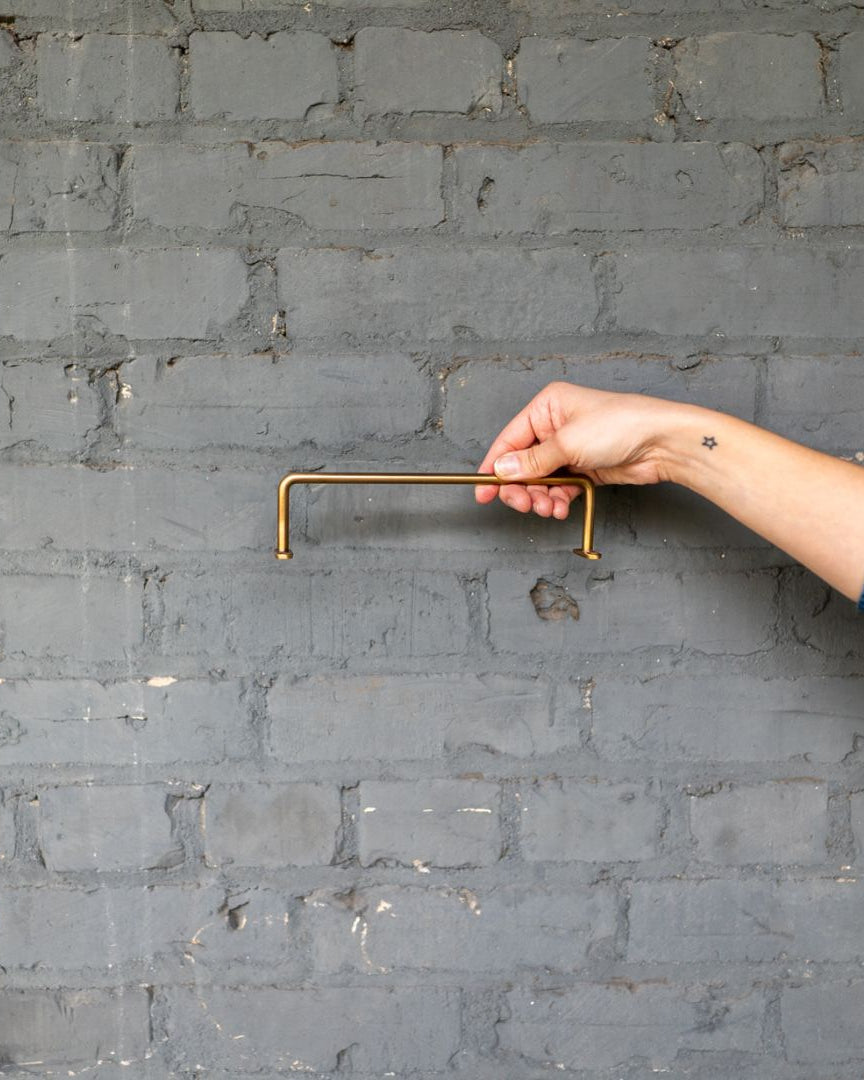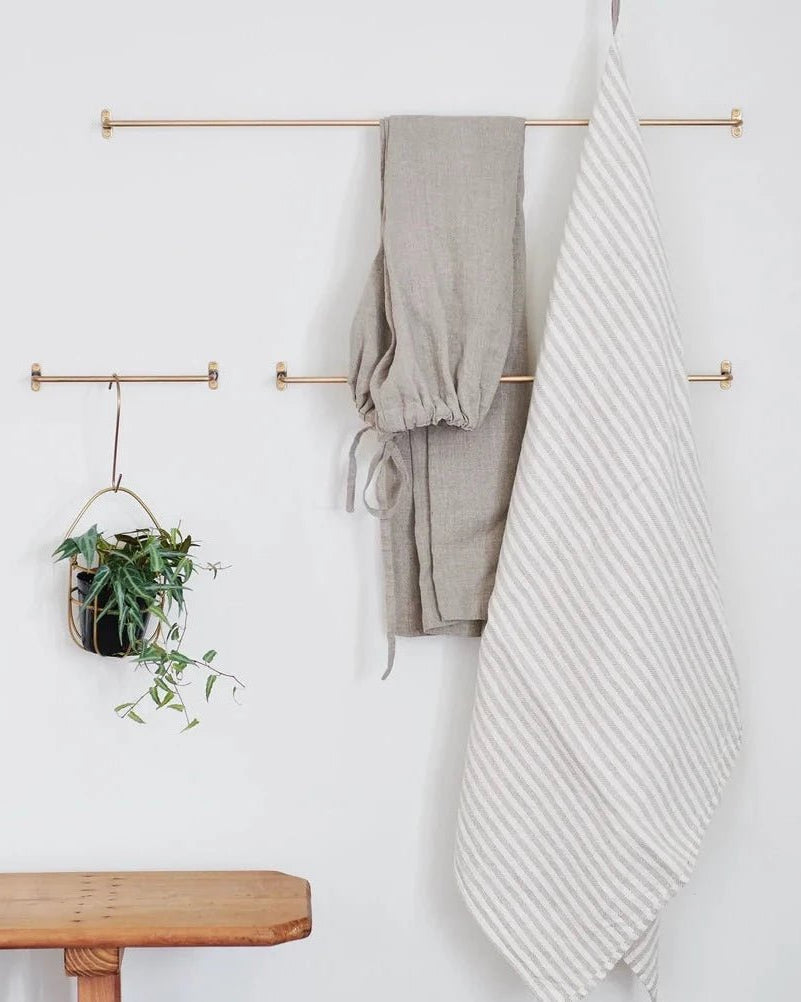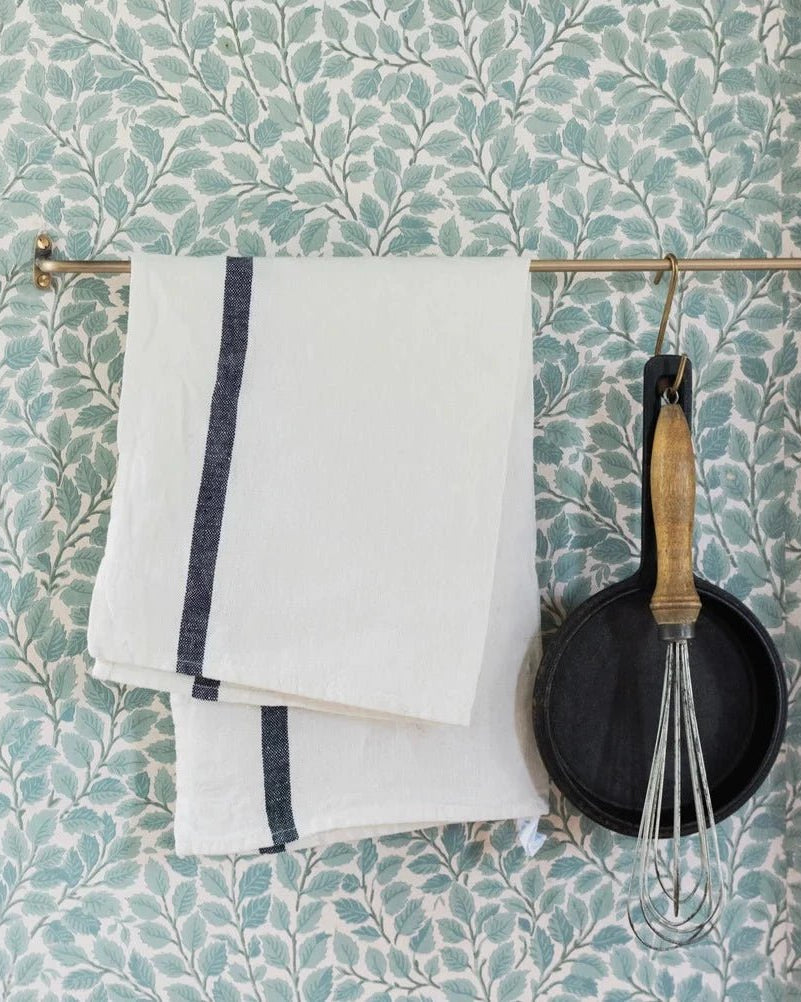Every dining room has its anchor. Sometimes it’s the table, other times it’s the arrangement of chairs, but often the real gravity comes from above. A wood chandelier doesn’t just illuminate—it suspends weight, presence, and mood over the table. Its form draws the eye upward while its glow pulls everyone inward.
This isn’t about decoration. A chandelier is choreography. It decides how the room feels once the sun drops and dinner begins. The moment a rustic dining chandelier is switched on, the dining room shifts—edges soften, wood grain warms, and conversation slows into something more deliberate.
Explore the full lighting collection to find wood chandeliers and pendants that set the room’s rhythm.
The RUTED Reason: Why a Wood Chandelier Regulates
In the RUTED method, design is not only visual—it is sensory architecture. A wood chandelier regulates because it shapes rhythm and atmosphere instead of overwhelming them. Its glow creates a single pool of light that establishes tempo, gathering everyone into one circle of attention. Over a dining table, the function is clear: a defined social zone anchored by focused down-light.
The materiality of wood is equally important. Grain and pores scatter light softly, diffusing brightness rather than reflecting it sharply. This scattered glow feels gentler to overstimulated eyes. Silhouettes carved in wood—rounded arms, rope wraps, curved edges—also read safer than the razor-straight lines of modern fixtures. Light at human scale, dropping down to meet the tabletop rather than staying flat against the ceiling, completes the regulation.
👍RUTED Tip: Hang the chandelier low enough to anchor but high enough to see across—typically 30–36 inches from tabletop to fixture base, dimmed warm (2700–3000K). Start dinner with 40–60% output, and fade to ~30% after plates hit the table to cue the downshift.
The Science of Glow and Material
You don’t have to take a designer’s word for it—the research backs the body-level effects of material and light:
Natural materials lower stress. A 2017 experiment found participants in wooden interior rooms reported less tension and fatigue and showed beneficial effects to the autonomic nervous system compared to non-wood rooms (Zhang et al., Physiology & Behavior, 2017).
Touch/visual contact with wood relaxes the brain. Studies by Ikei et al. show parasympathetic activation and reduced prefrontal activity when interacting with or visually experiencing wood (Ikei et al., Journal of Wood Science, 2017; Ikei et al., Int. J. Environ. Res. Public Health, 2023).
Warm color temperature supports wind-down. Lighting studies associate ≤3000K with improved mood and relaxation compared with cooler CCTs (Shahidi et al., 2021; Katabaro & Mlyuka, 2019).
Task-focused, non-uniform lighting reduces load. Reviews and field work in environmental/architectural psychology report that directional, lower-level lighting (like a chandelier’s down-light) can lessen cognitive load and increase comfort versus uniform, bright overhead illumination (Sensors neuroarchitecture review 2021; classroom/field lighting studies 2019–2020).
Design translation: warm, directional light + real material equals a calmer table and longer, better dinners.
Wood’s Quiet Gravity: Texture, Patina, and Weight at Work
Wood regulates because its surfaces scatter rather than reflect. Grains and knots aren’t simply aesthetic—they’re optics. Micro-texture bends light into softer rhythms, while polished chrome throws it back in harsh beams. That’s why wood overhead feels calmer to the nervous system. The Pihla chandelier, built from reclaimed barrel staves, makes this especially visible. Its curved wooden frame diffuses the glow unevenly, letting the room breathe in shadow and warmth instead of uniform brightness.
Patina is the next regulator. Heat from meals, rising steam, and years of use subtly alter tone and finish. Over time, wood develops depth that reads as memory, not surface. A chandelier that shifts with its room feels familiar, which the body quietly translates as safe.
And then there is weight. Even without touch, overhead mass steadies the space below. A visually heavy chandelier changes posture in the room—it tells the table to hold still. The Noora, with its tall rope-wrapped form, is a clear example. Its presence is less about style than about tempo: slower, steadier, and grounded.
Scale, Height, and Sightlines
Getting scale right is essential. A chandelier that is too small disappears into the background, while one that is too large dominates the room. The ideal size is generally two-thirds the length of a rectangular table, or about half to two-thirds the diameter of a round one. Placement also shifts the mood. A chandelier hung low creates intimacy by pulling the glow closer, while one placed higher creates openness and formality. The atmosphere is written not just by wattage, but by distance and proportion.
Light output matters too. Think of chandeliers as ambient rather than task lighting: 1,200 to 2,000 lumens for smaller dining rooms, 2,000 to 4,000 for larger ones. Keep bulbs warm—between 2700K and 3000K—to align with circadian cues and prevent overstimulation.
RUTED Tip: Use the dimmer as a ritual. Begin brighter for plating and orientation, then reduce the glow once guests settle in. The slide of the dimmer becomes a cue—the body follows the light.
Neuroaesthetics: Shapes, Edges, Memory
Rounded forms are consistently read as safer than sharp geometry. A circular chandelier above a round dining table reinforces this sense of harmony, guiding the body to relax rather than brace. The Mira chandelier, with its rope-wrapped circular frame holding suspended globes, is a clear example of how shape and light can echo each other. Its form doesn’t just illuminate—it mirrors the table below, creating rhythm between surface and glow.
From Rustic Roots to Modern Presence
The history of rustic chandeliers is humble—wooden beams strung with iron hooks, candles lined up above communal tables. They weren’t showpieces; they were functional anchors. That intent survives today, even when wiring replaces wax.
The Marja chandelier updates the rustic form with a rope suspension and linen-wrapped iron frame. The fabric softens the glow like parchment, creating a quality of light reminiscent of candle flame. It’s proof that rustic need not mean heavy—materials can evolve, but the communal function stays.
Rustic still resonates because it signals honesty. Knots, grain, and patina speak to slowness and memory. Meals aren’t rushed under wood; they’re layered and steady.
RUTED Tip: In spaces with modern lines, balance them with rustic elements overhead. A chandelier with visible grain or rope detailing grounds minimalism, keeping the atmosphere from feeling too stark.
Layering Around the Chandelier (so the room doesn’t fight it)
The table below: Keep styling quiet. One bowl, a runner, or a triple-candle cluster. Let the fixture carry the presence; don’t crowd the signal.
Support lights: Wall sconces at ~60–66 inches and one table lamp in a far corner “hold the walls” without flattening the chandelier’s pool.
Materials chorus: Wood overhead, love linen on shades/napkins, stone on serving pieces, and matte glaze on ceramics. You’re composing reflectance values here, not just objects.
RUTED Tip: If you add sconces, aim them across the room (grazing) rather than straight out. Side glow deepens texture and keeps the chandelier as the anchor.
Seasonal Shifts in Light
A chandelier adapts with the season, even if the fixture itself stays constant. In winter, lowering dim levels and pairing the glow with darker linens or heavy ceramics creates a cocoon of stillness. Shadows stretch deeper, the air feels denser, and the nervous system responds with the same instinct as it does to firelight—settle, linger, conserve energy.
Summer shifts the signal. Brighter output paired with linen runners, glass serveware, and reflective surfaces opens the room up. Glow scatters lightly instead of soaking in, and the nervous system reads the atmosphere as expansive, signaling movement and ease.
The Kela chandelier makes these shifts seamless with bold yet minimal lines that hold presence through every season. By contrast, the Noora chandelier, with its rope-wrapped vertical form, brings a sense of warmth and texture that feels grounding in colder months, yet still reads as sculptural and open when styled with lighter accents in summer. Together, they show how a chandelier doesn’t just style a room; it guides rhythm through the year.
RUTED Tip: Adjust chandelier styling seasonally to mirror the nervous system’s needs—dense textures and deeper shadows for winter grounding, lighter fabrics and reflective accents for summer openness.
Installation and Safety: The Practical Side of Presence
Grounded beauty still relies on solid basics. Always use a rated canopy or junction box, since wood-bodied chandeliers can be heavier than they appear. Pair the fixture with a dimmer designed for your bulb type—LED or incandescent—so the glow stays adjustable and consistent. And if your dining table expands with leaves, center the chandelier to the seated zone rather than the room itself, keeping the light aligned with the gathering instead of the geometry.
RUTED Tip: Think of installation as choreography—your chandelier should always follow the rhythm of people, not the math of the room.
Final Word
A good dining room doesn’t shout; it holds. A wood chandelier isn’t there to dazzle—it’s there to slow the room, warm the faces, and stitch the conversation into one circle of light. That's the gravity you can feel. Switch it on, and the room exhales.





